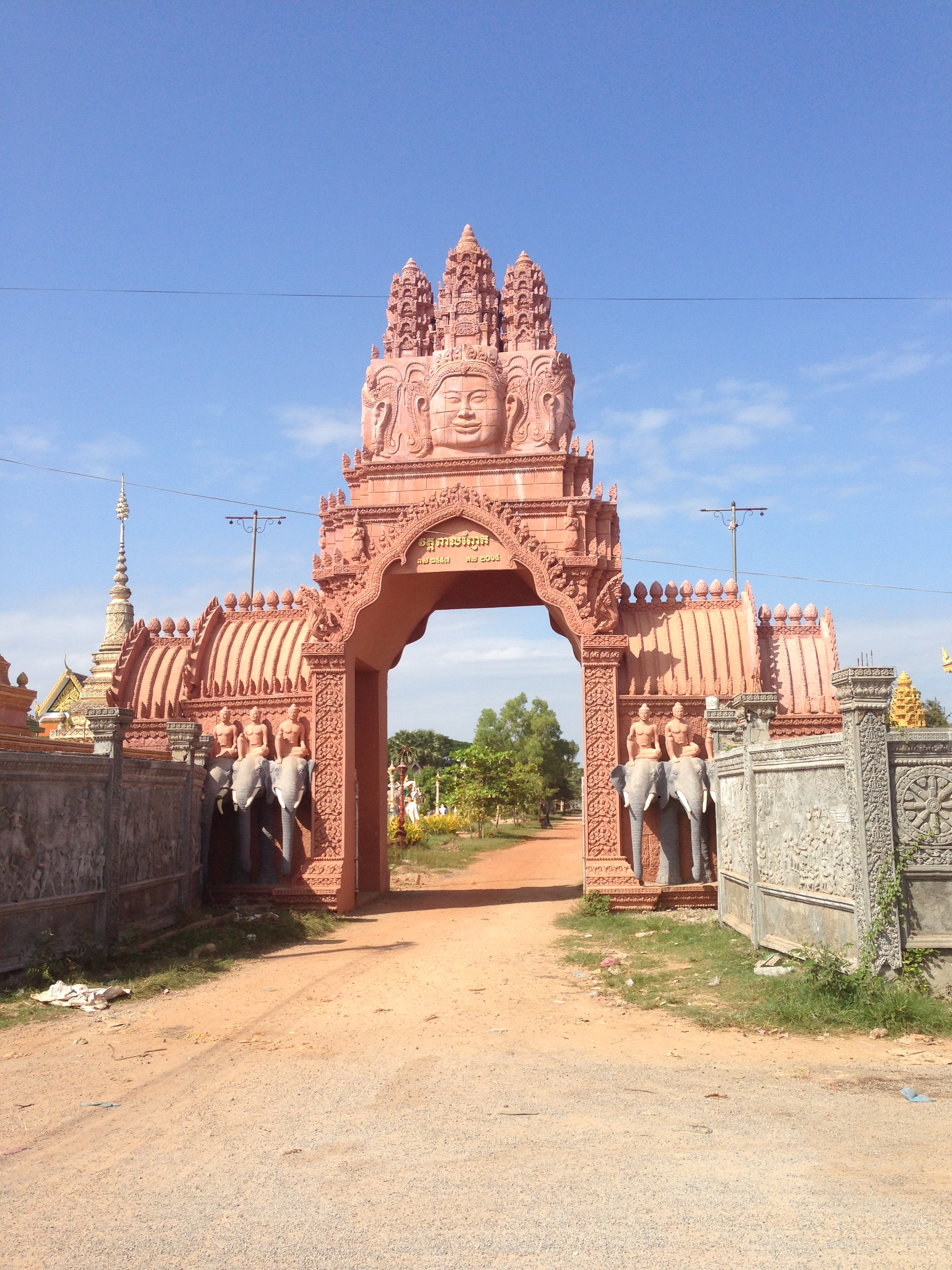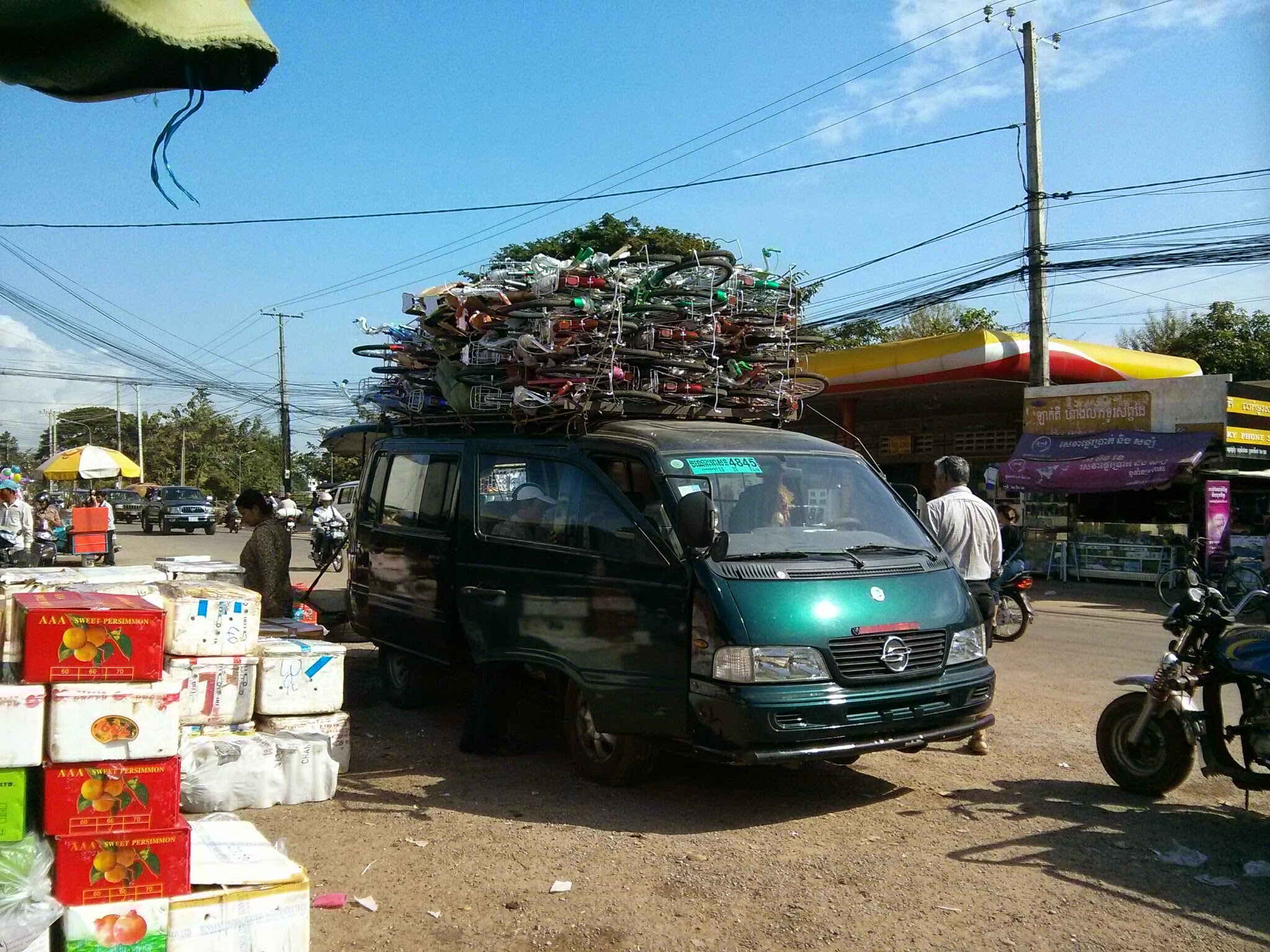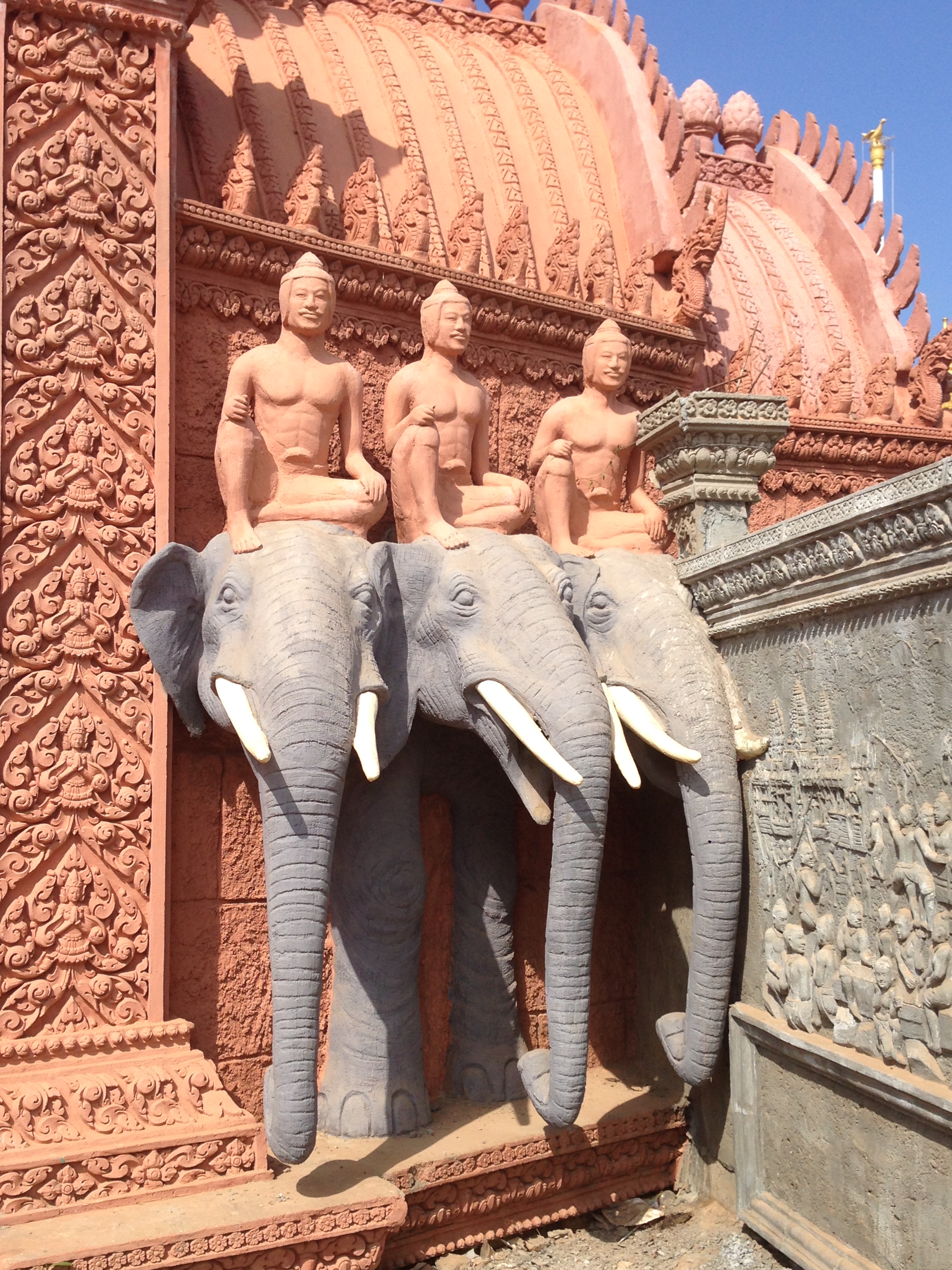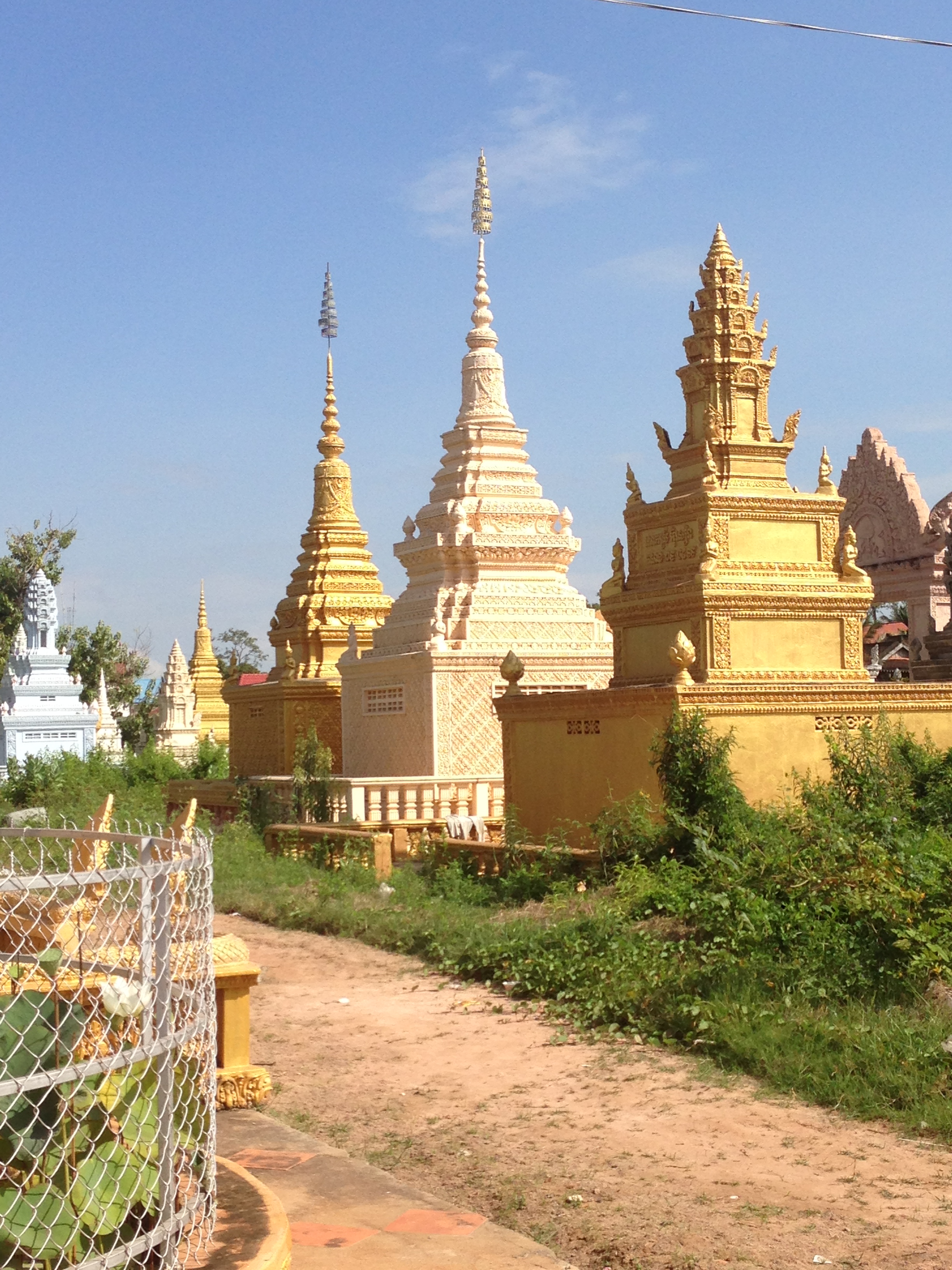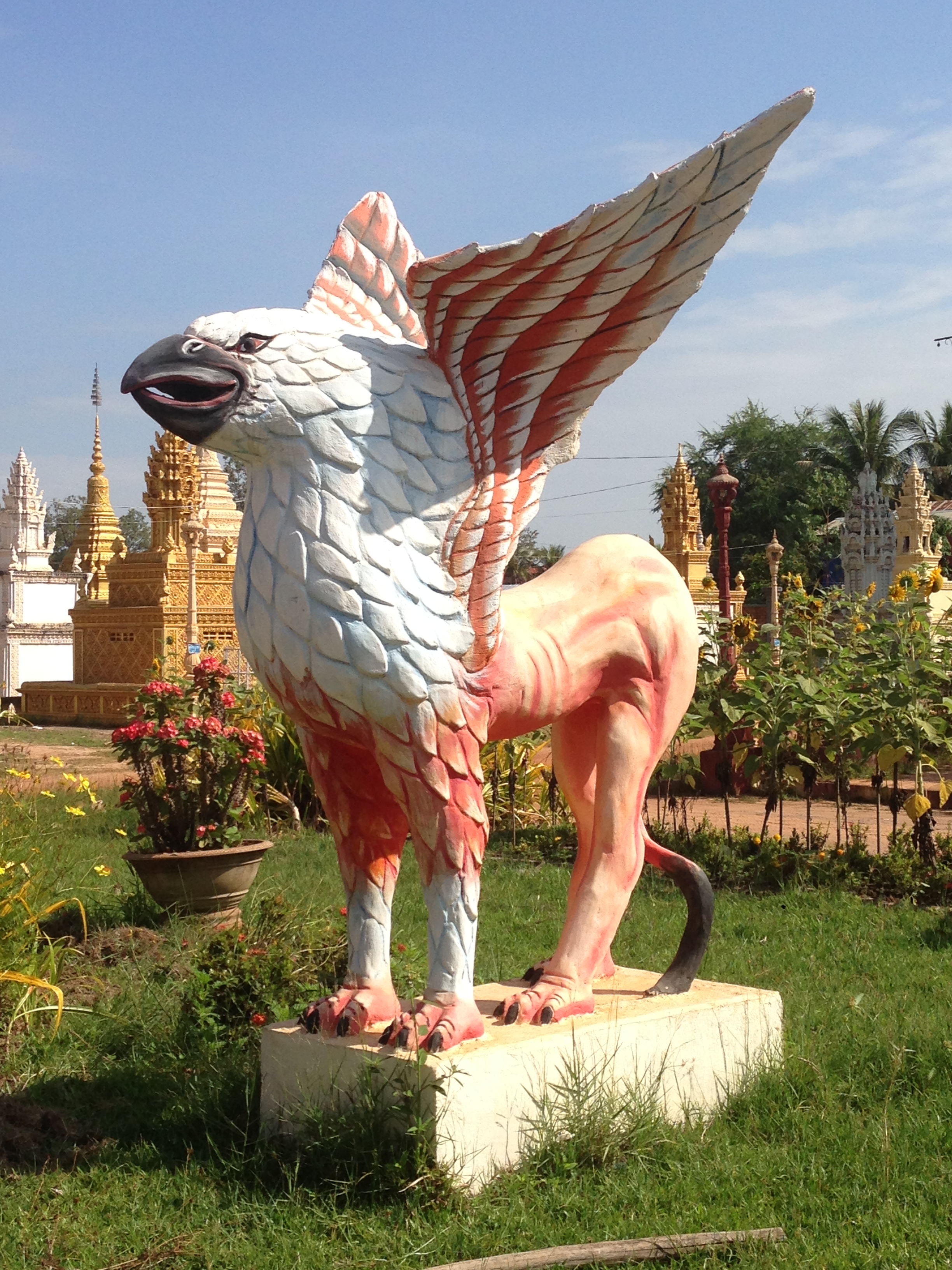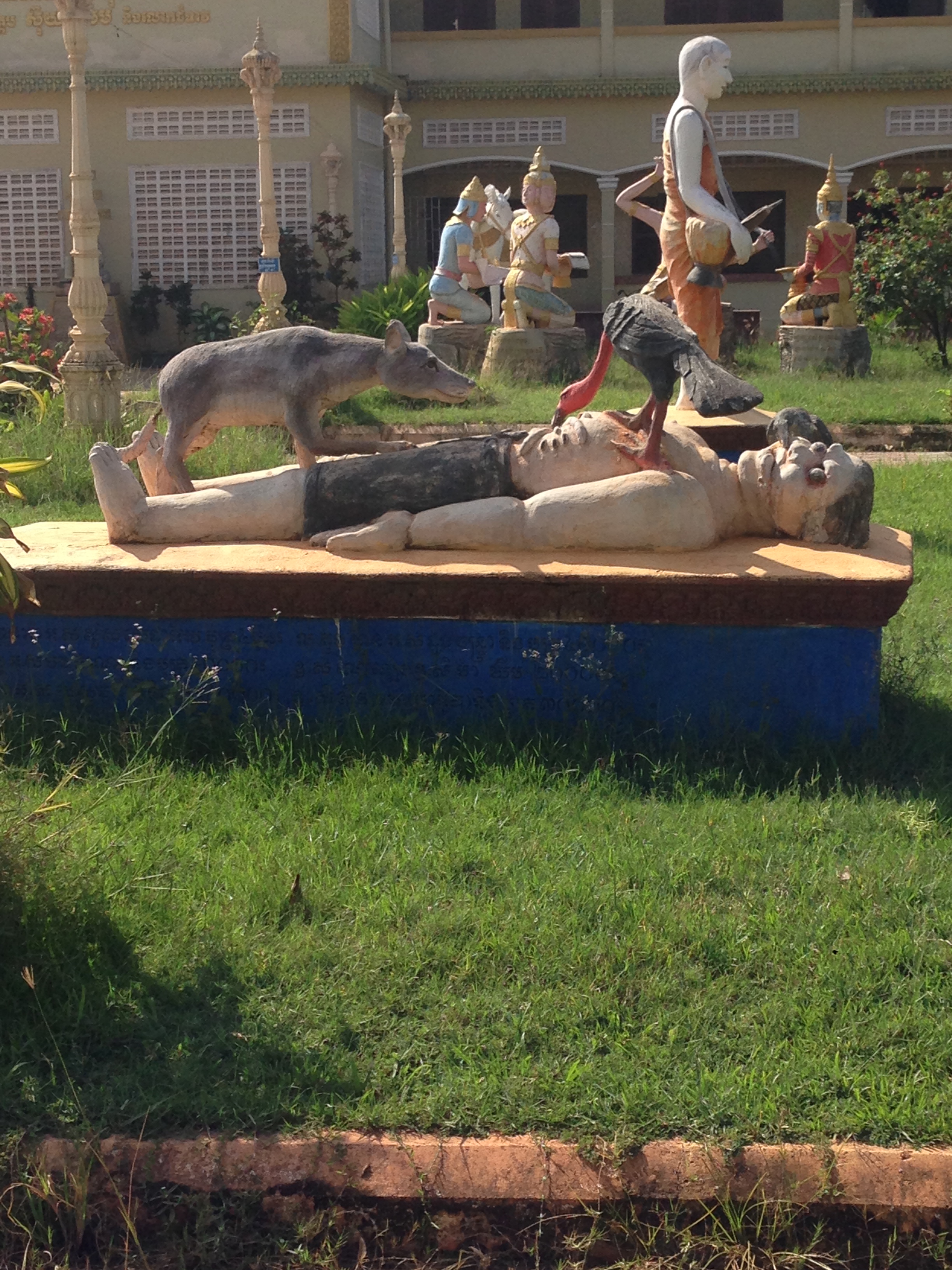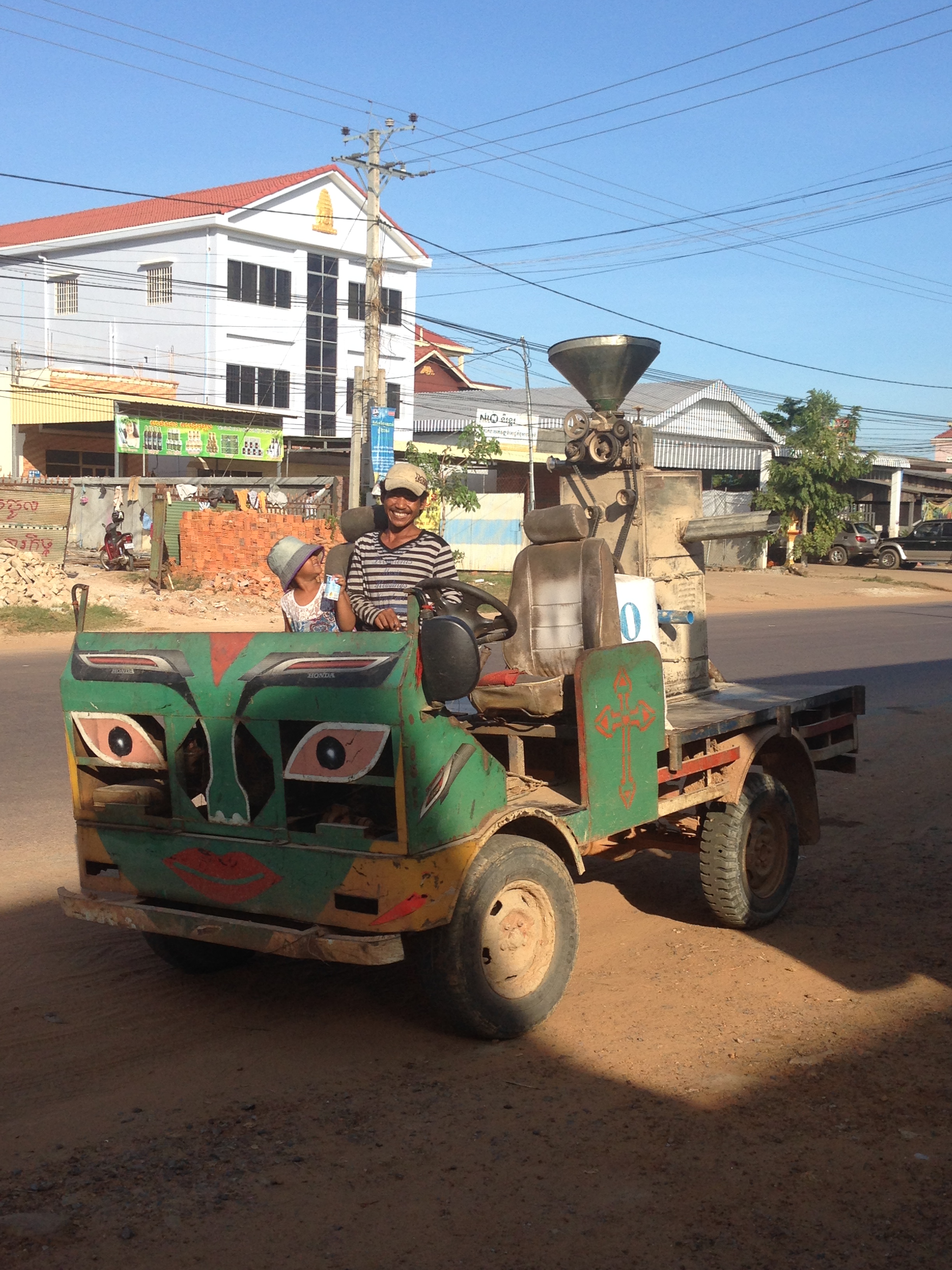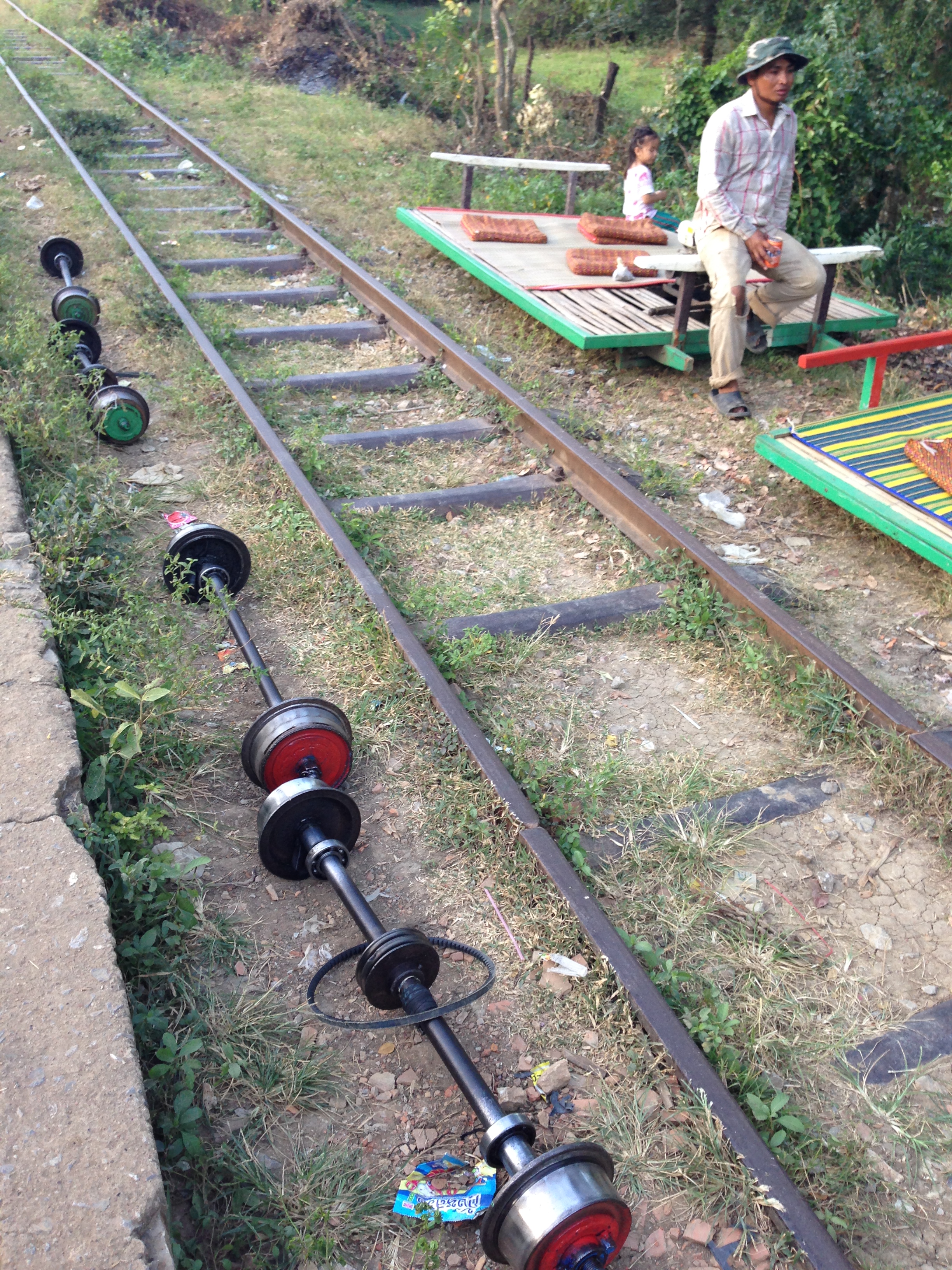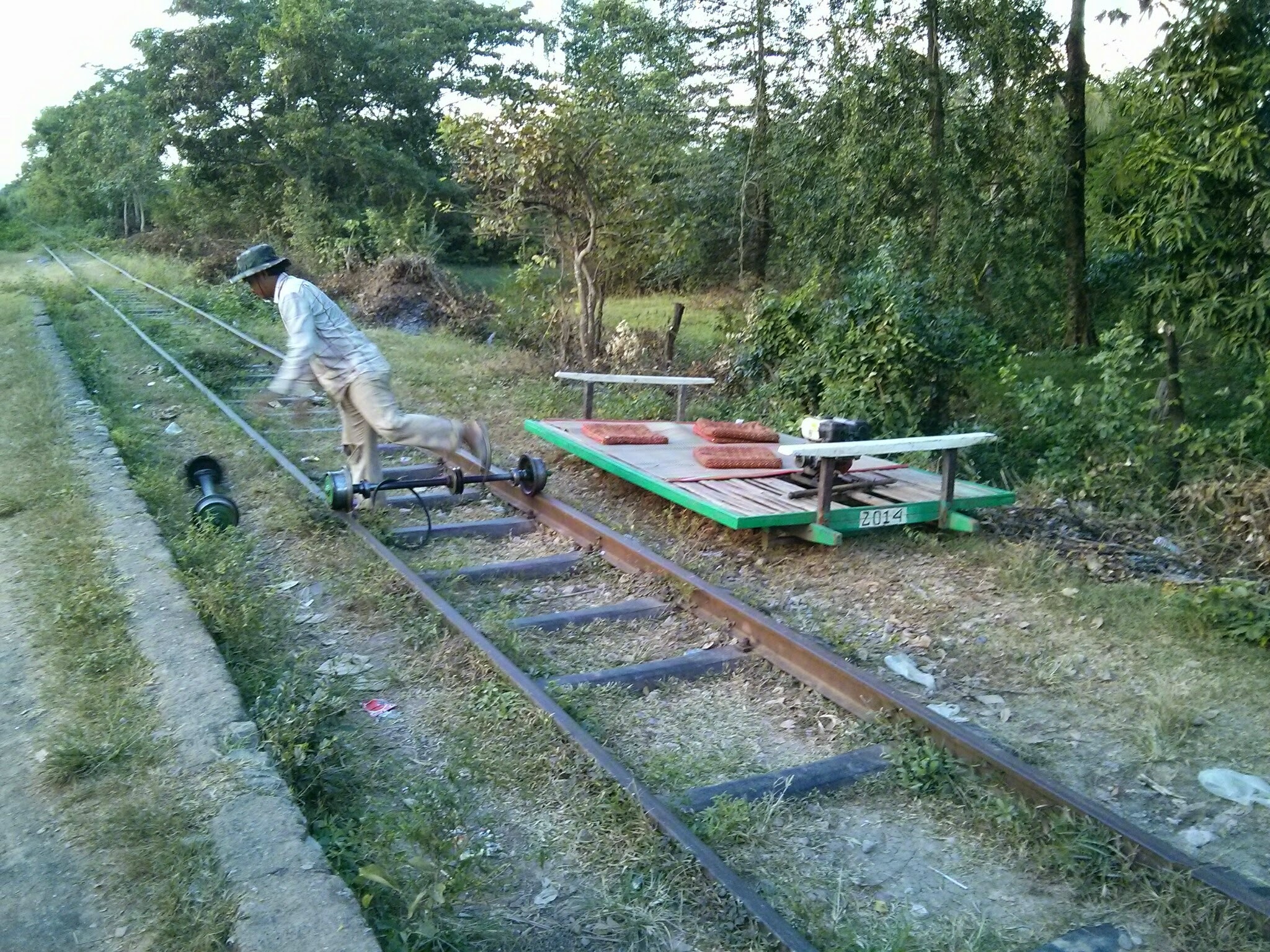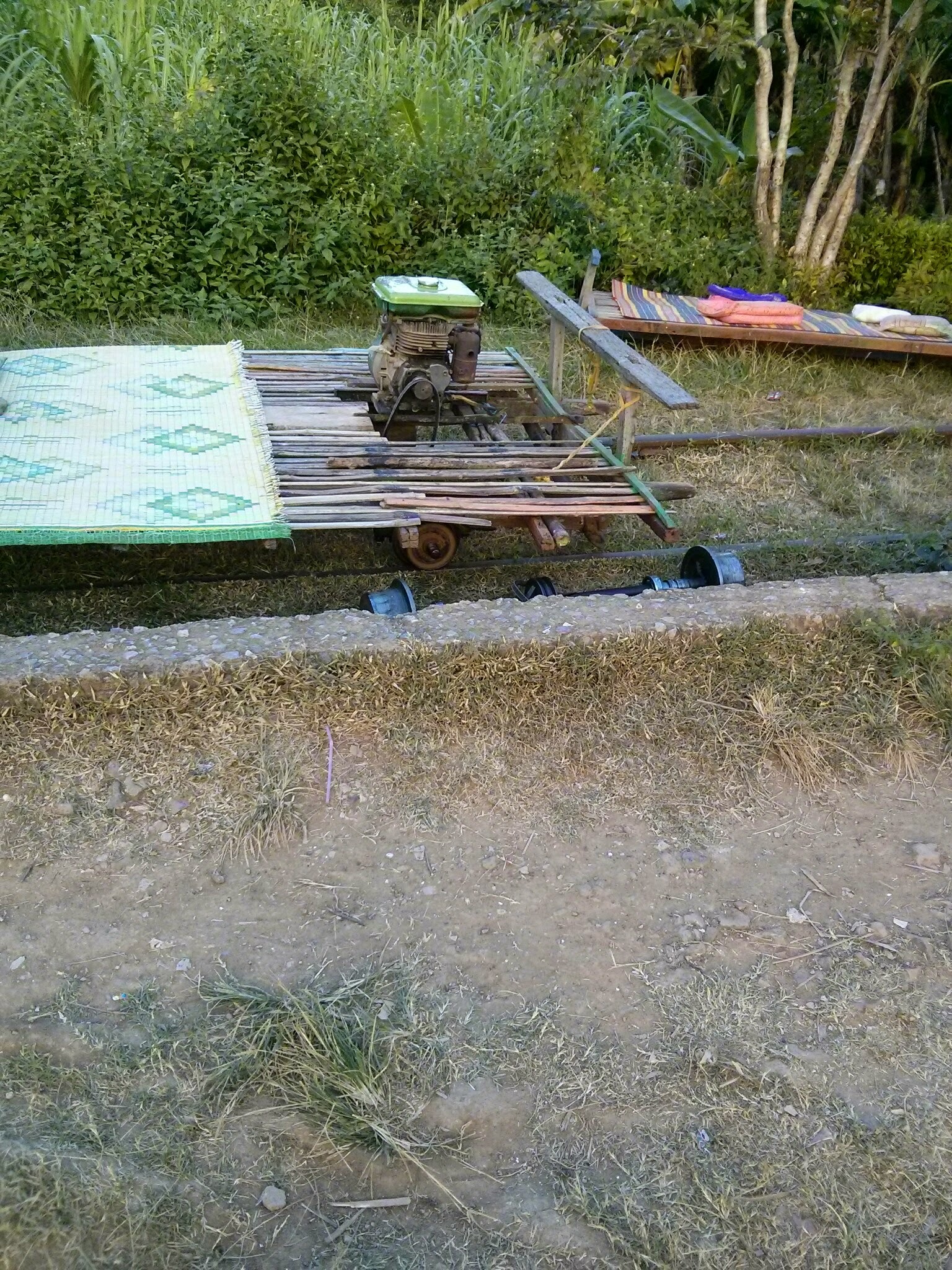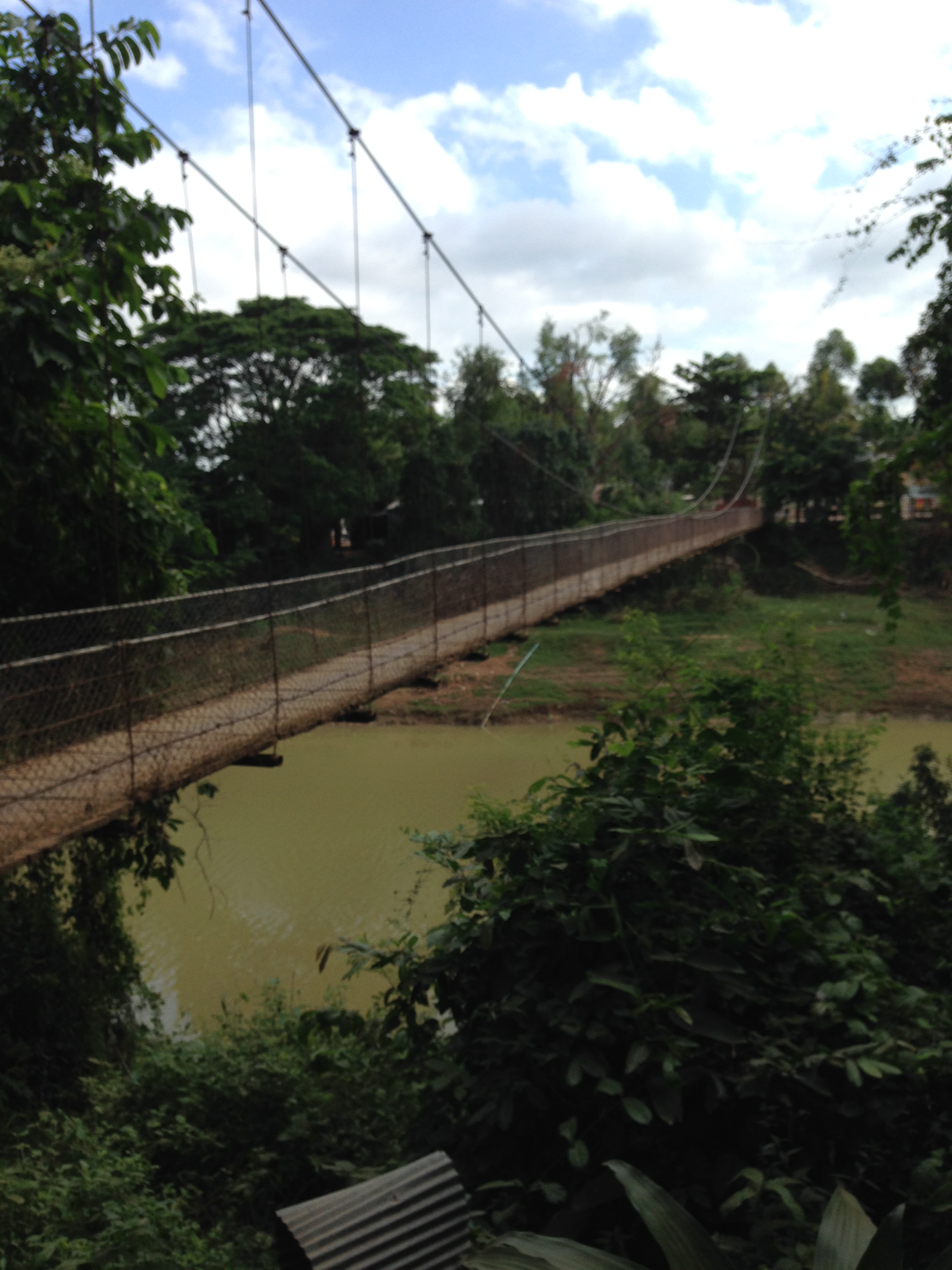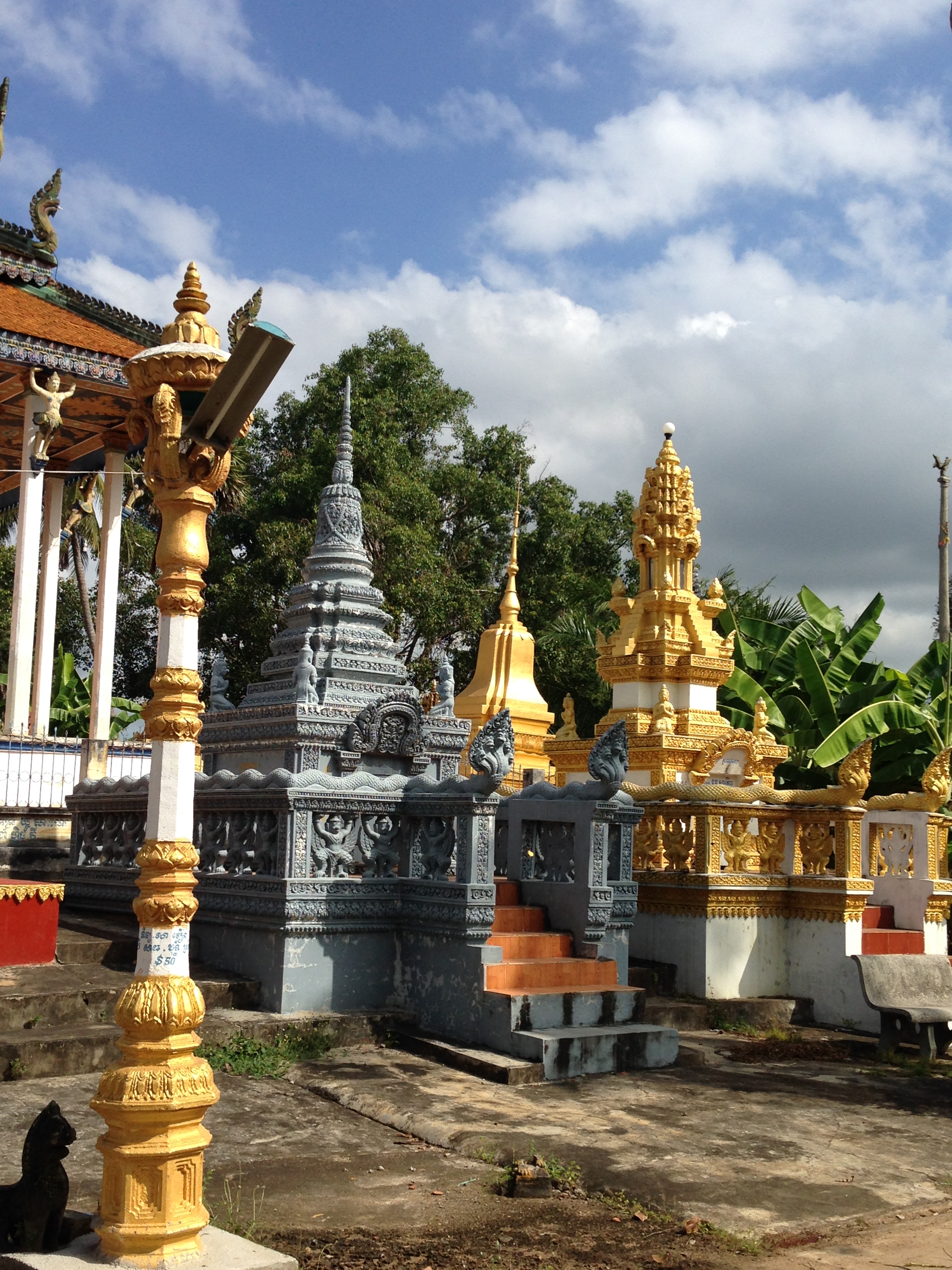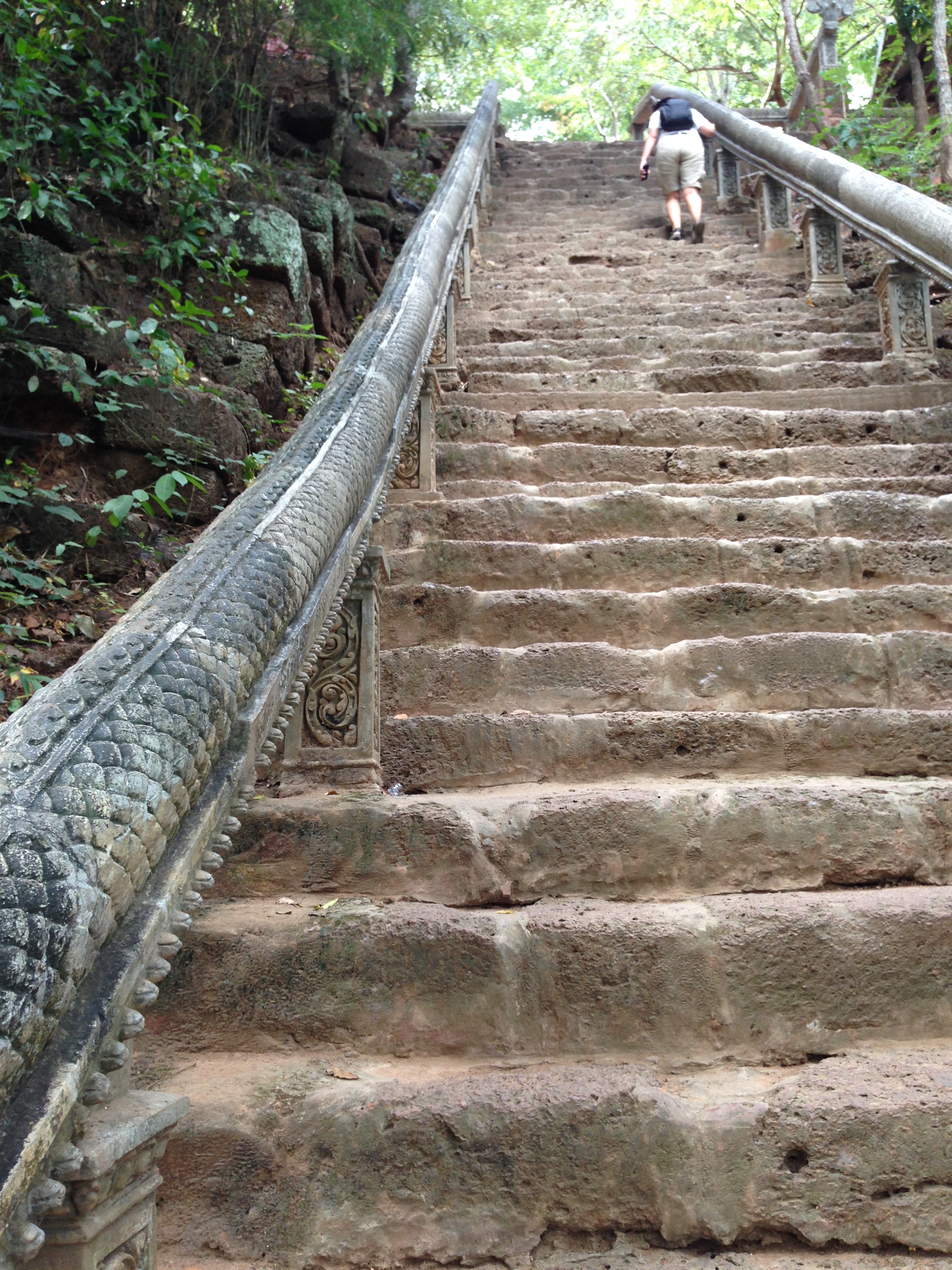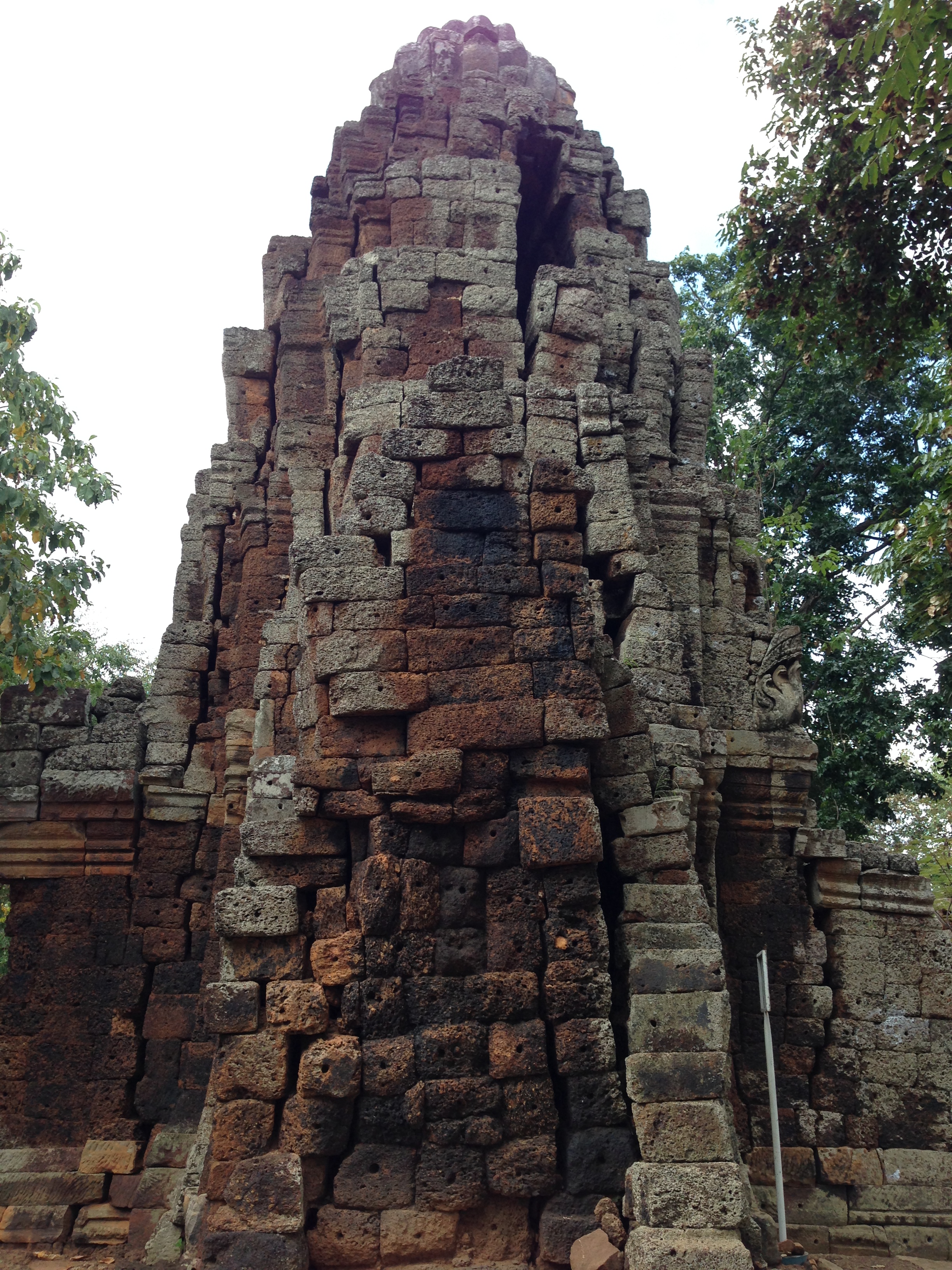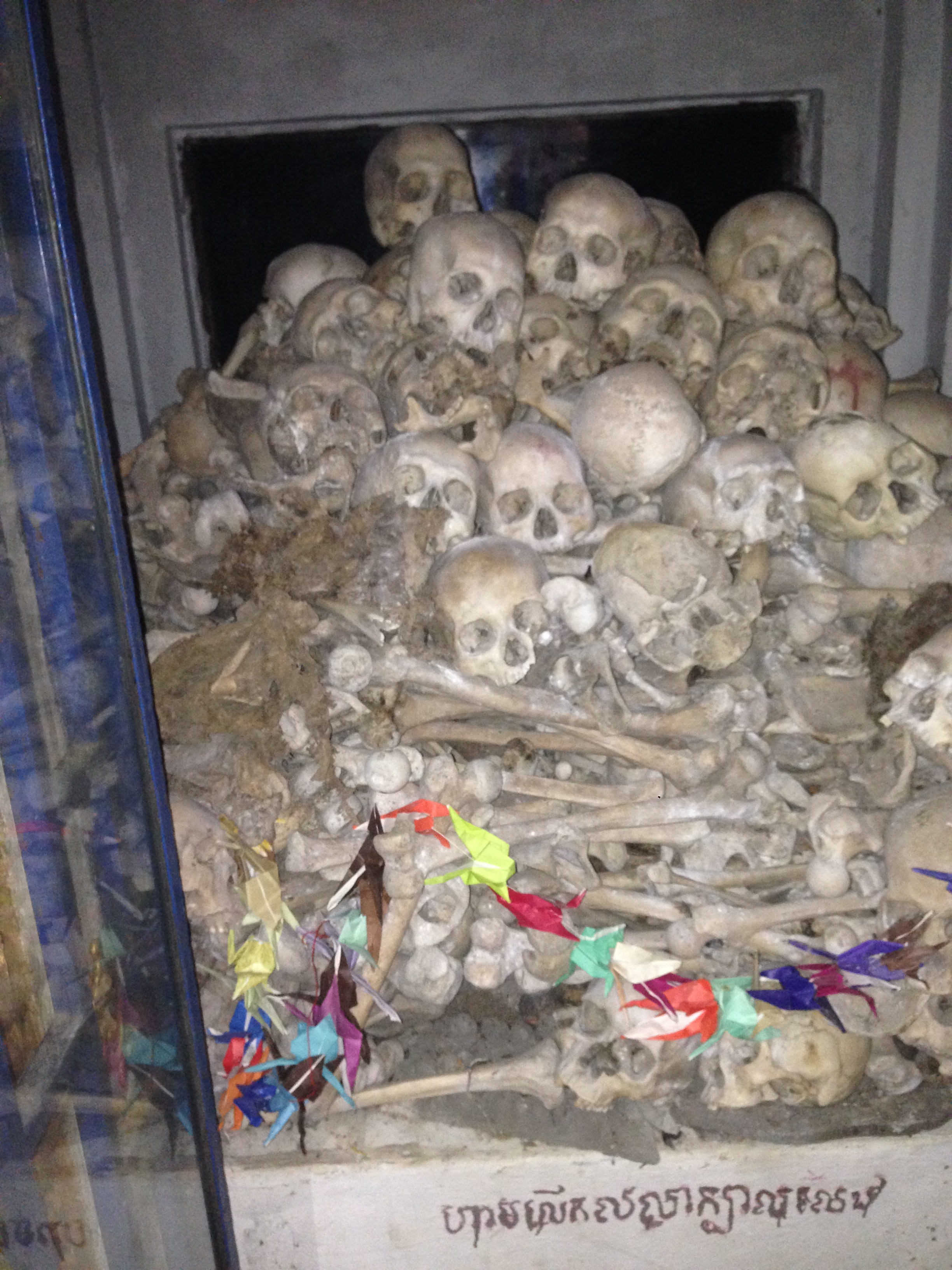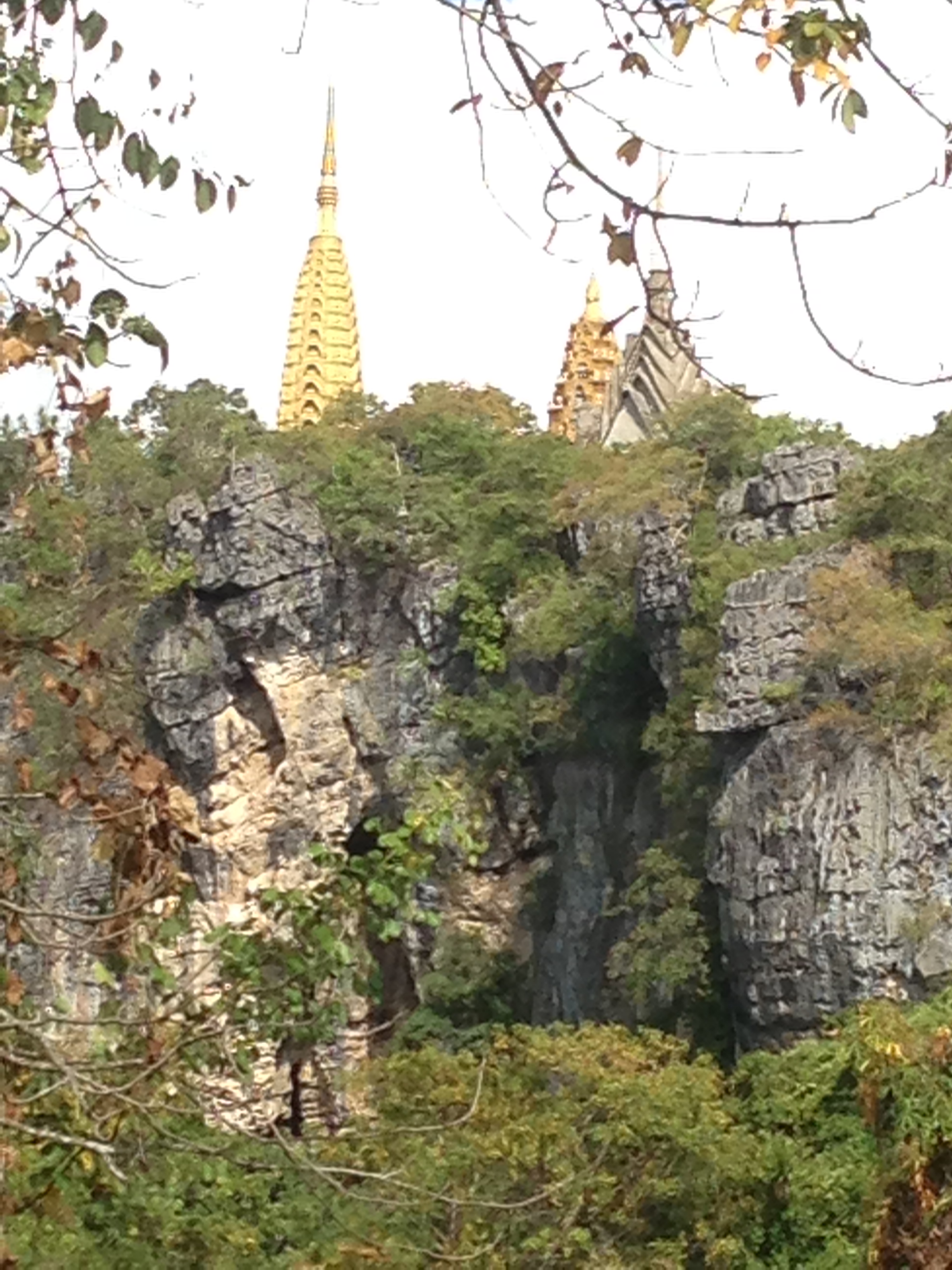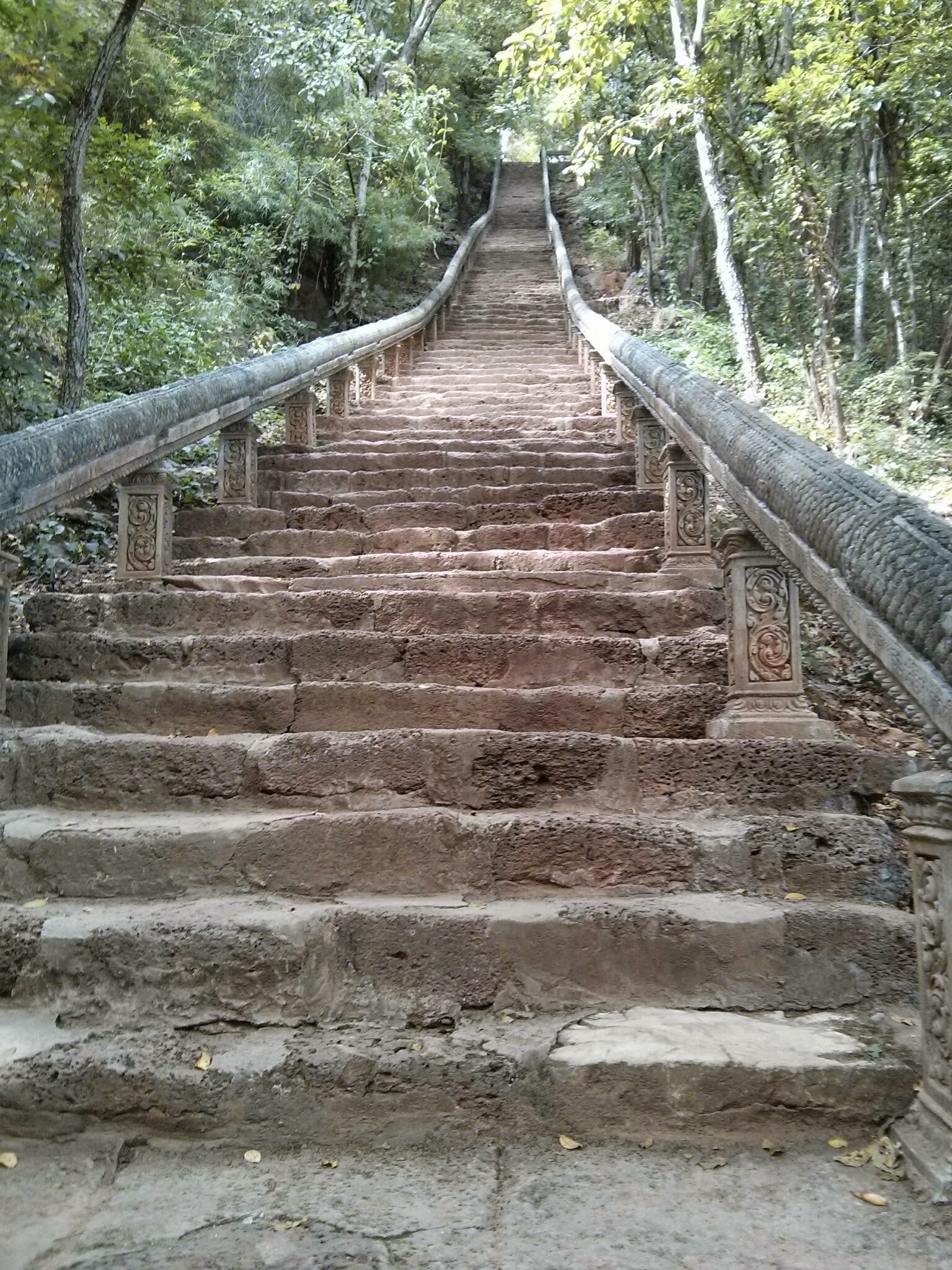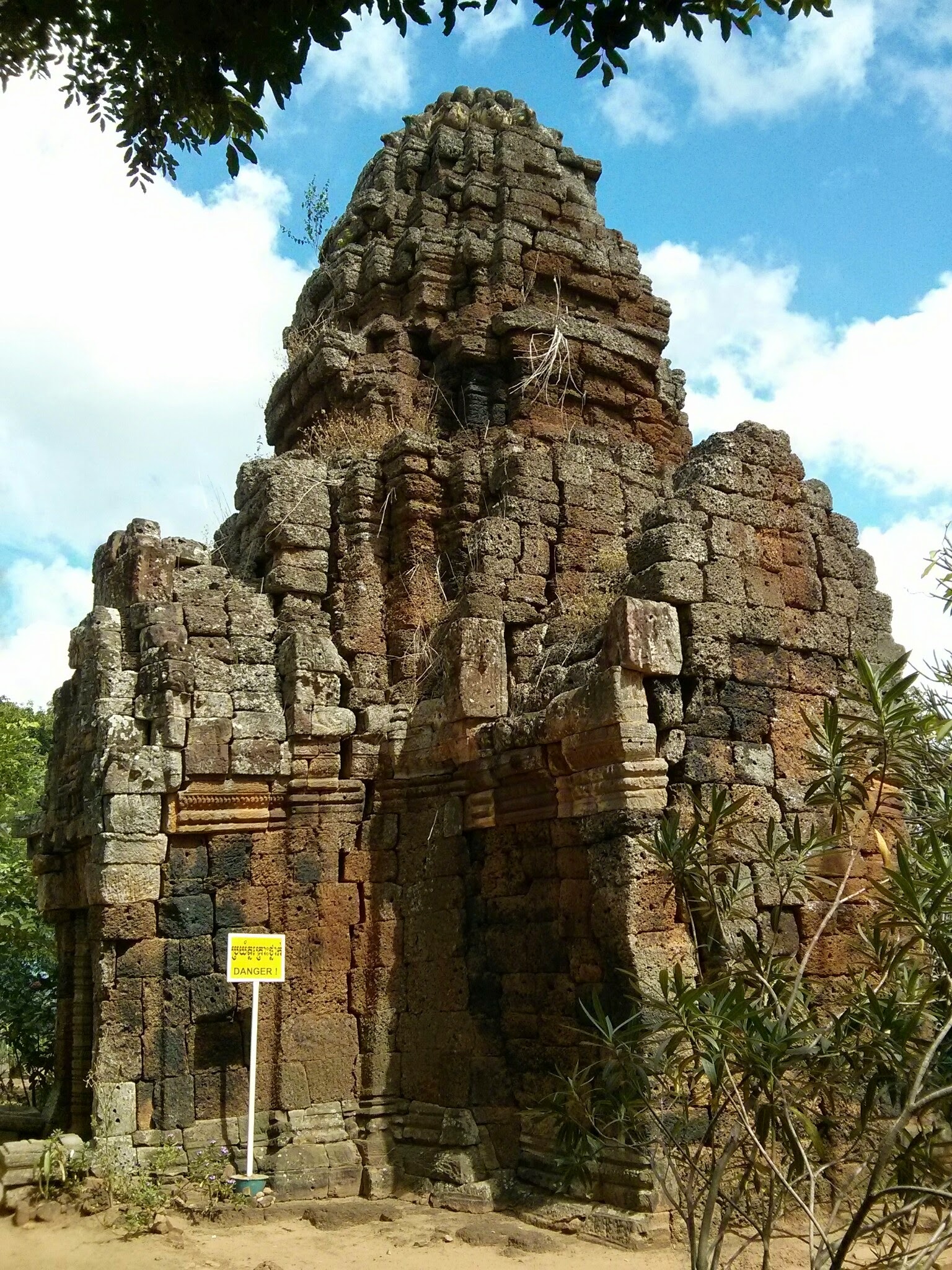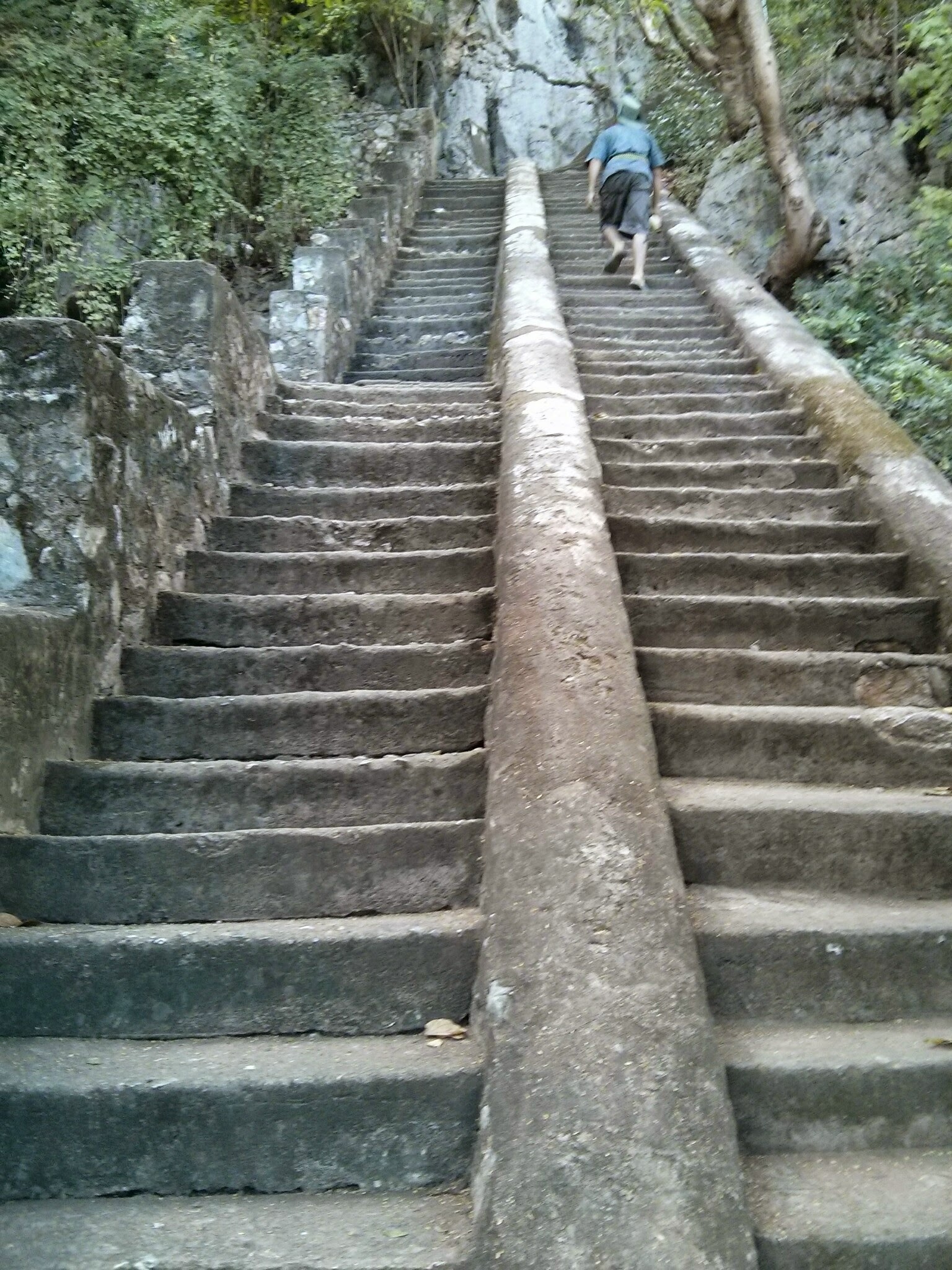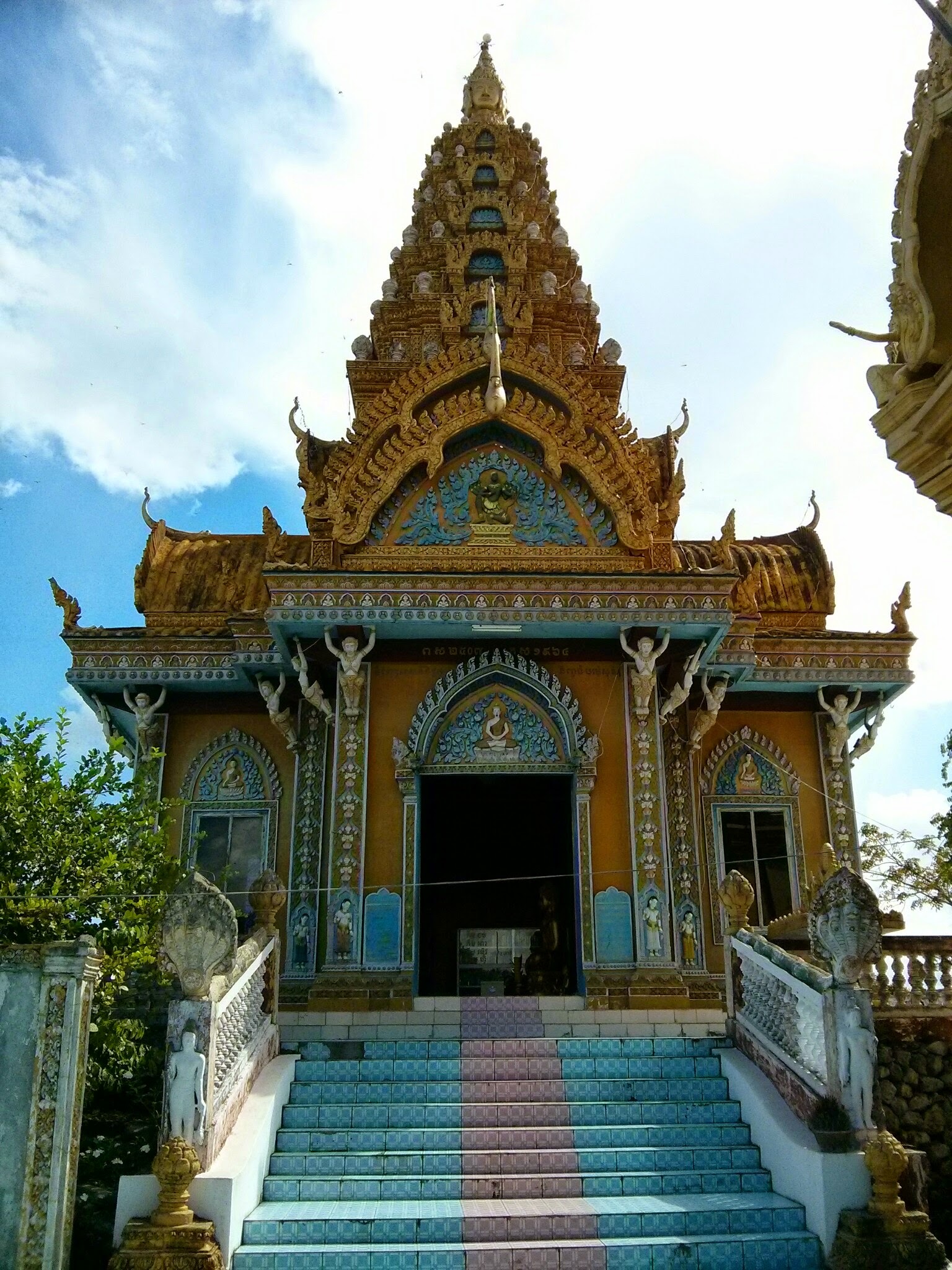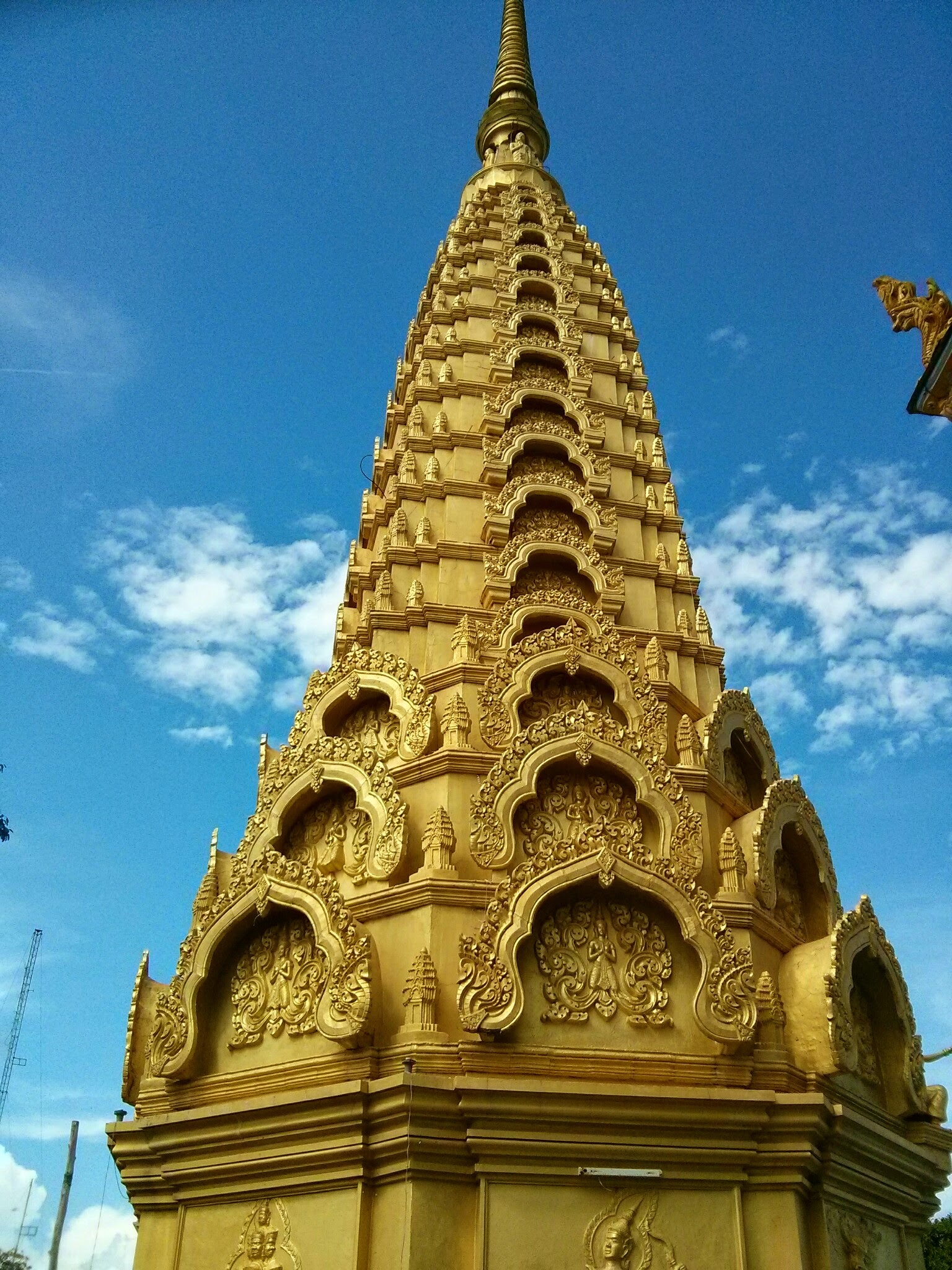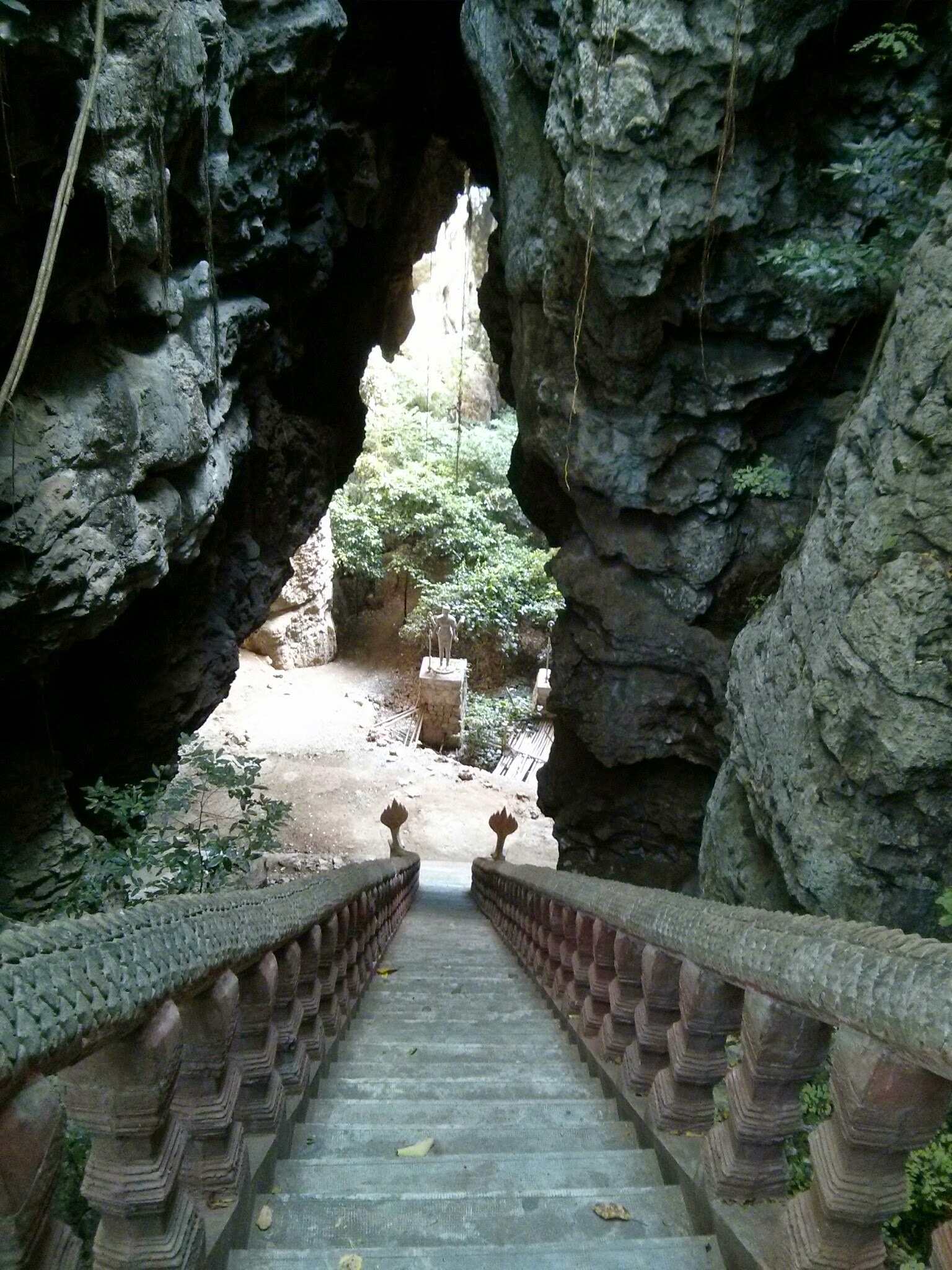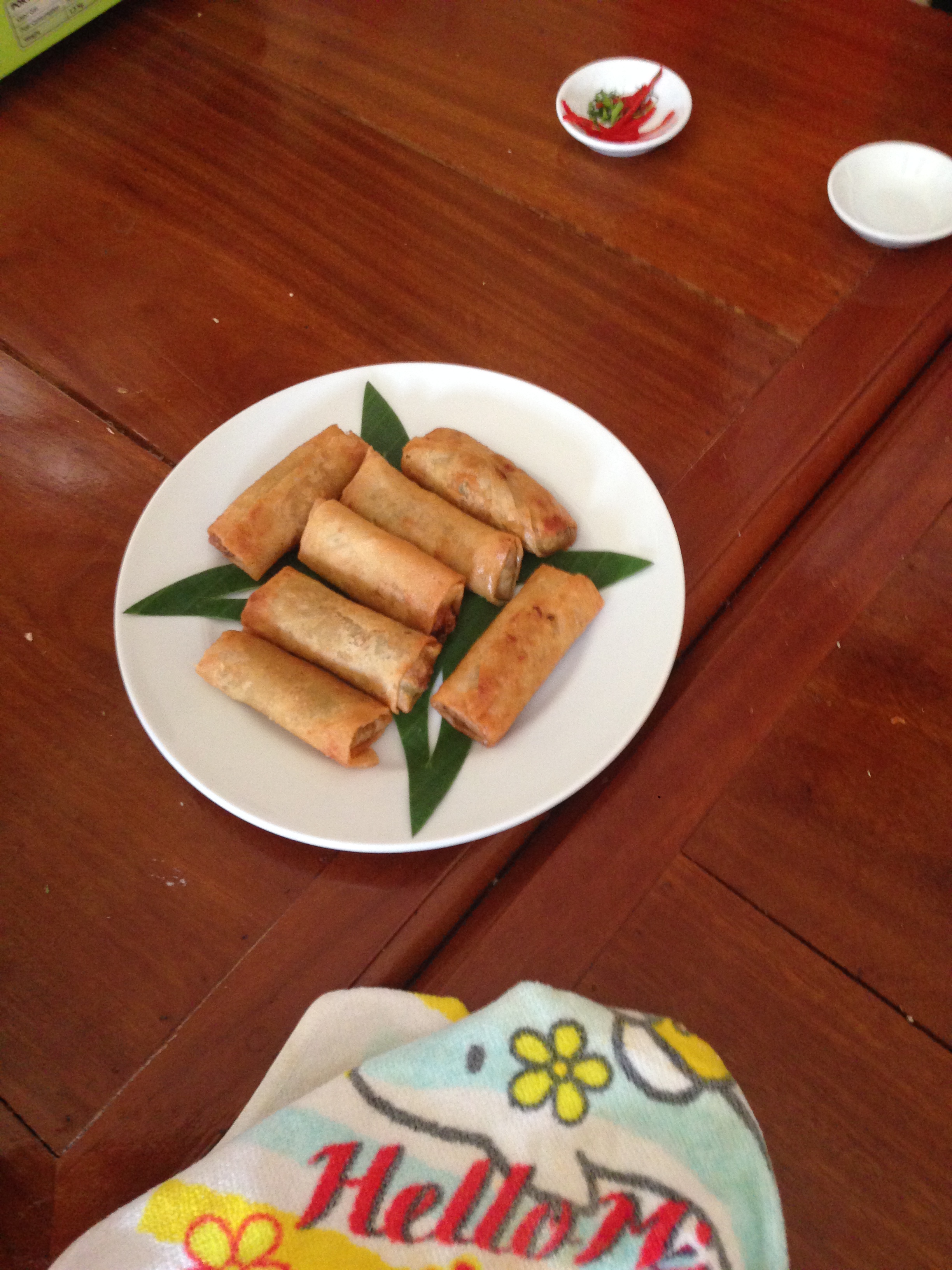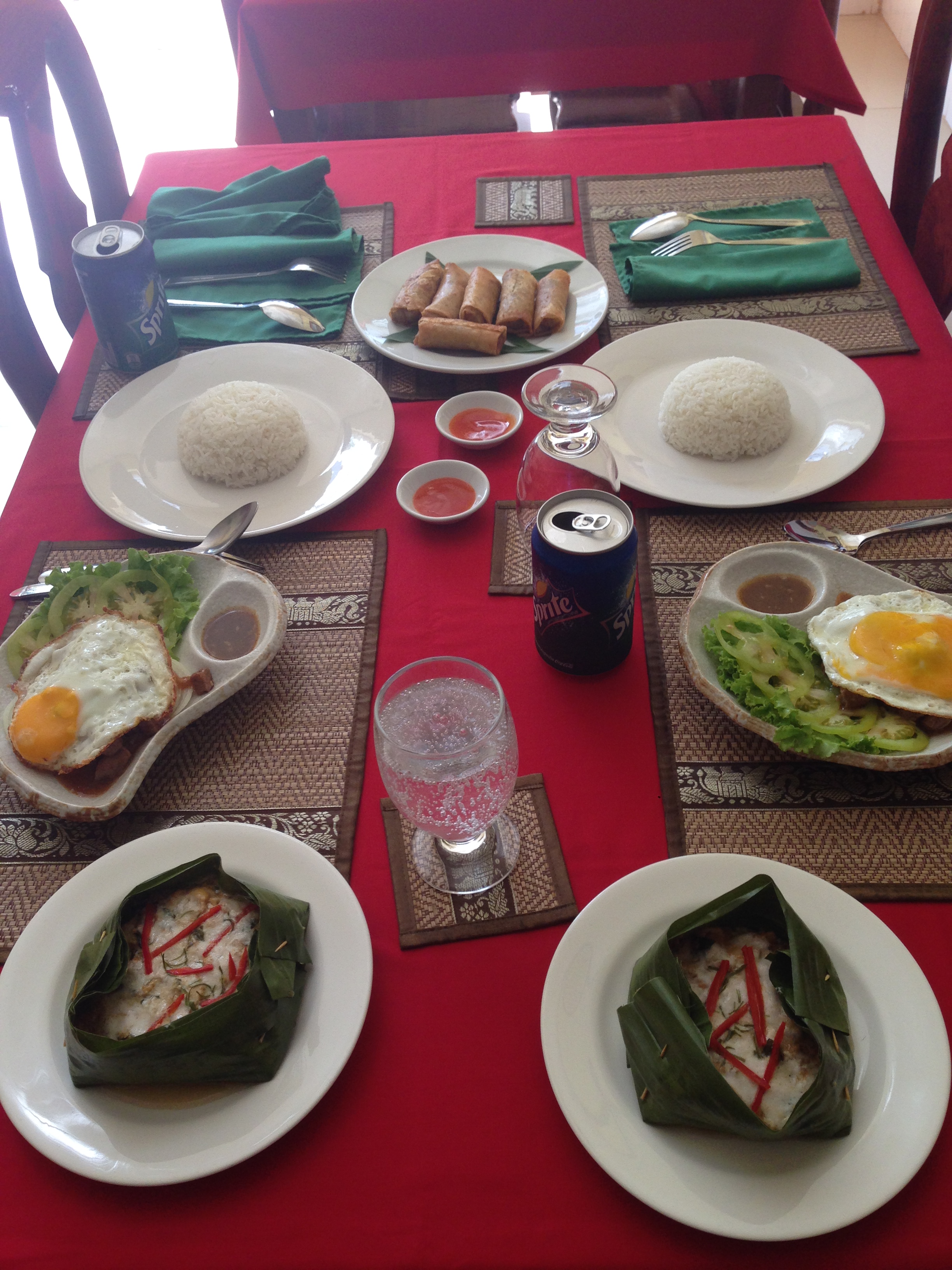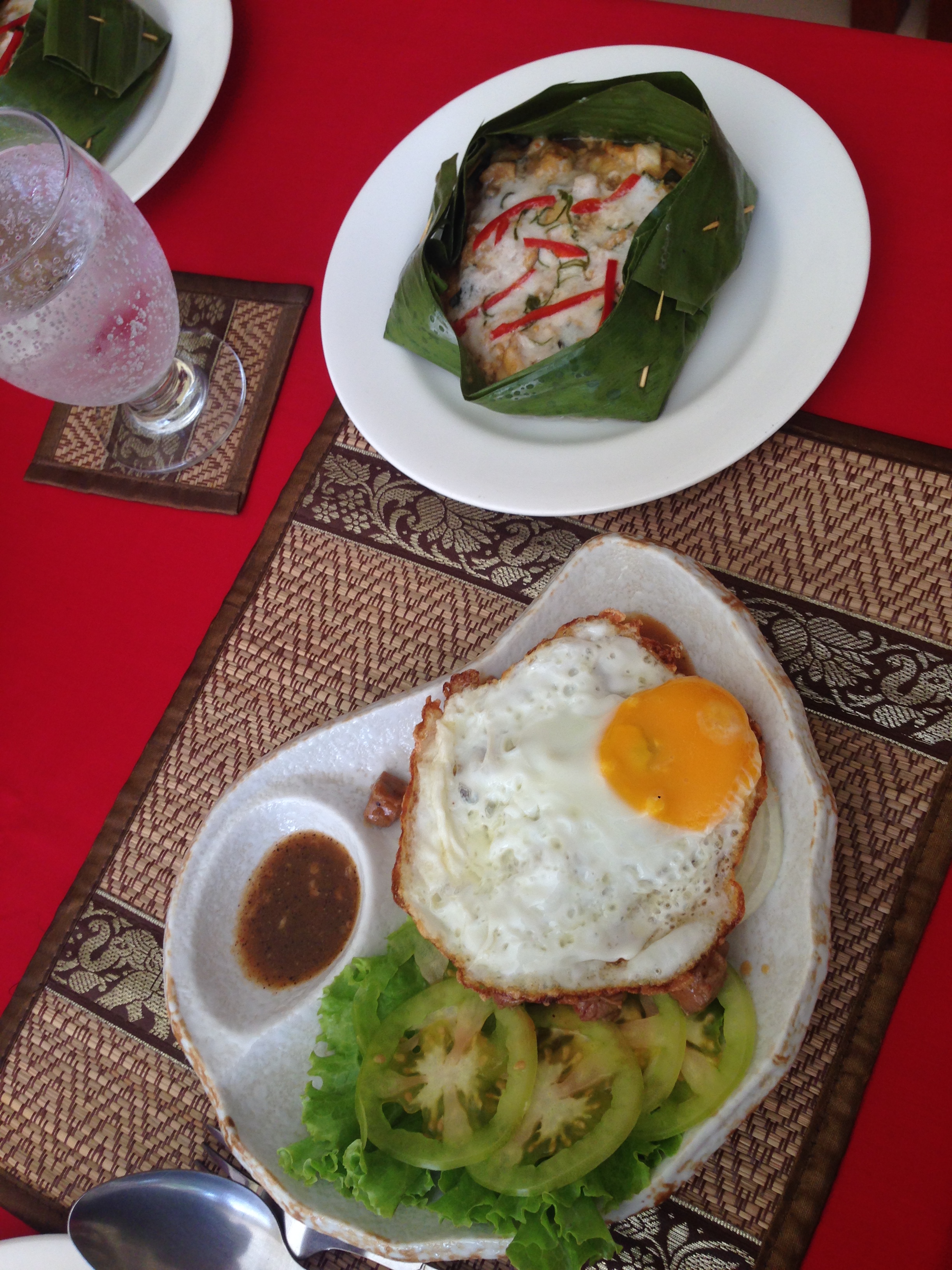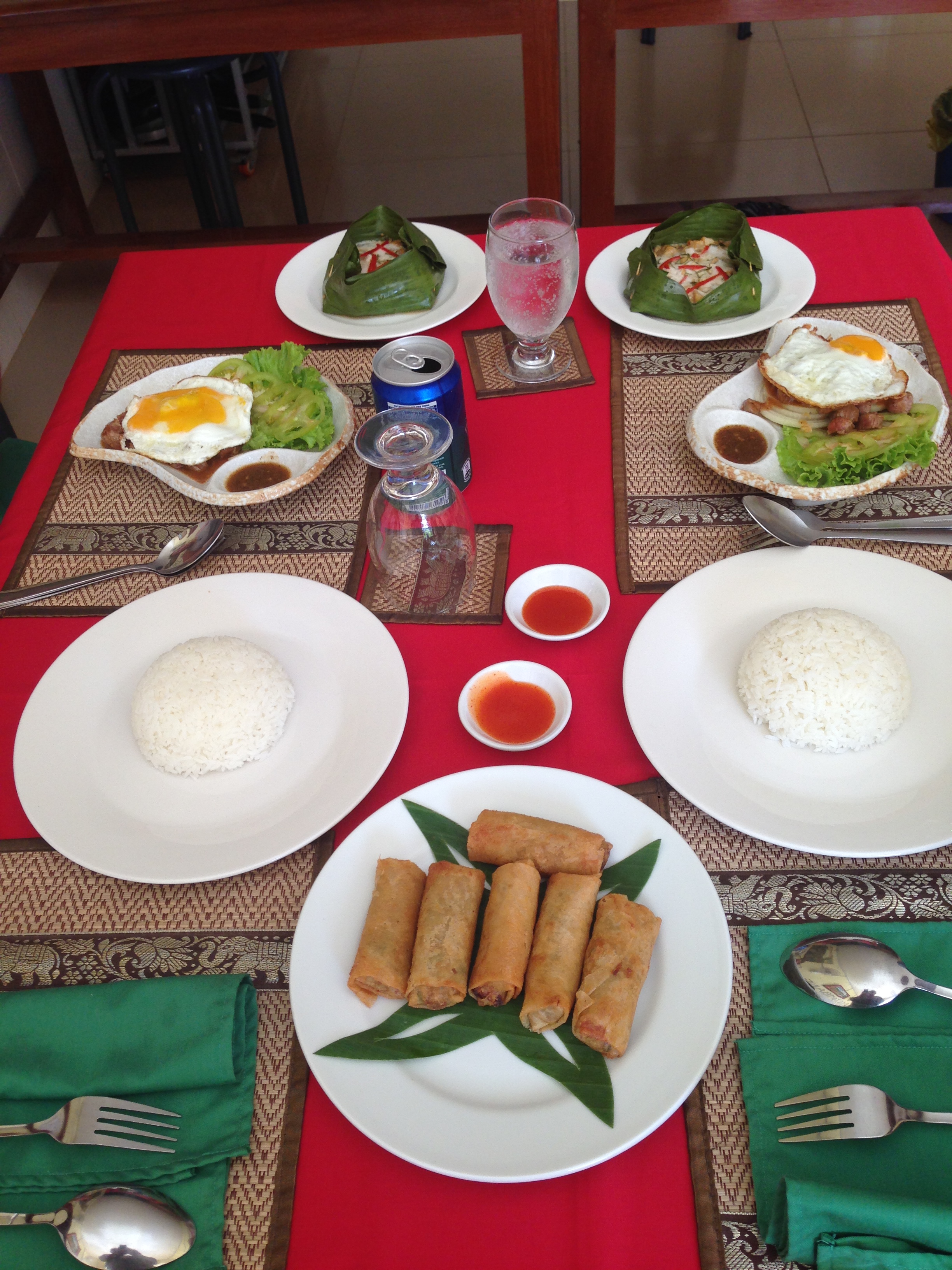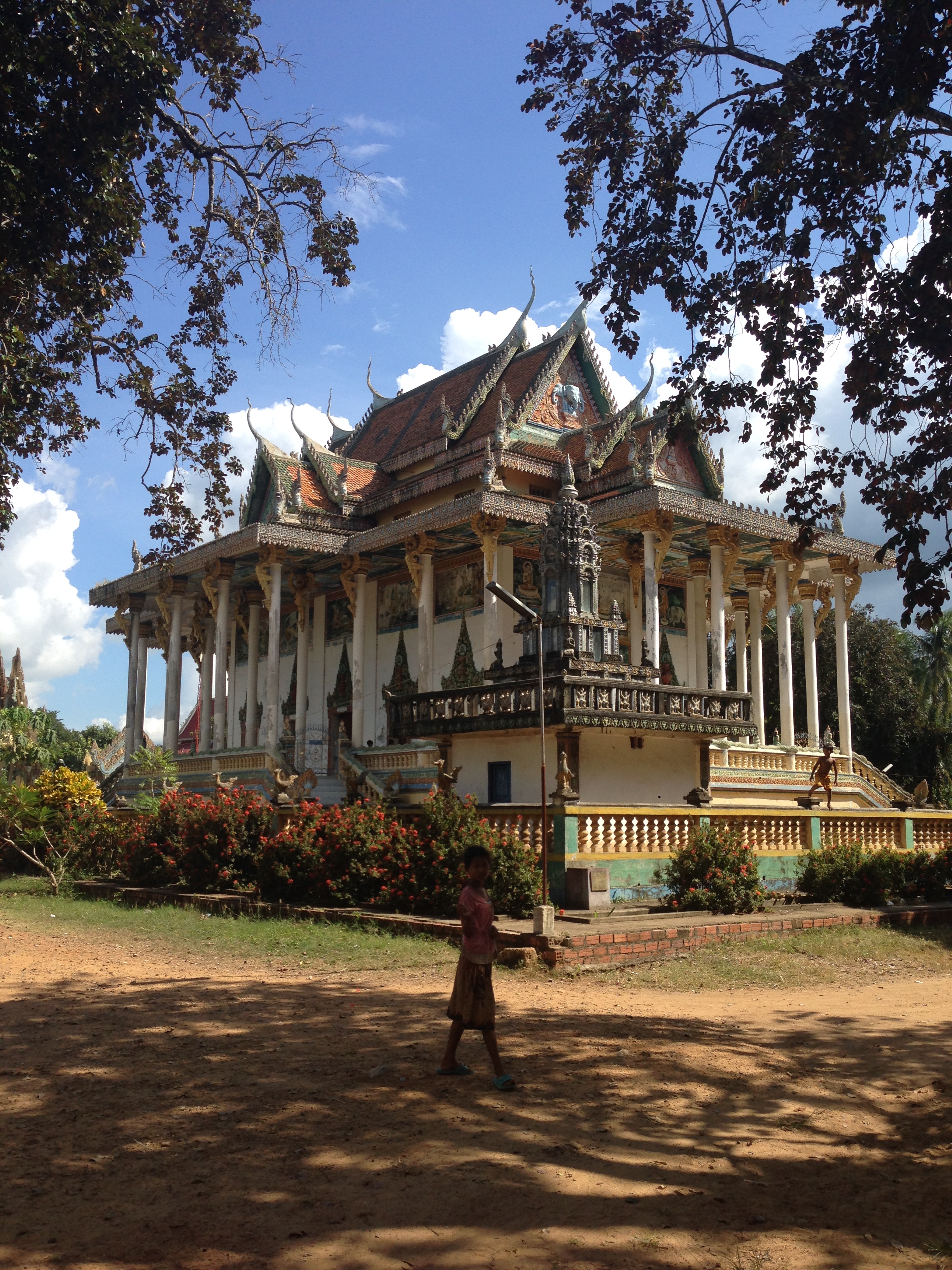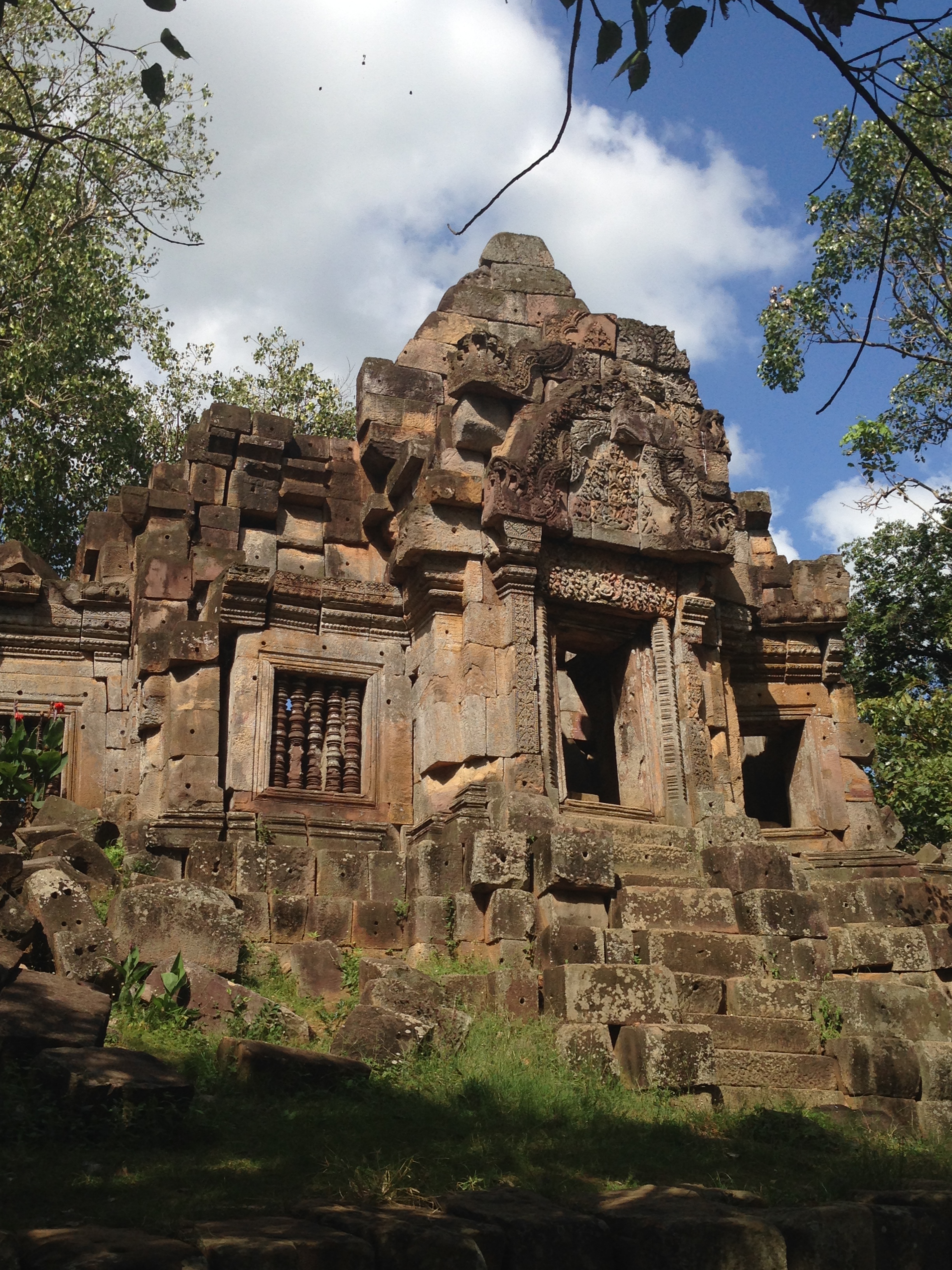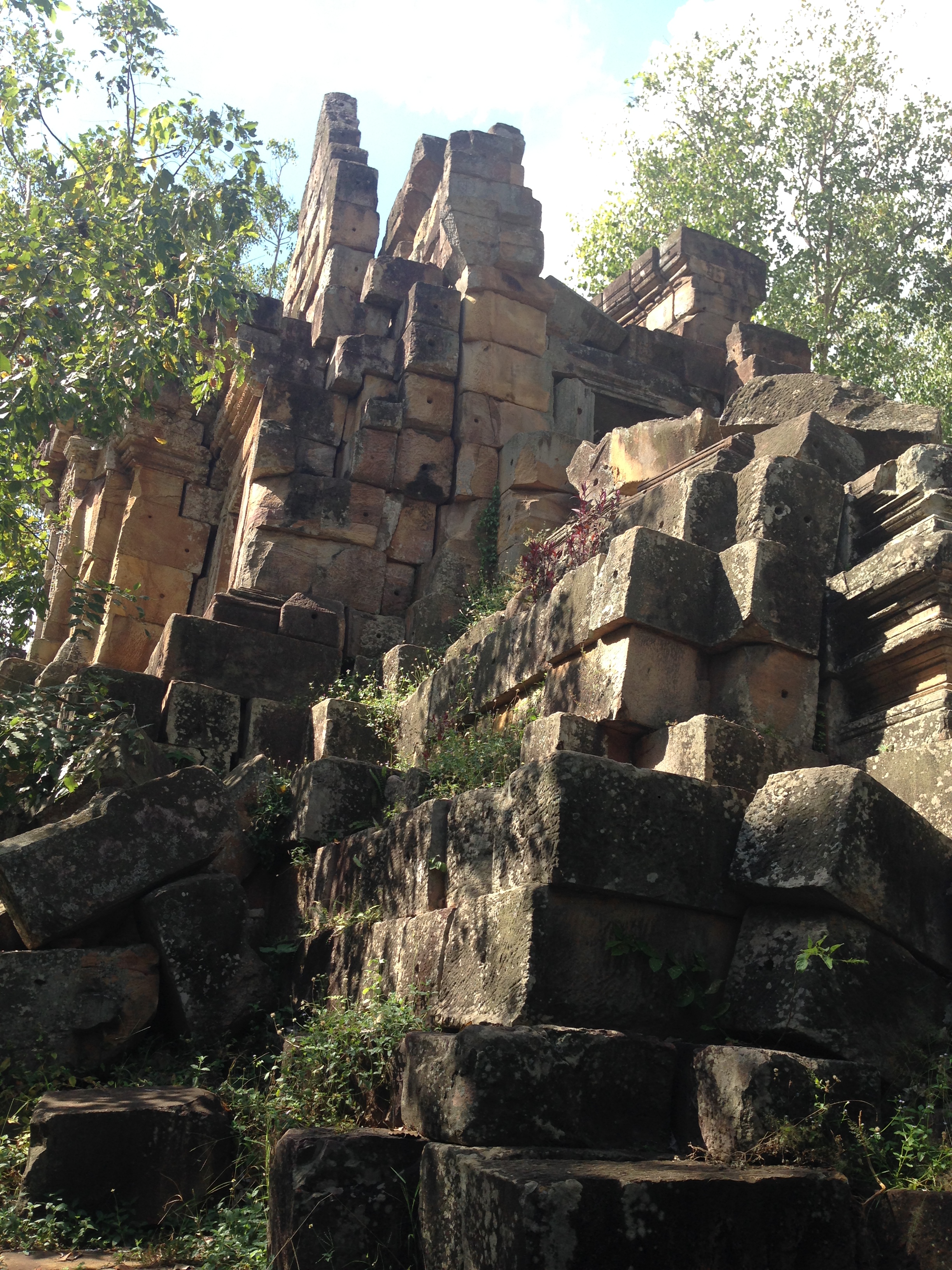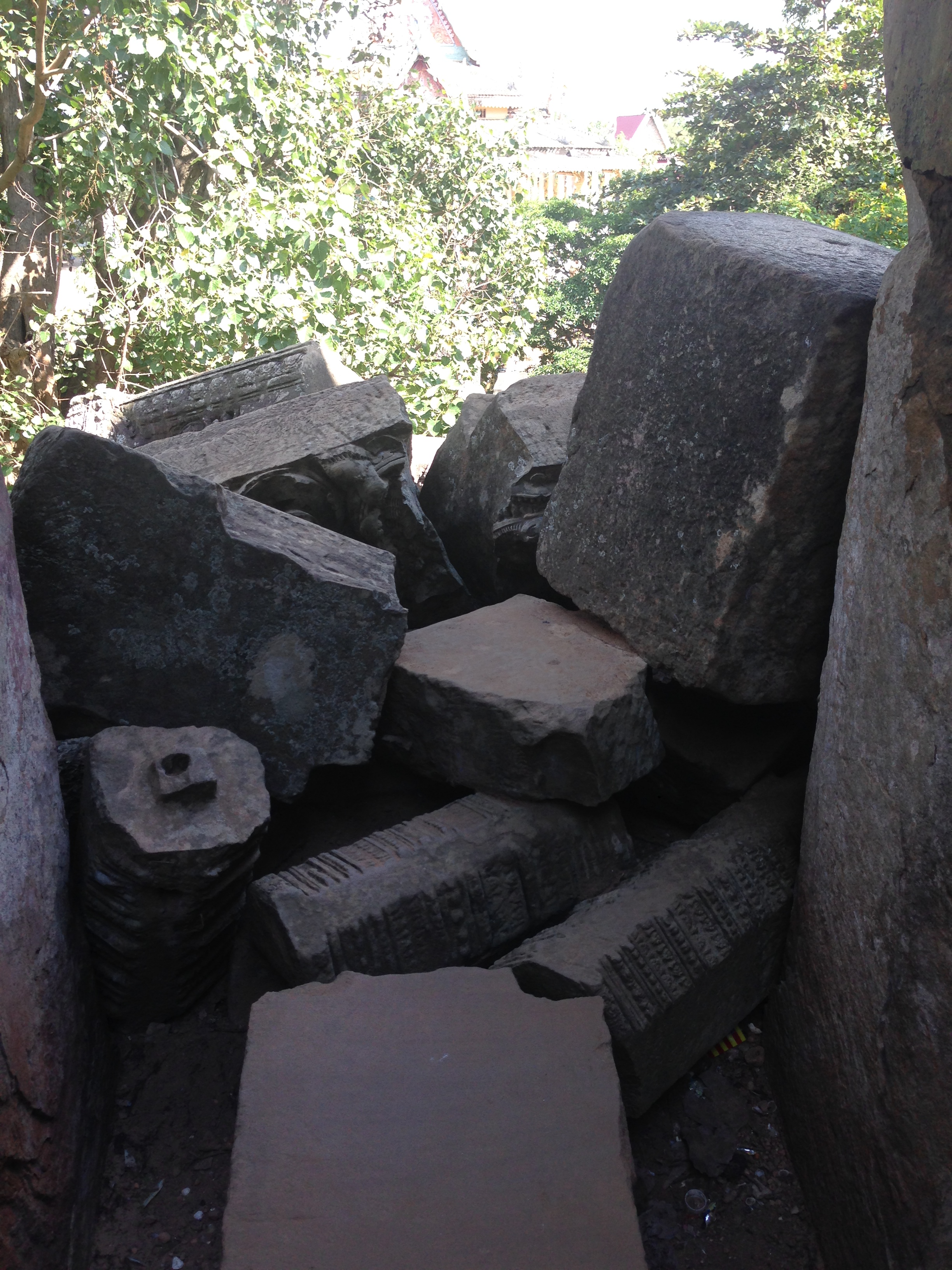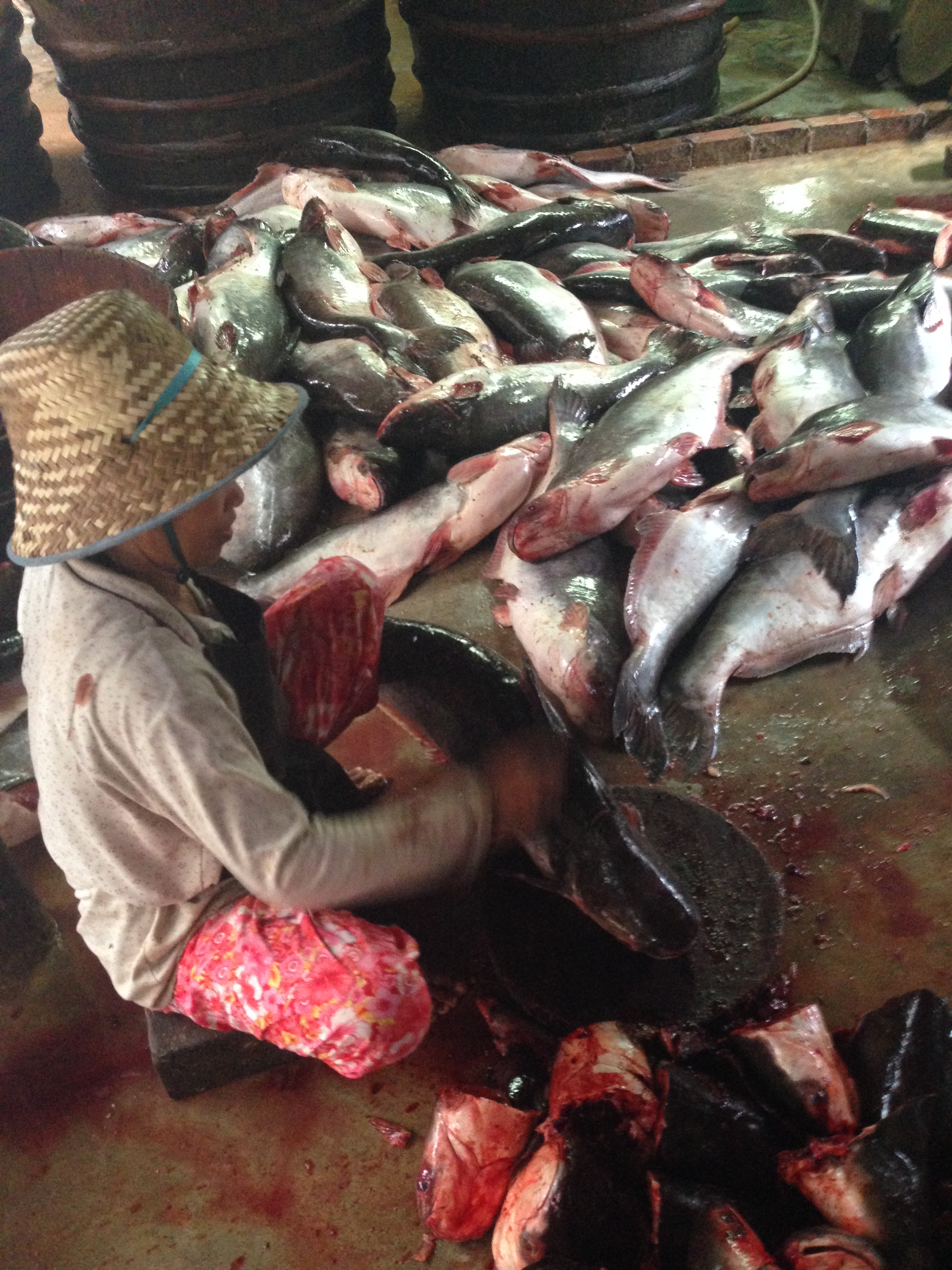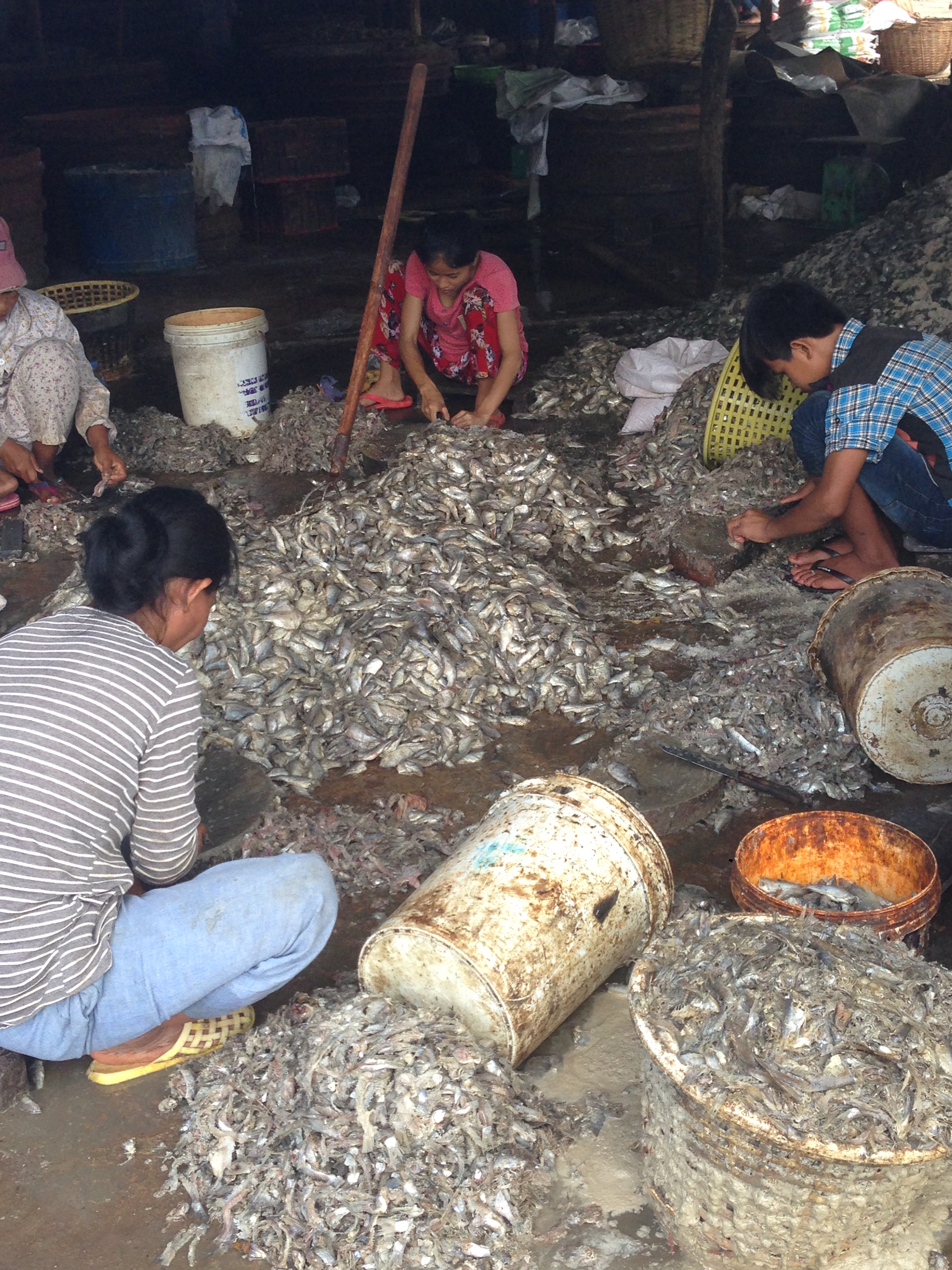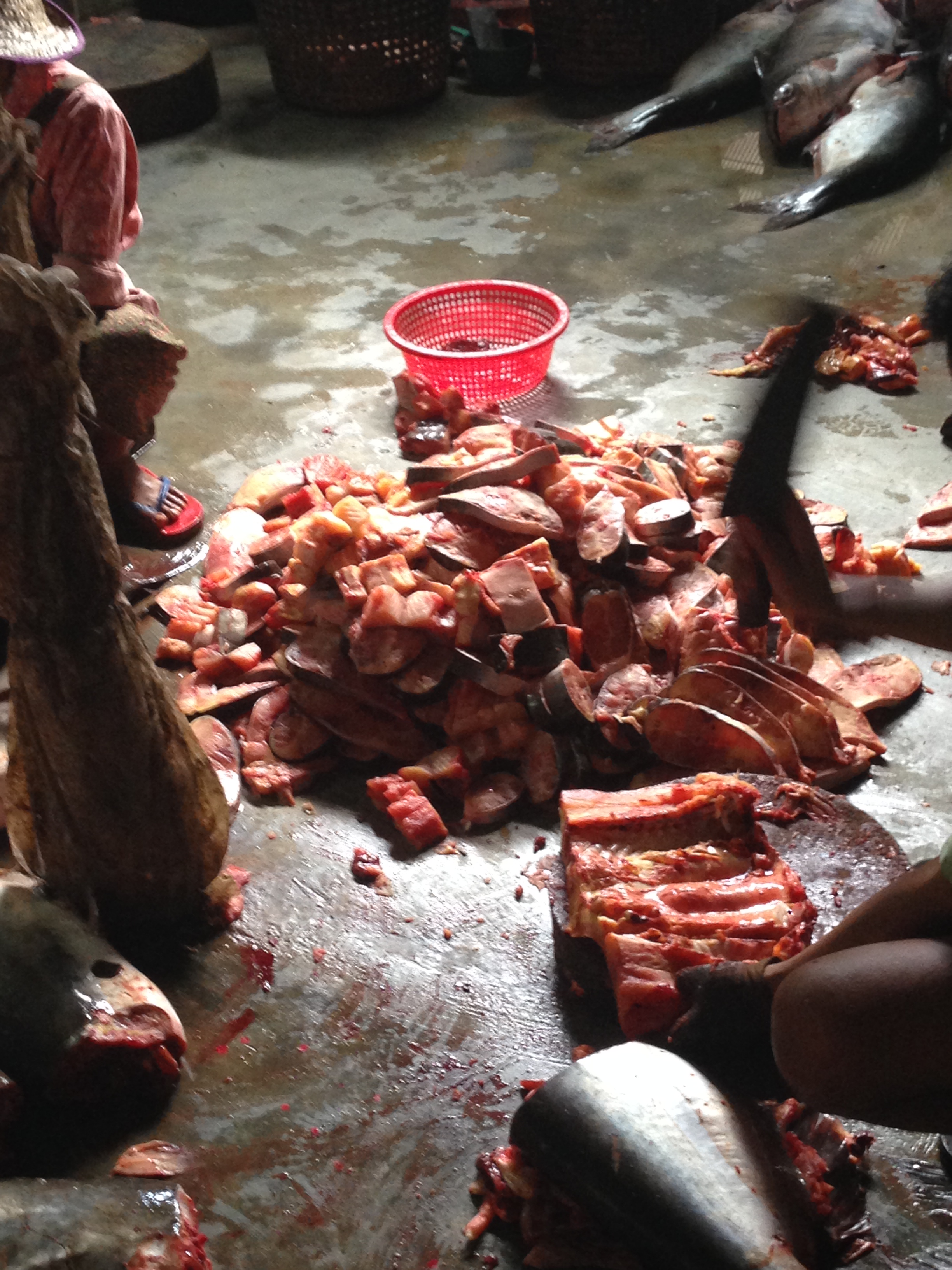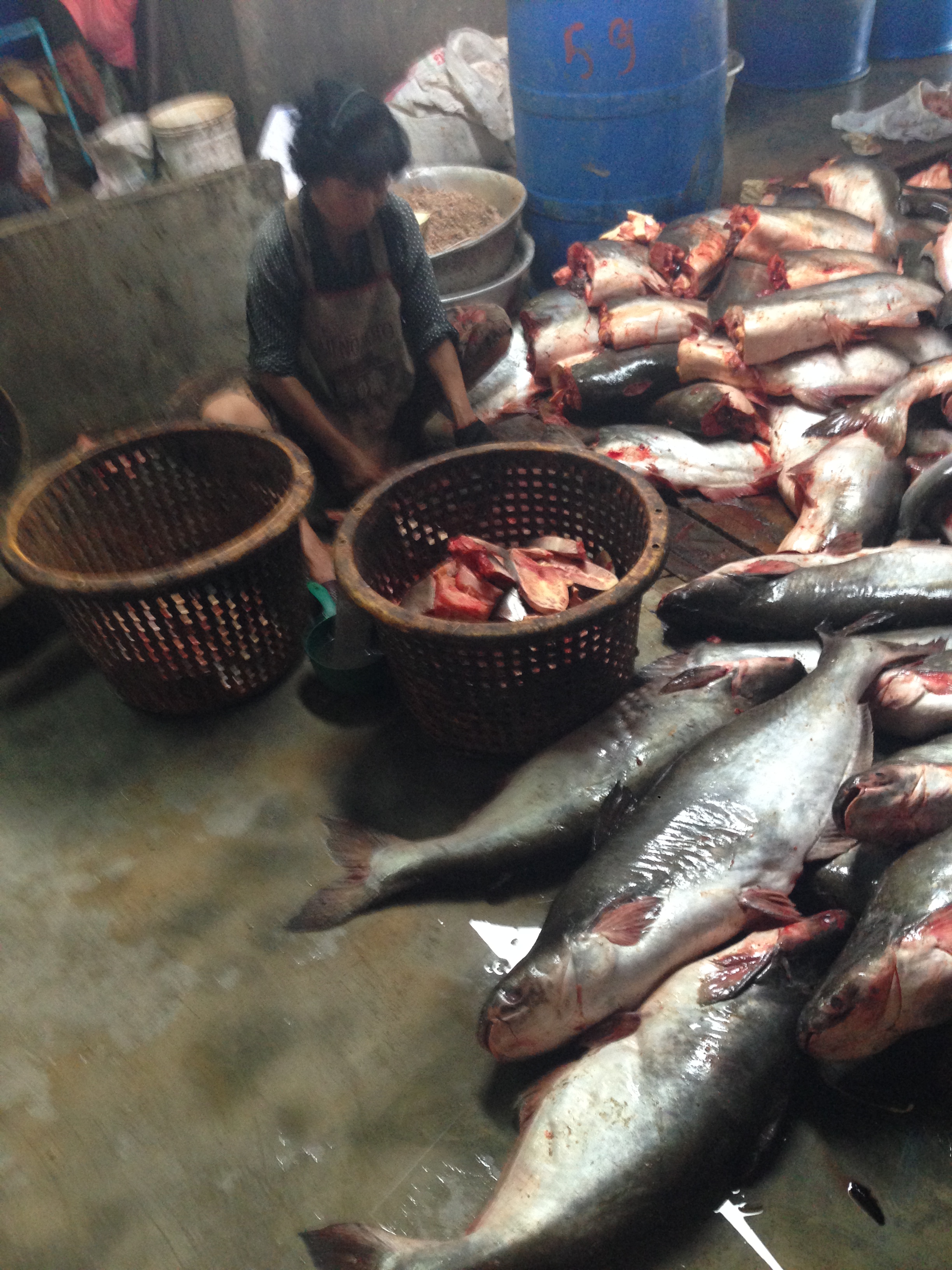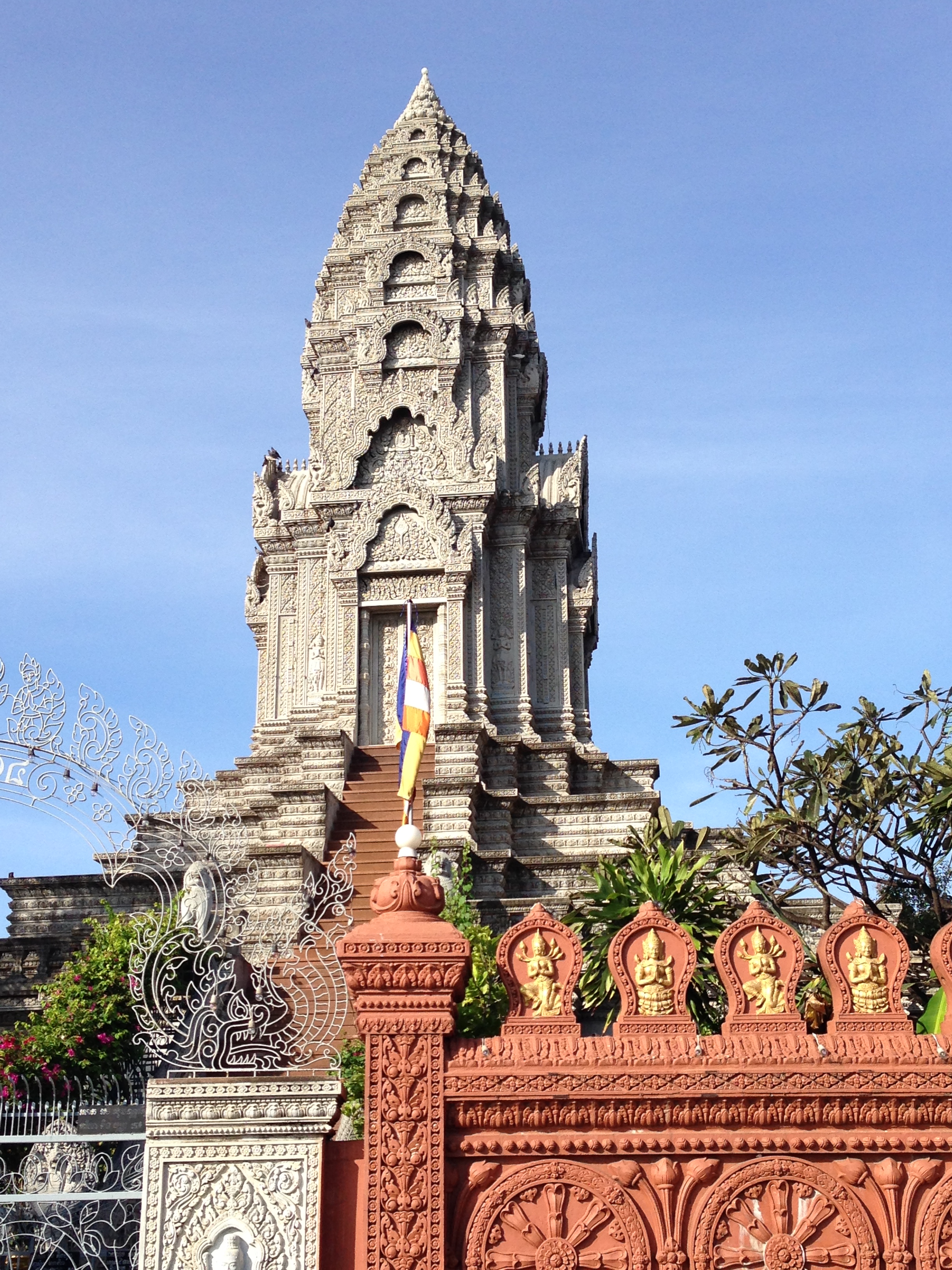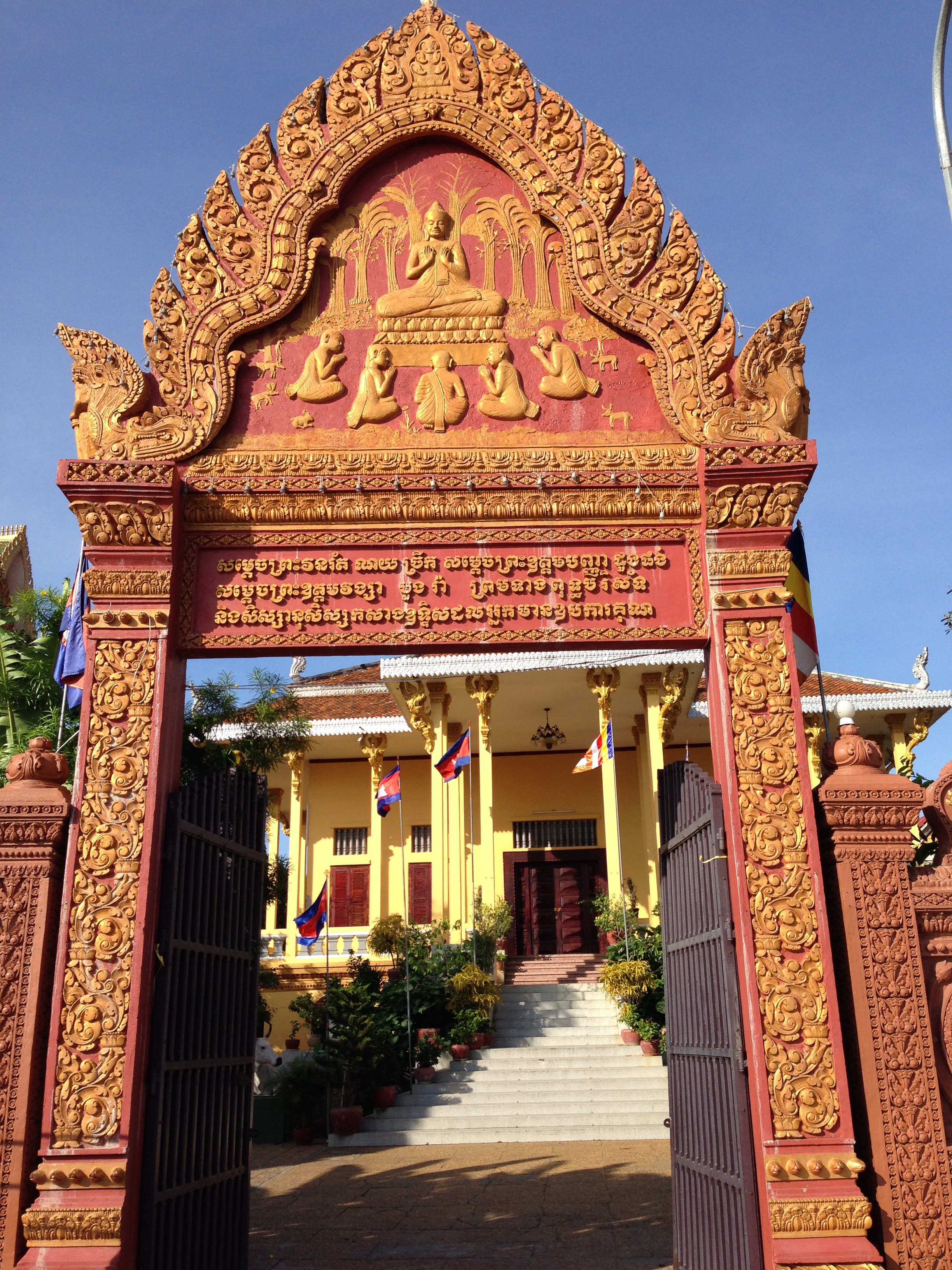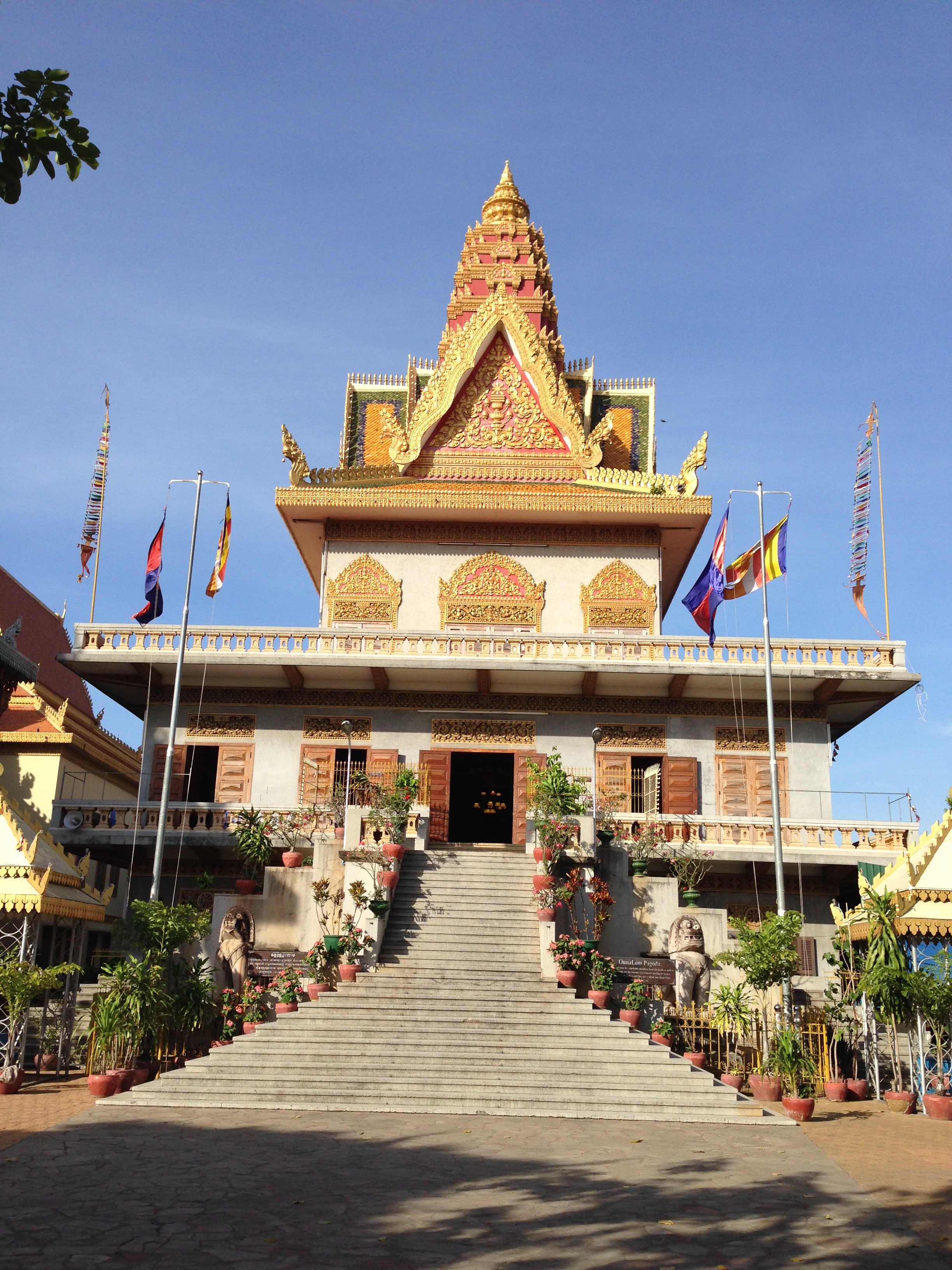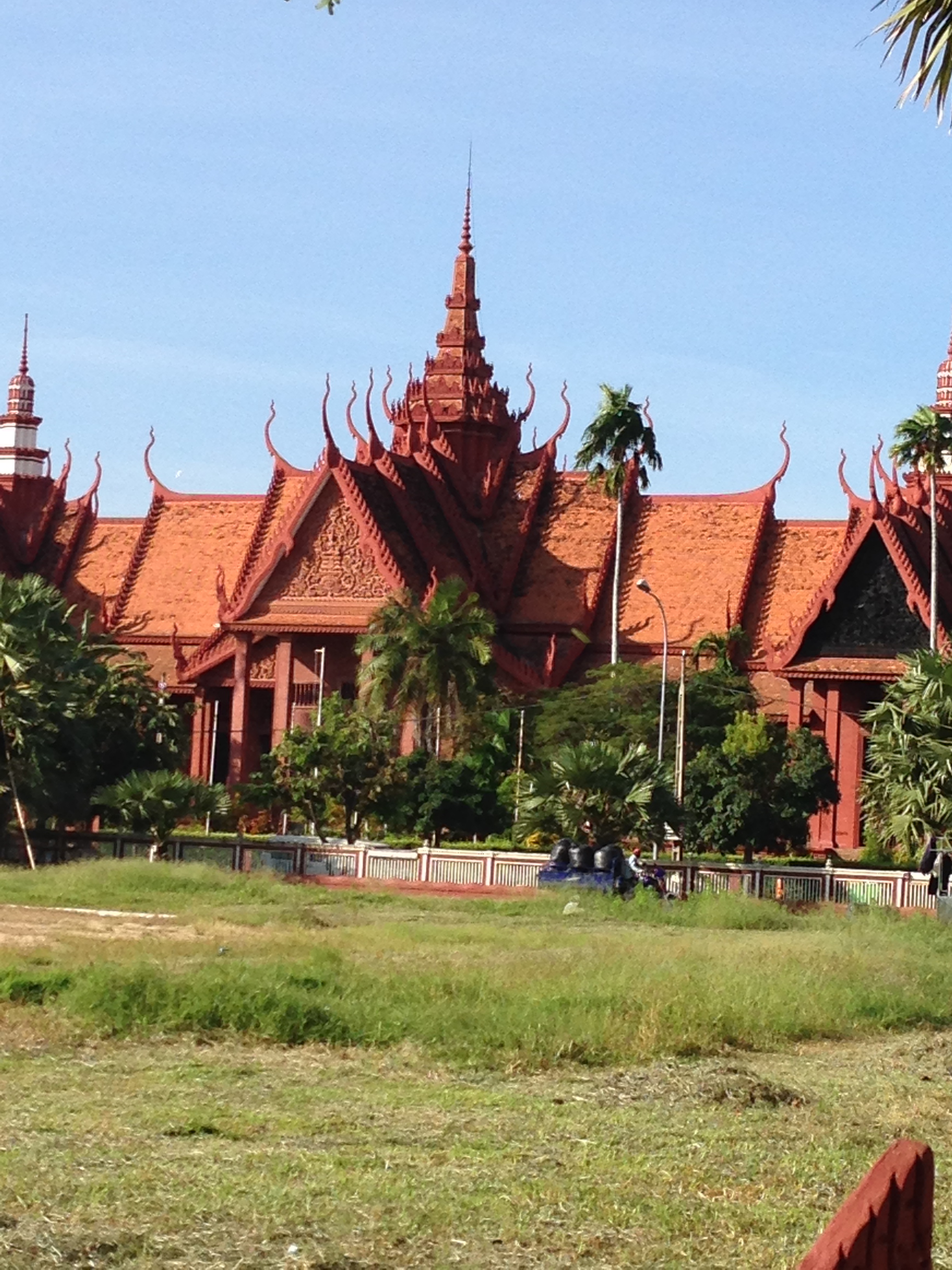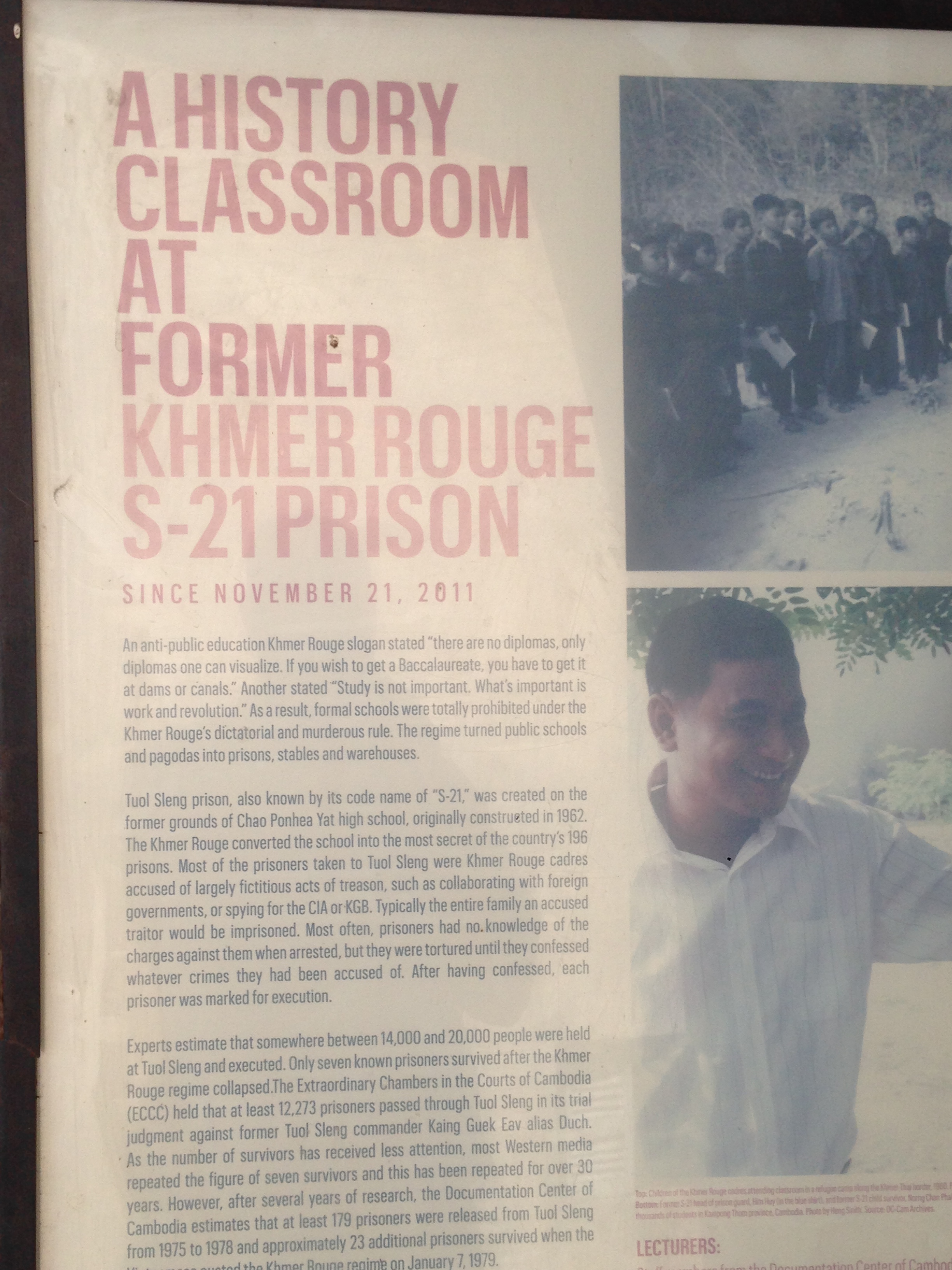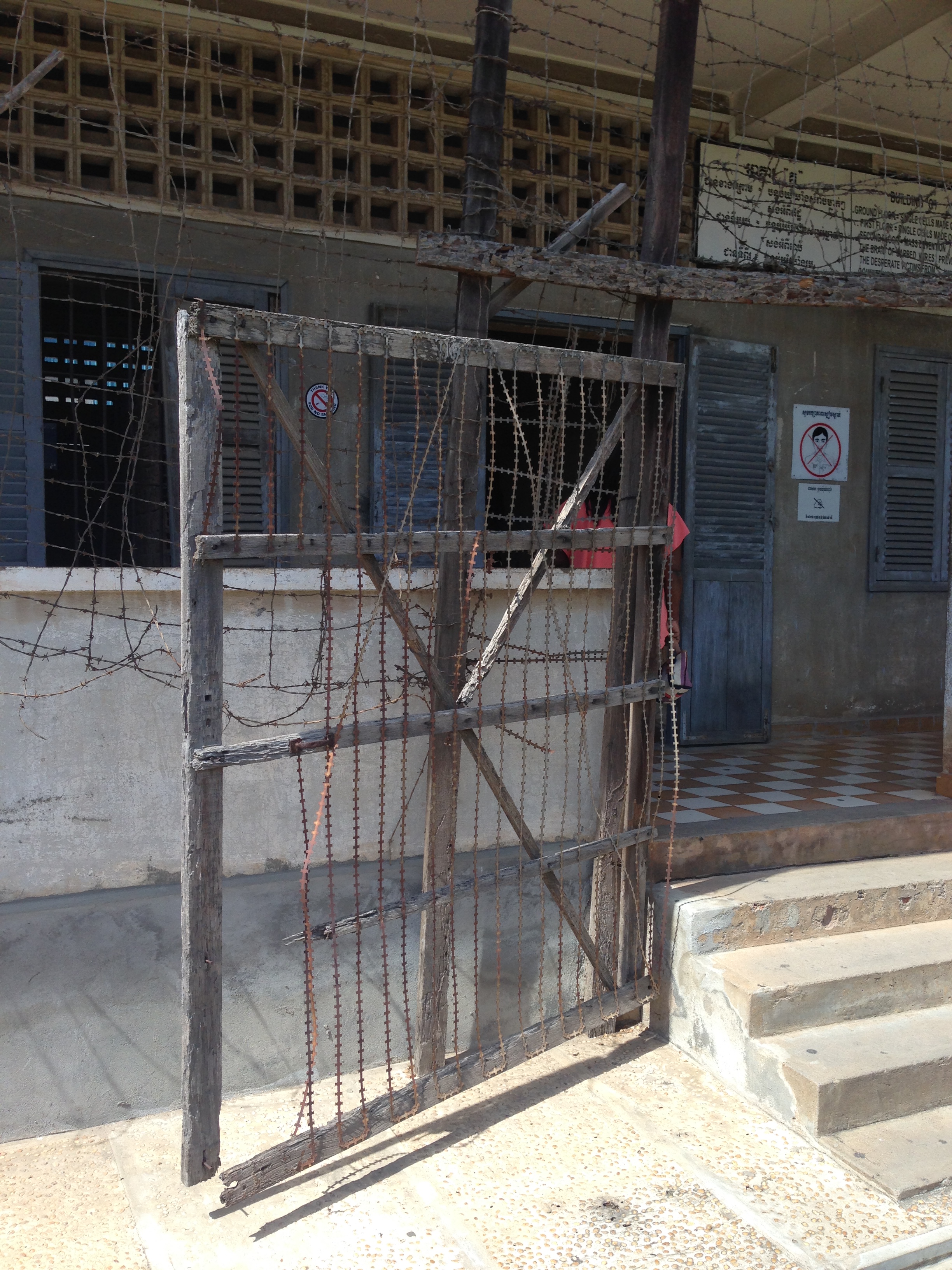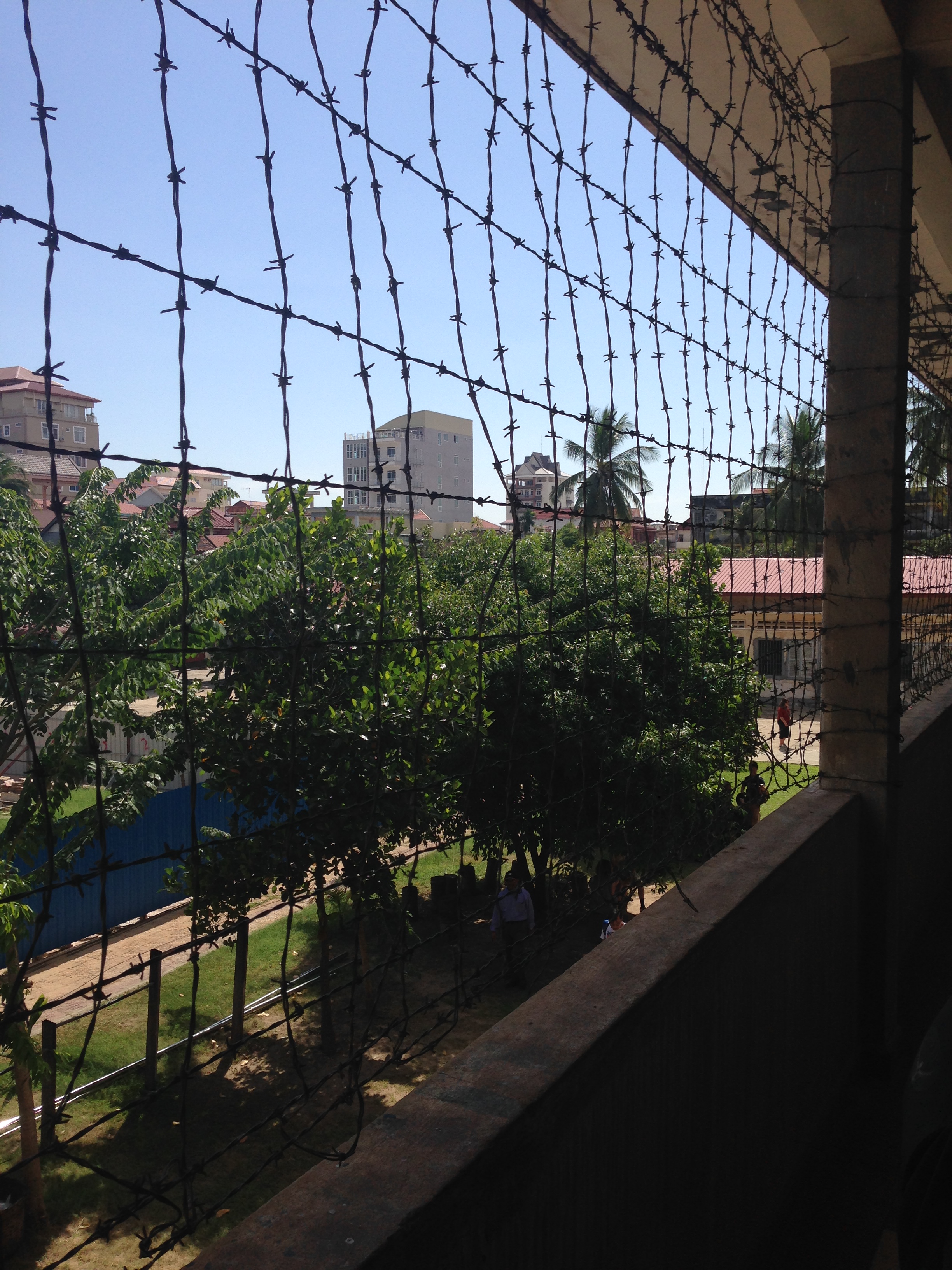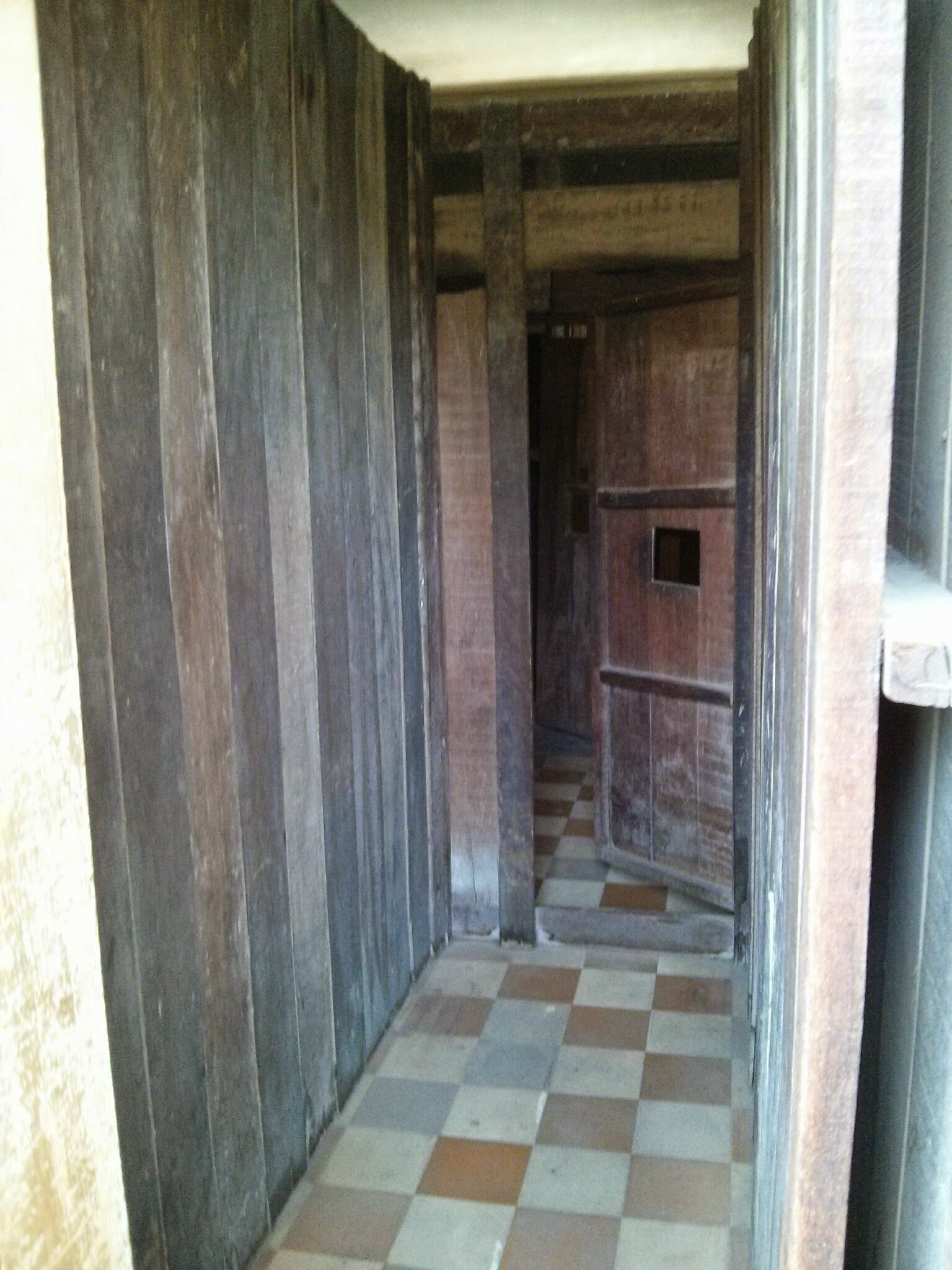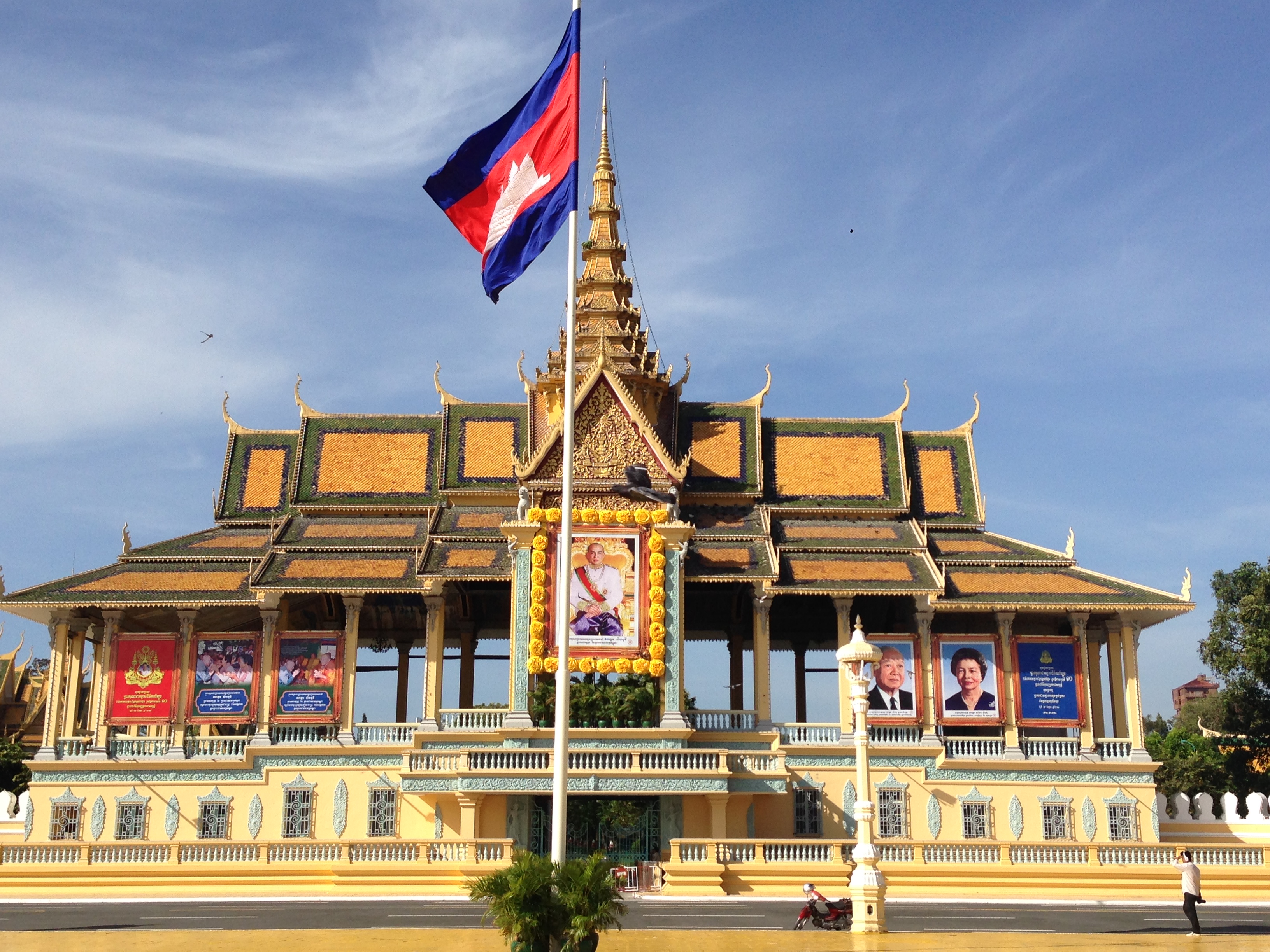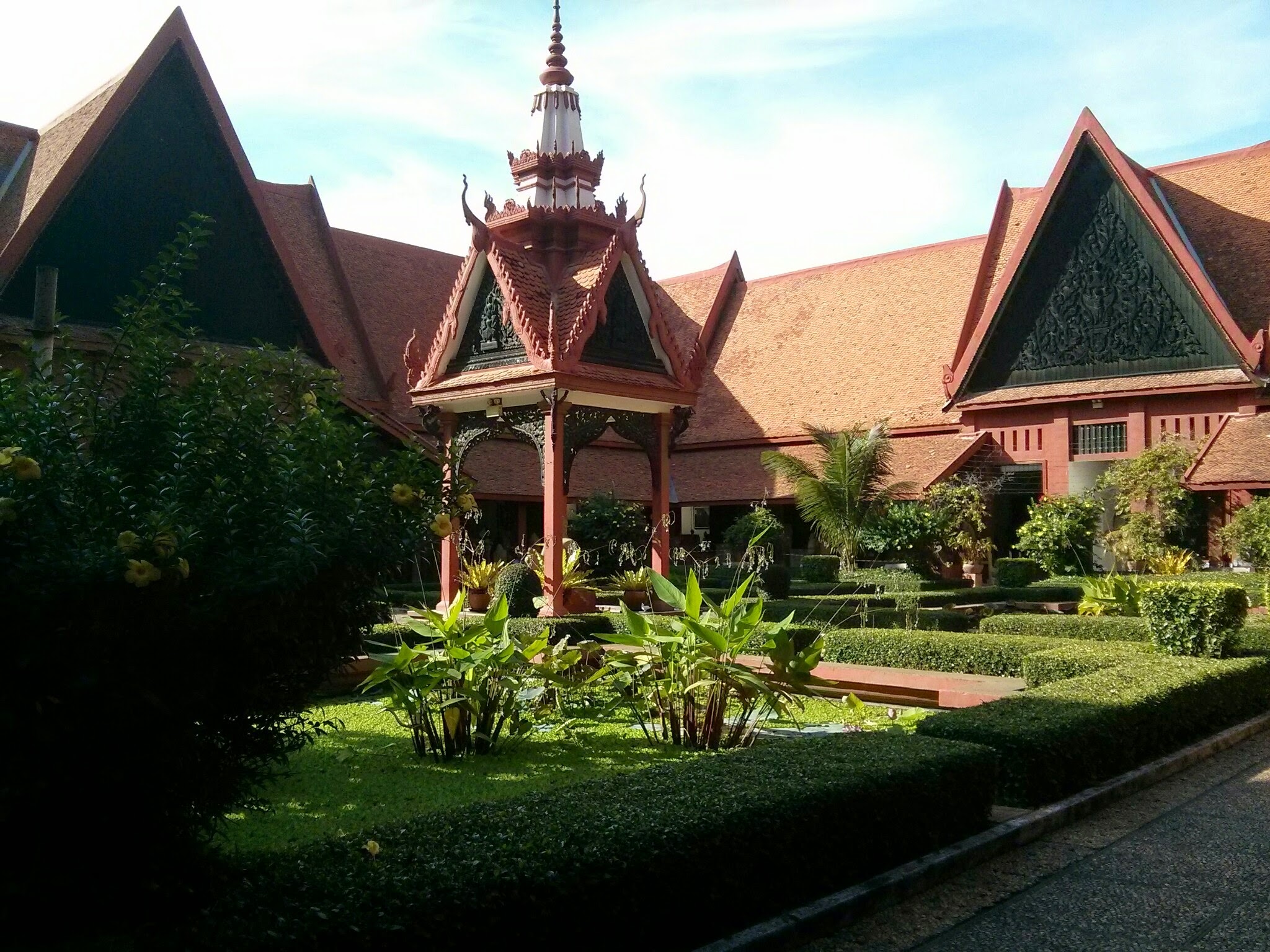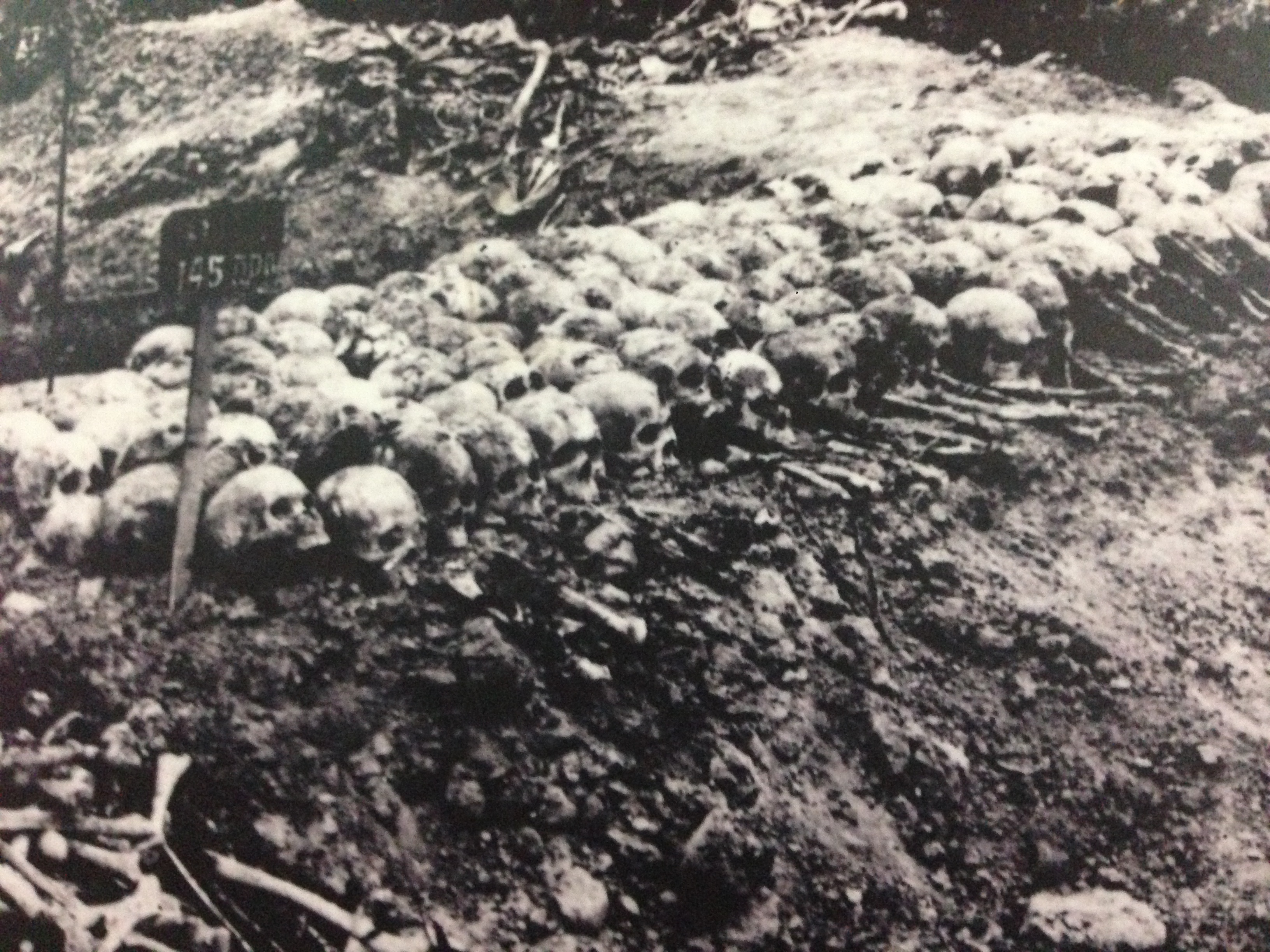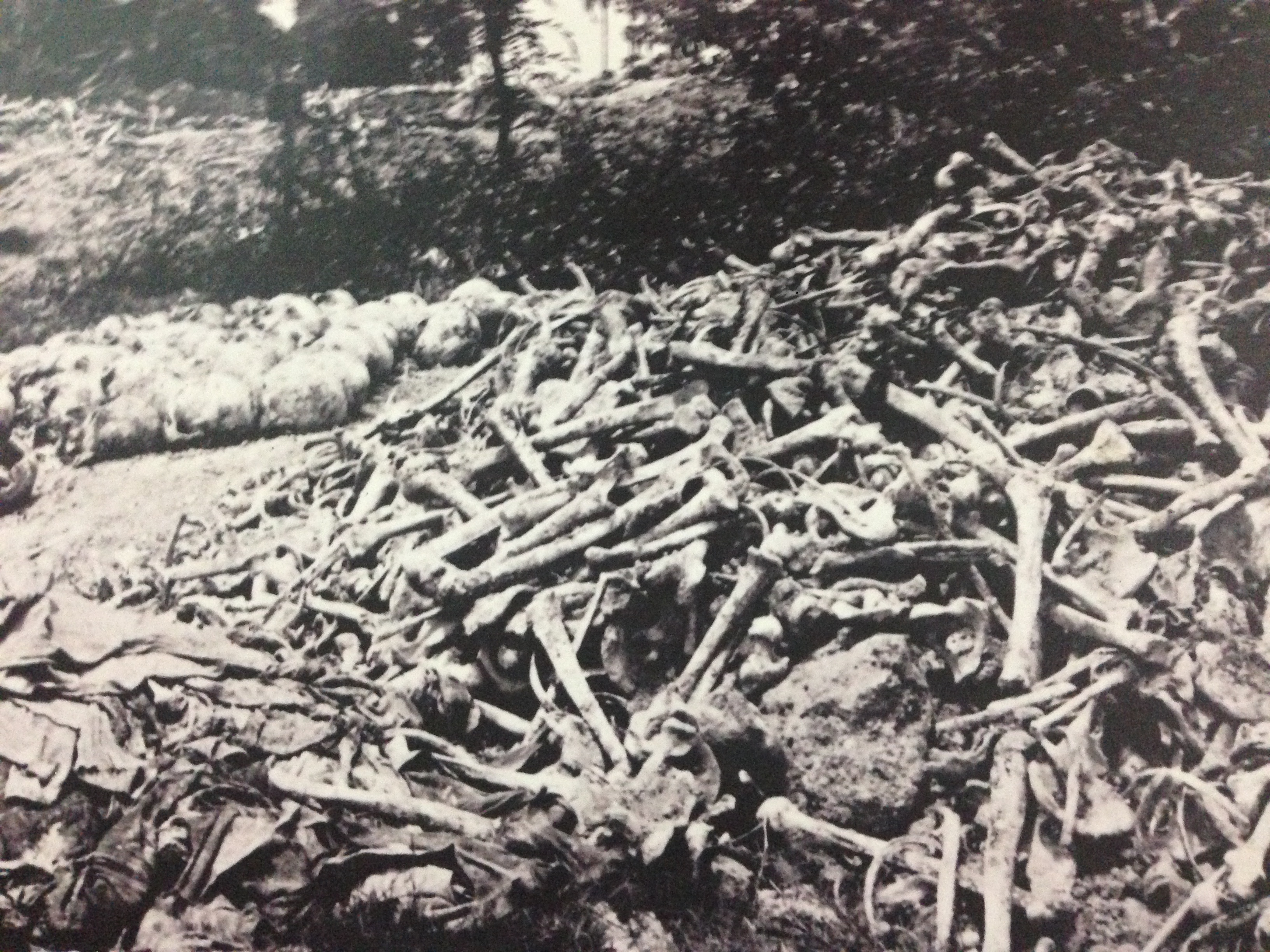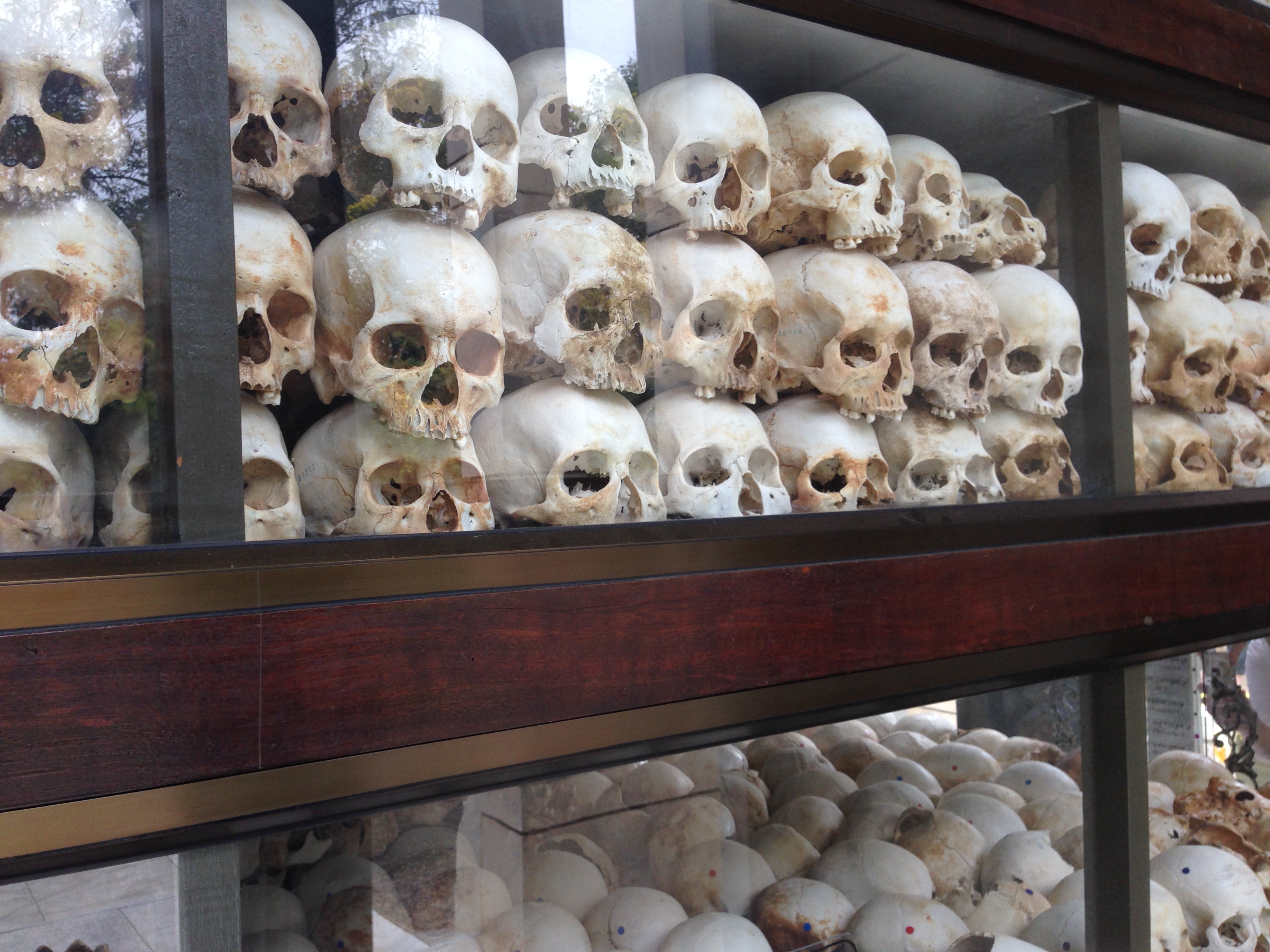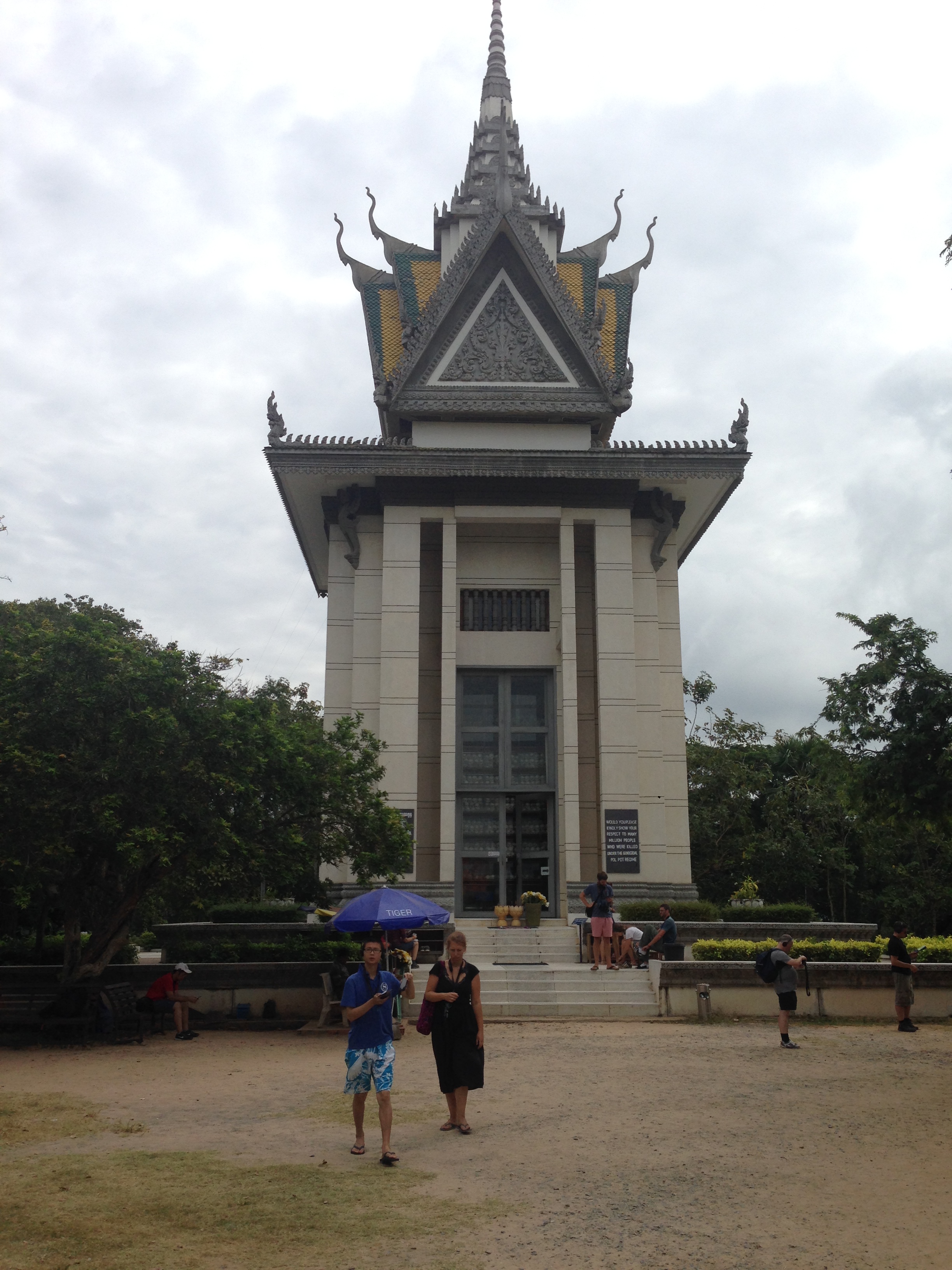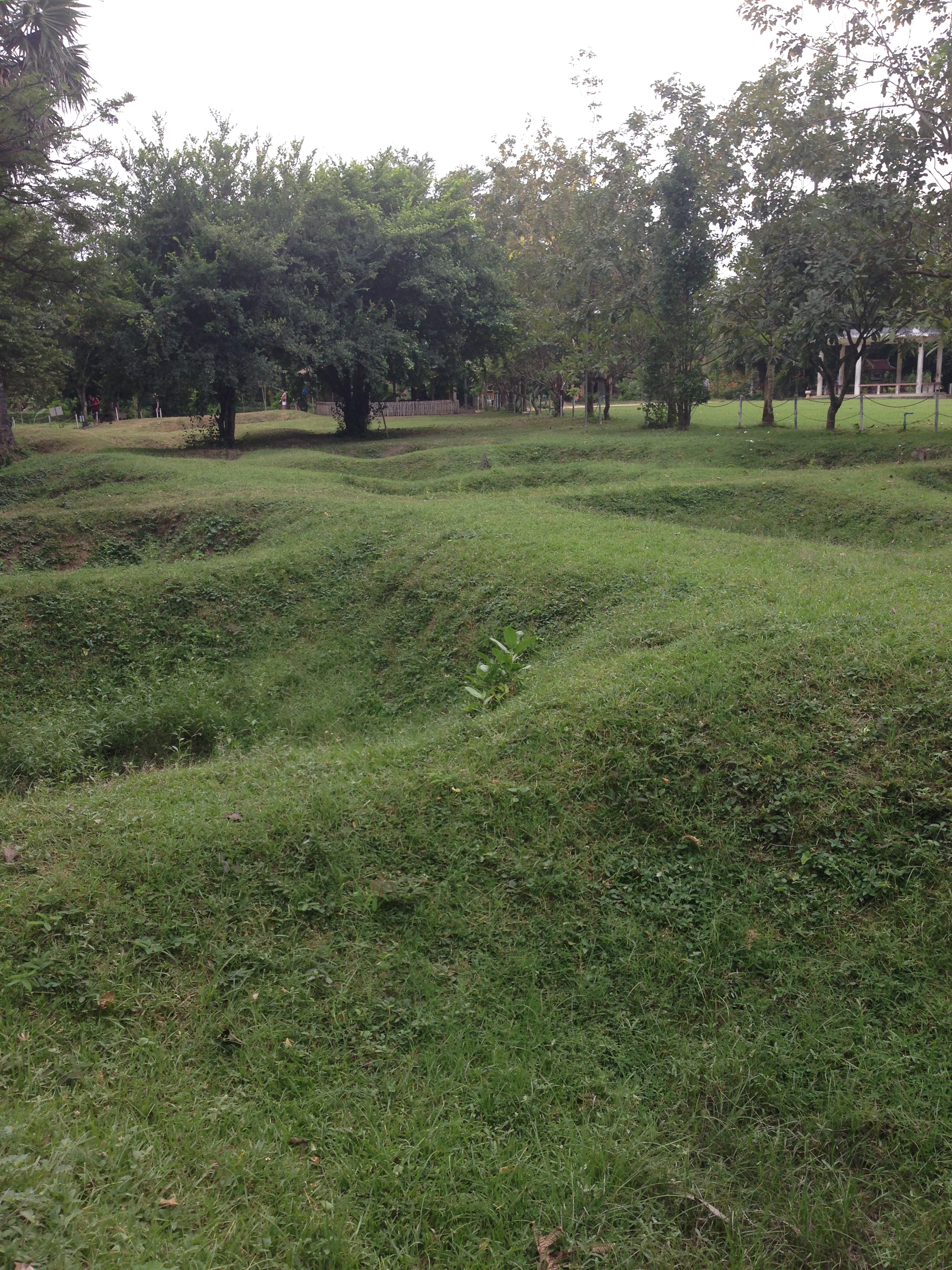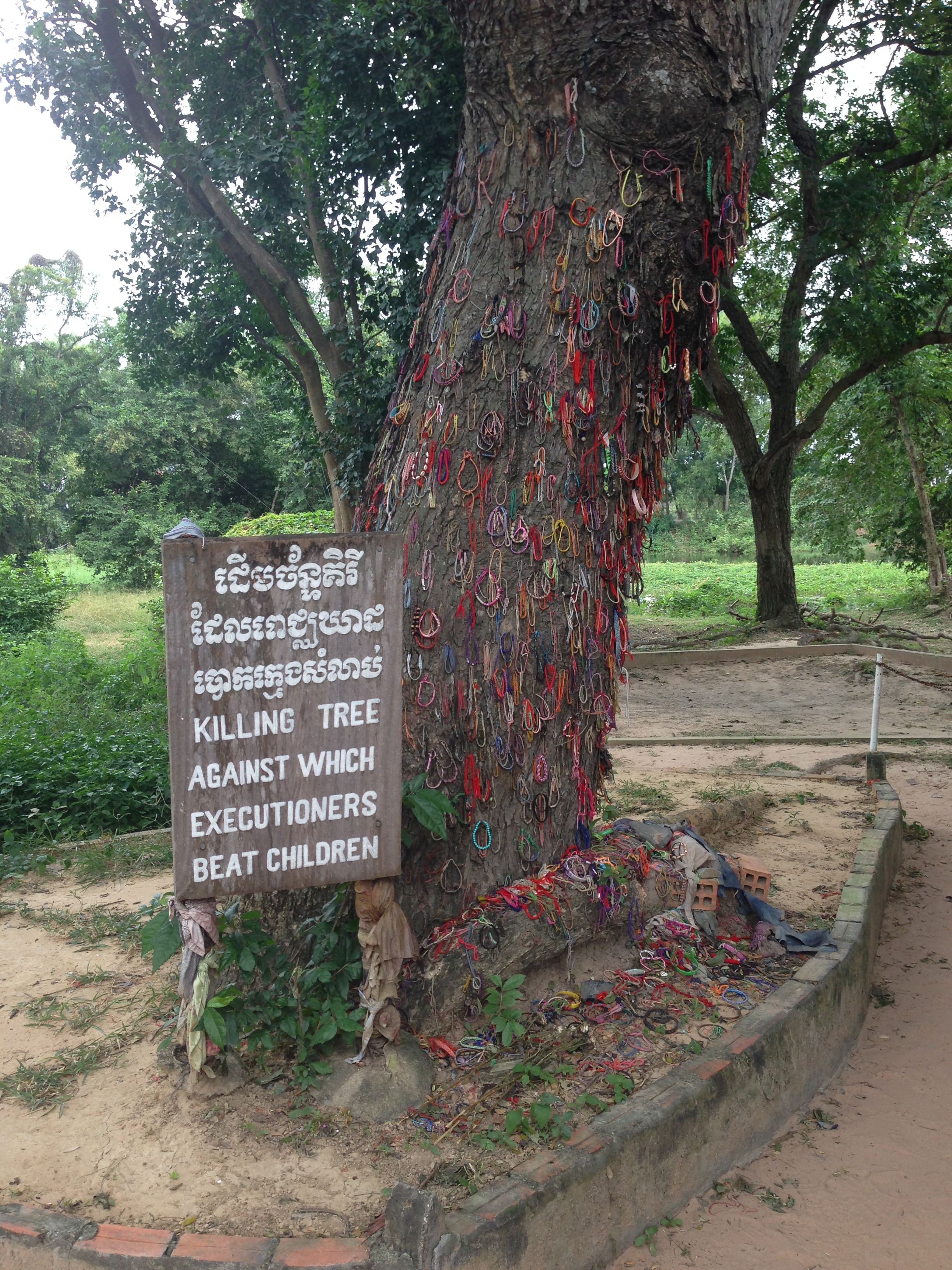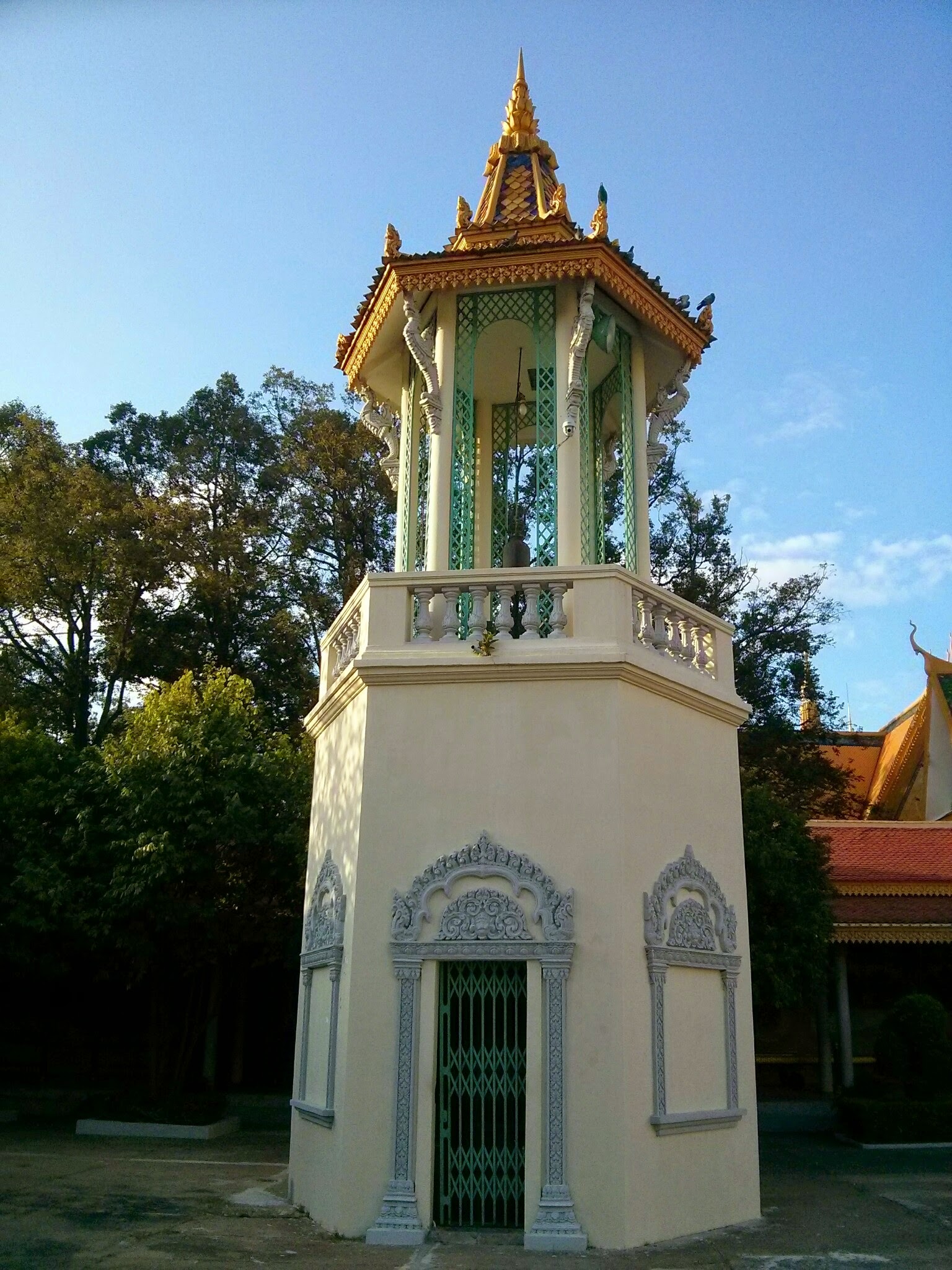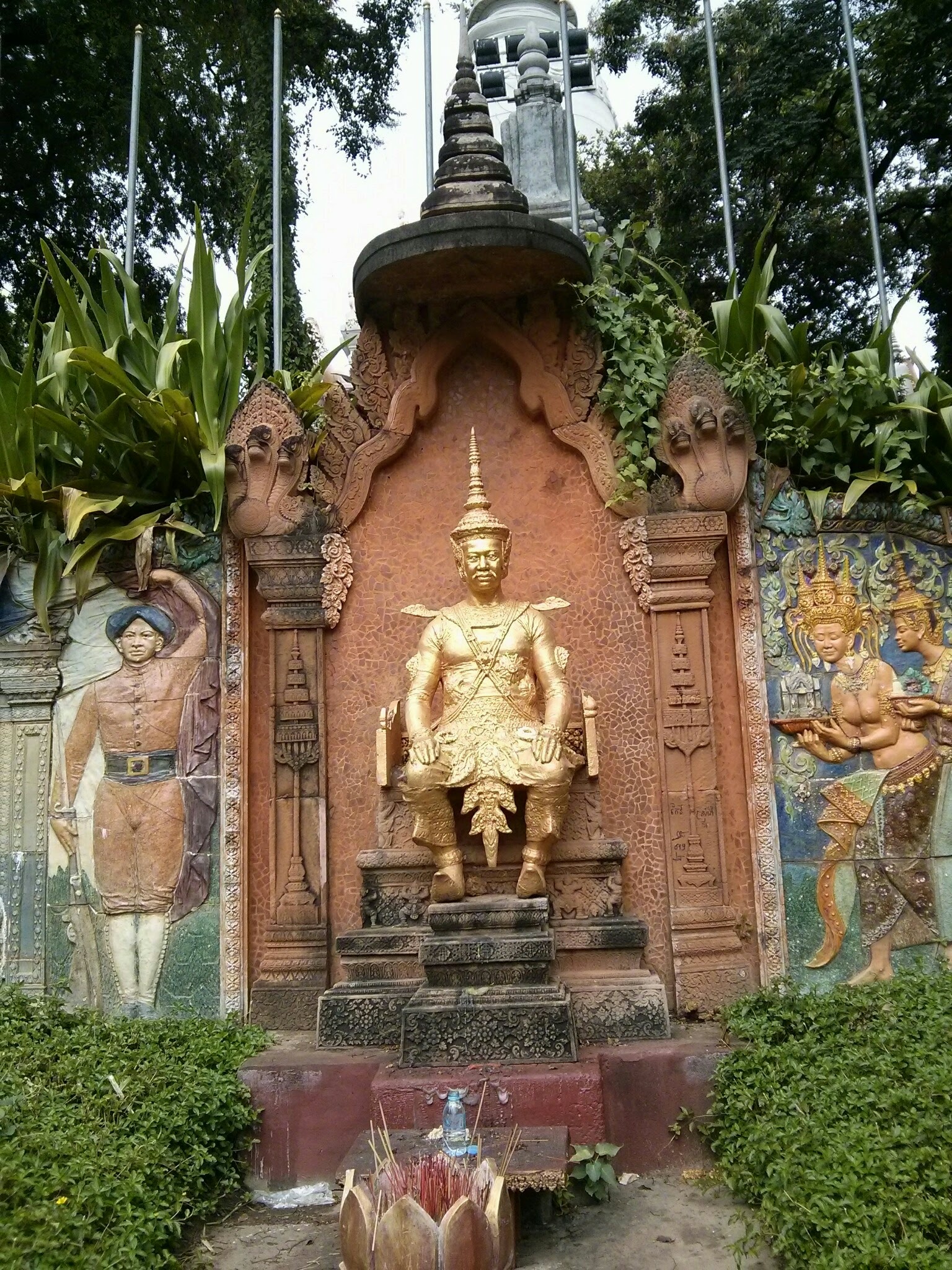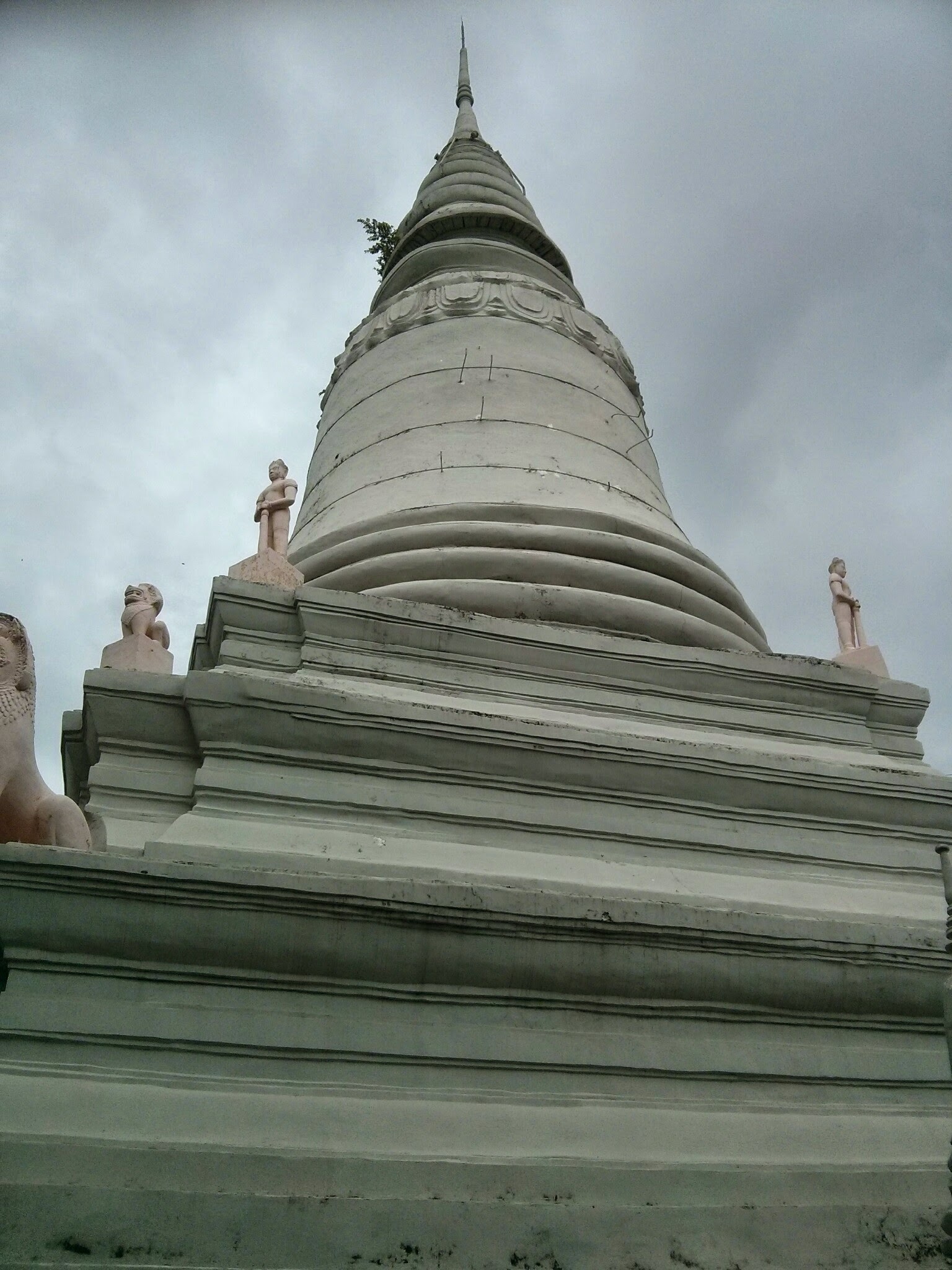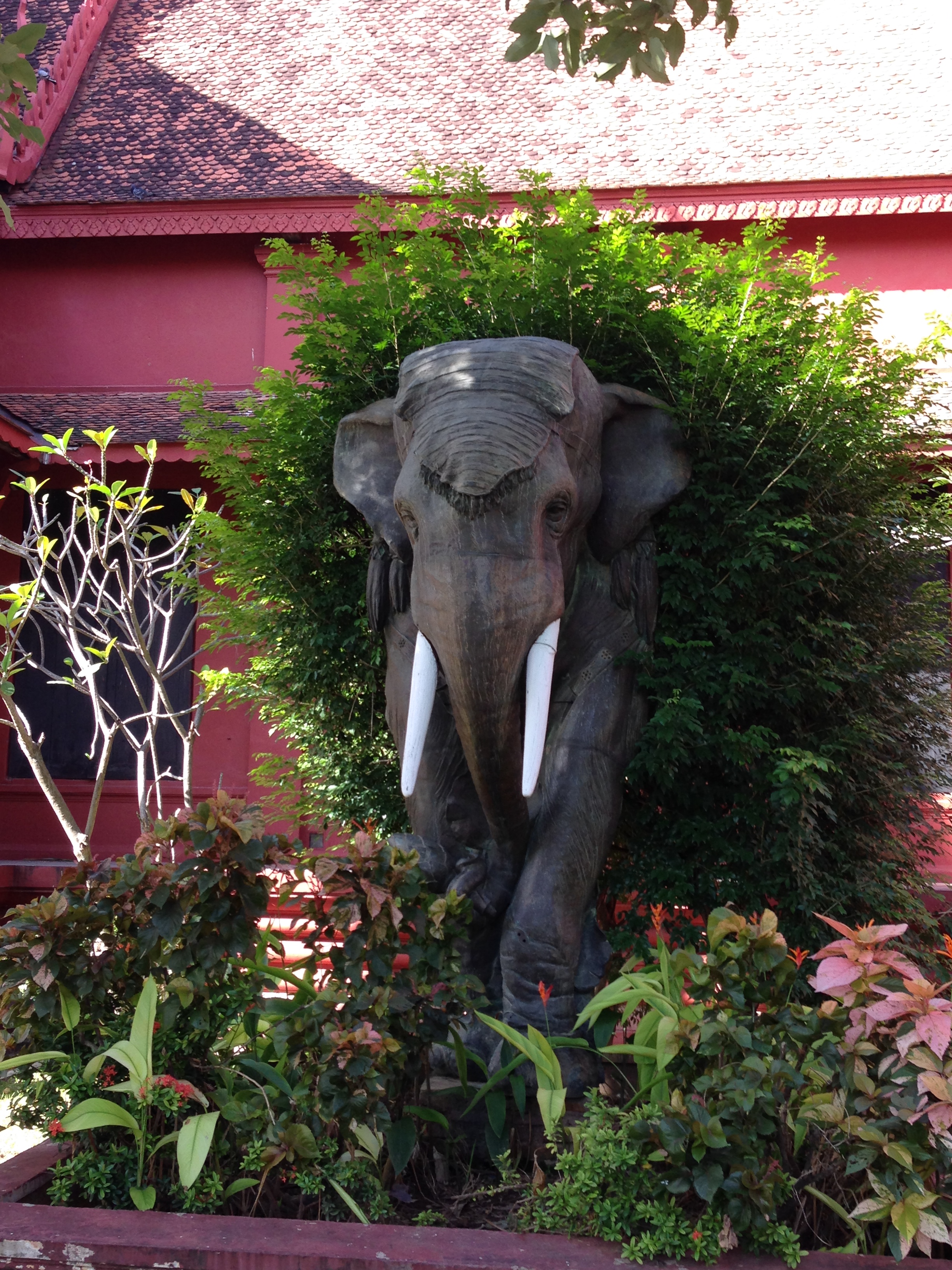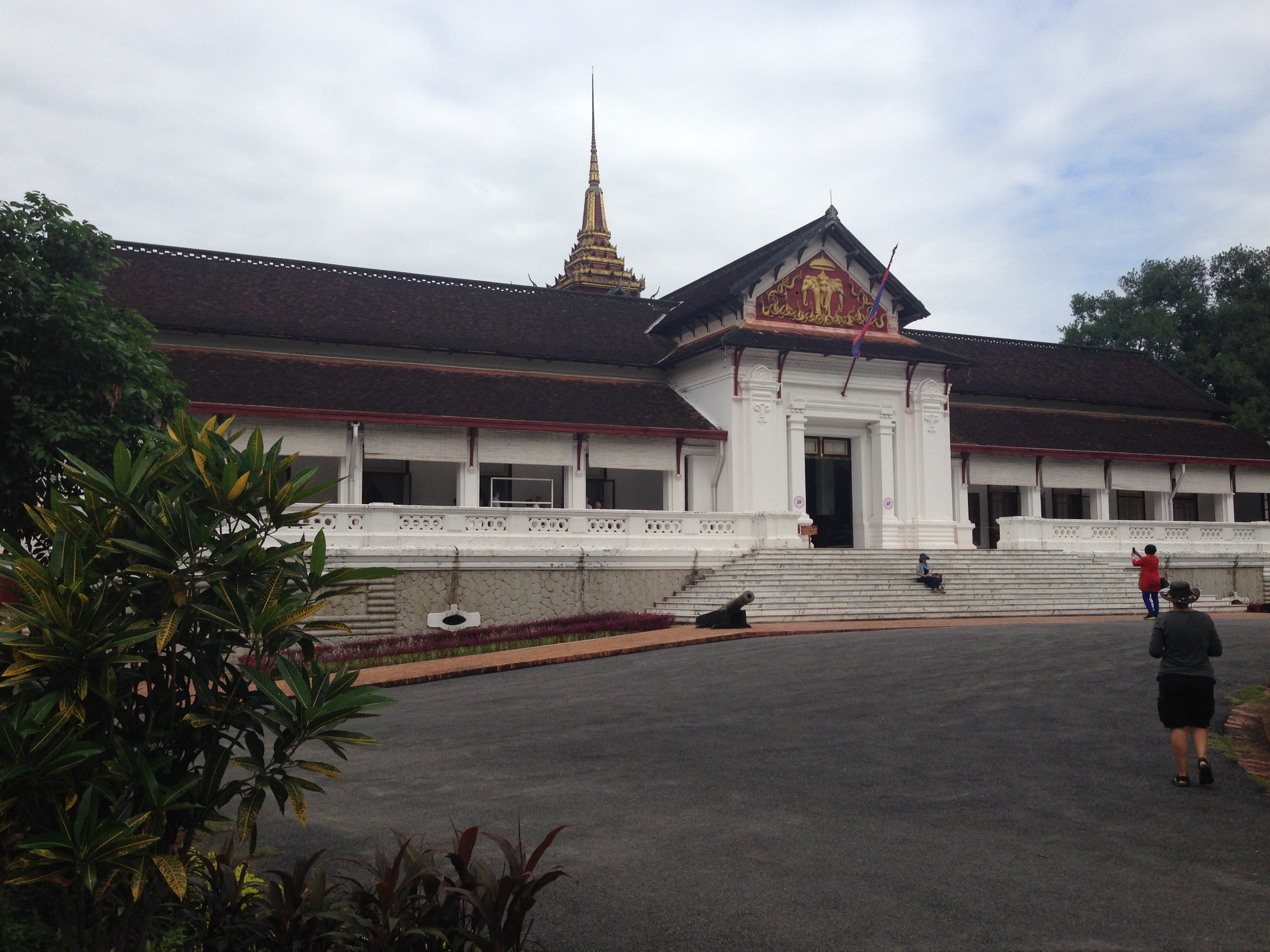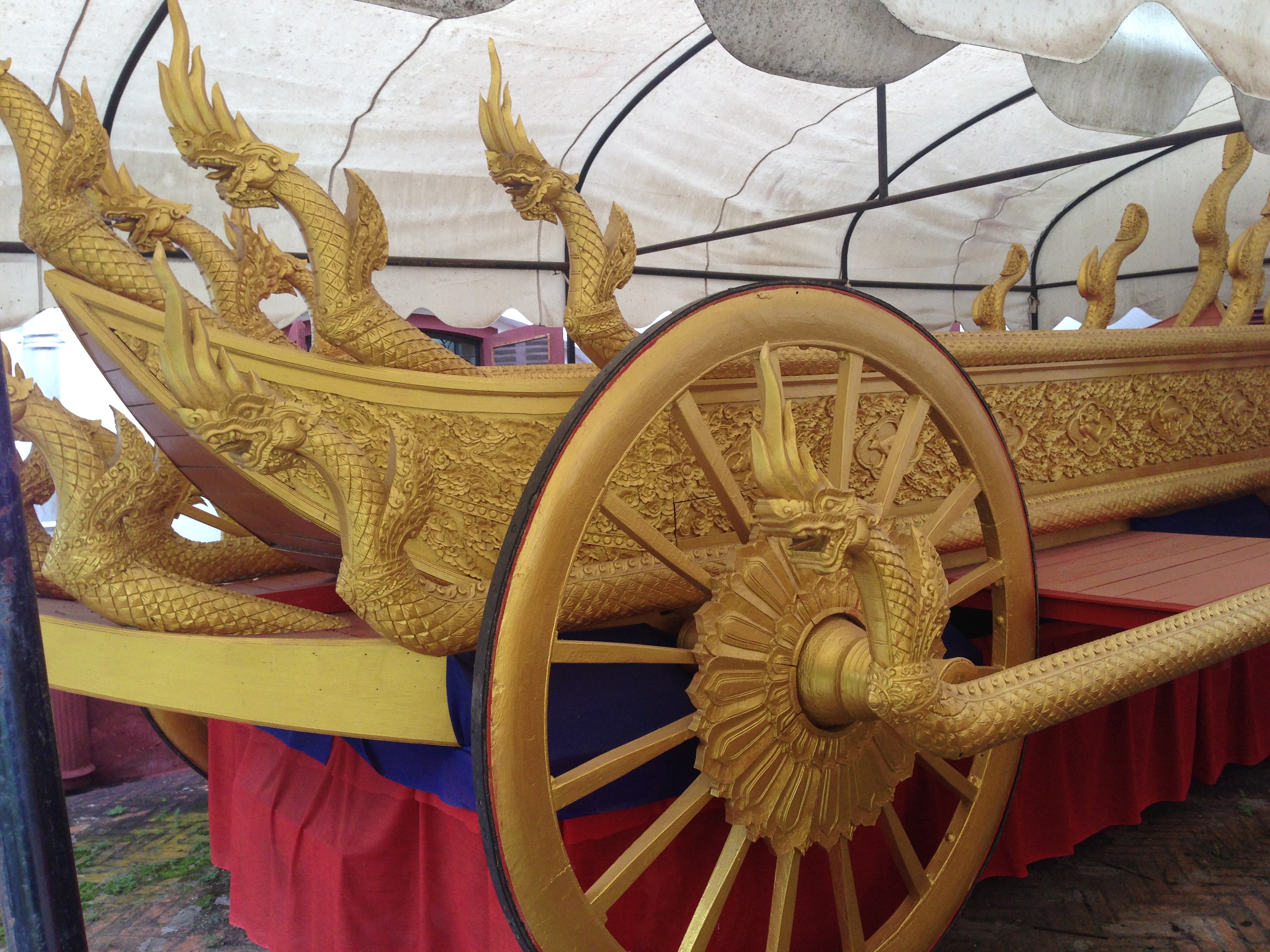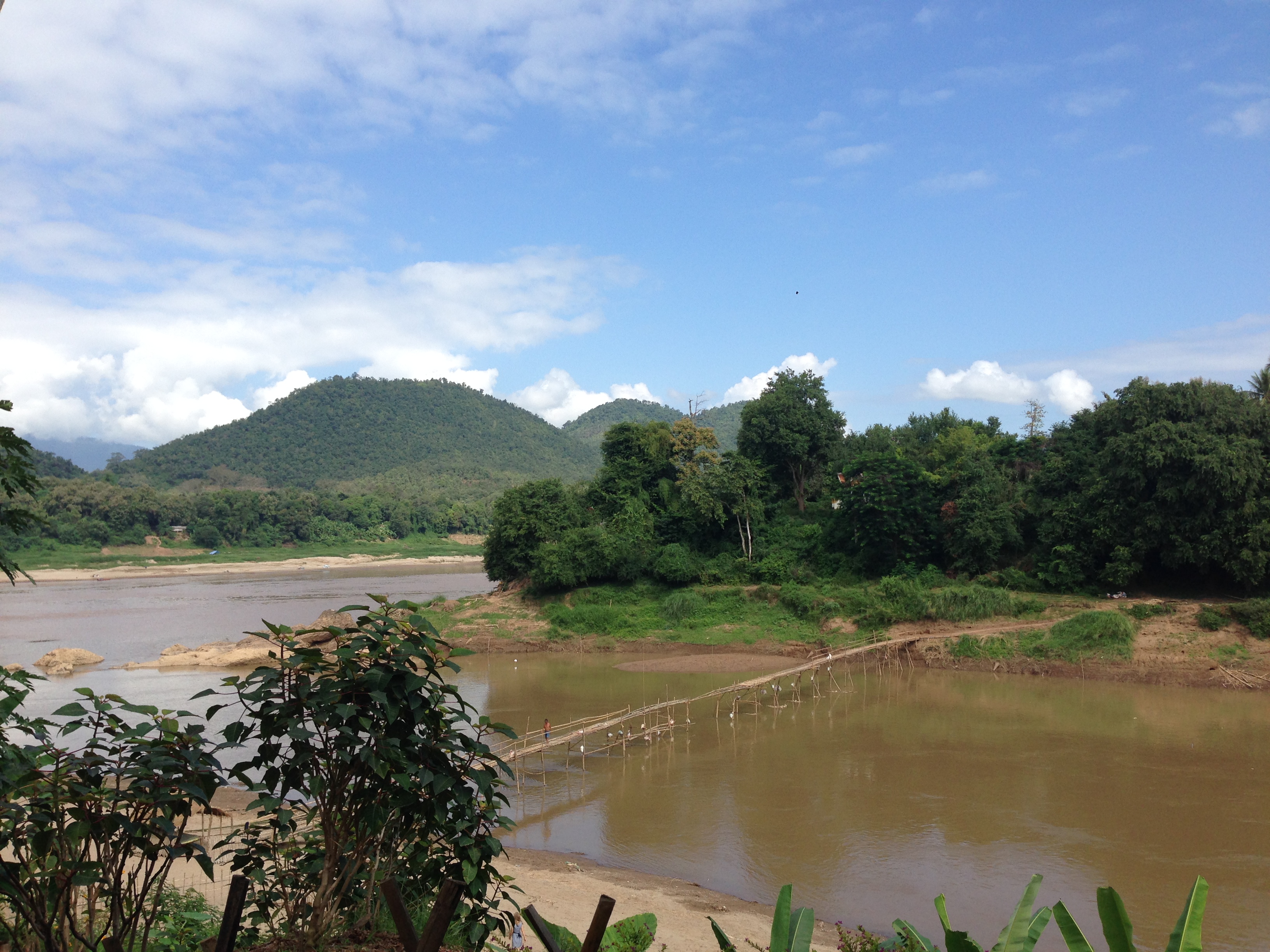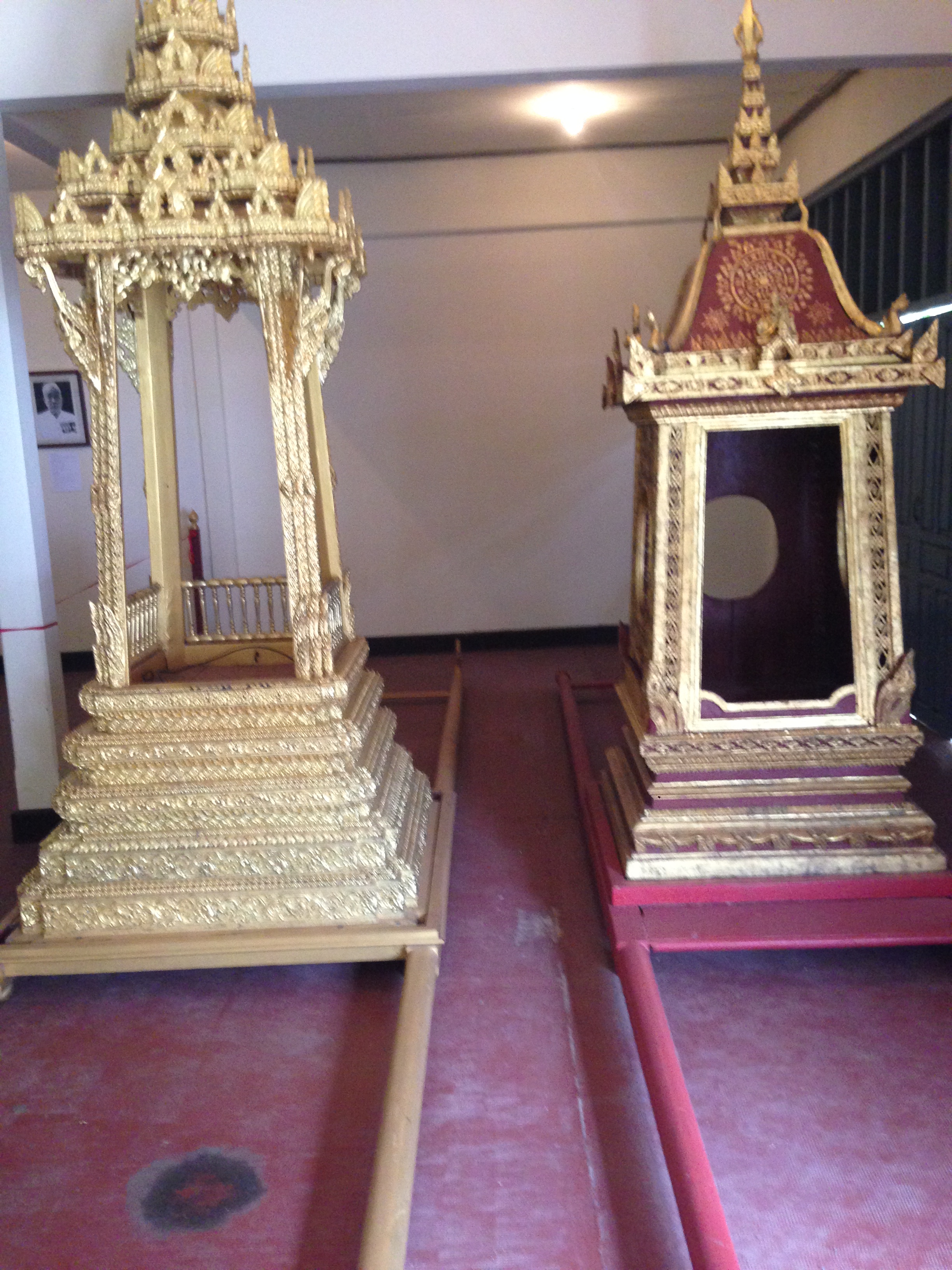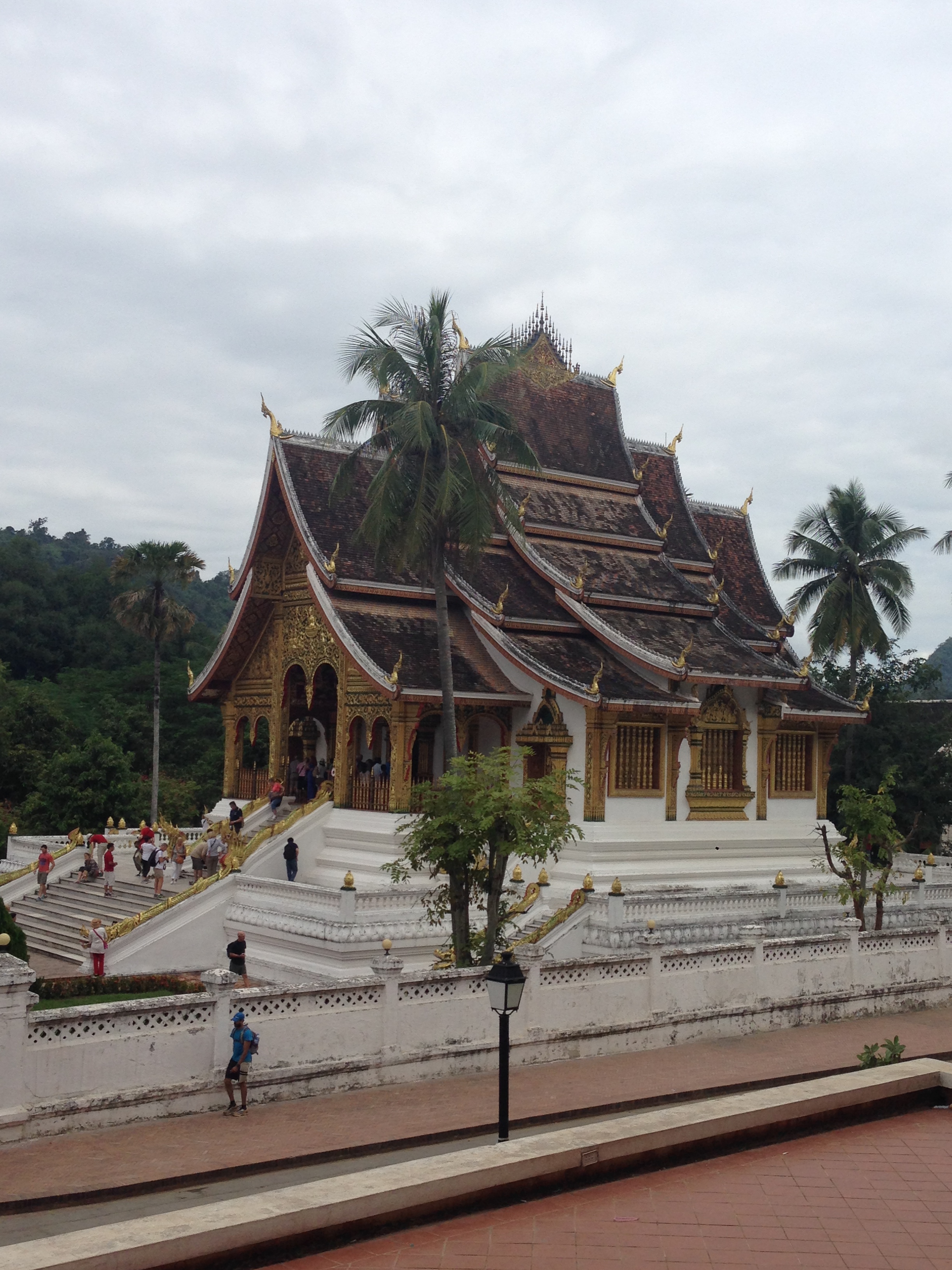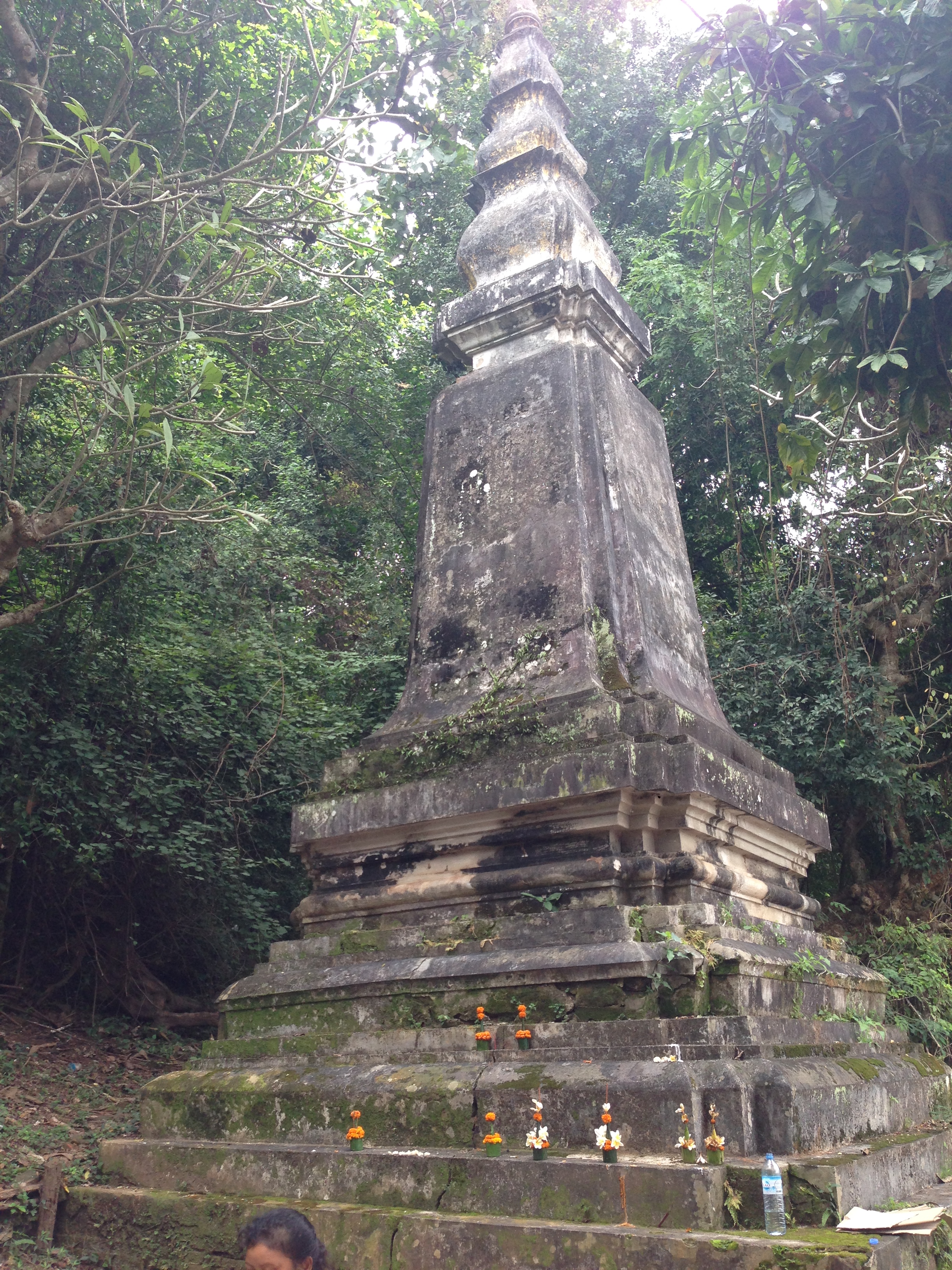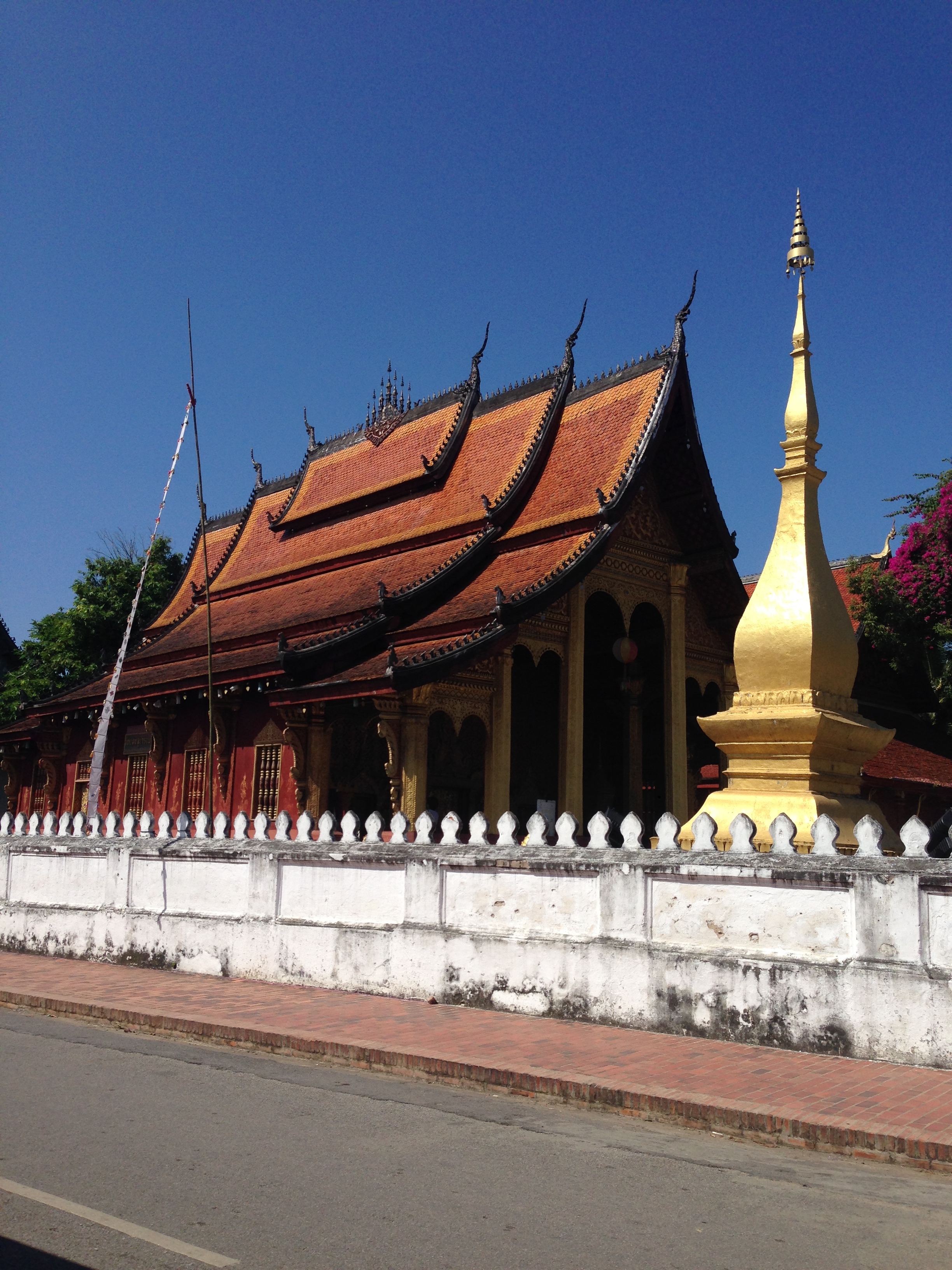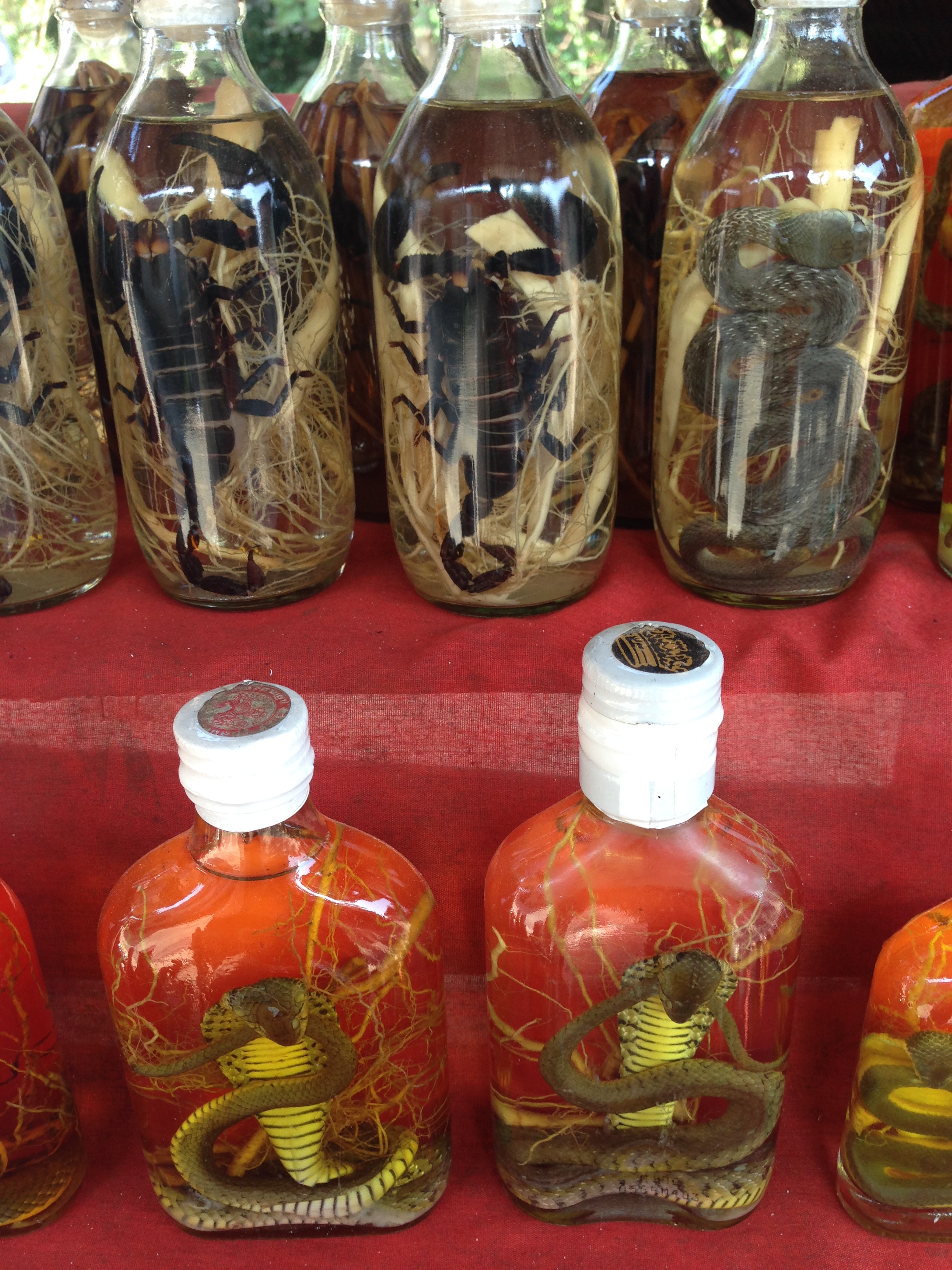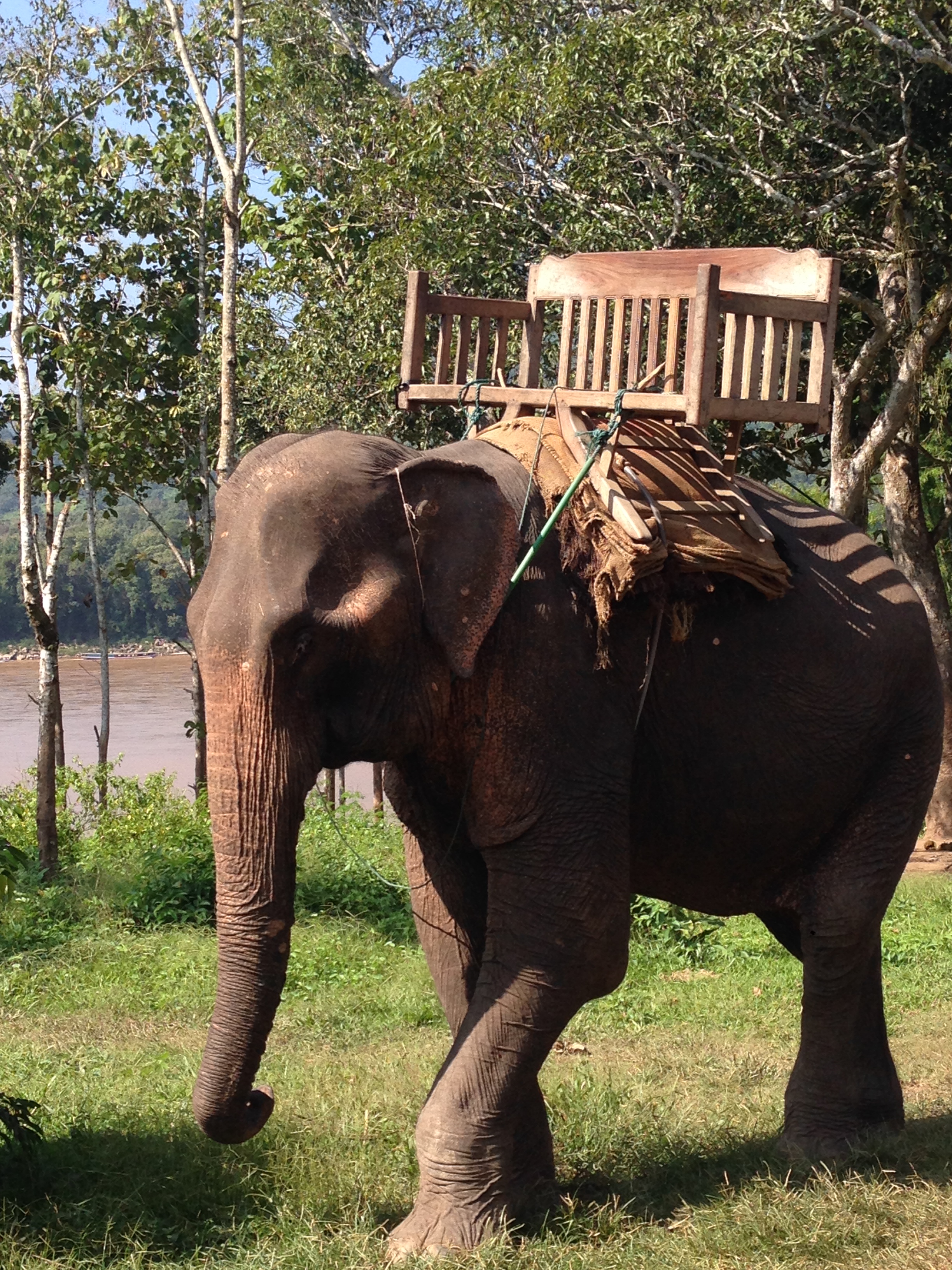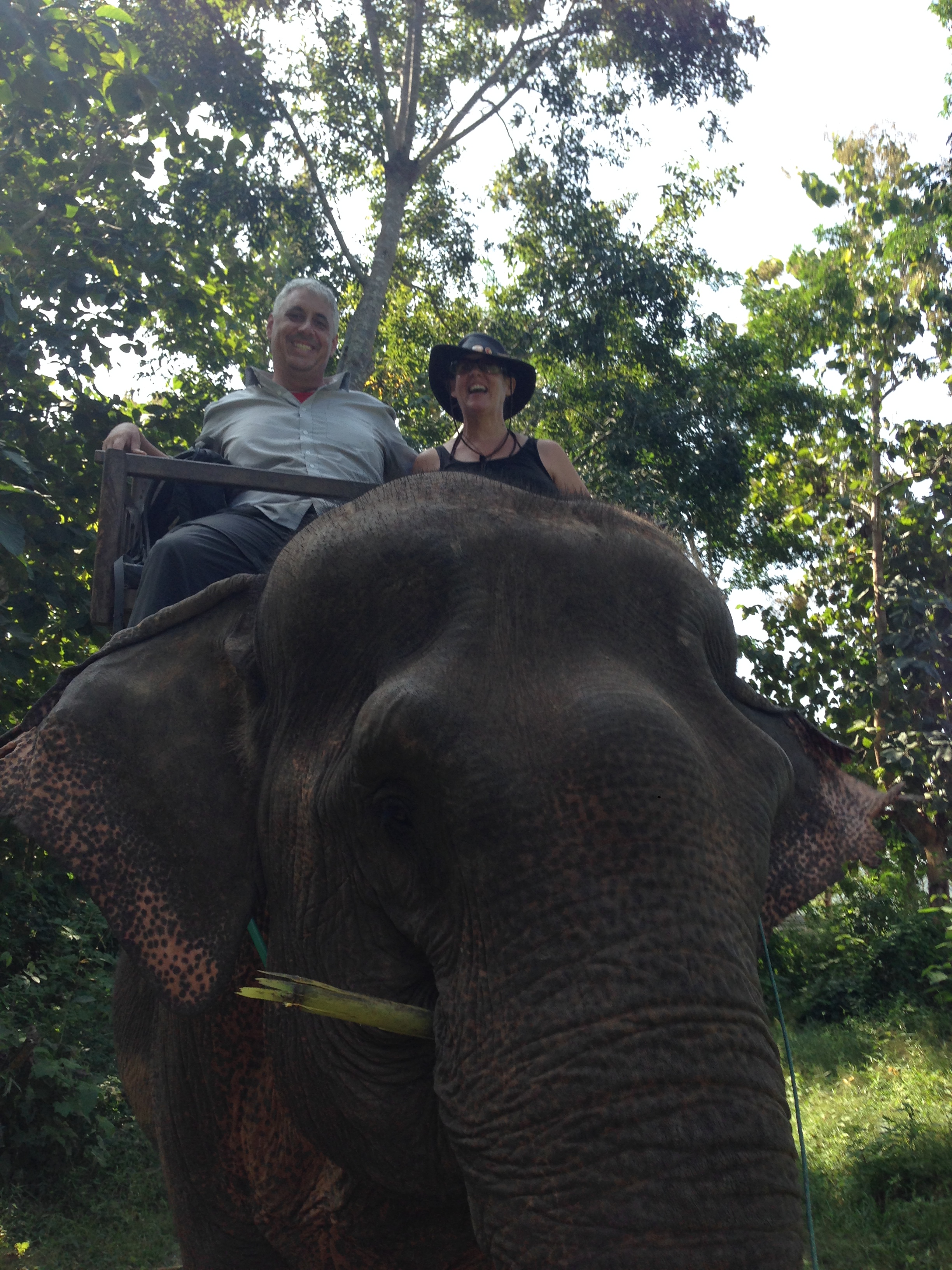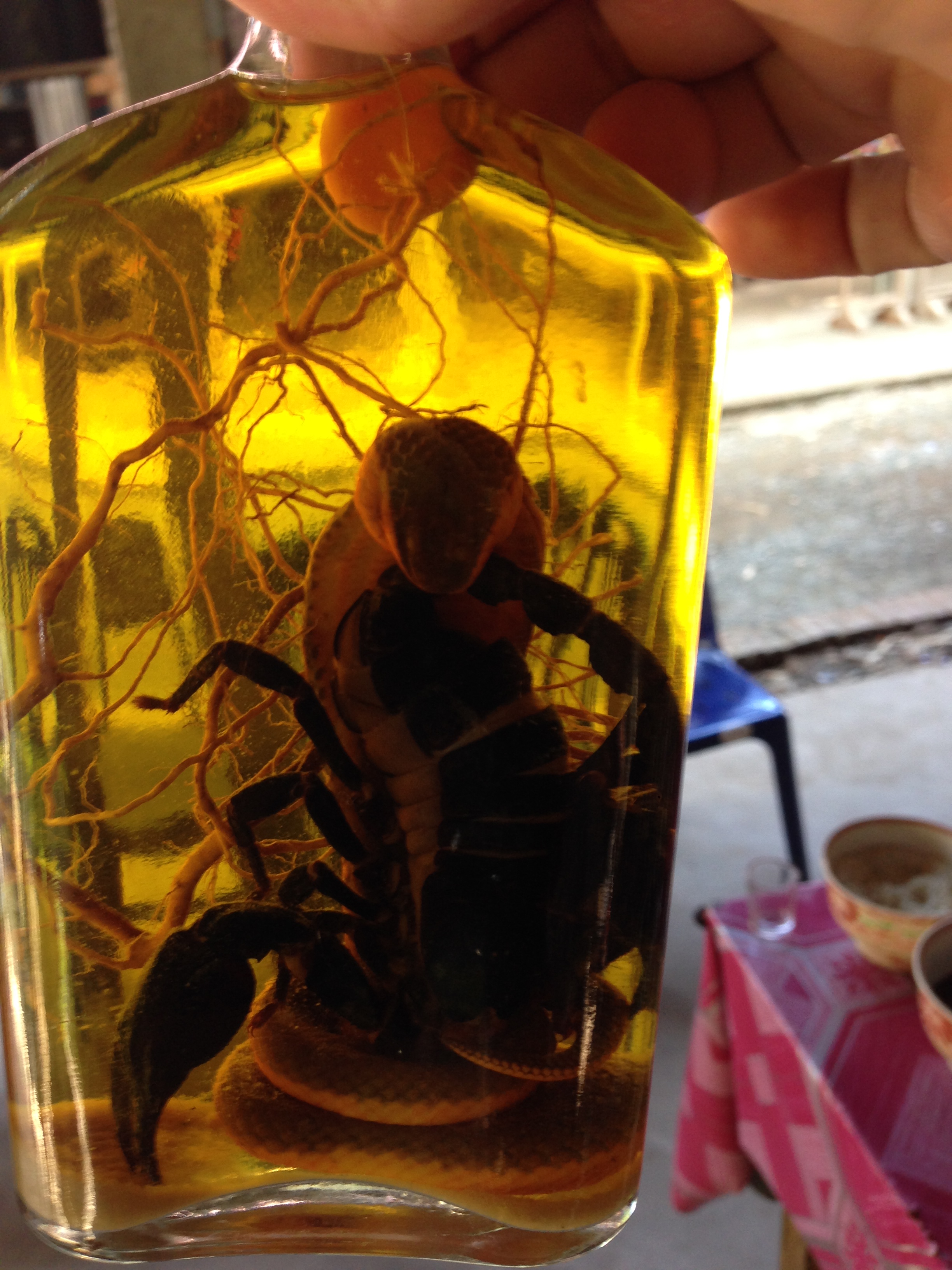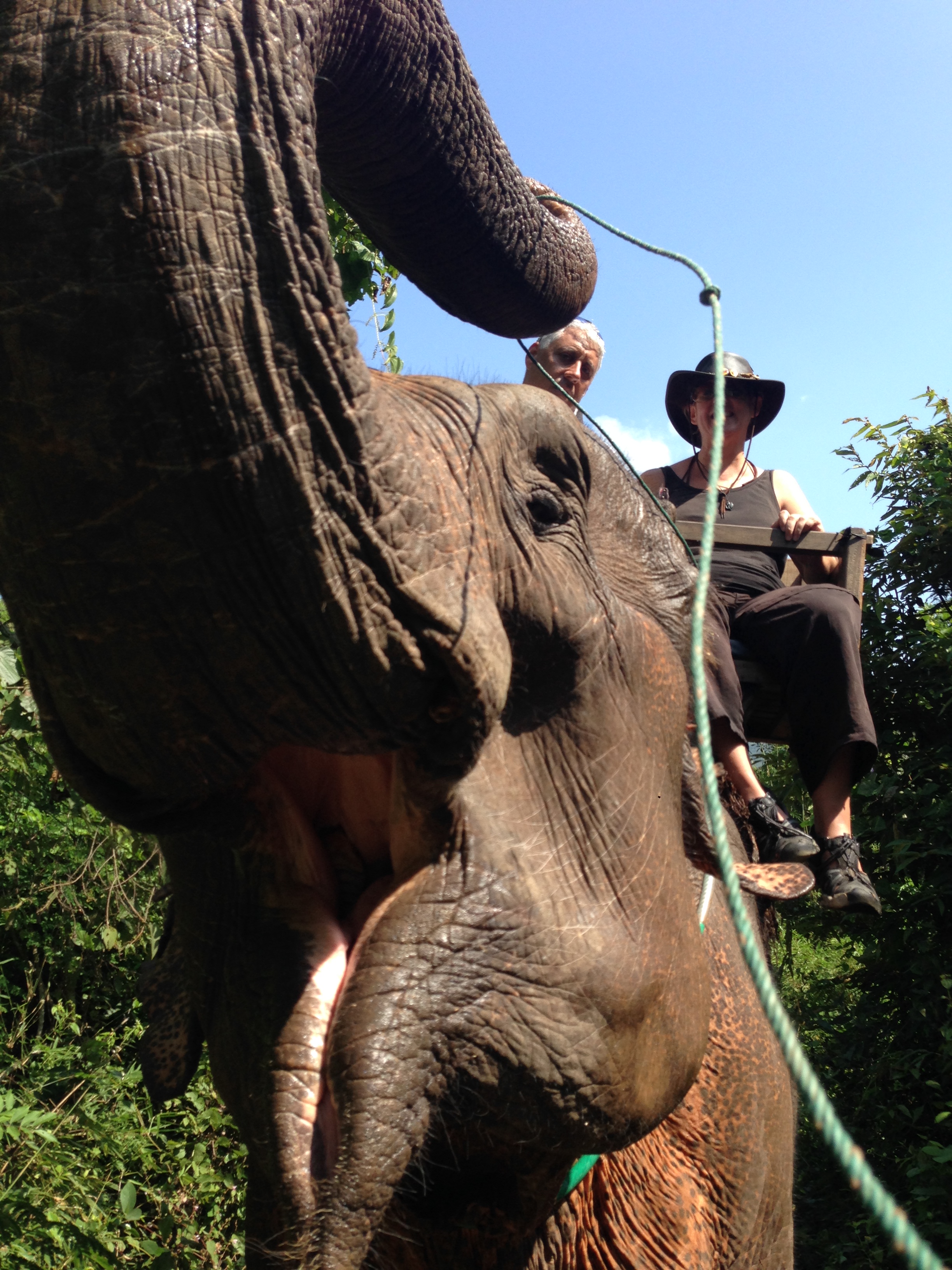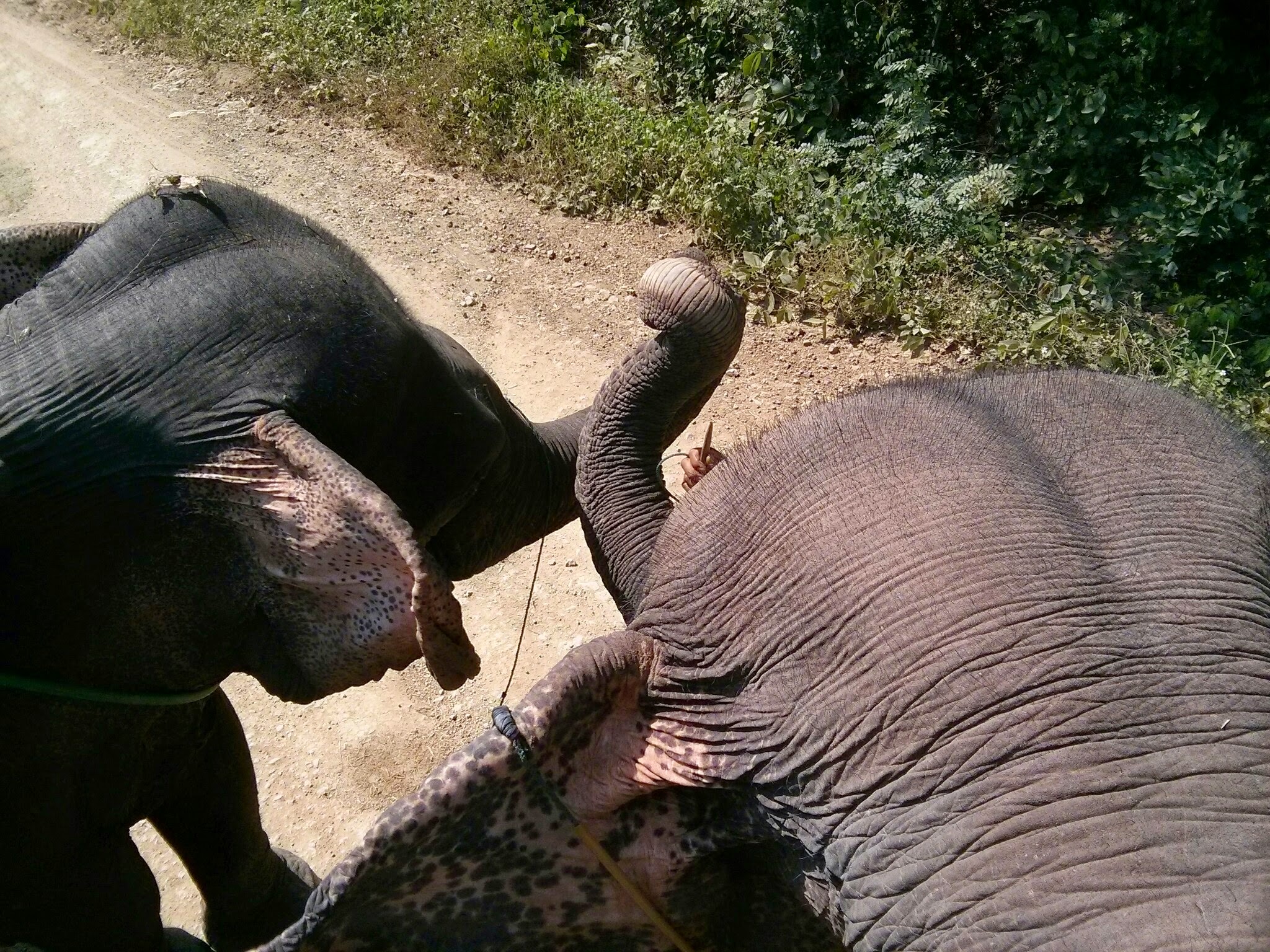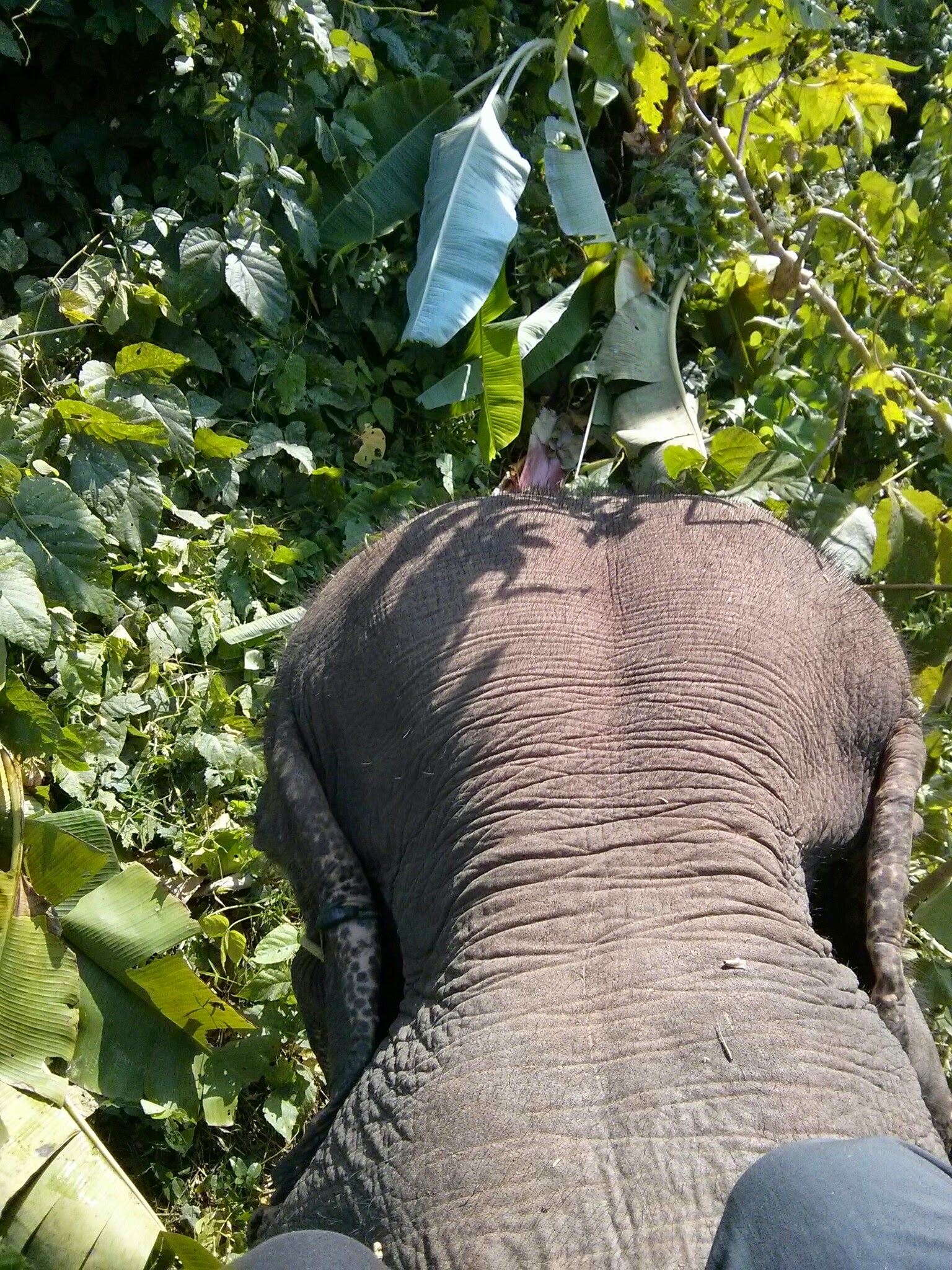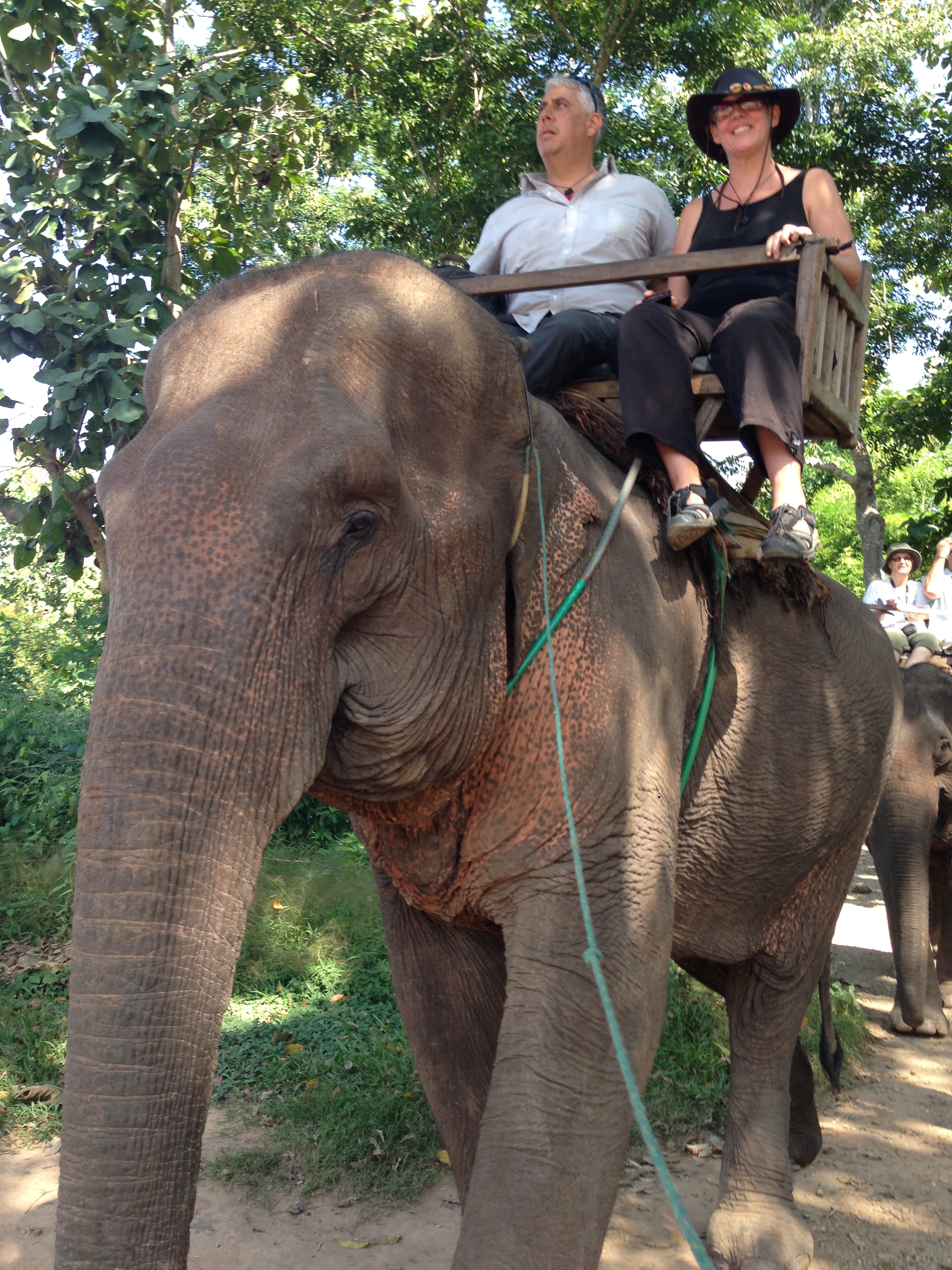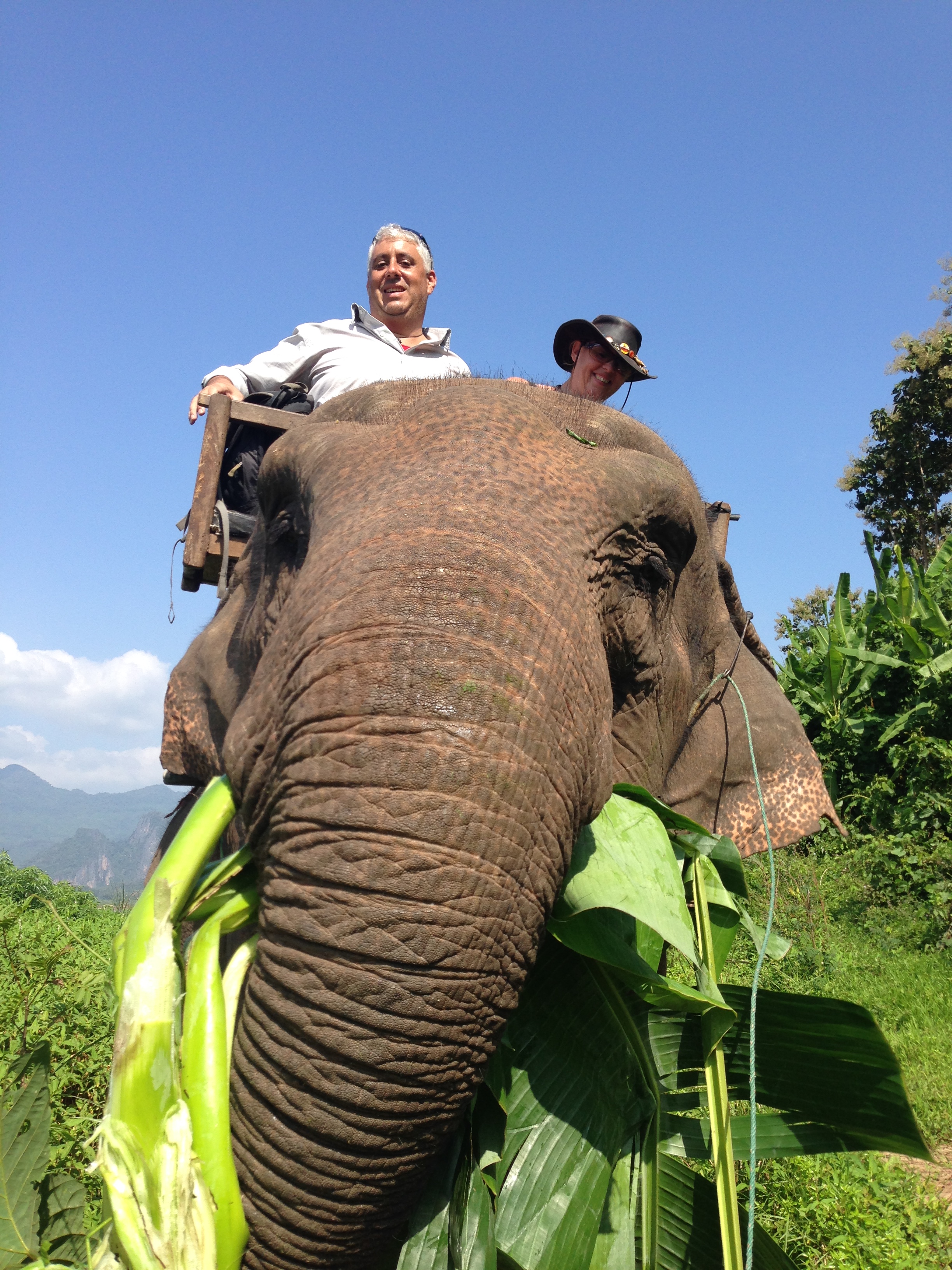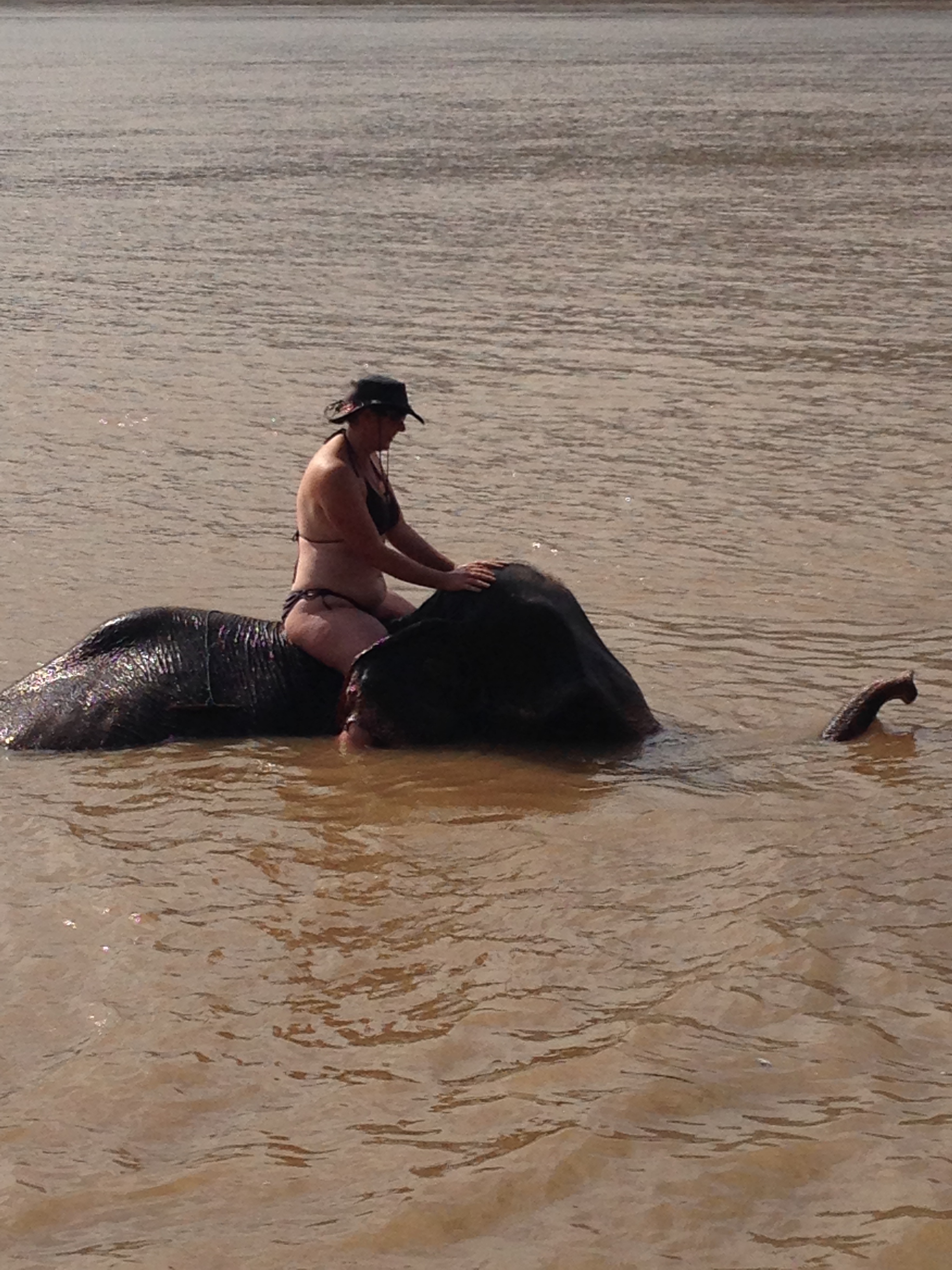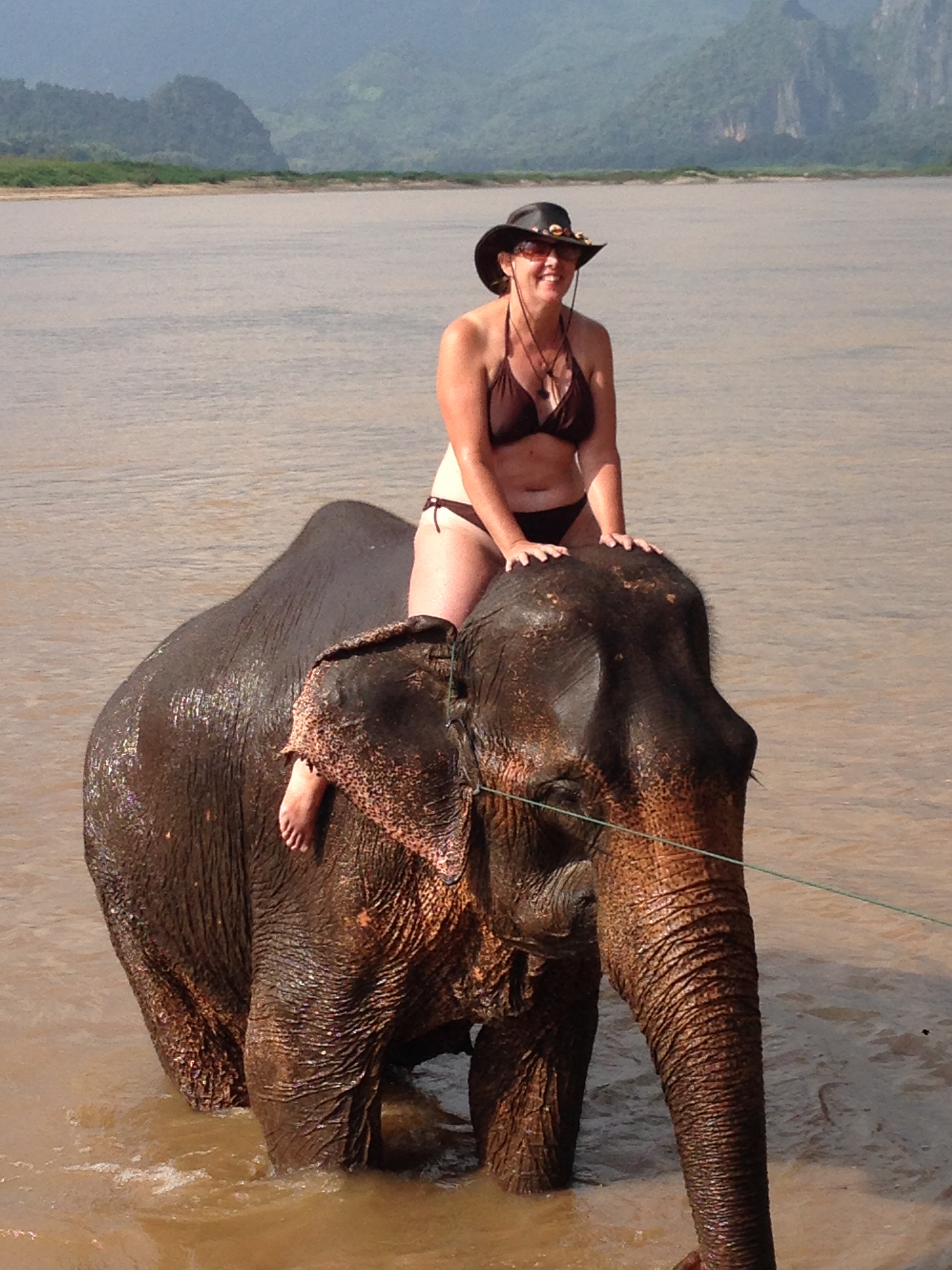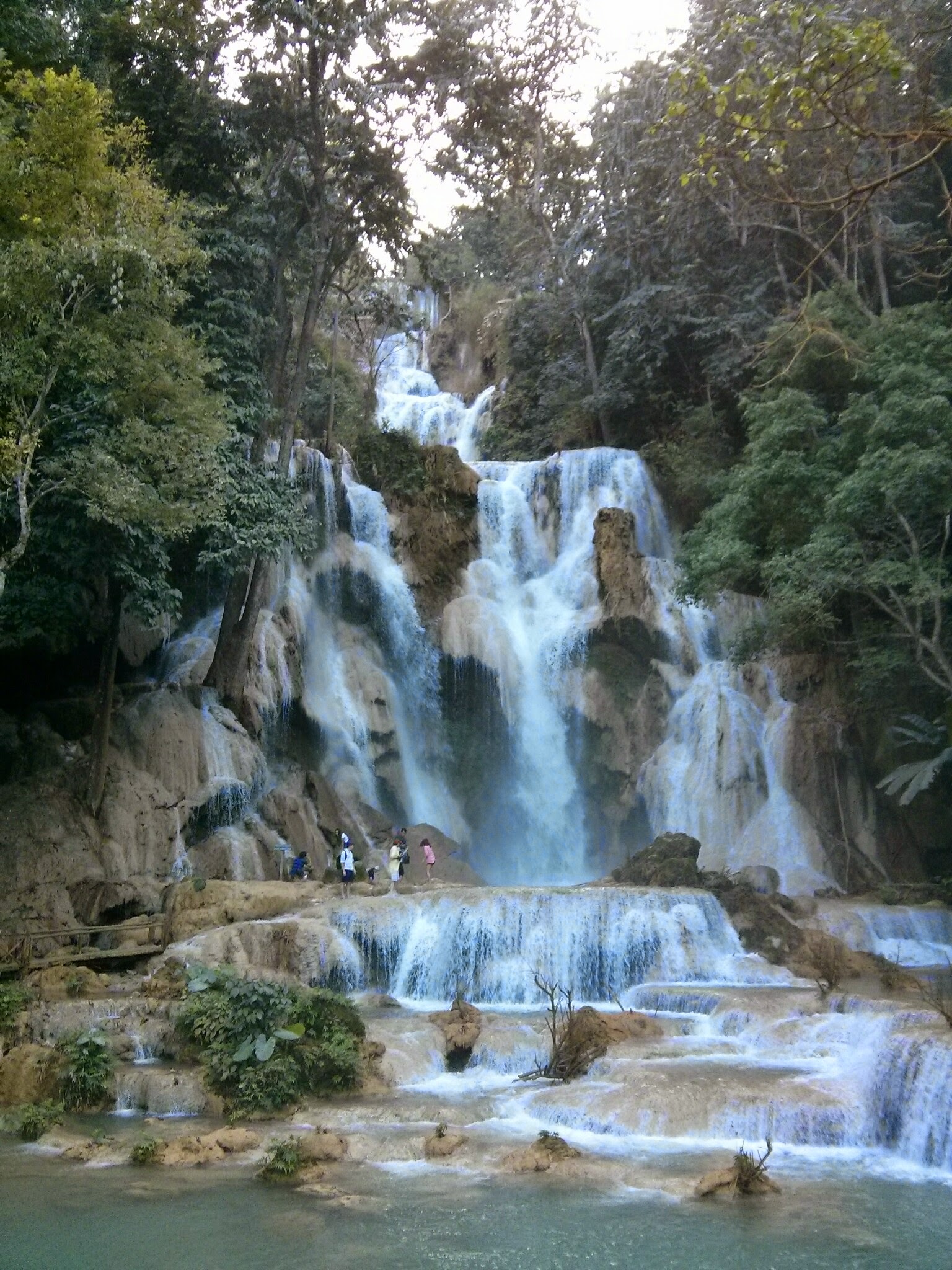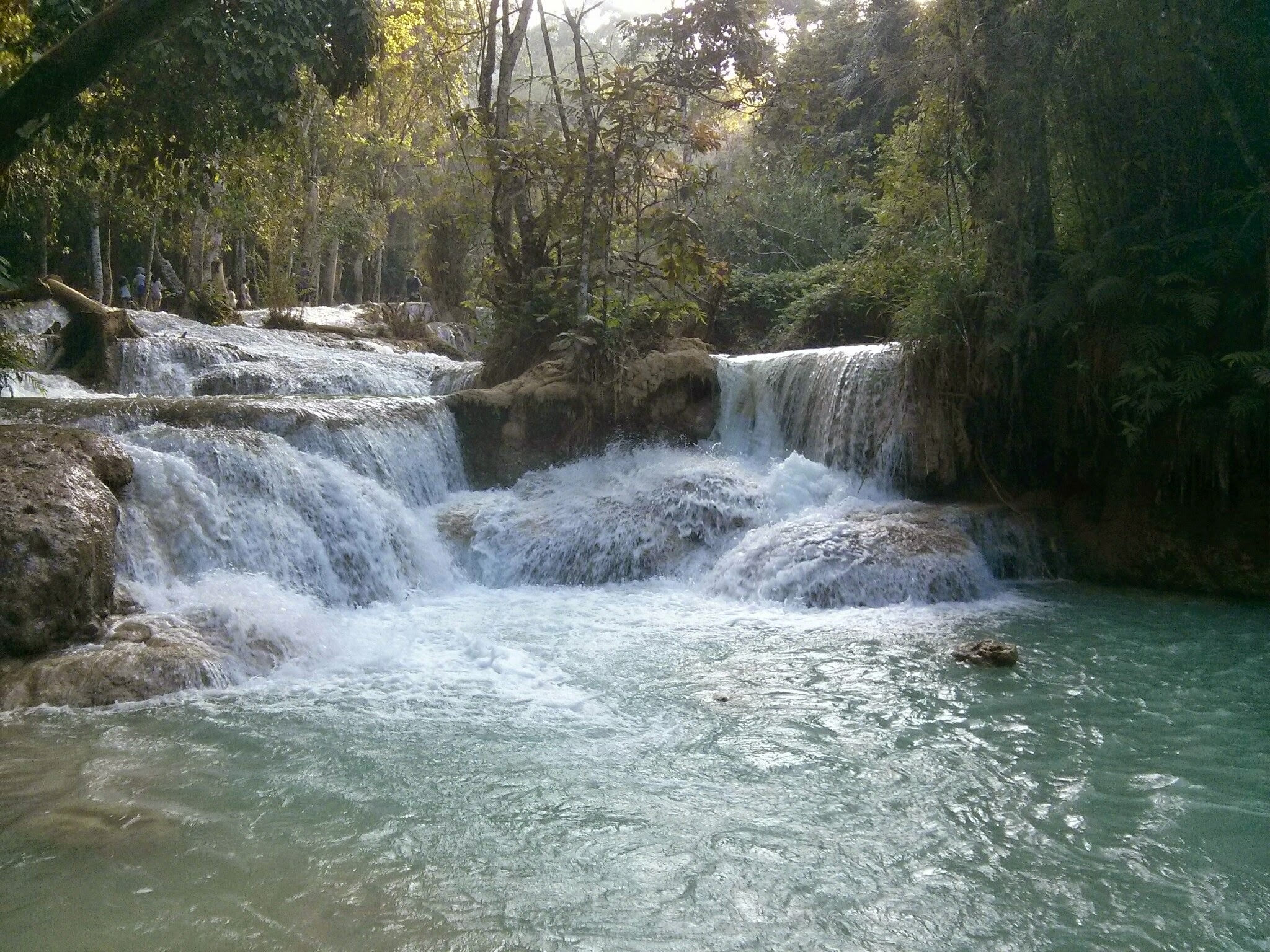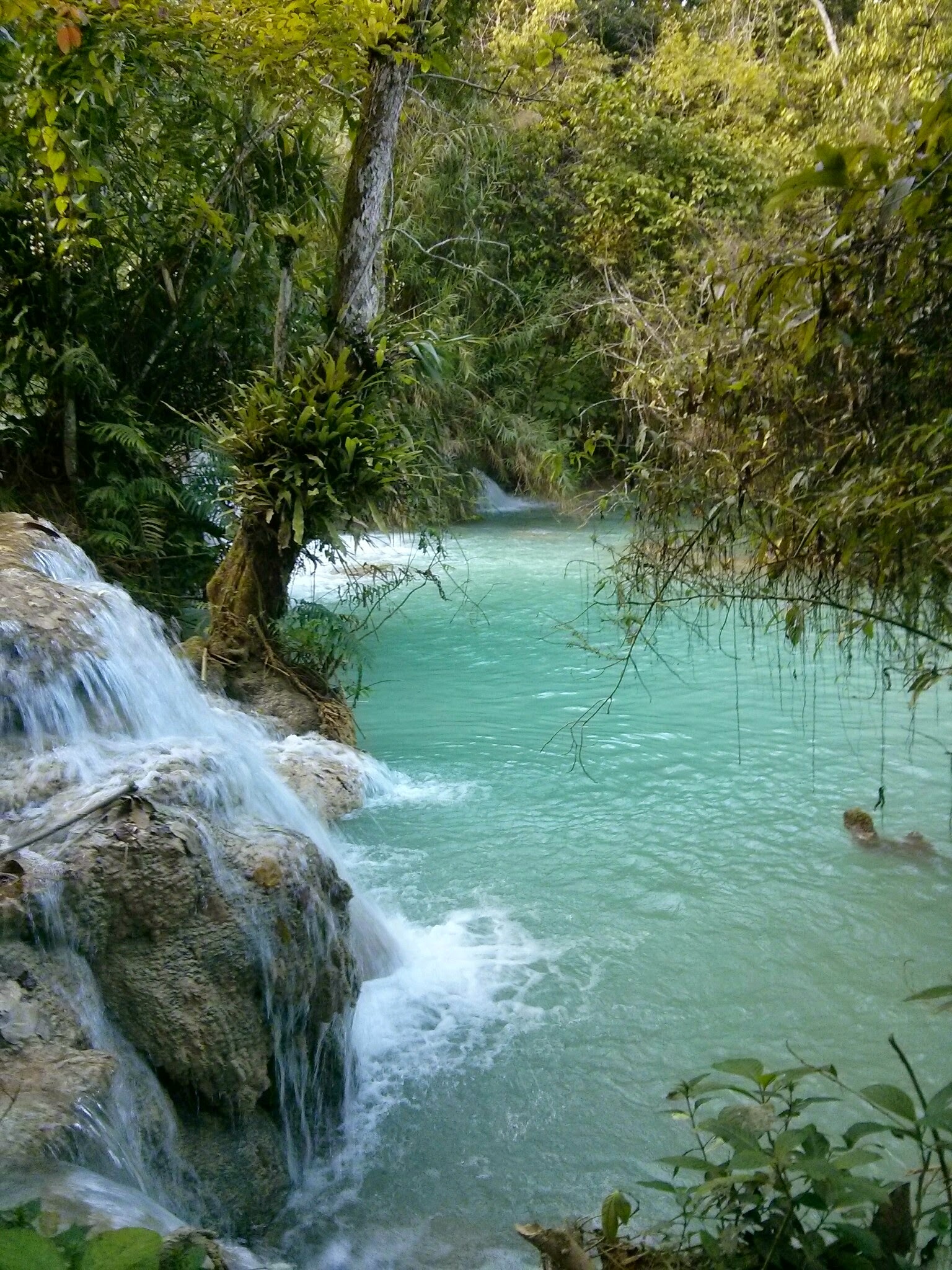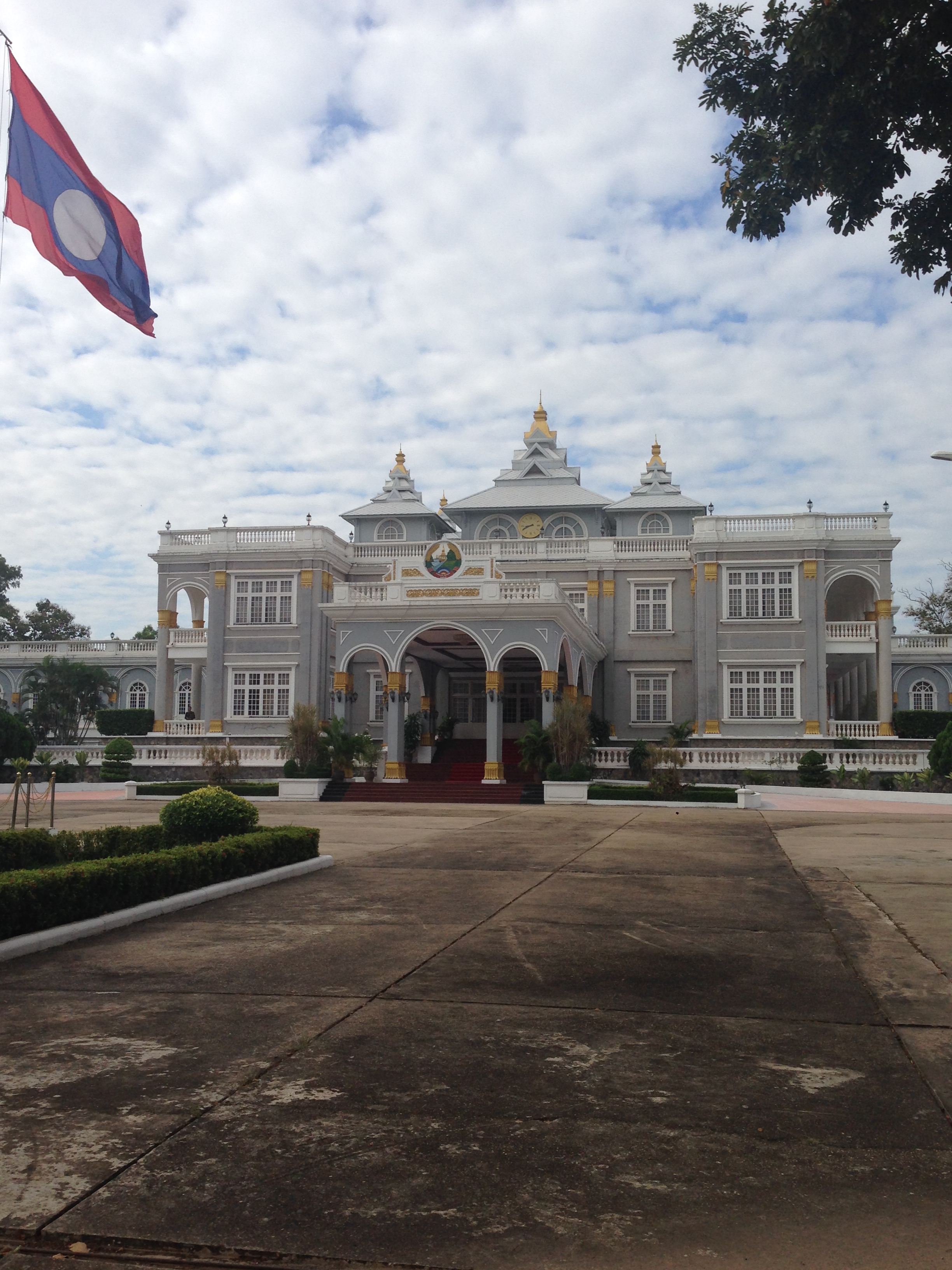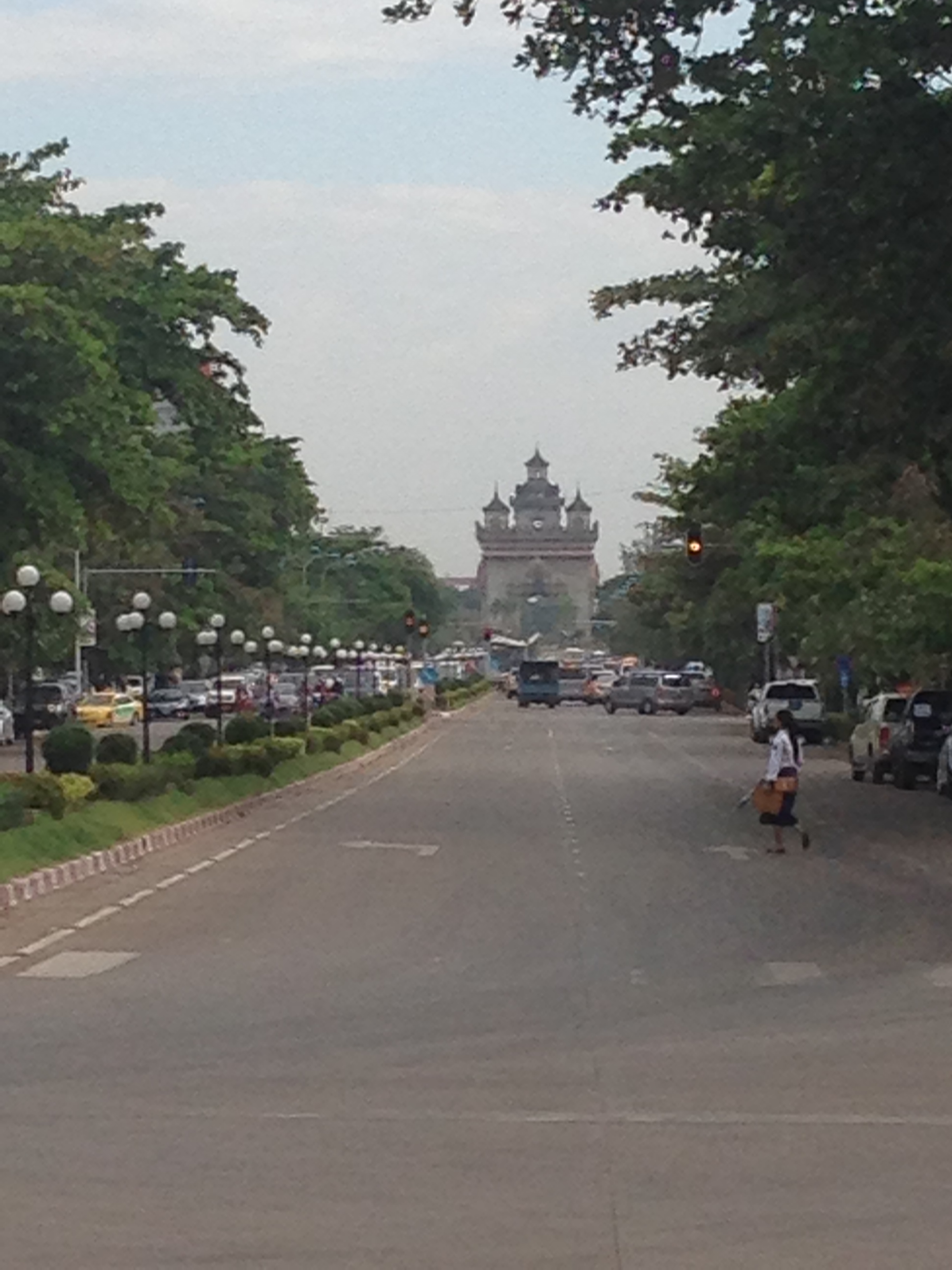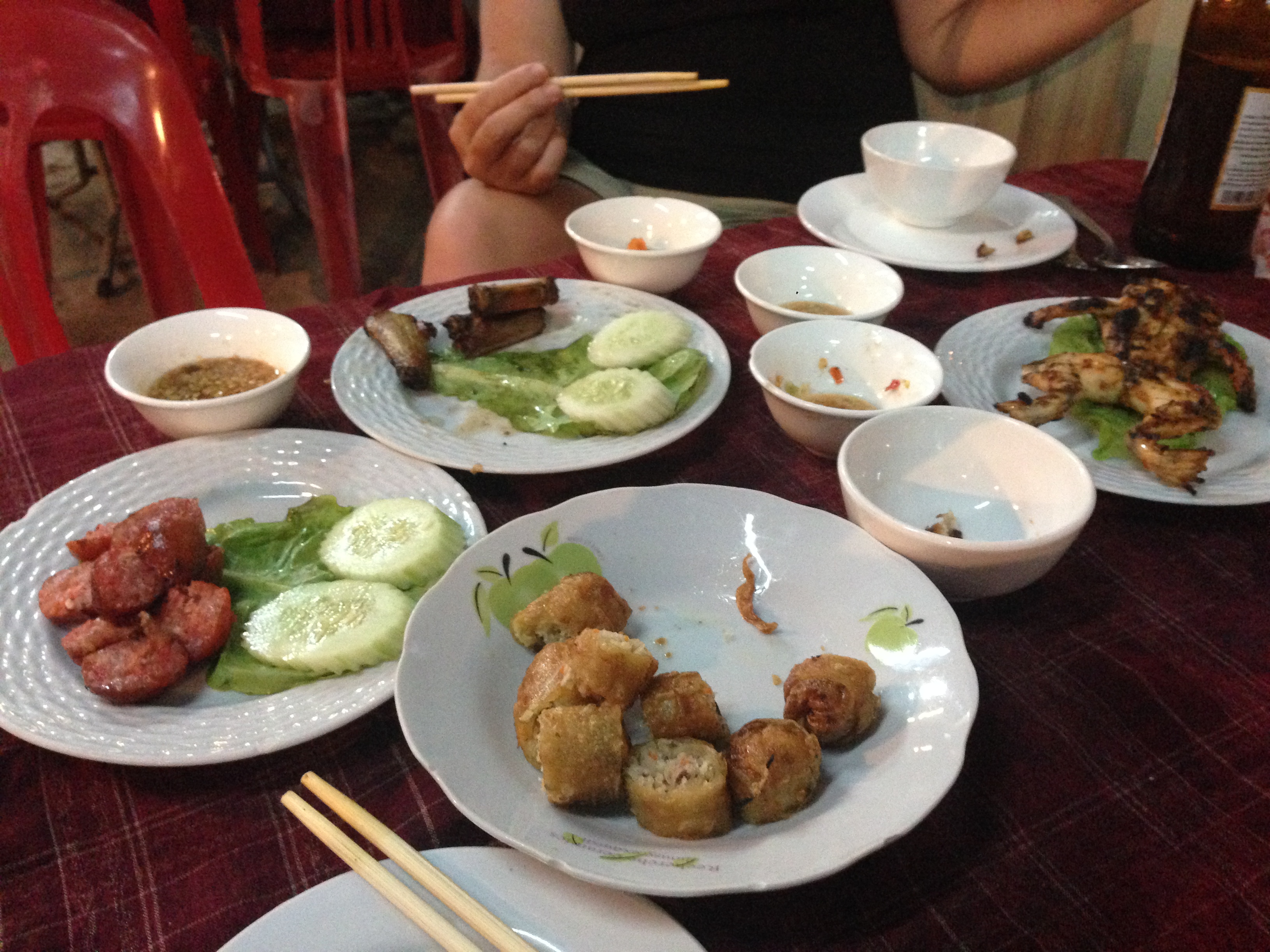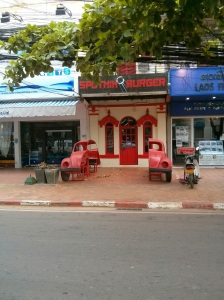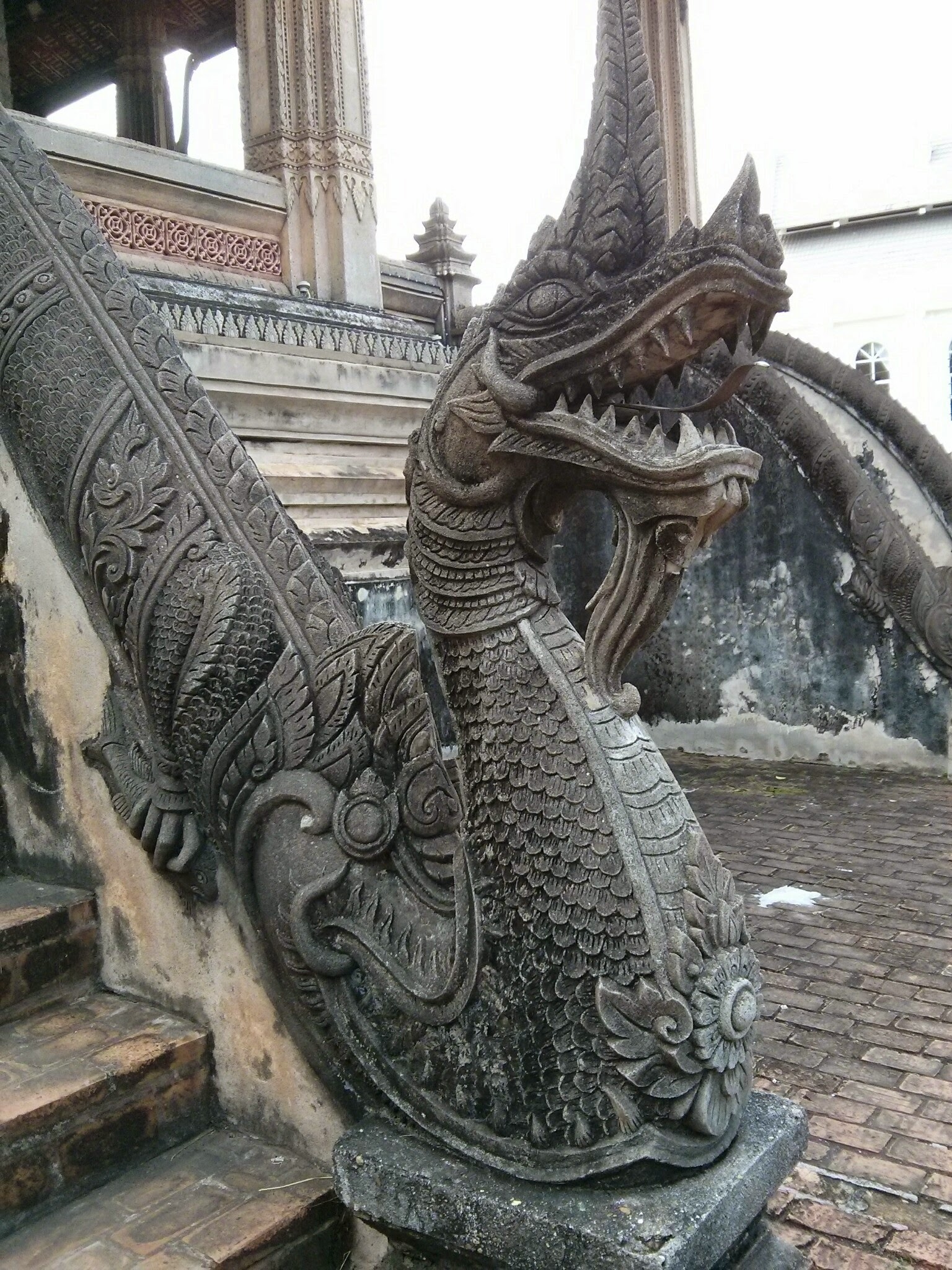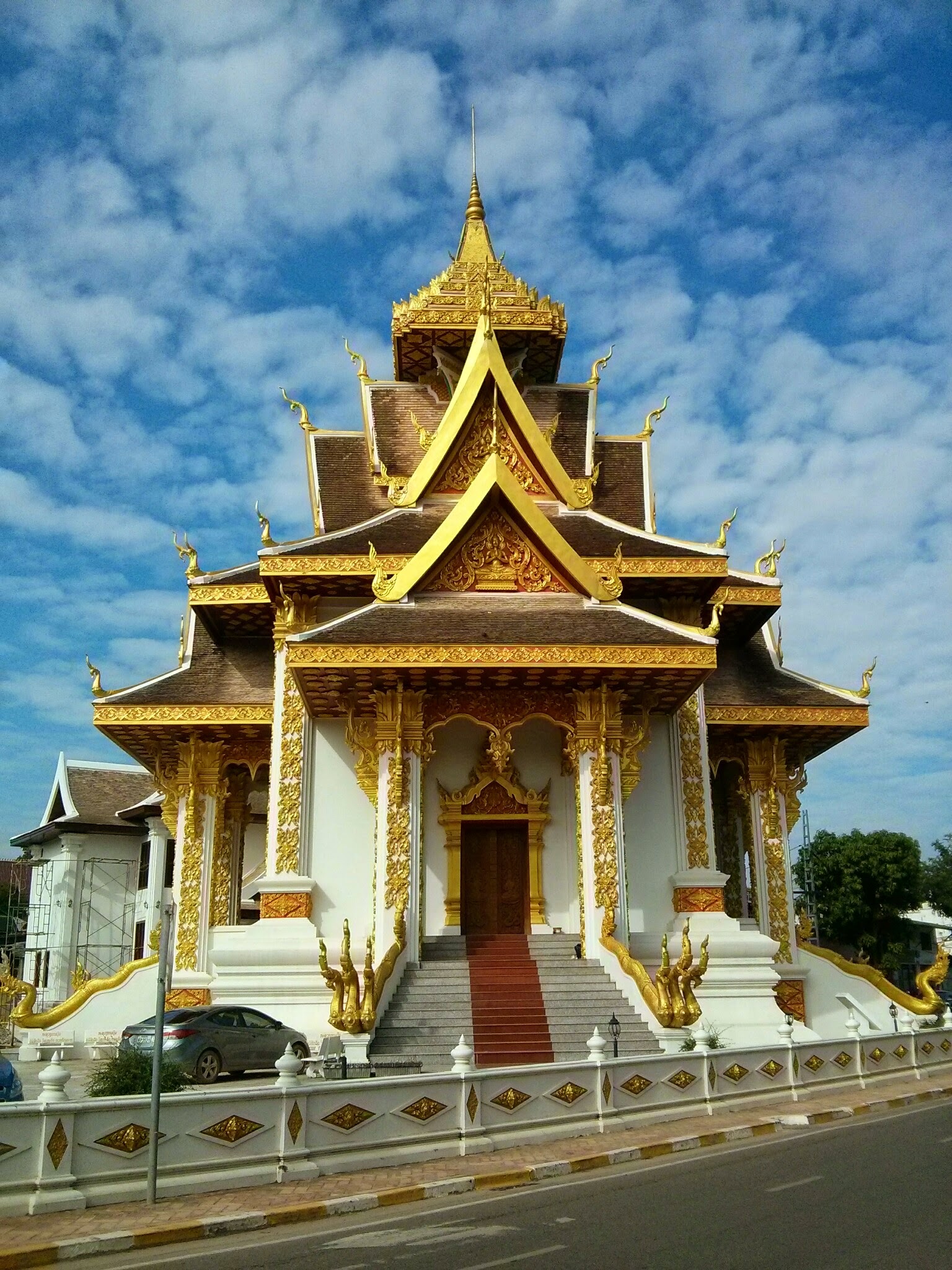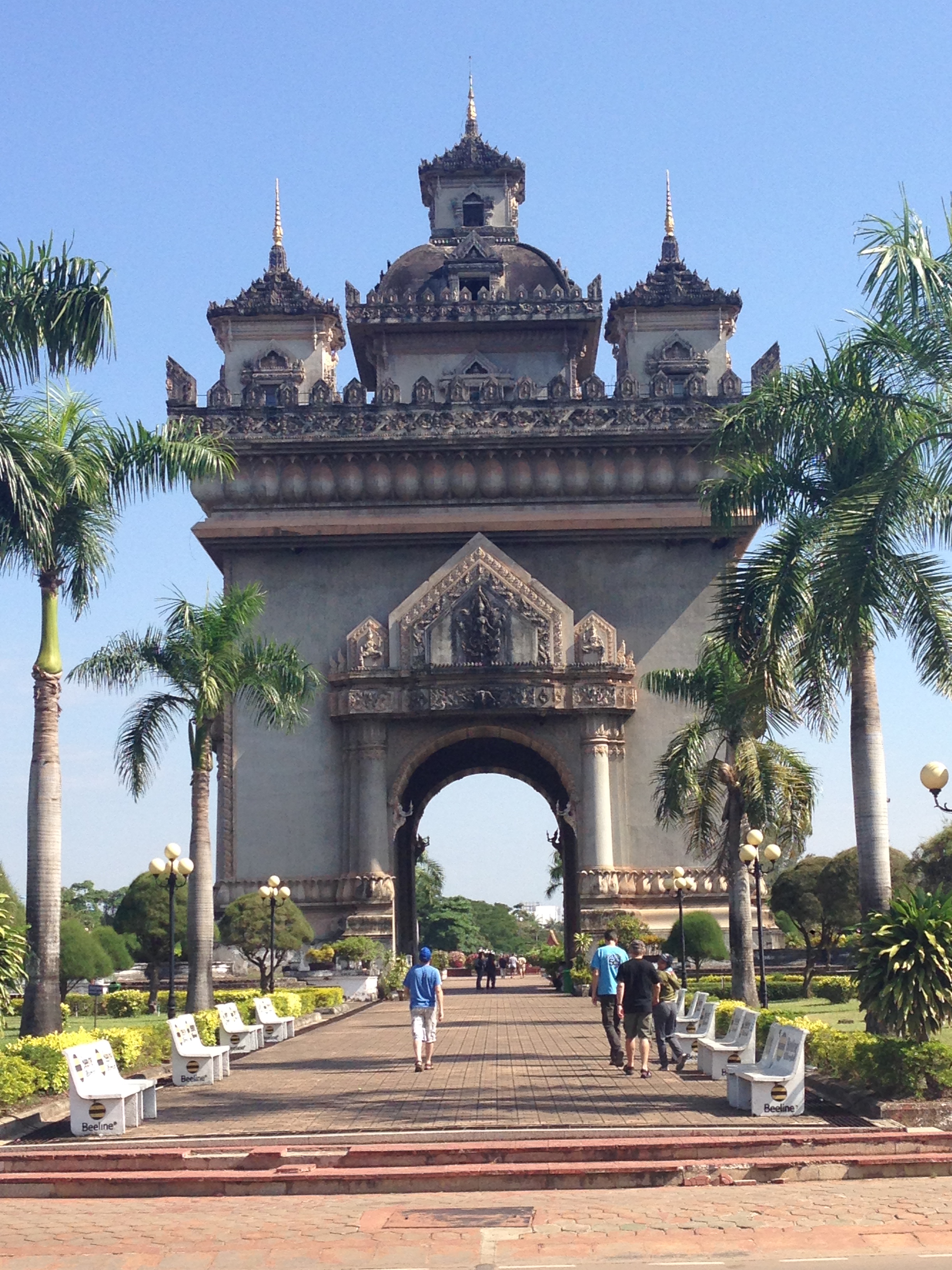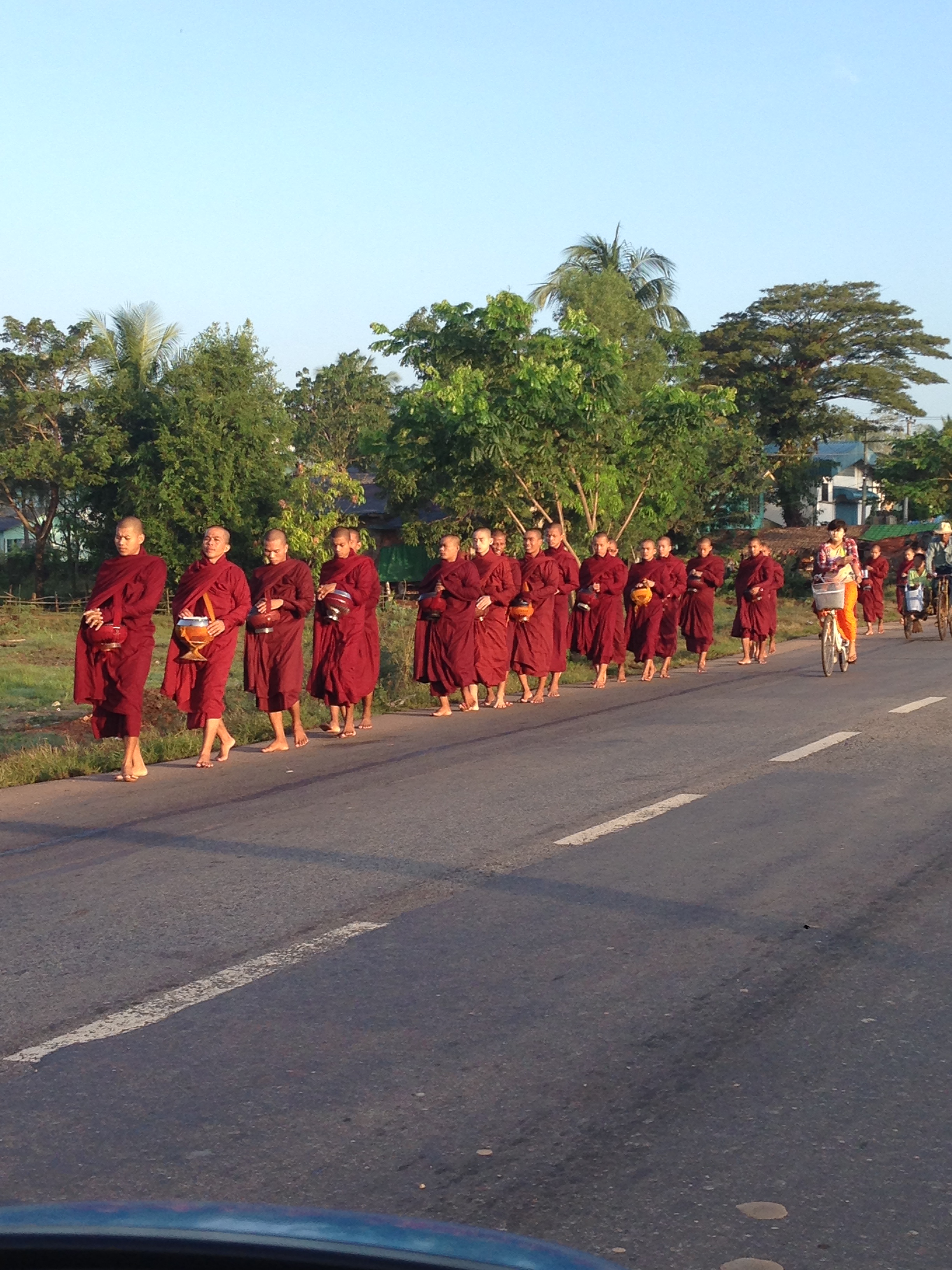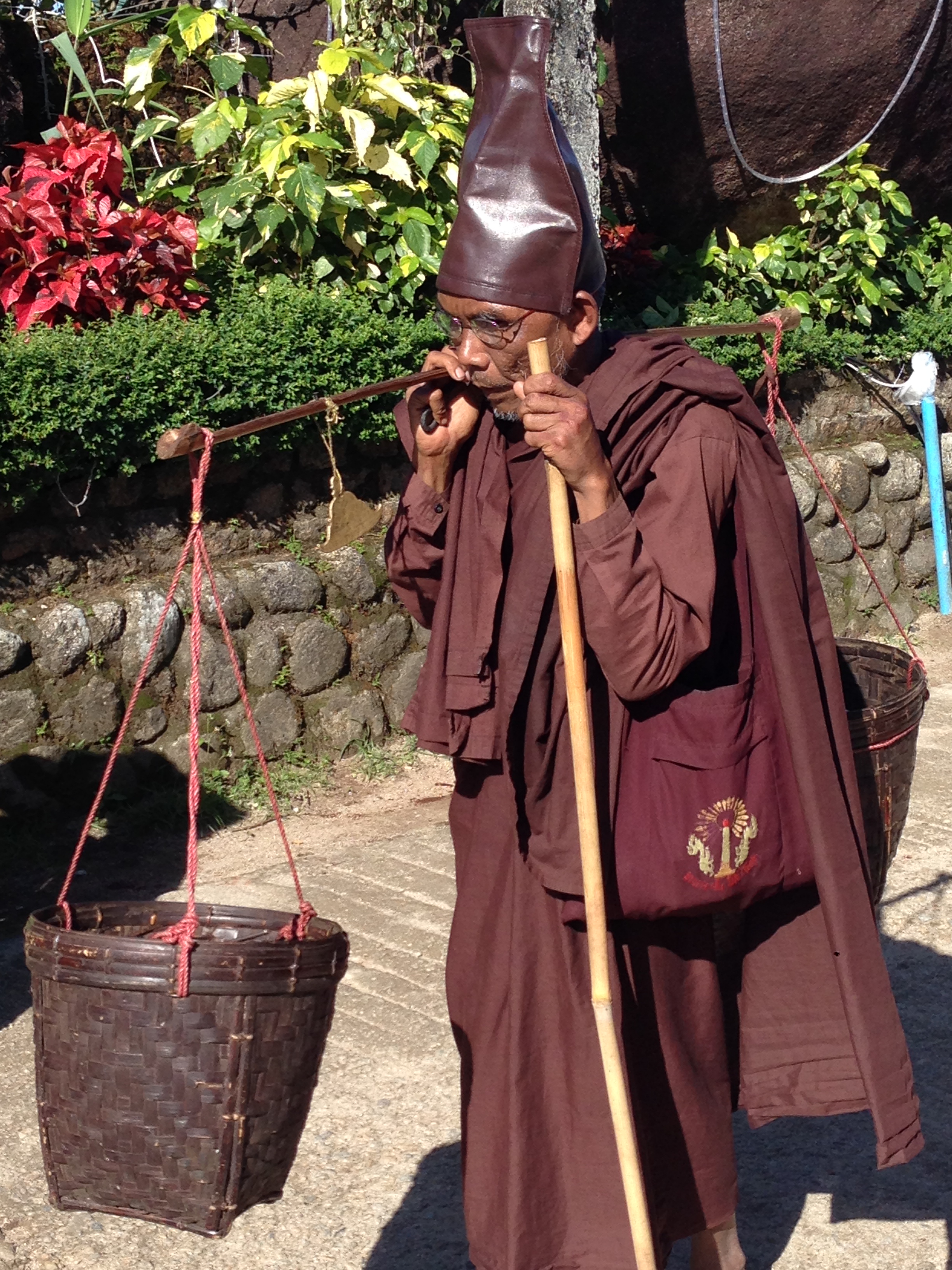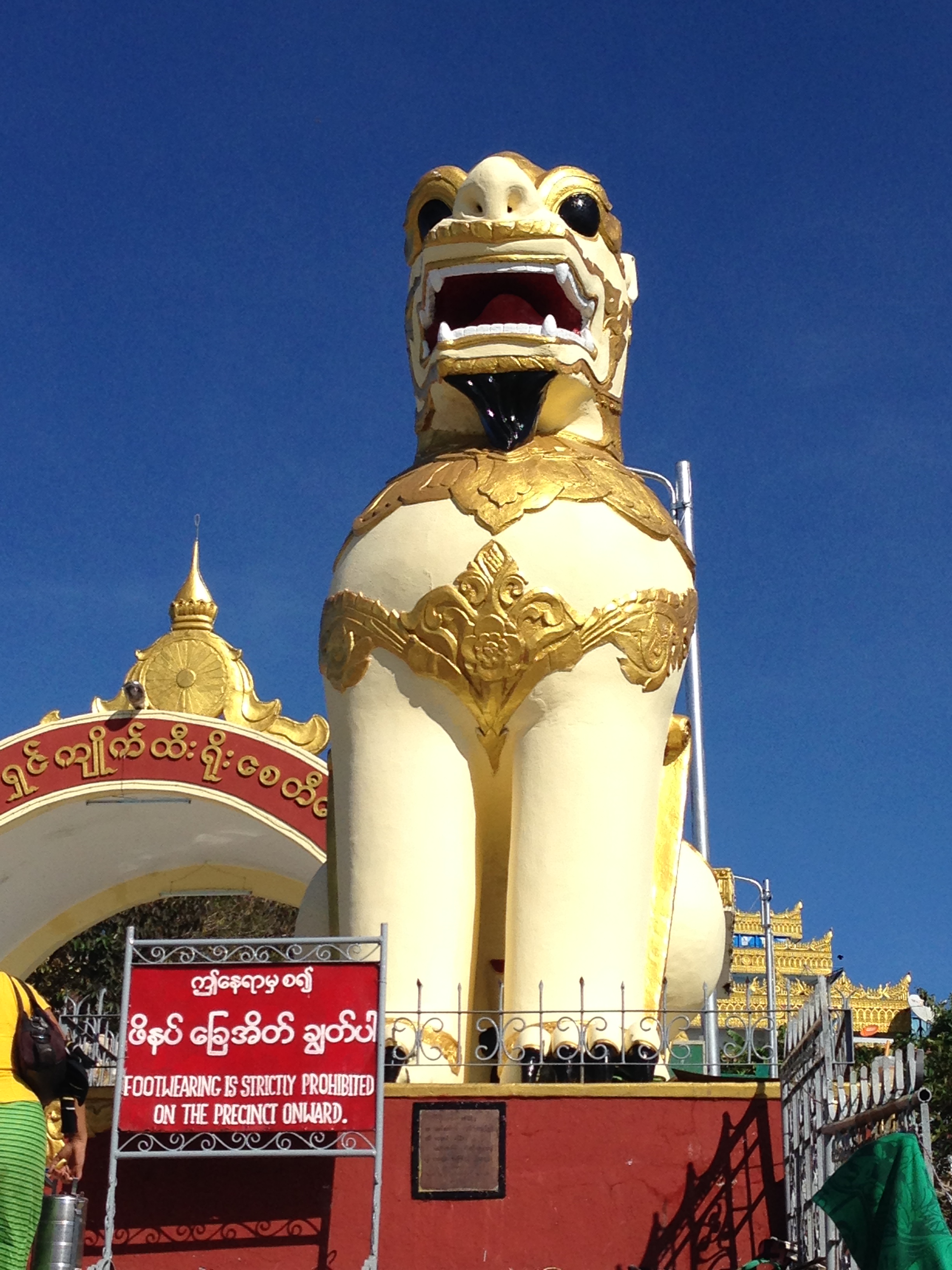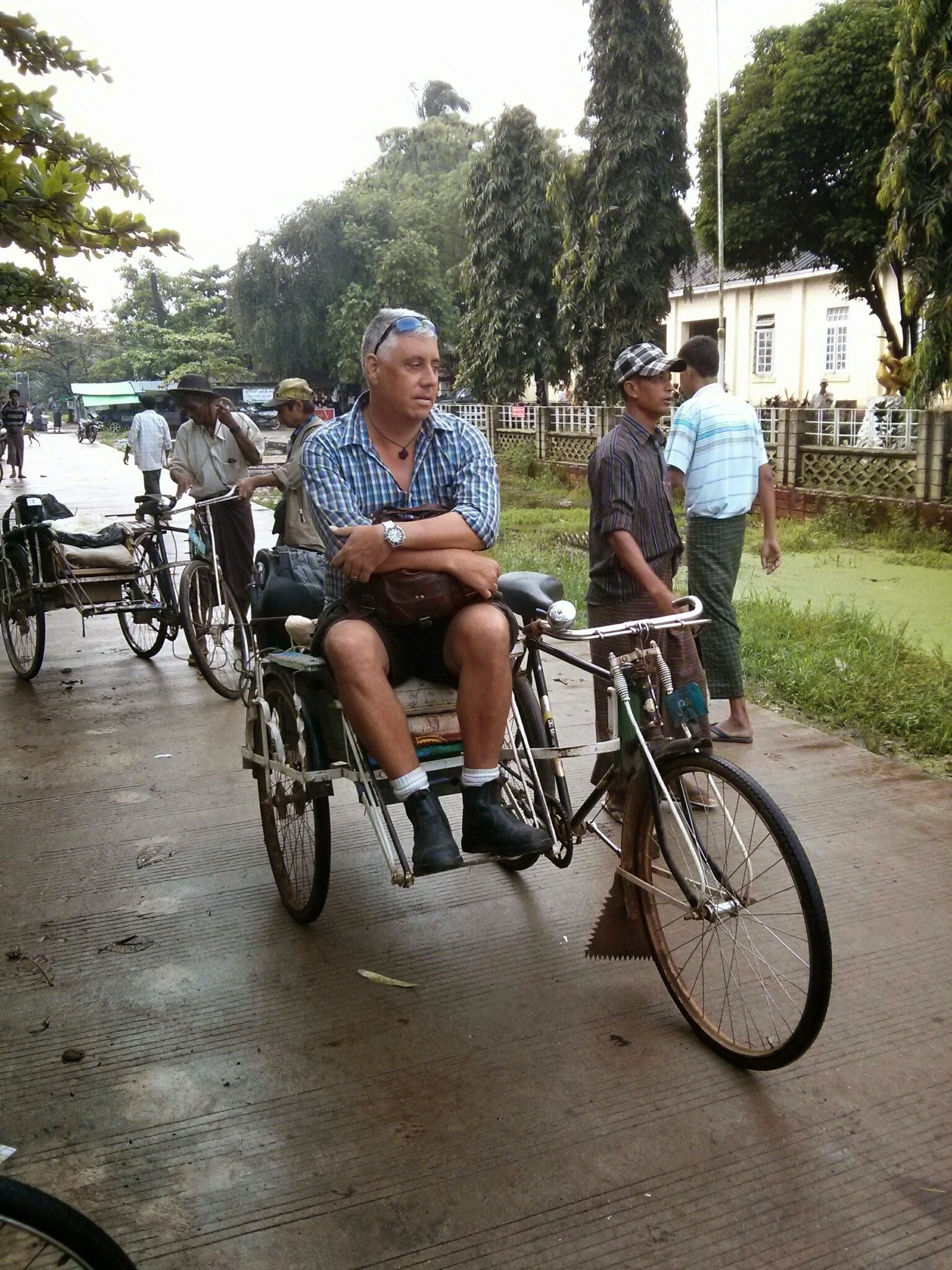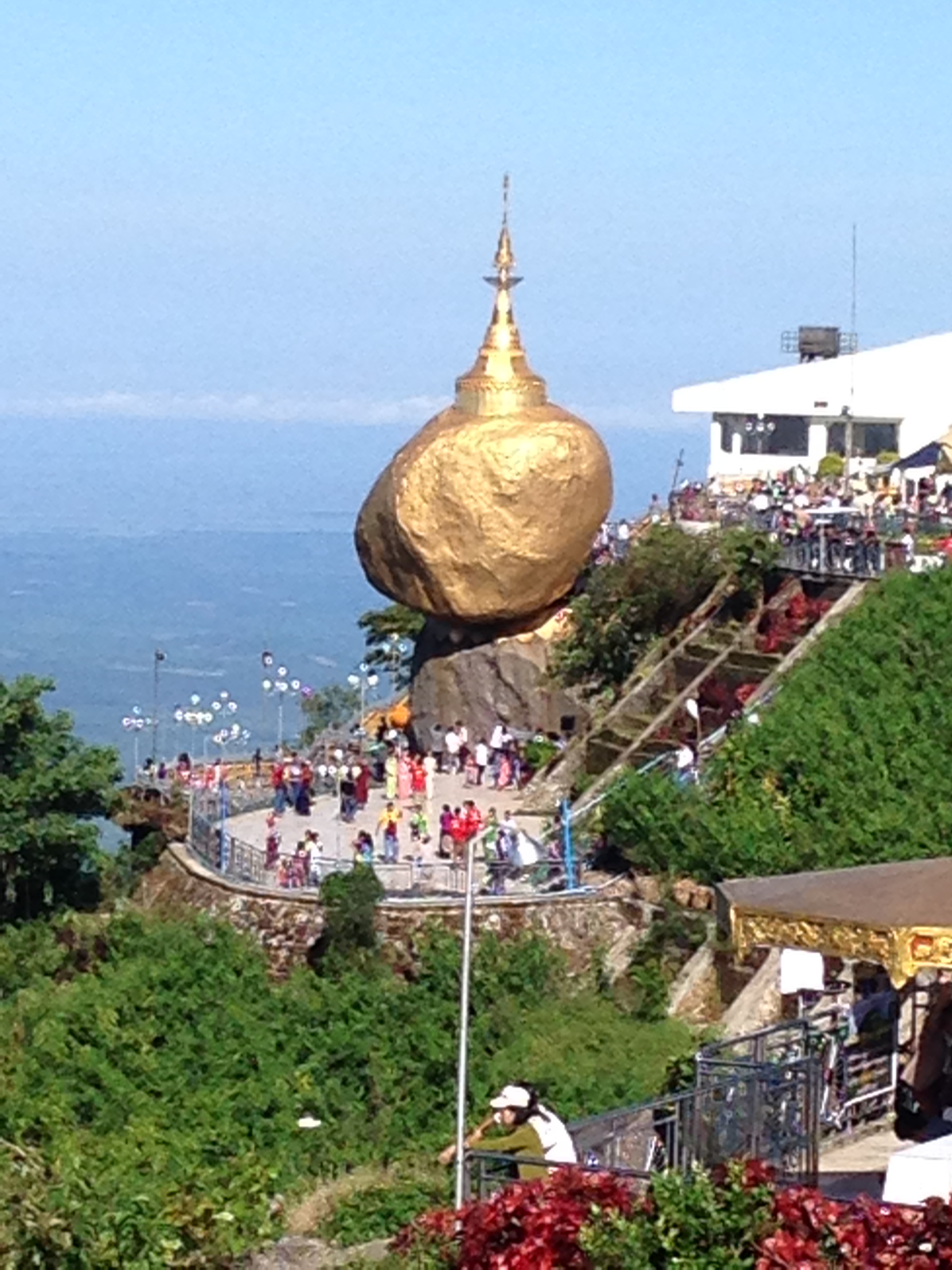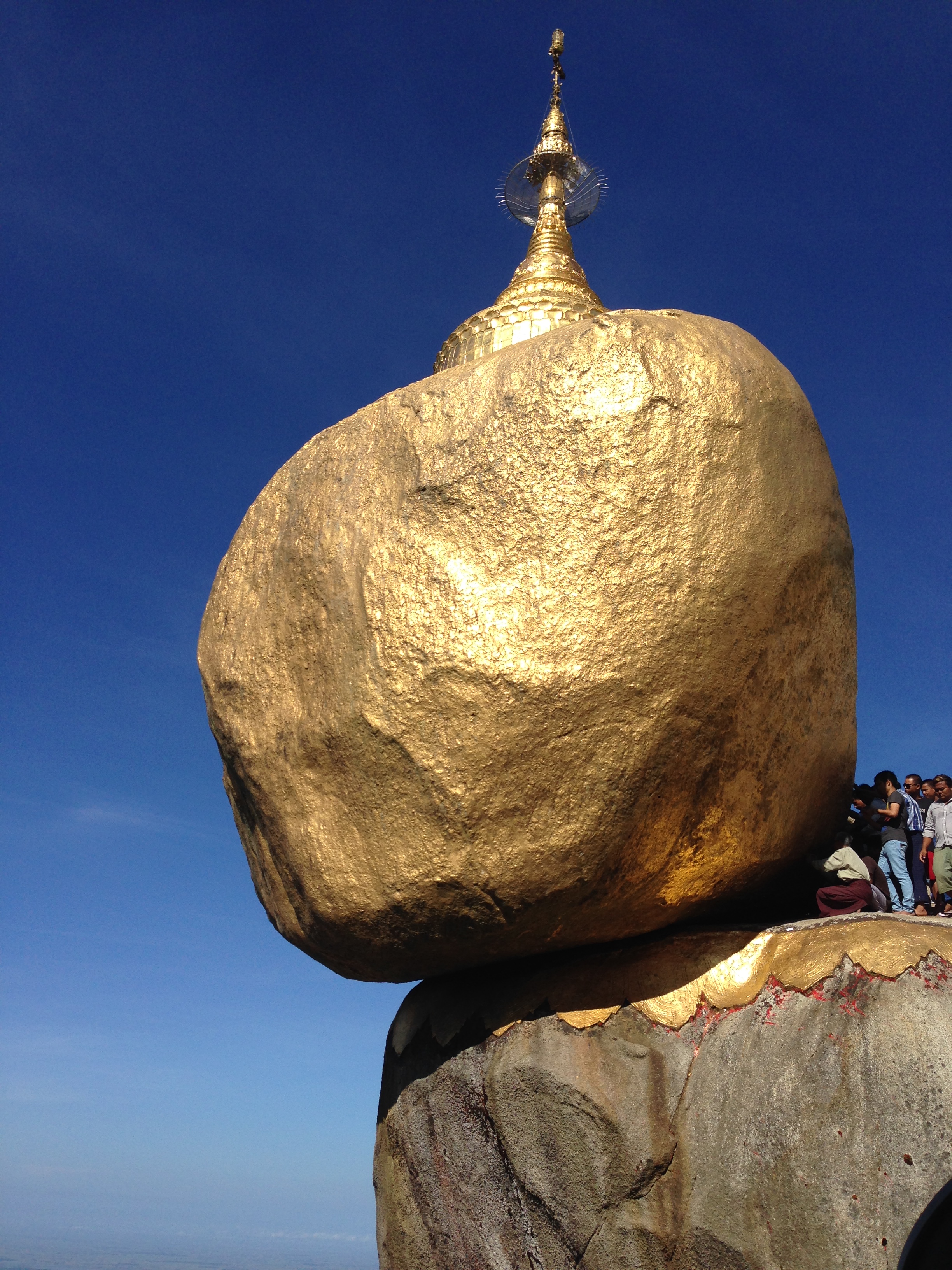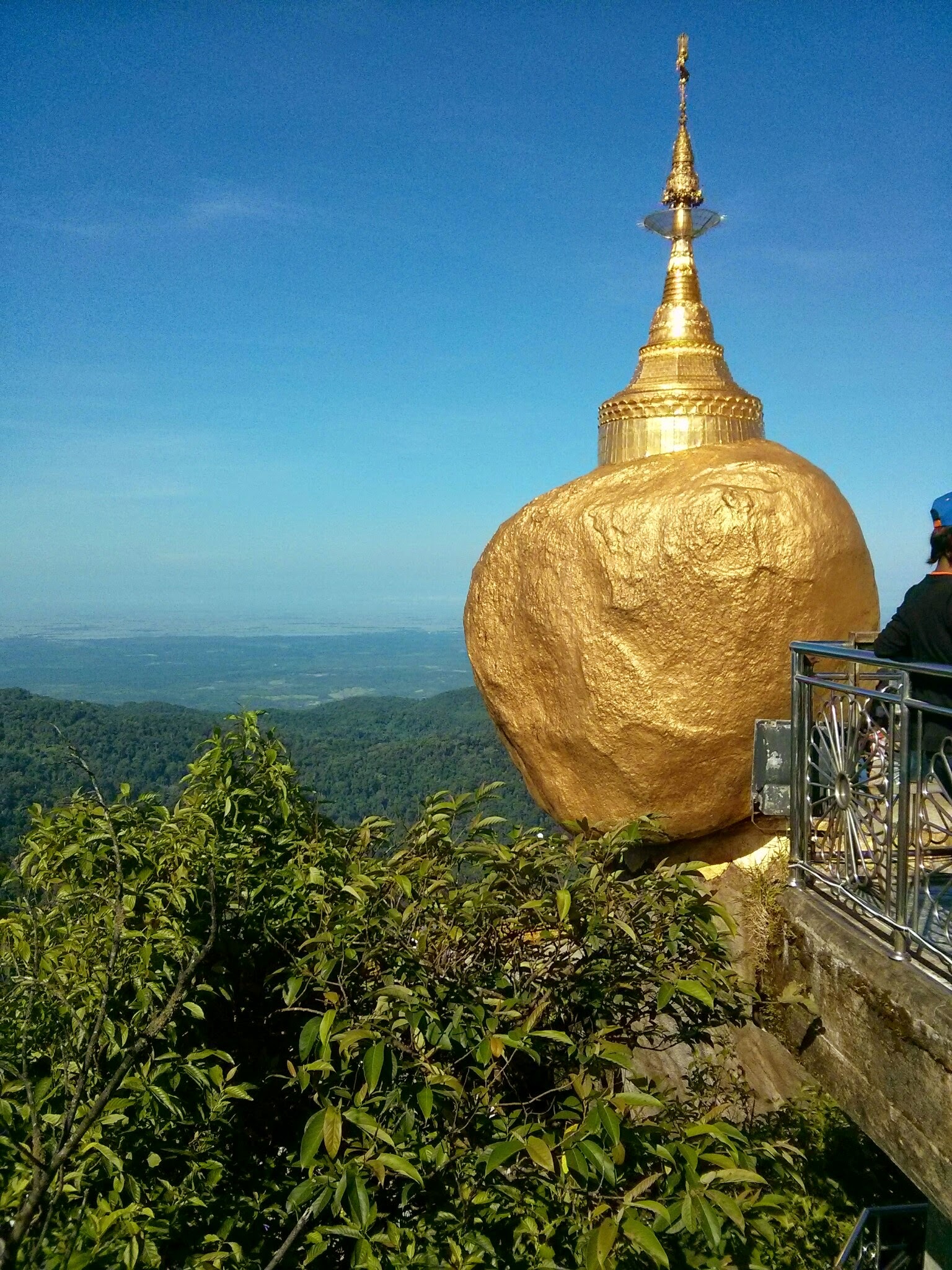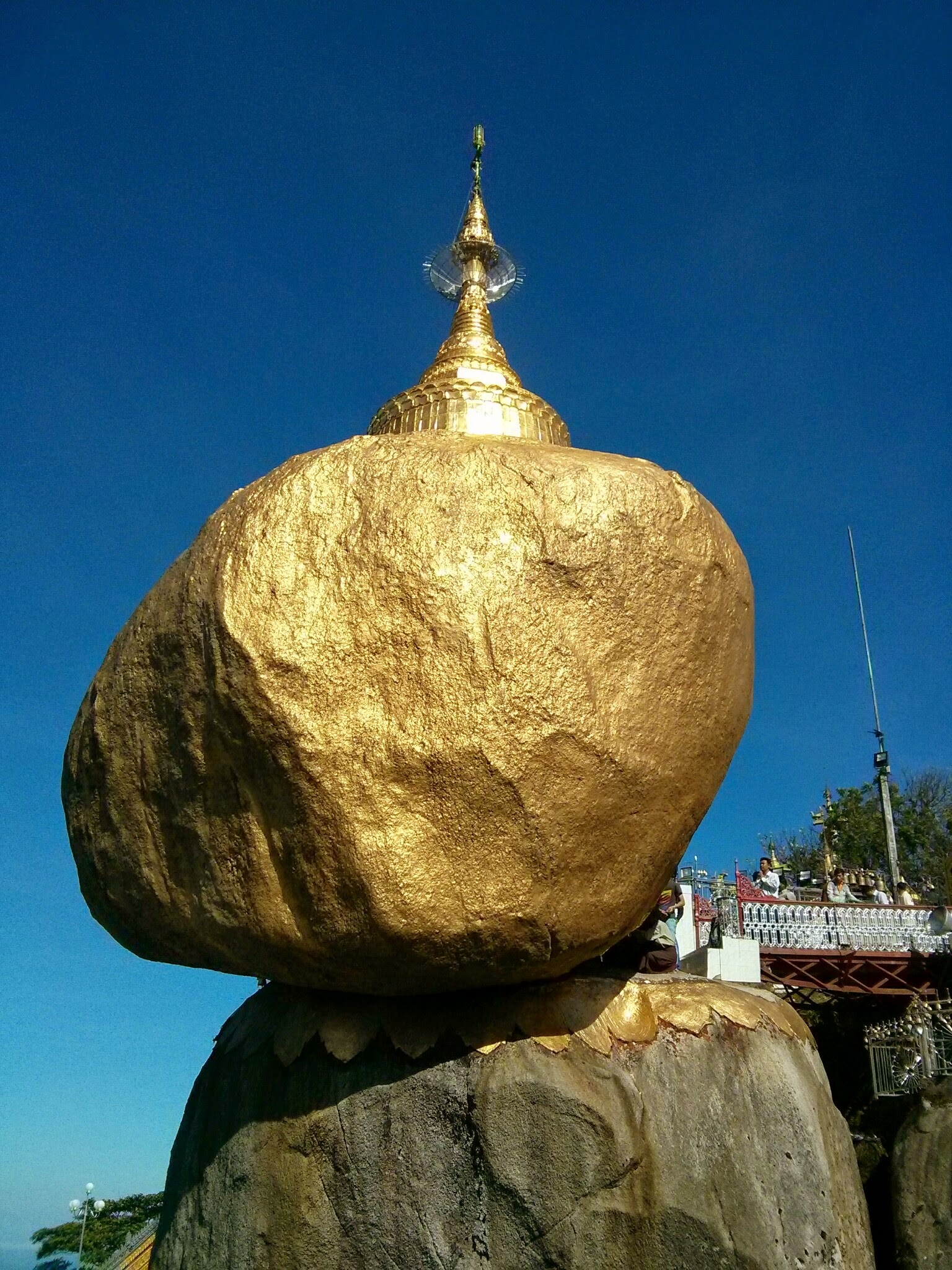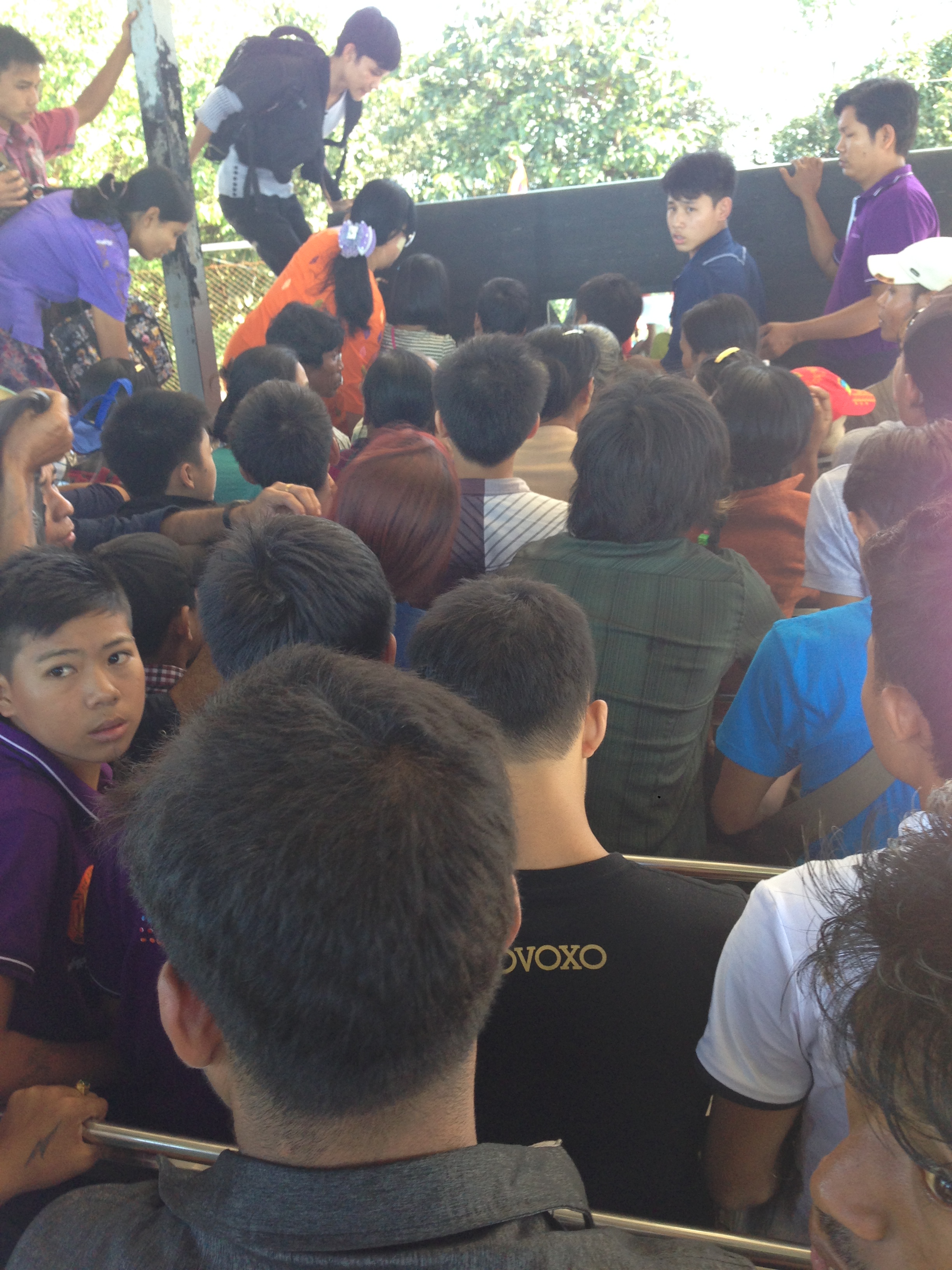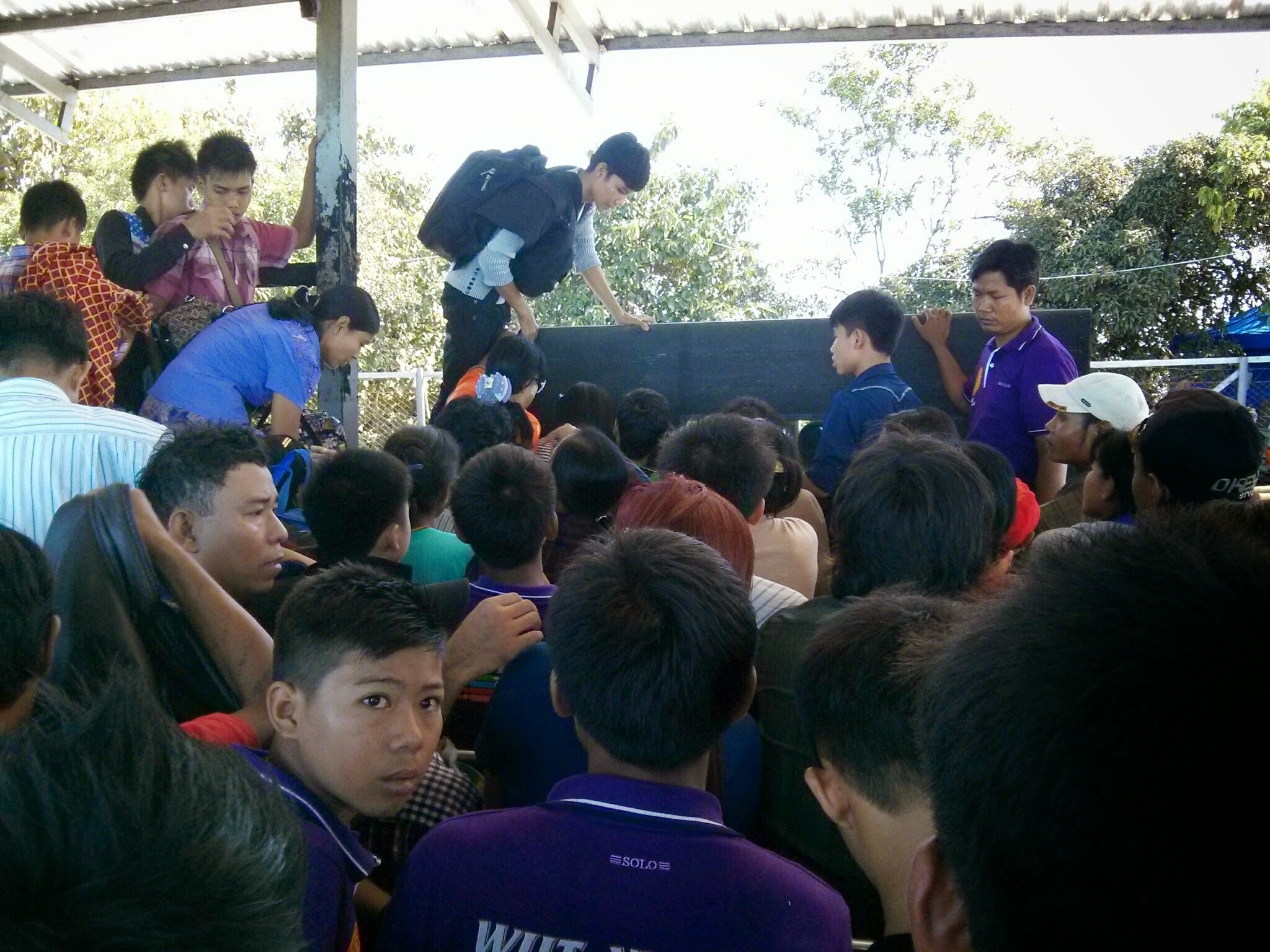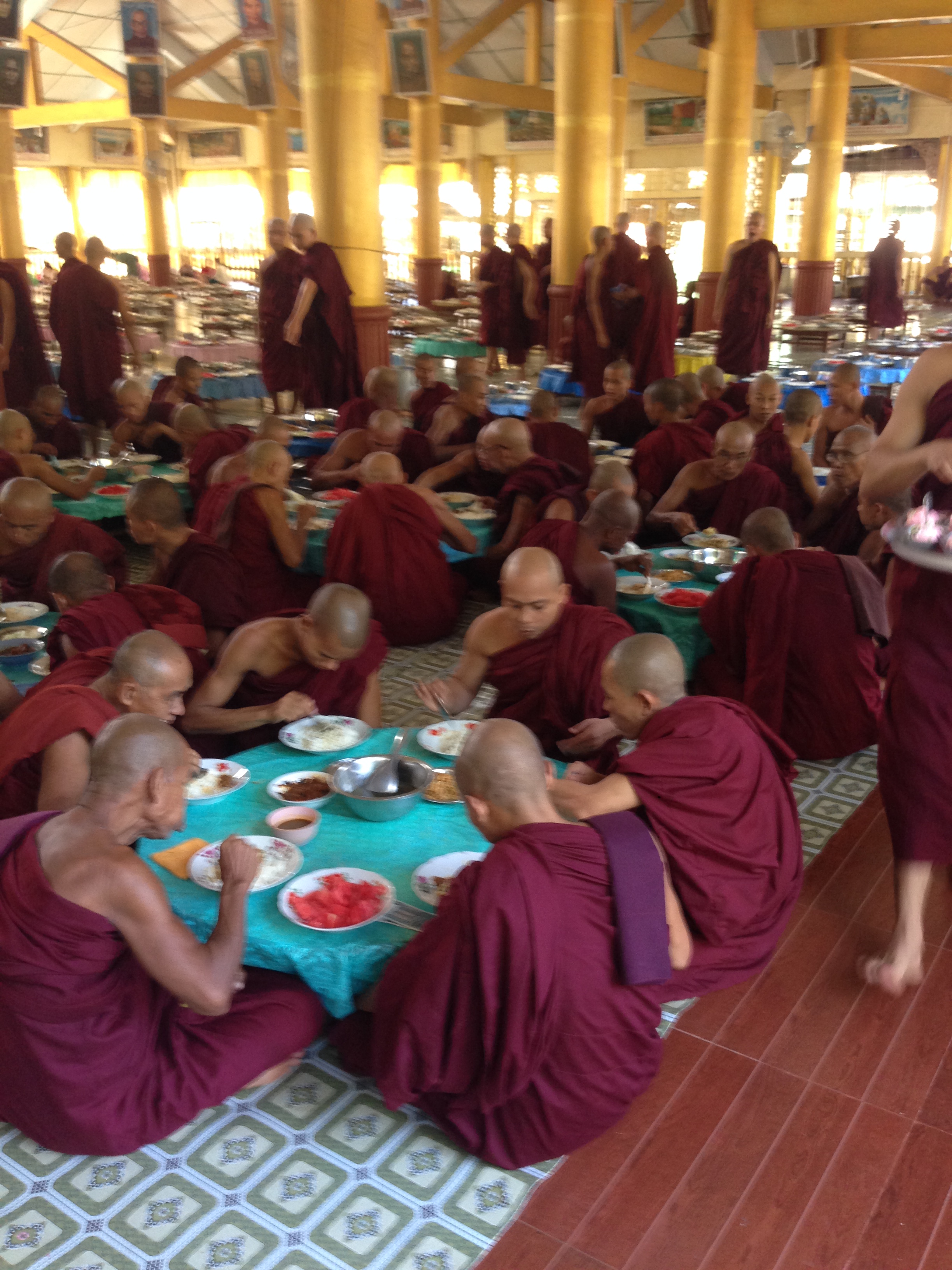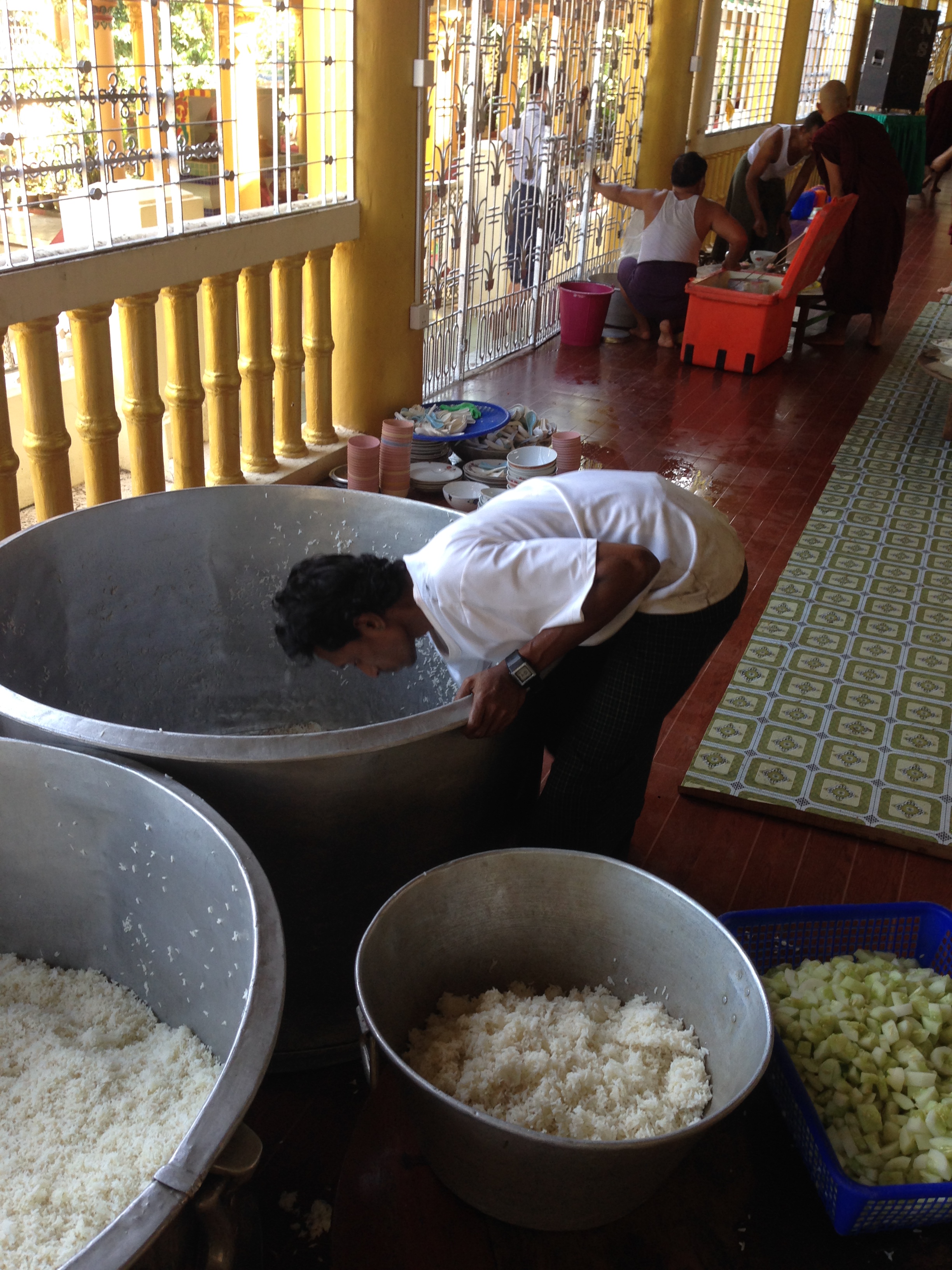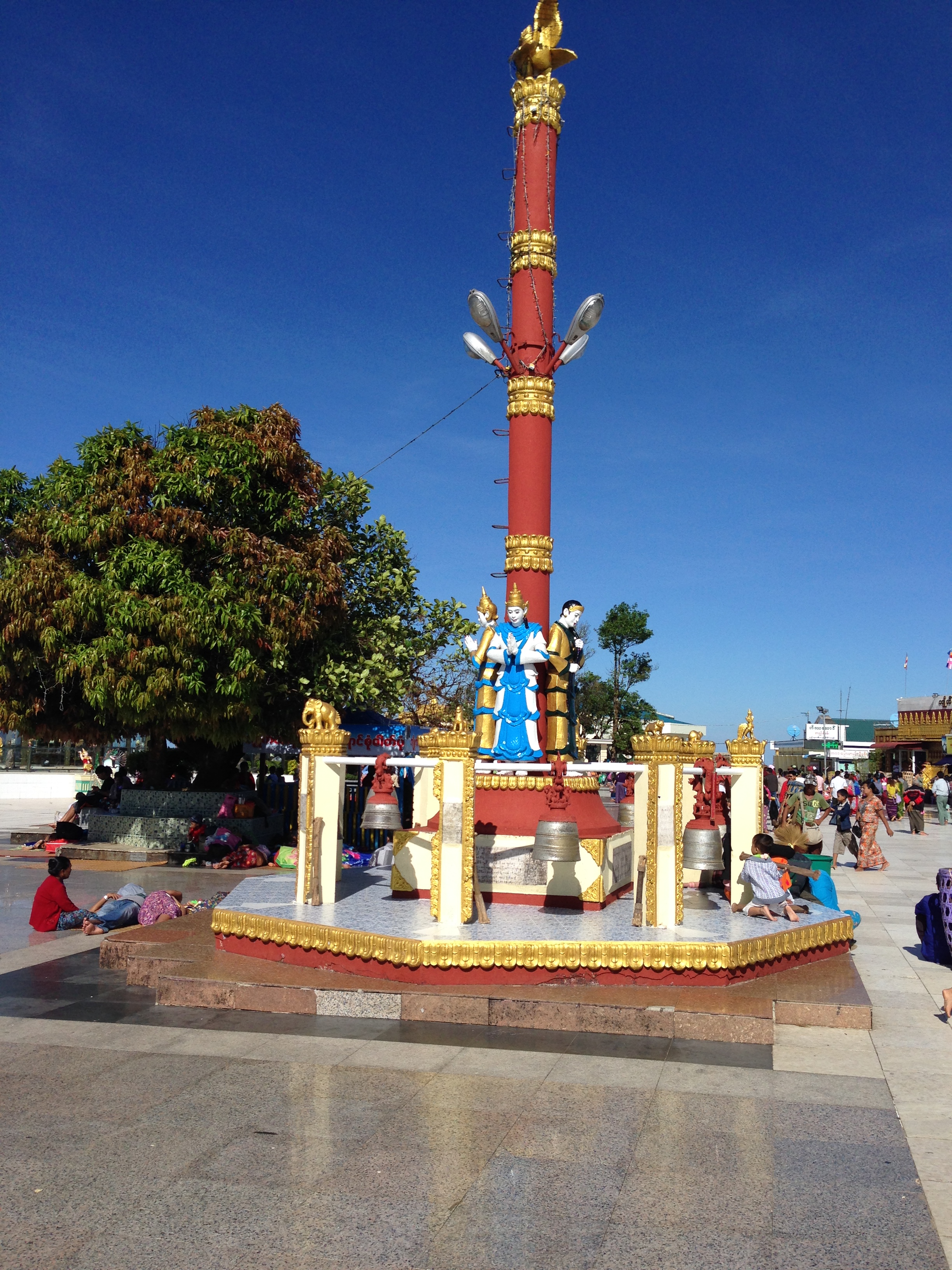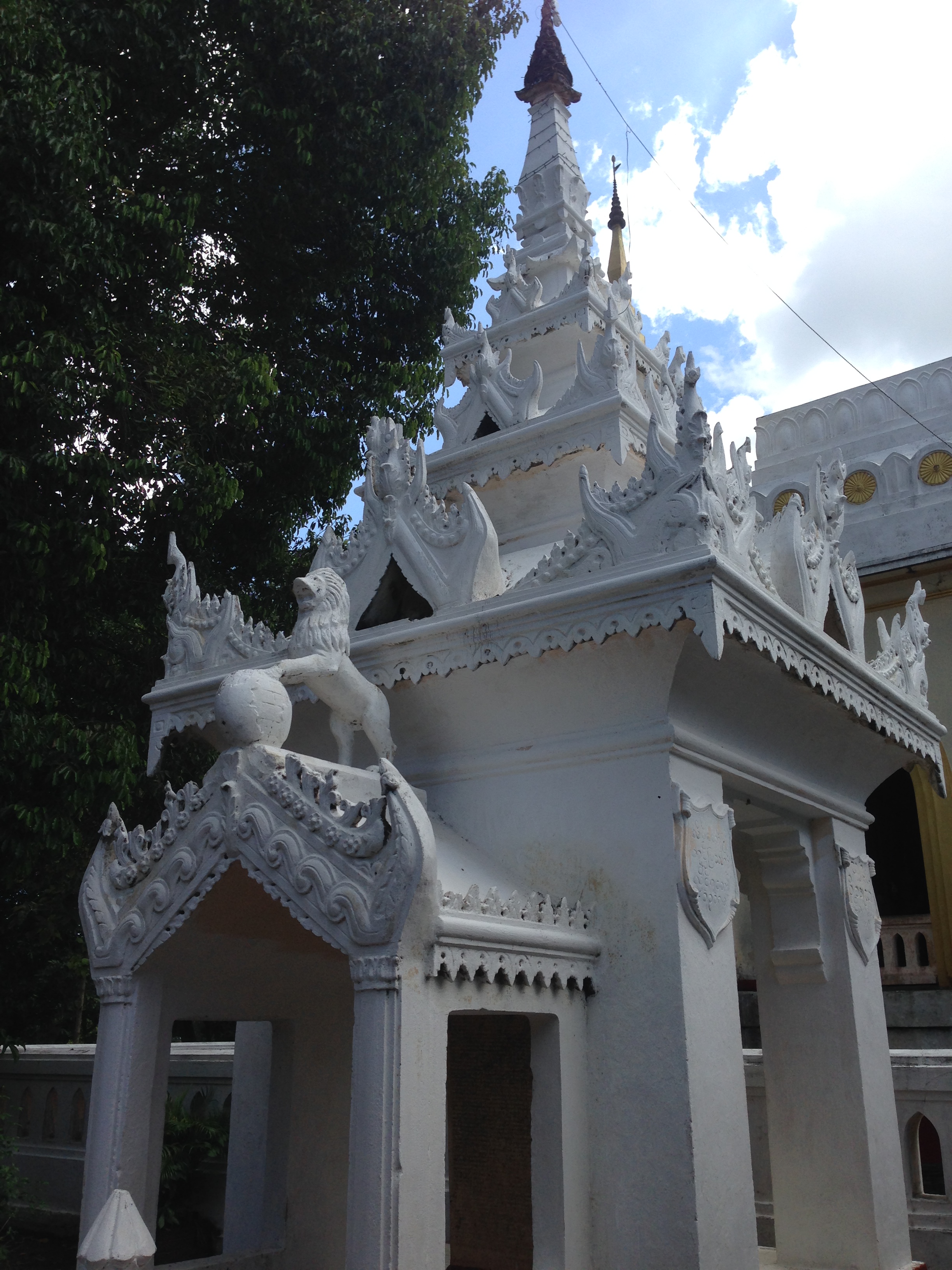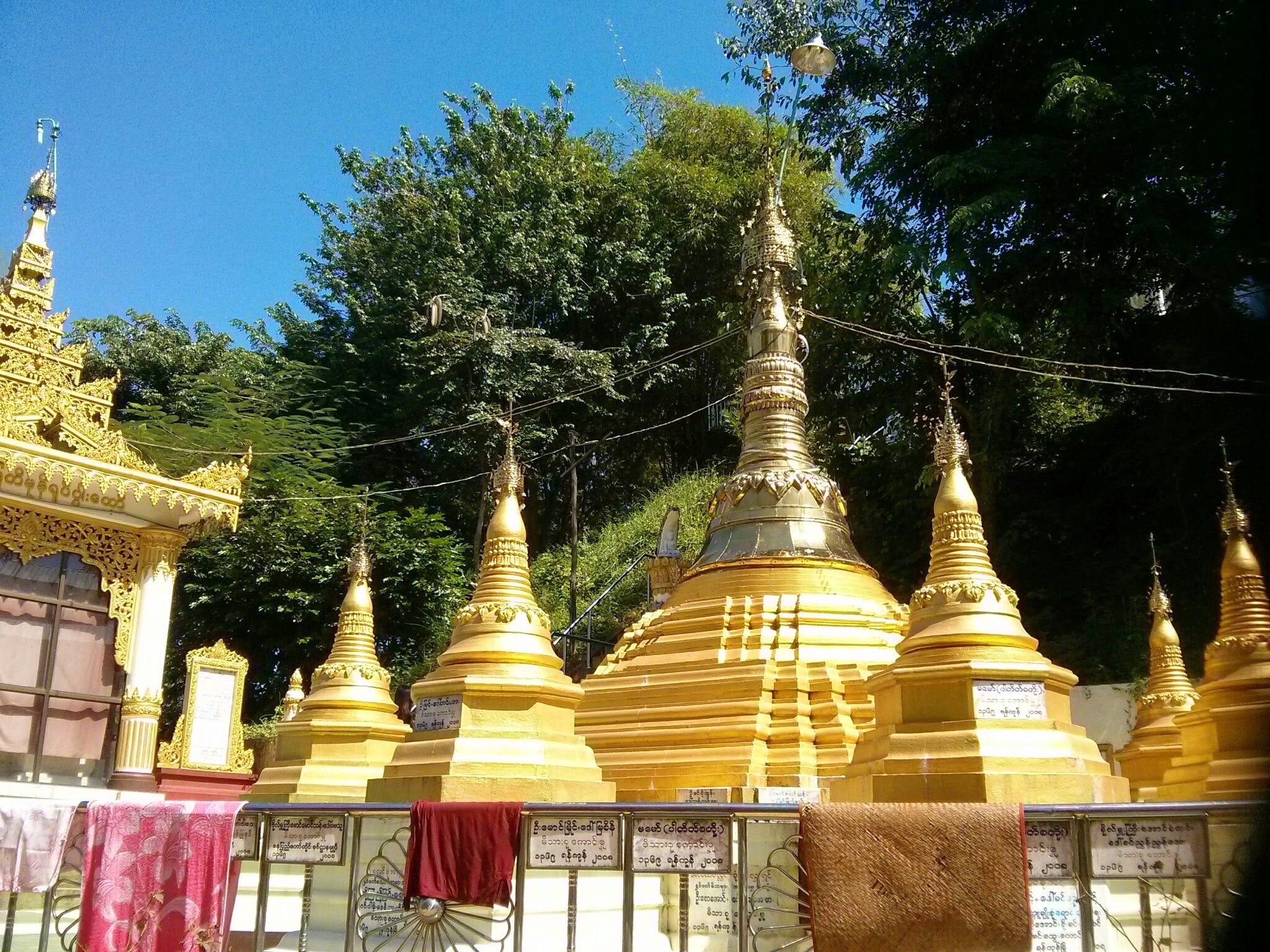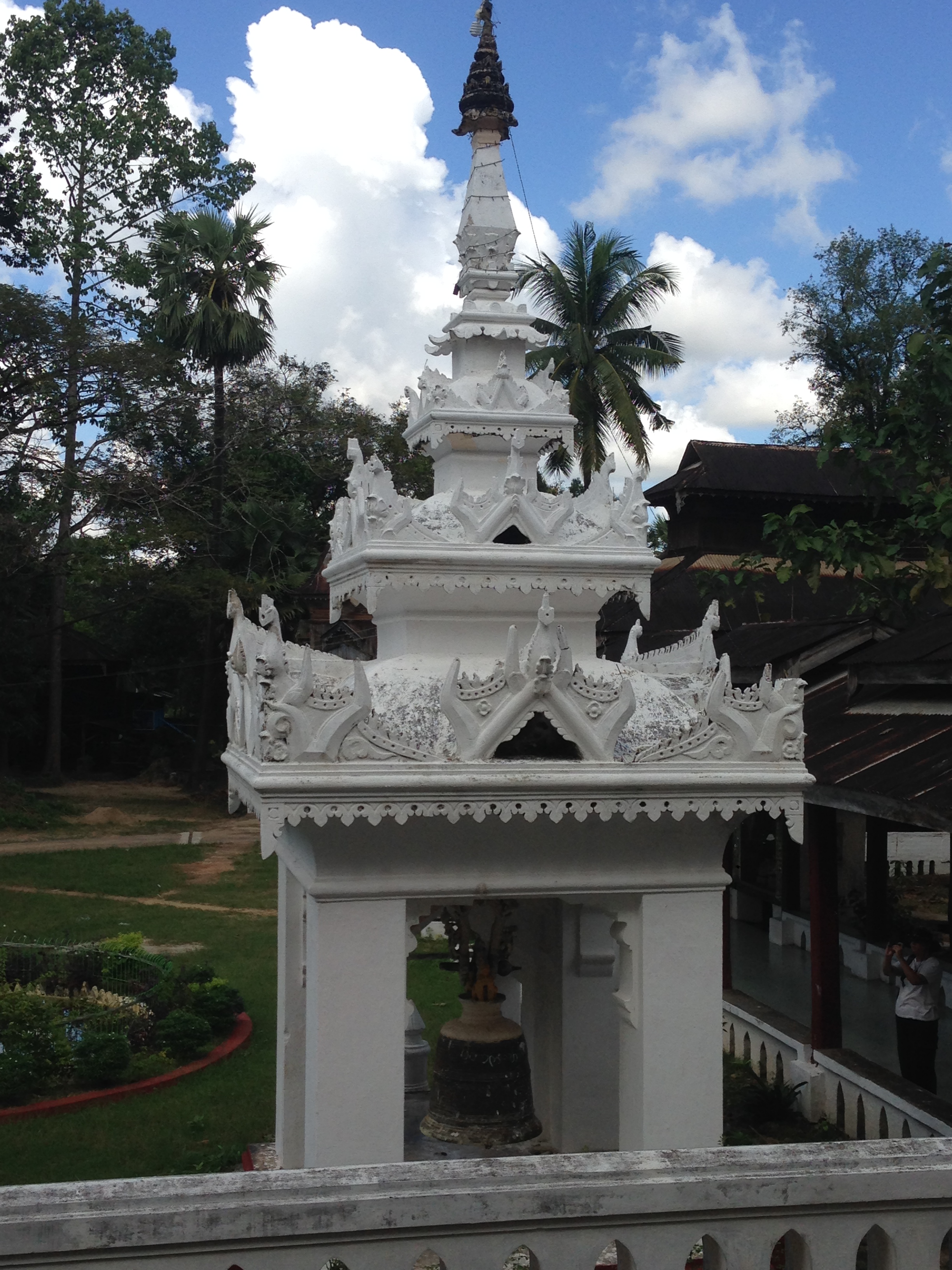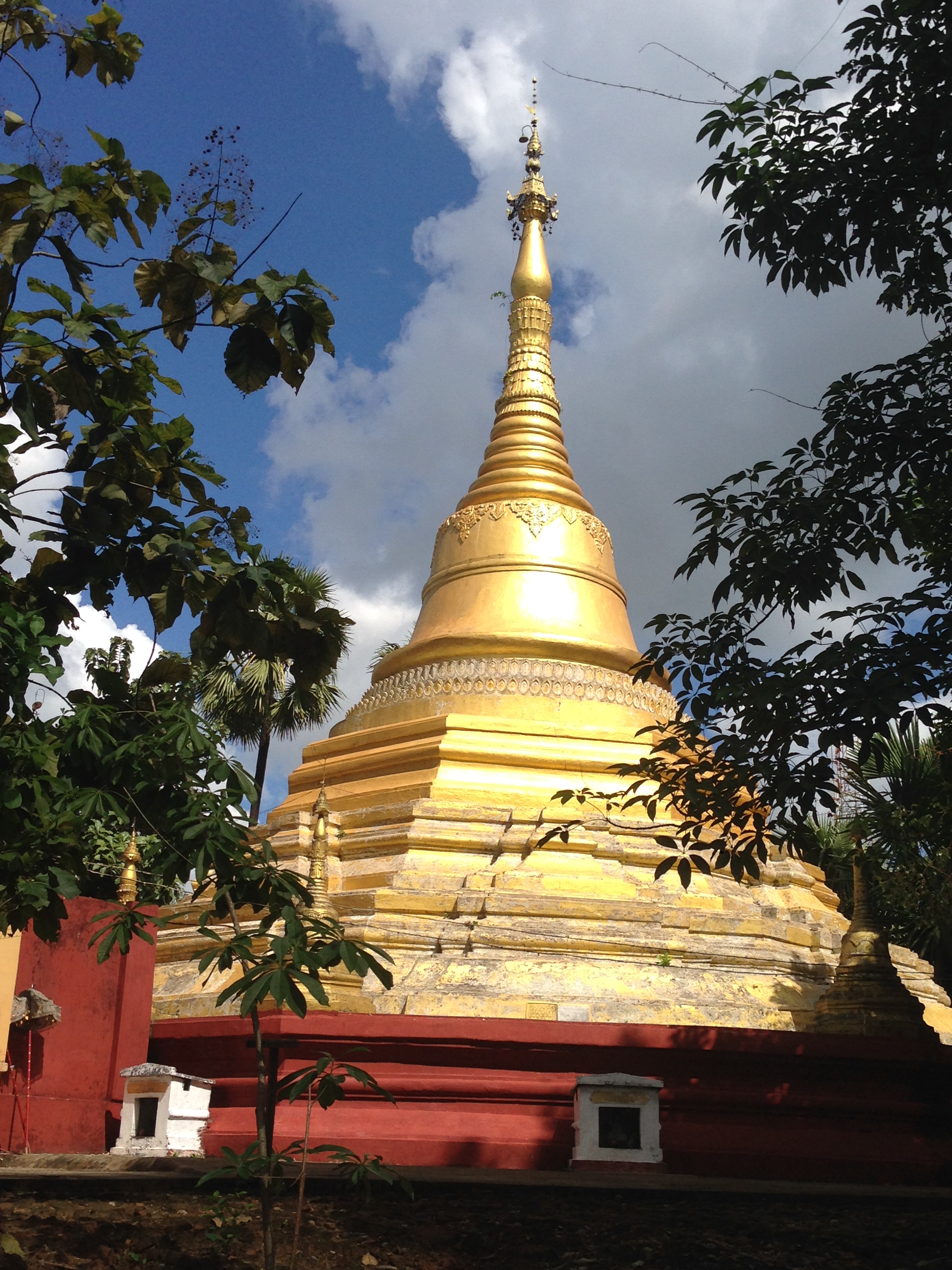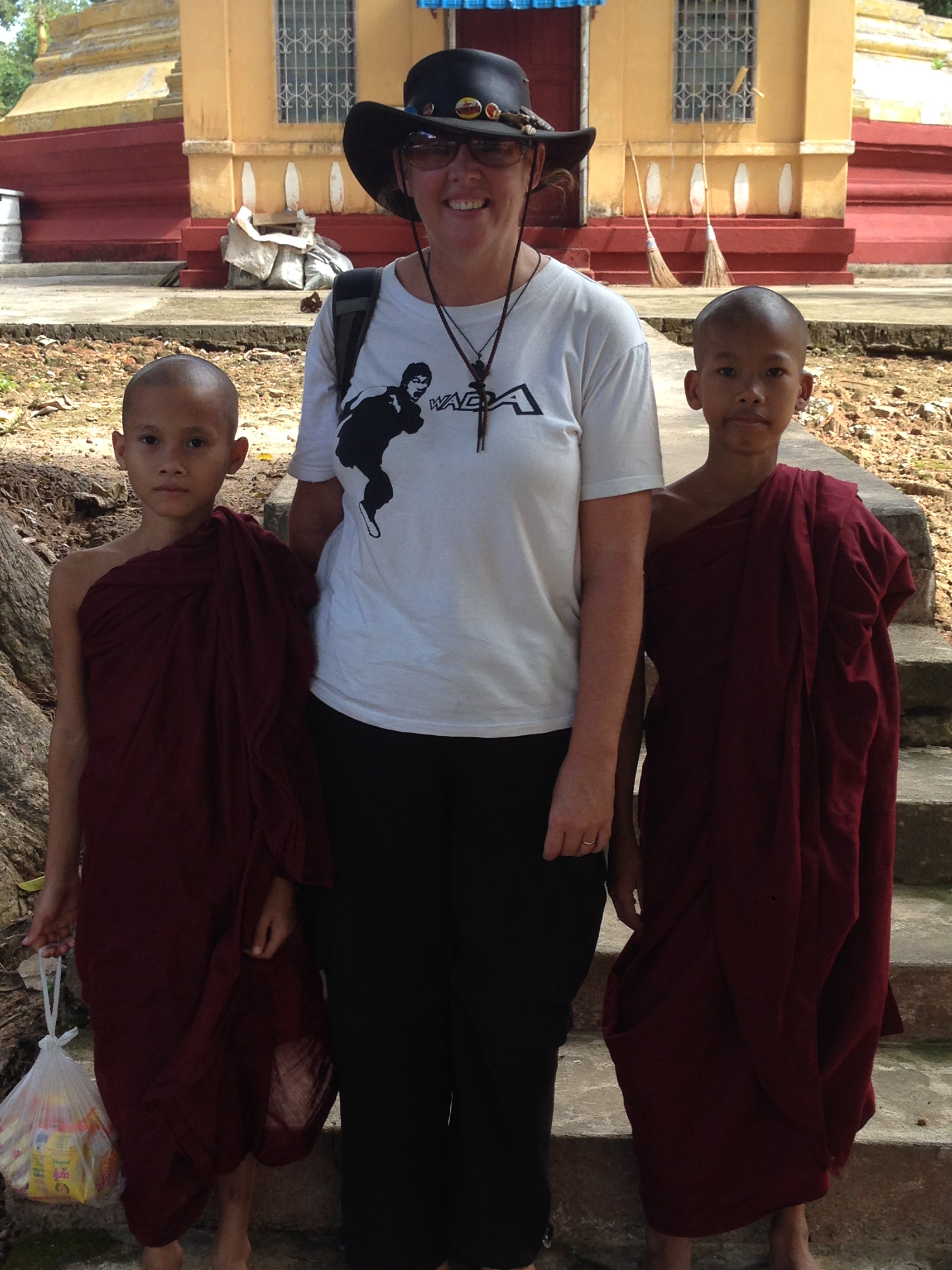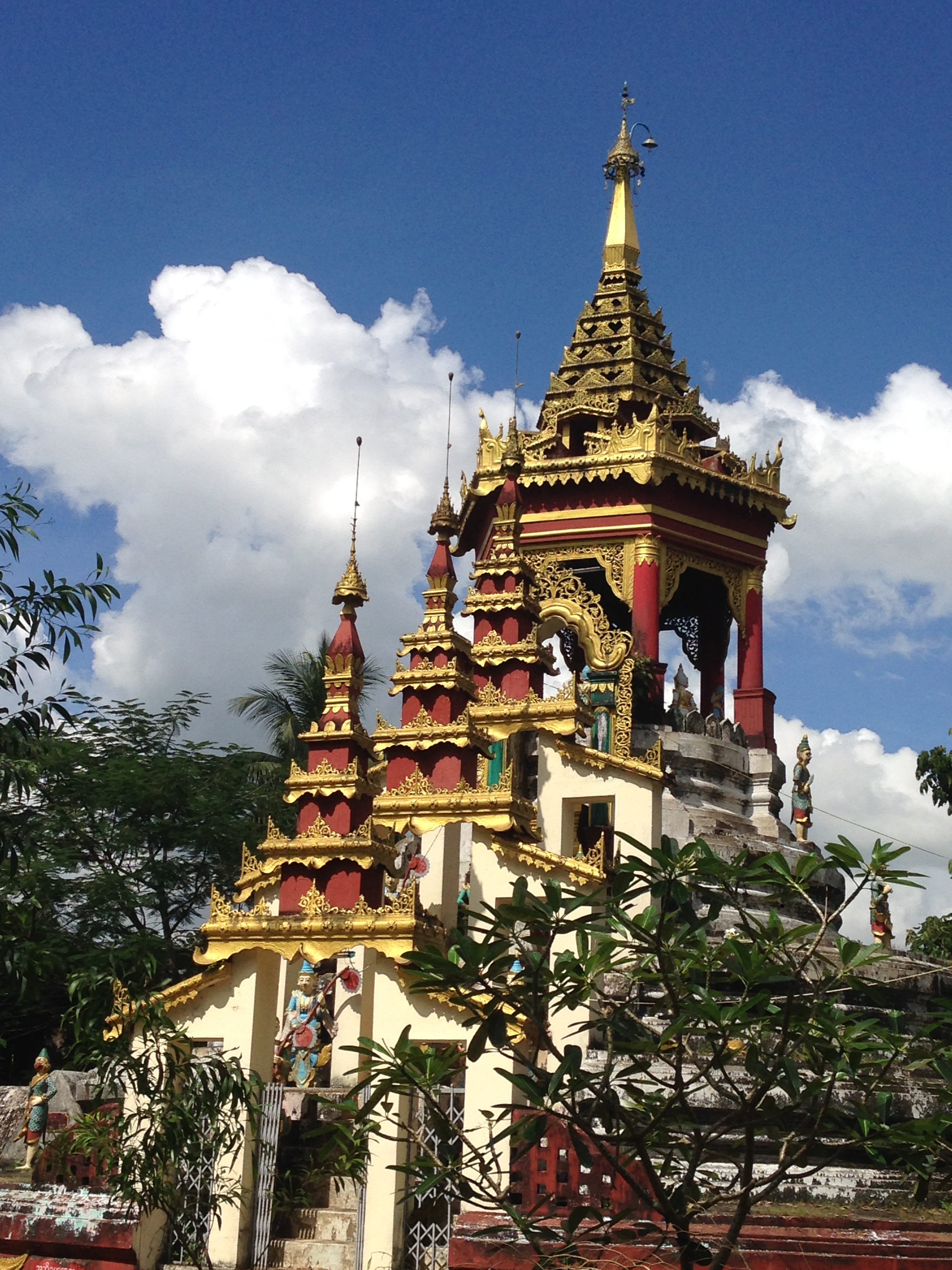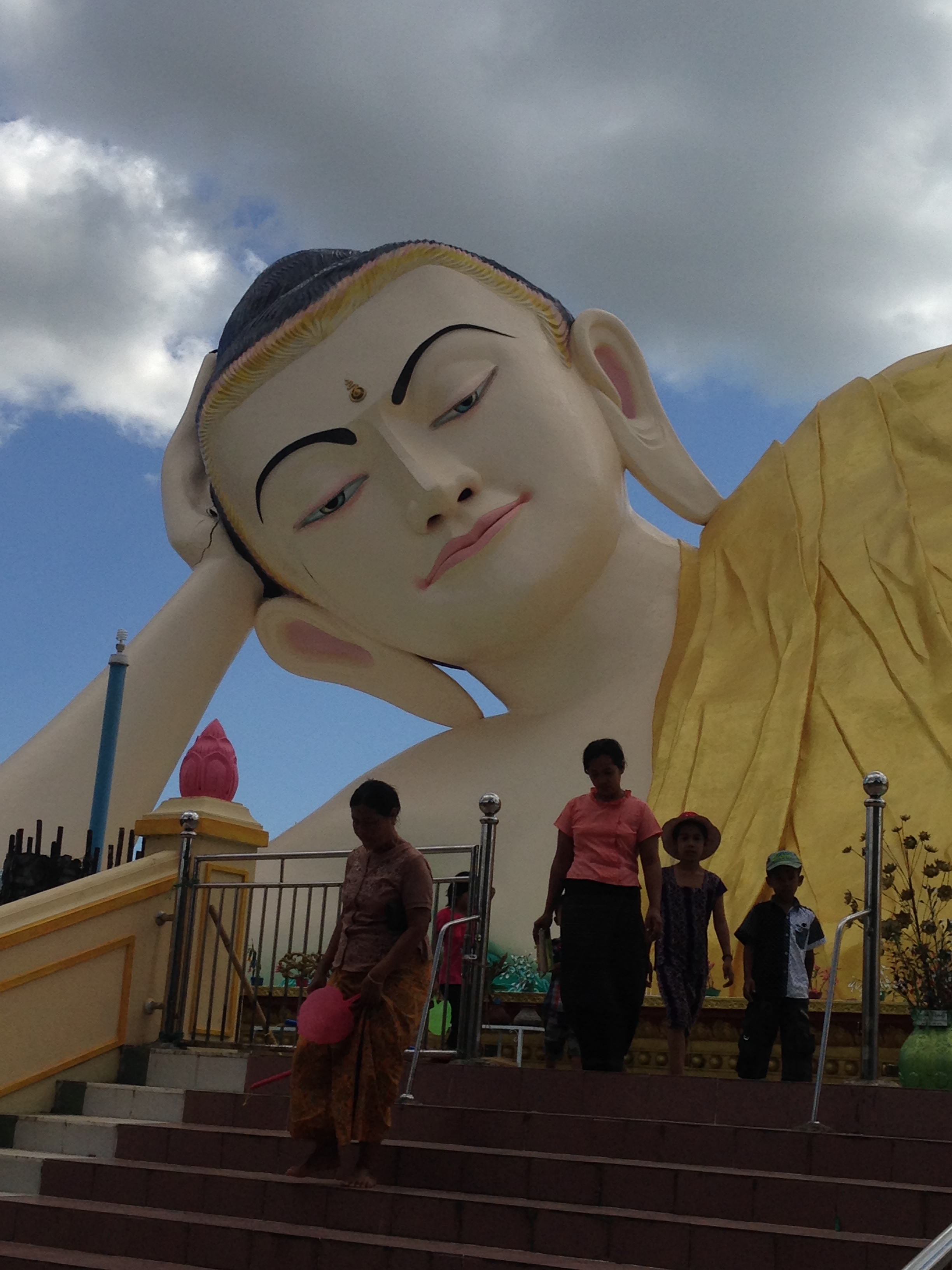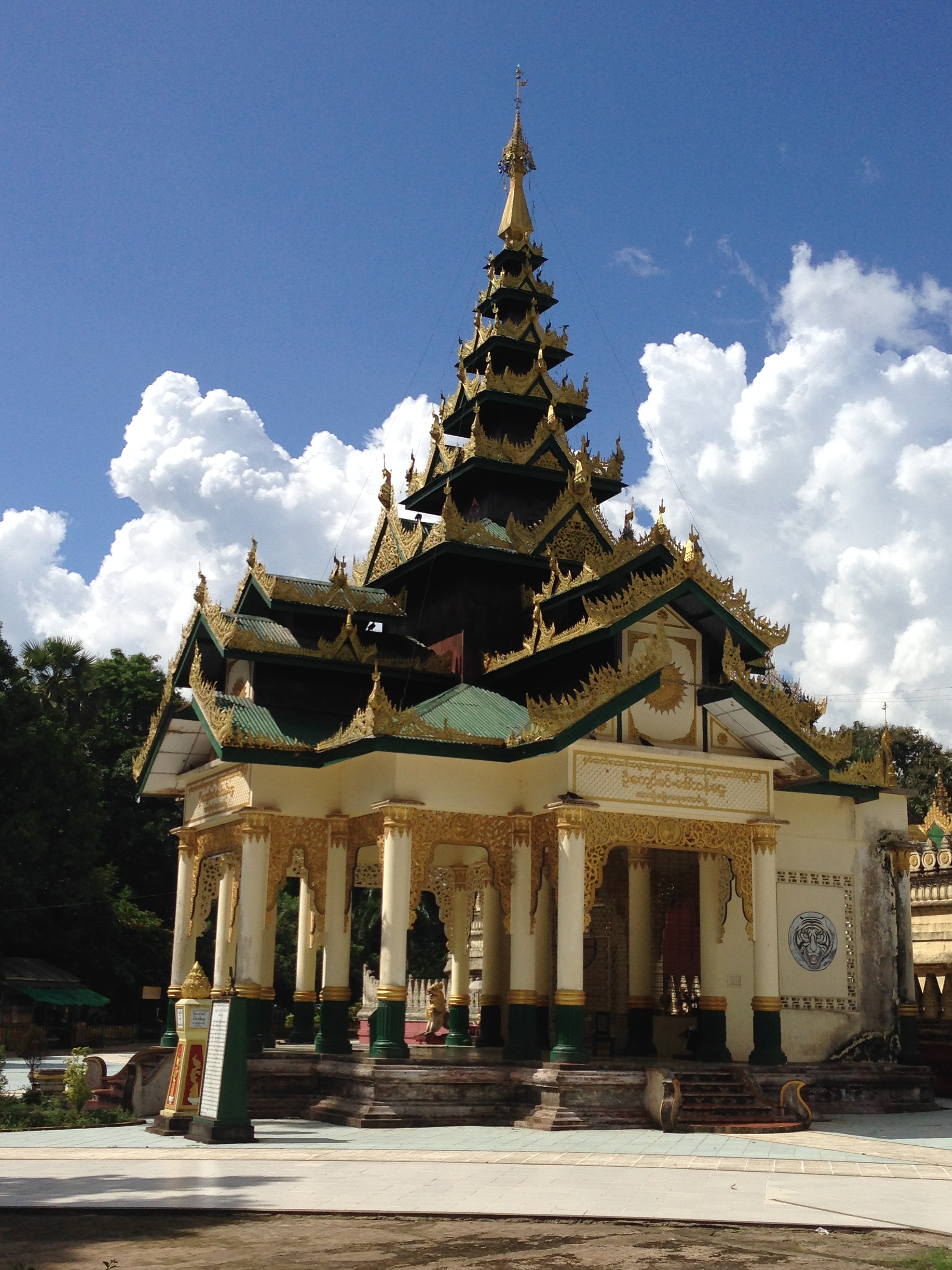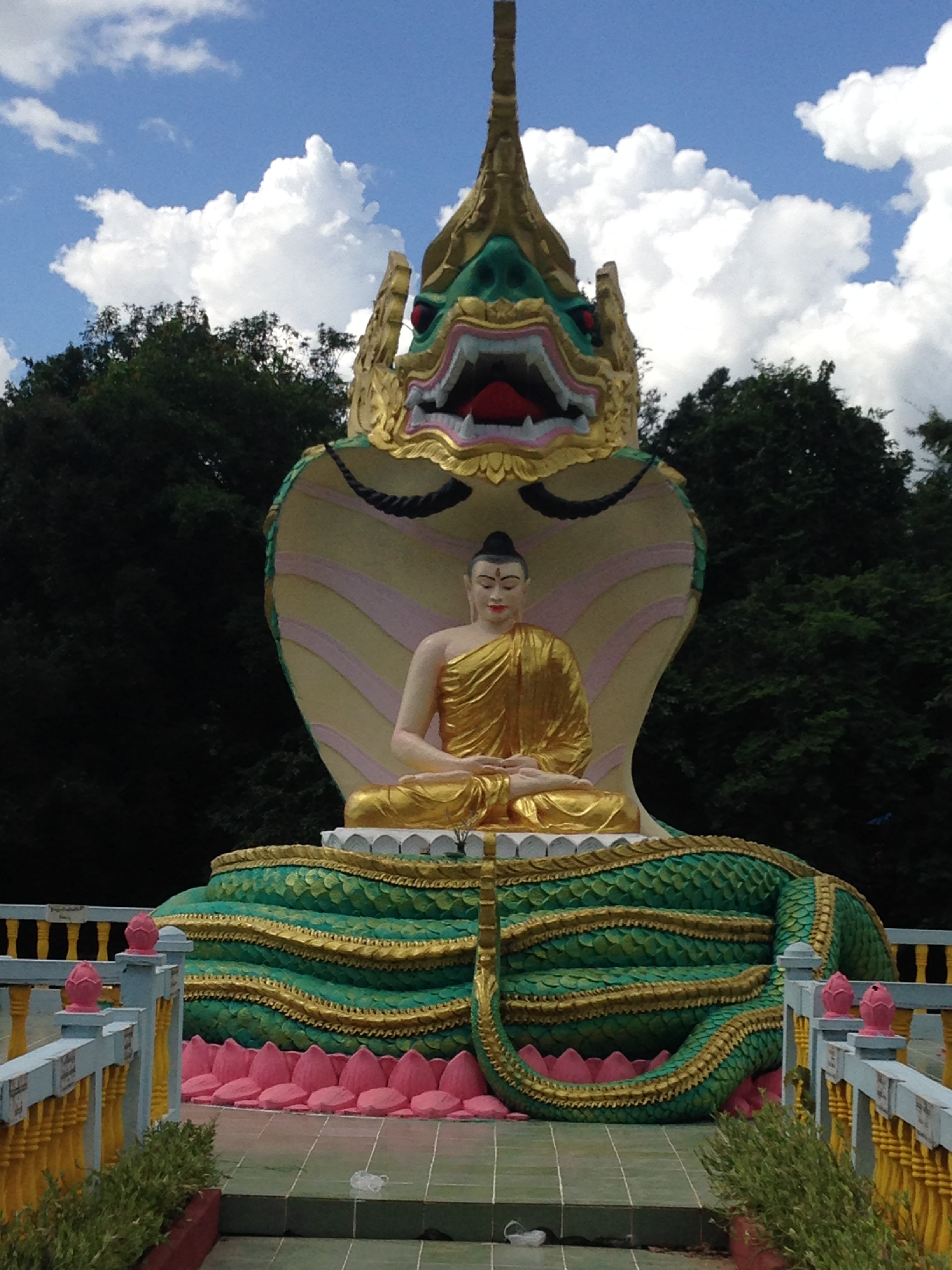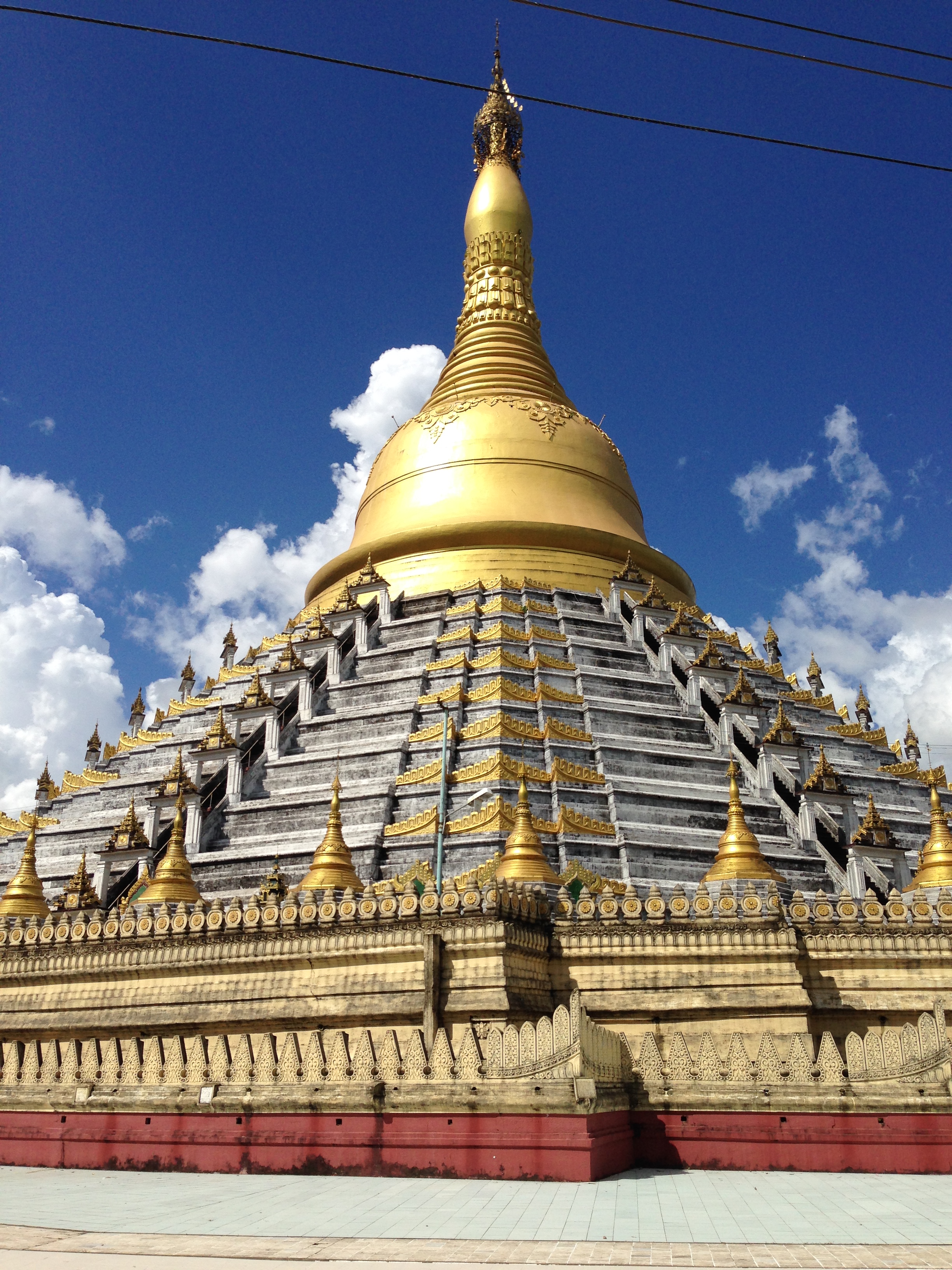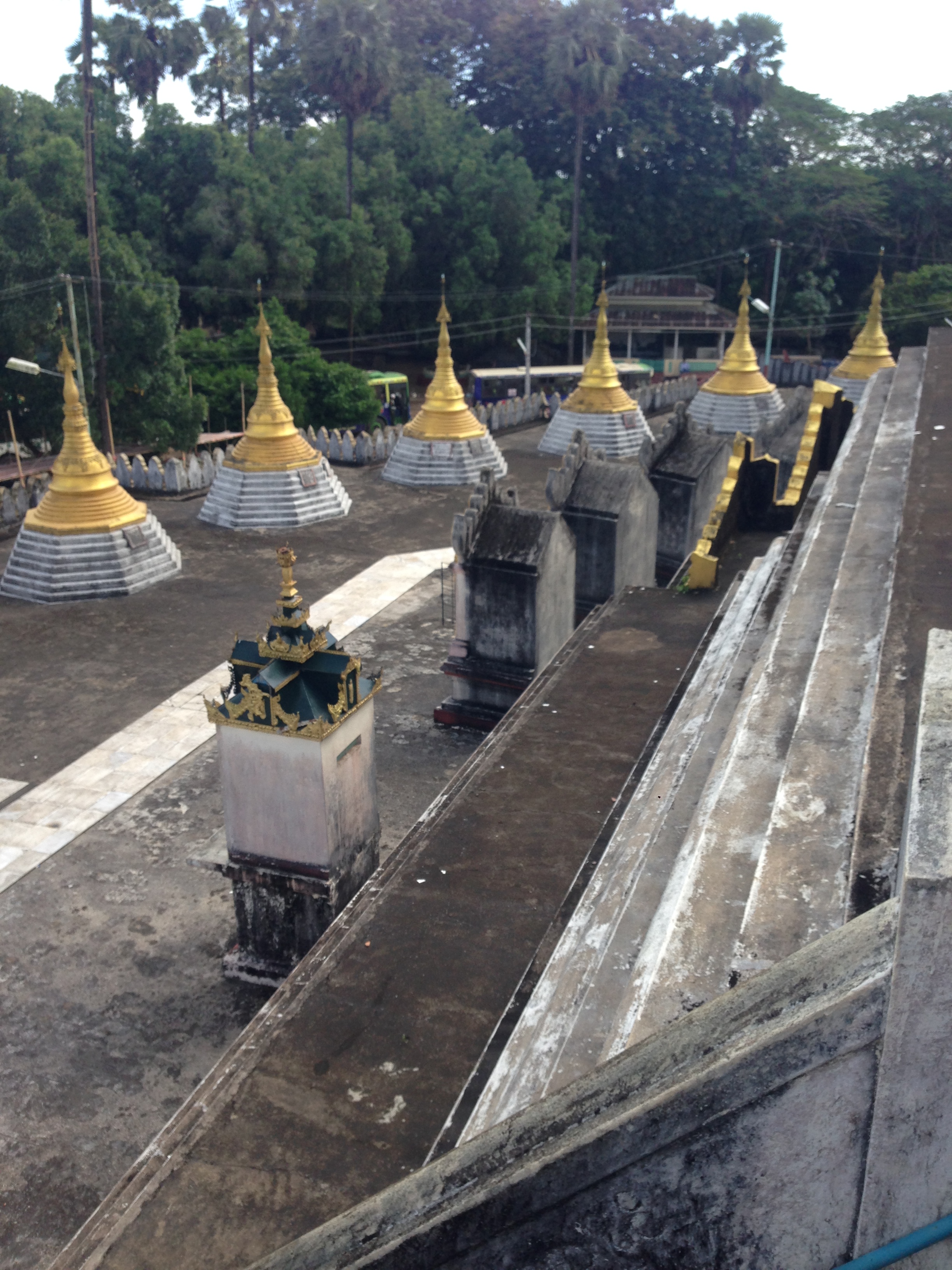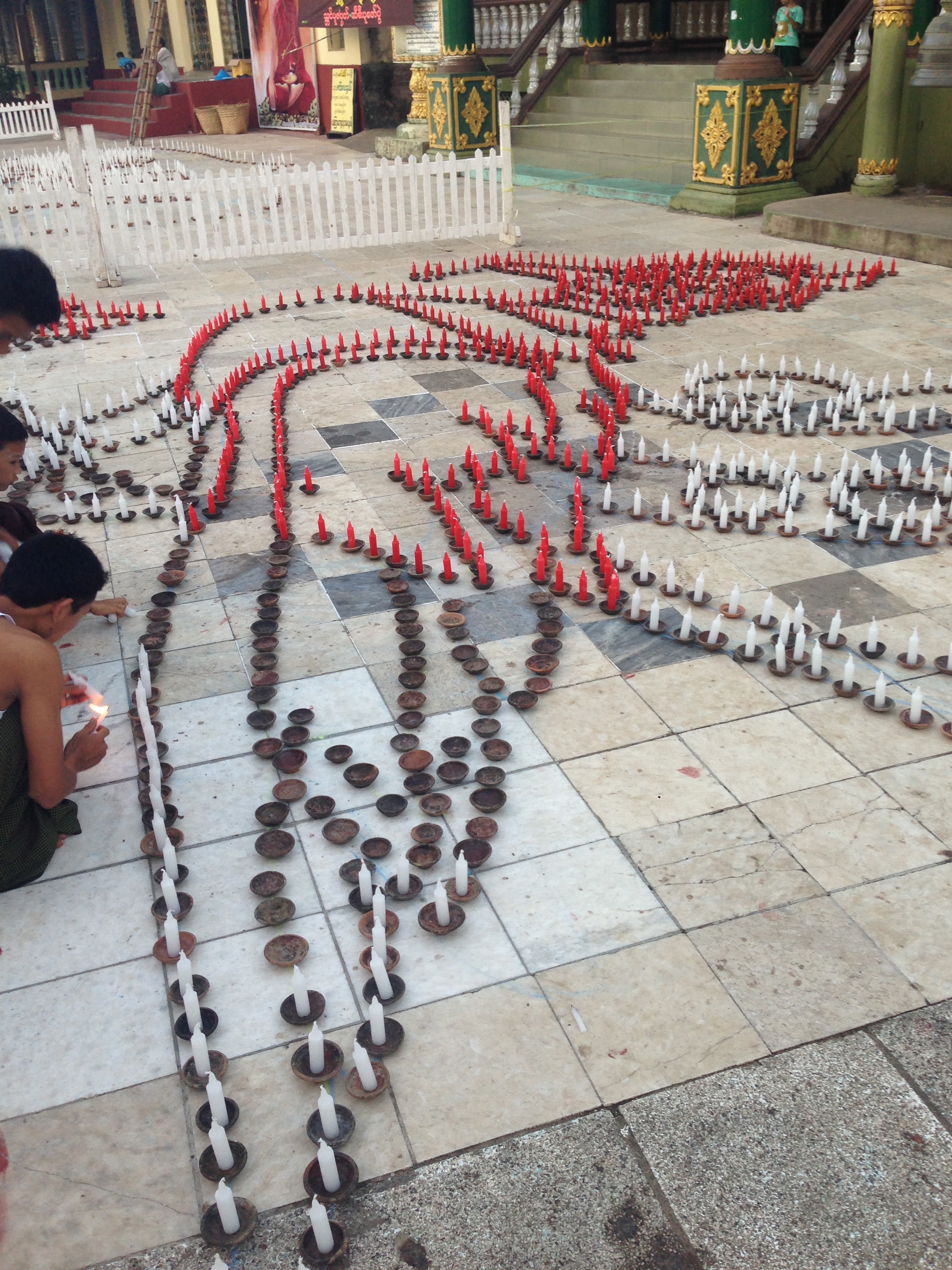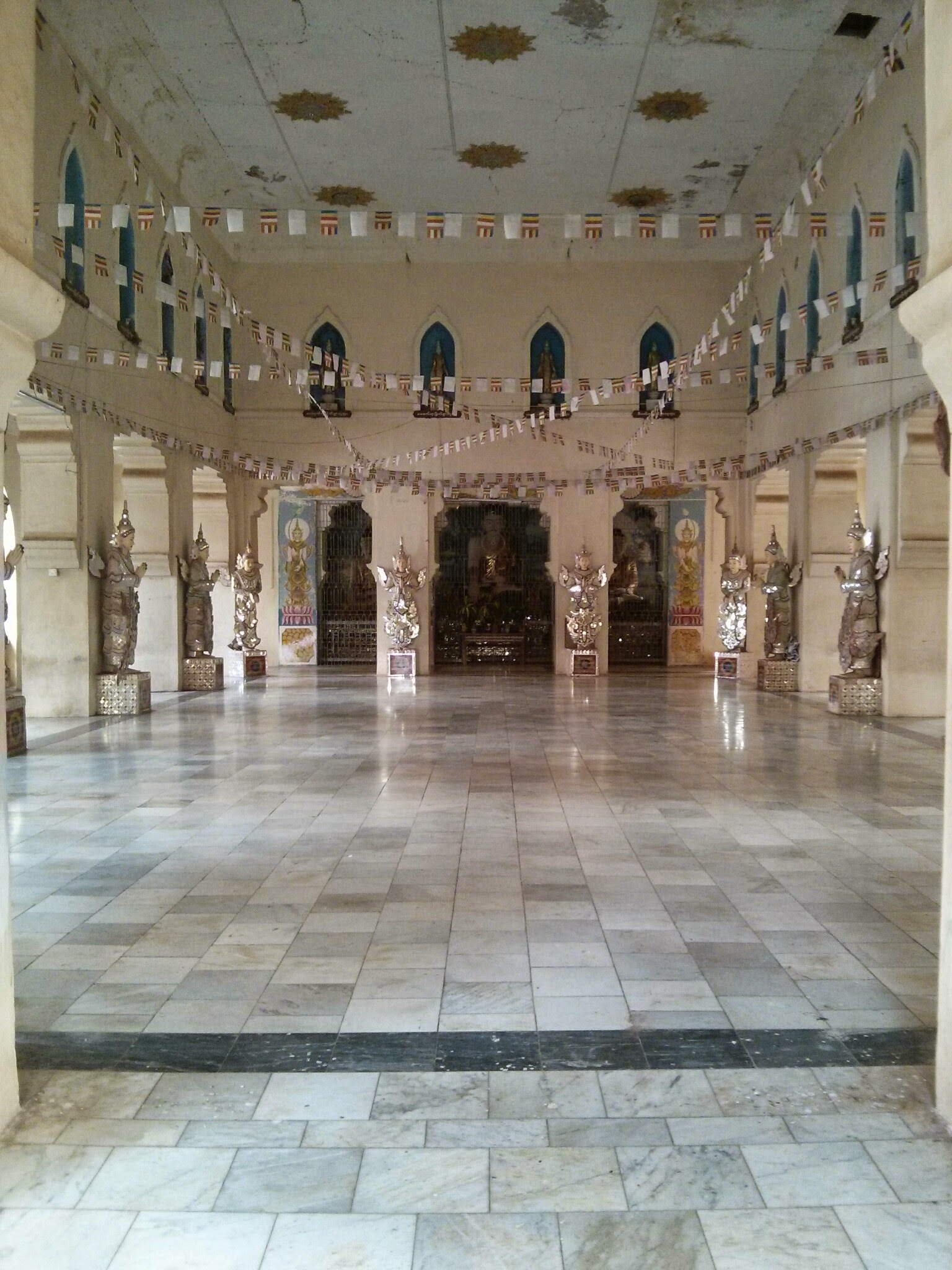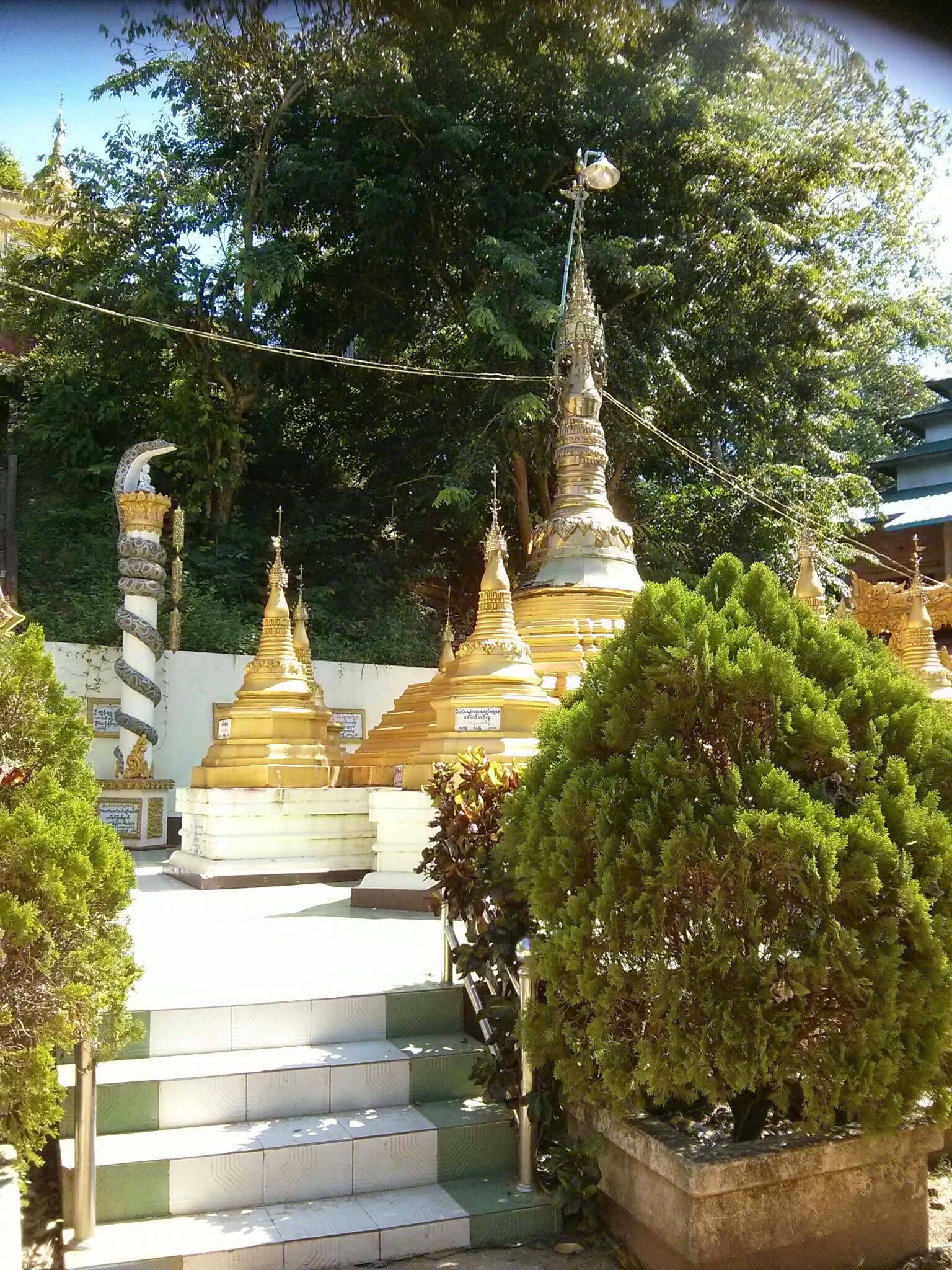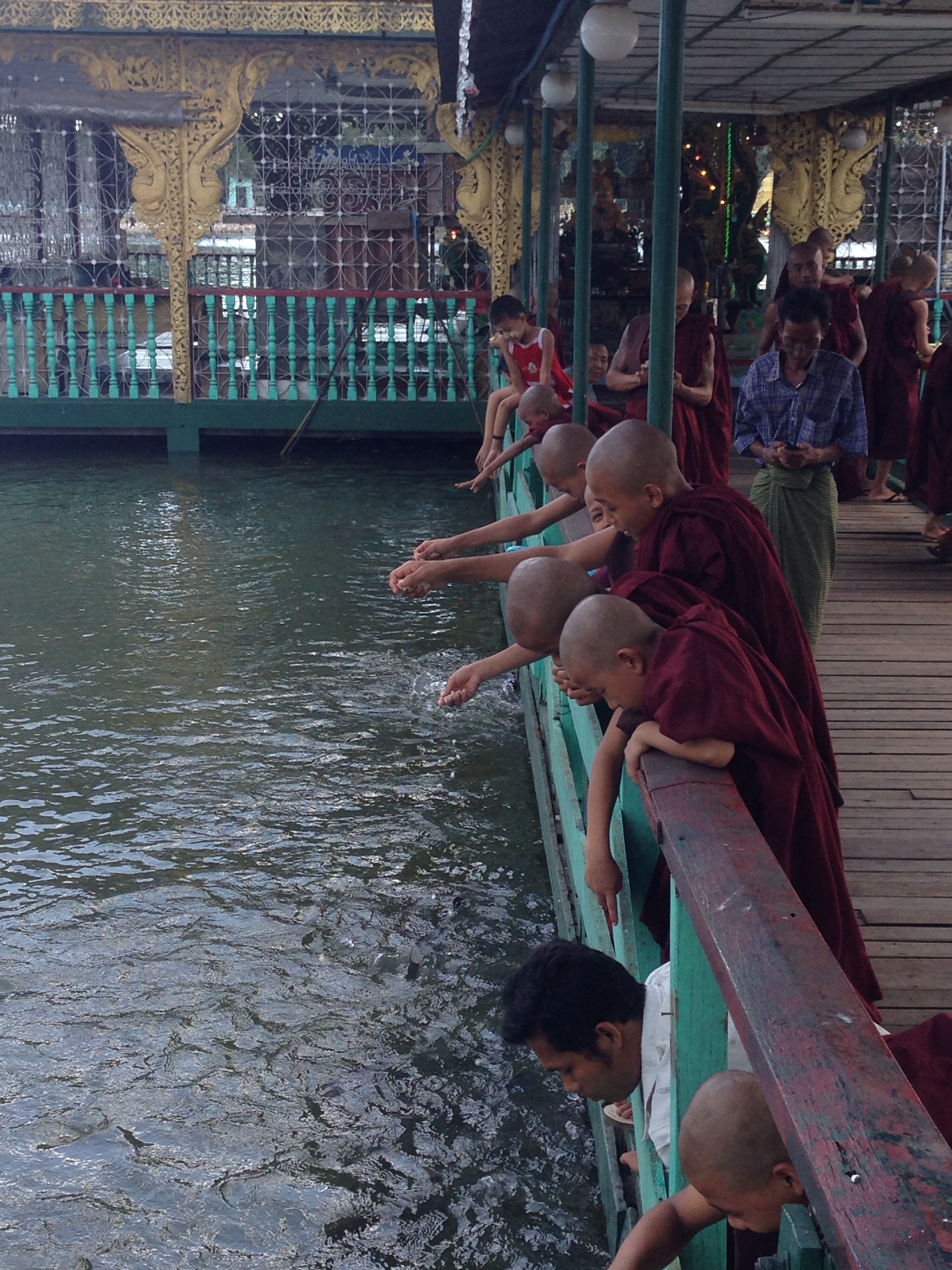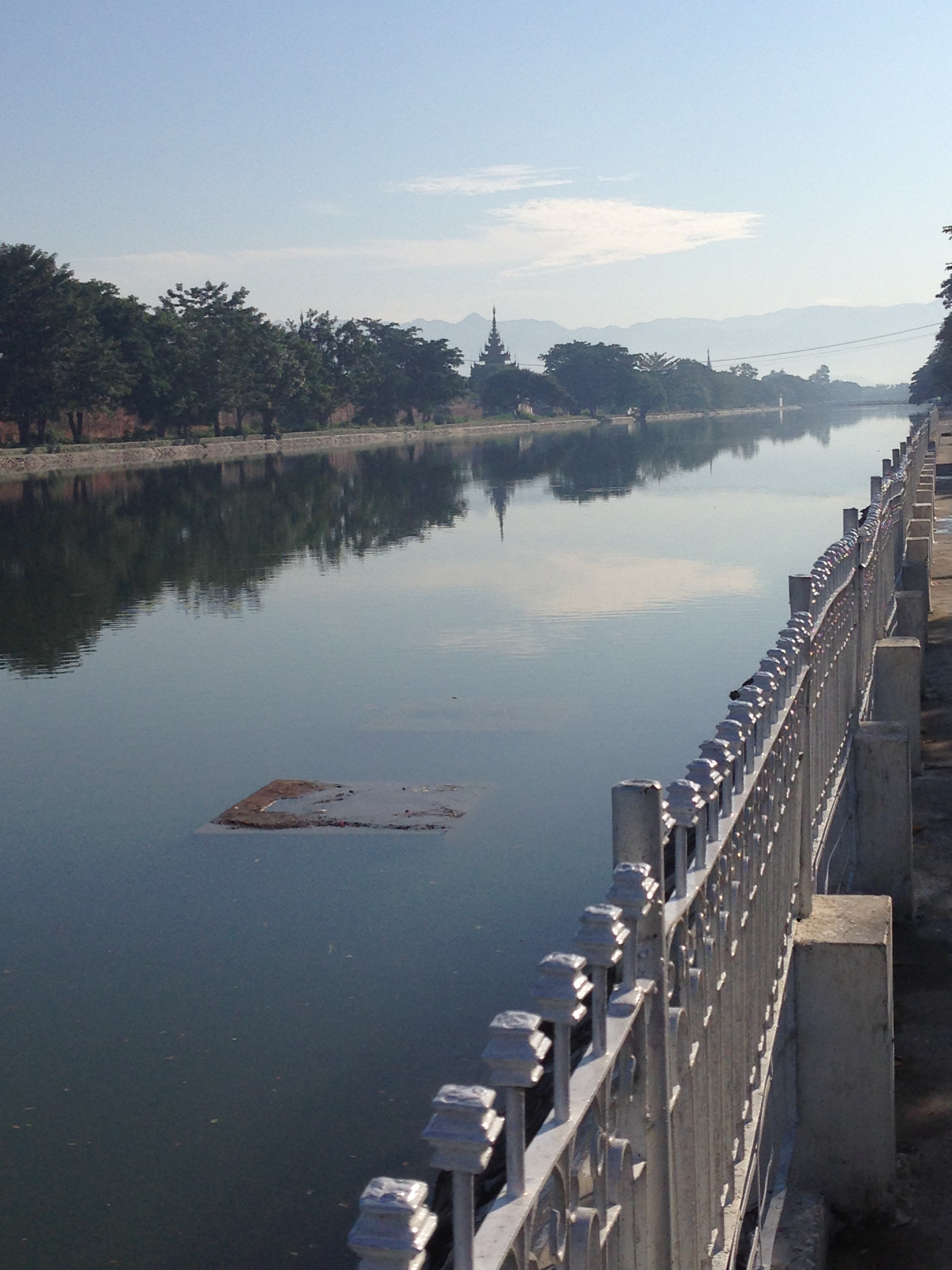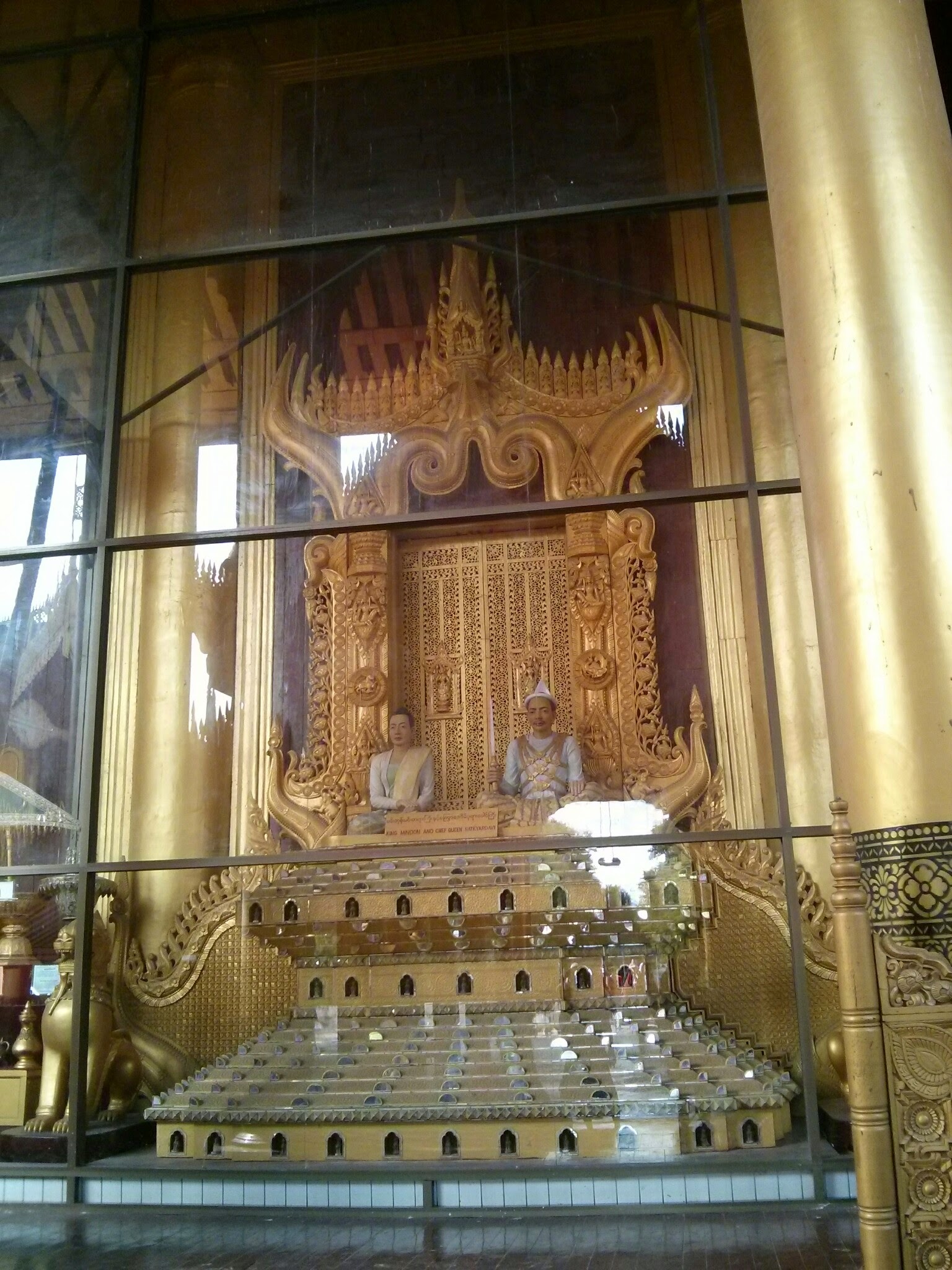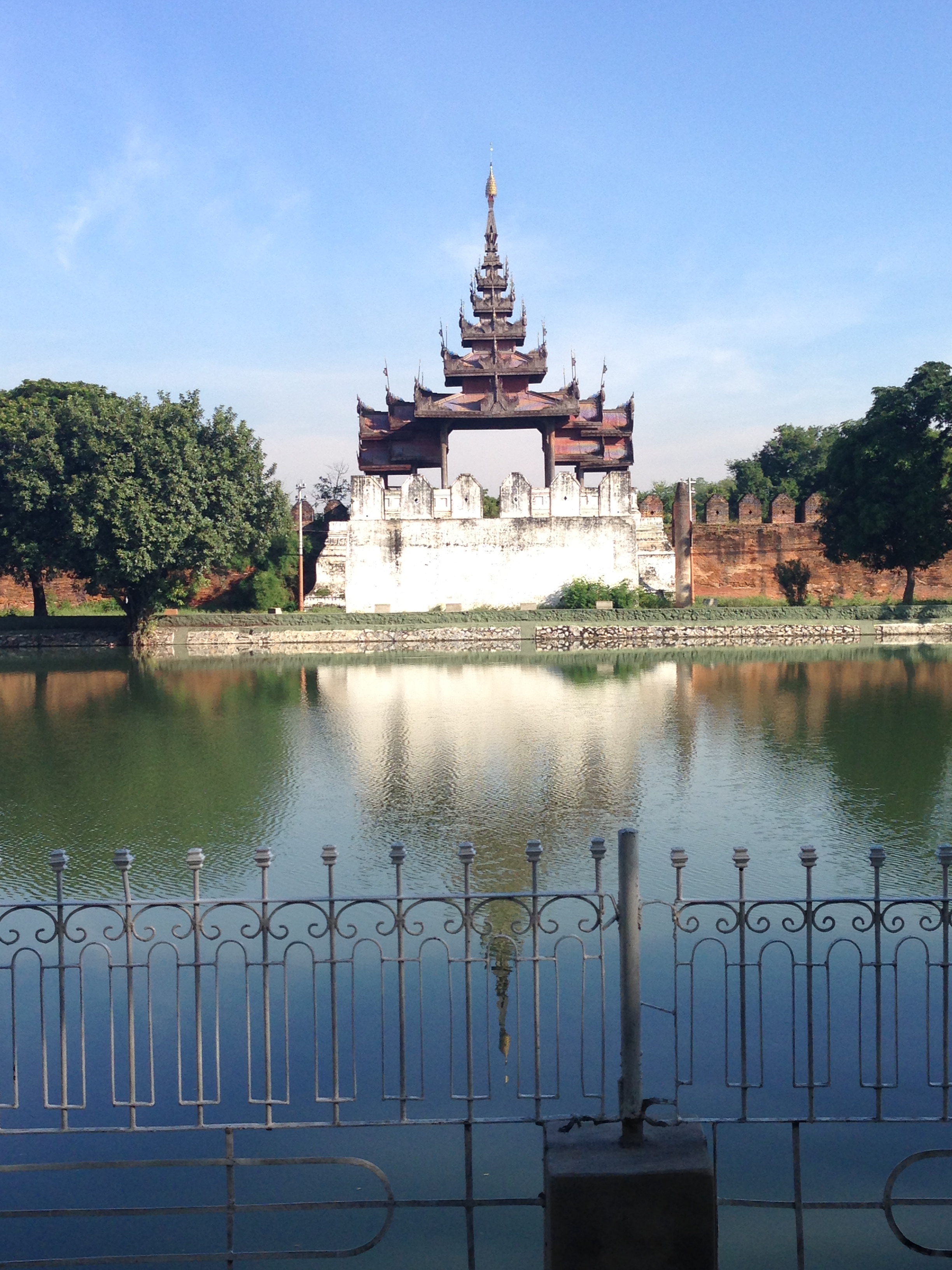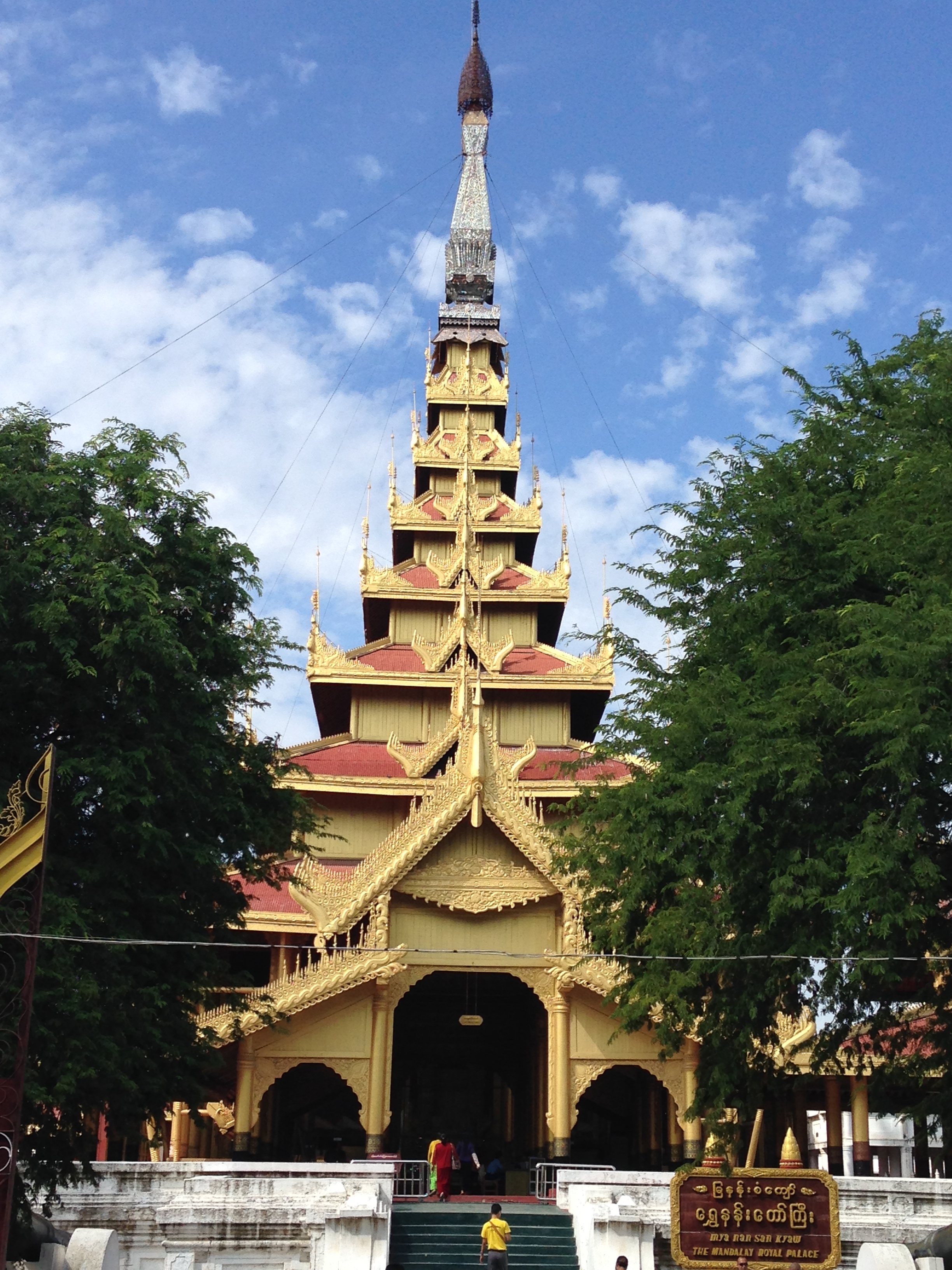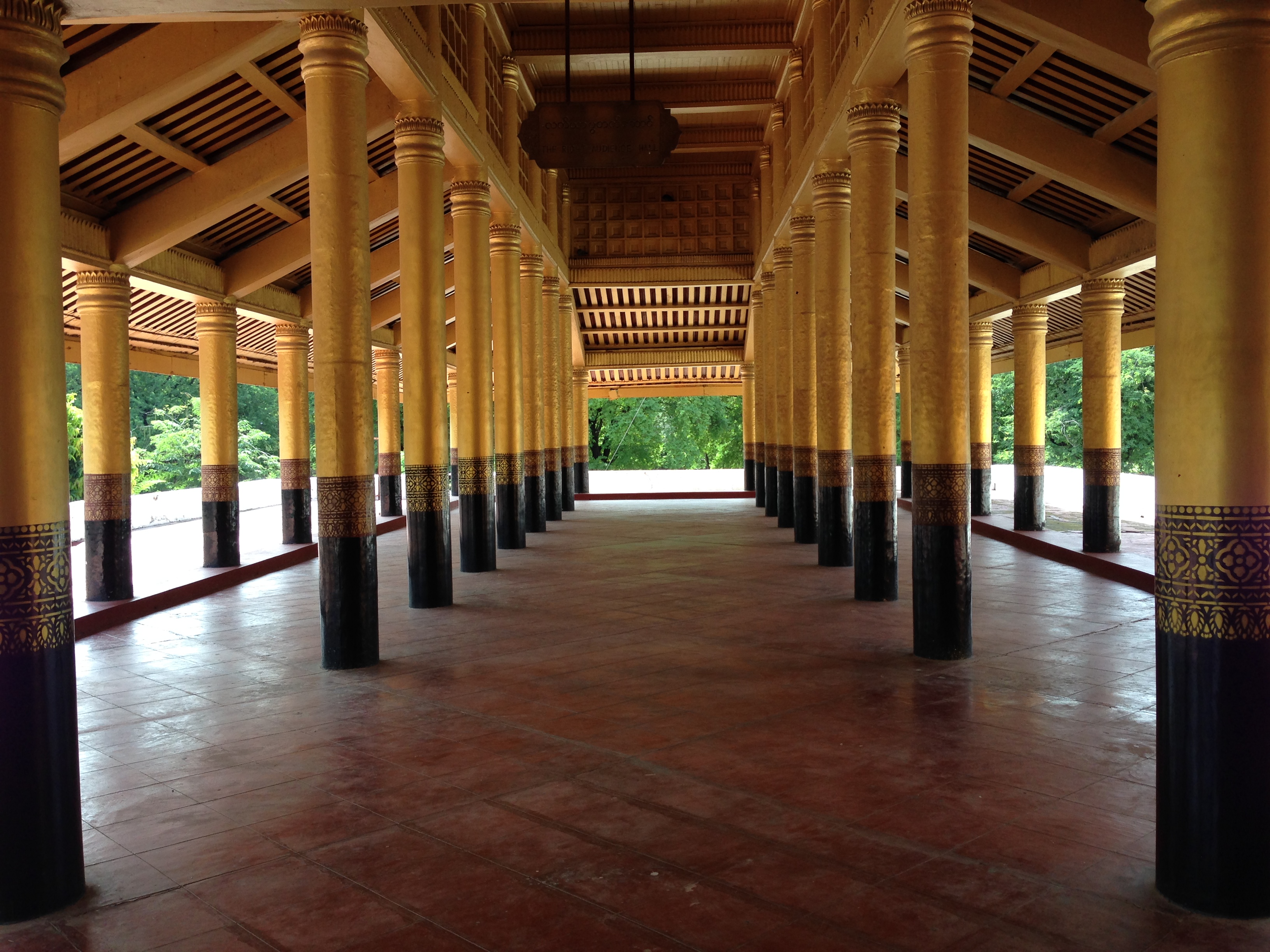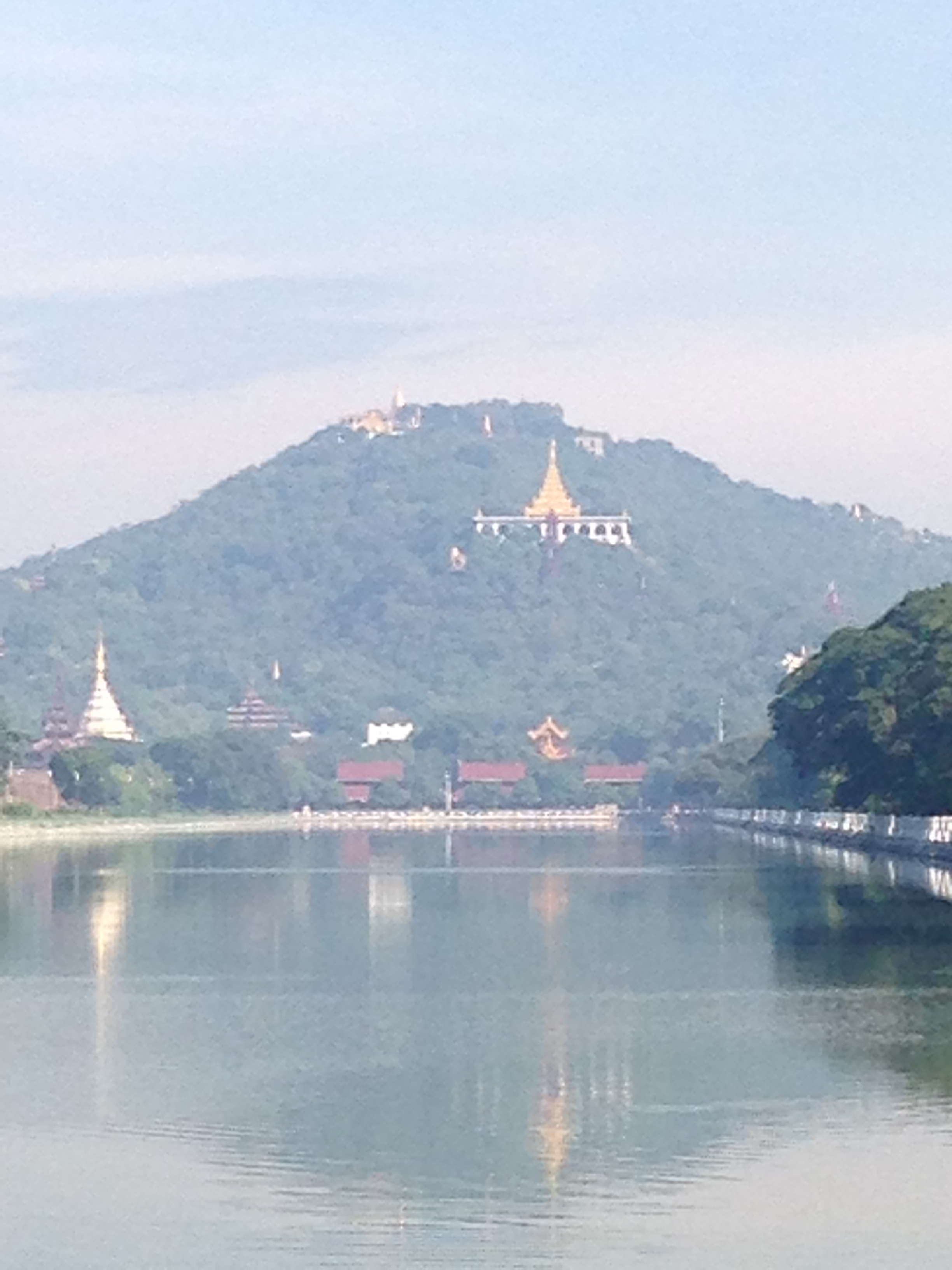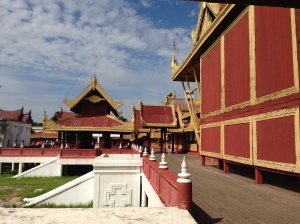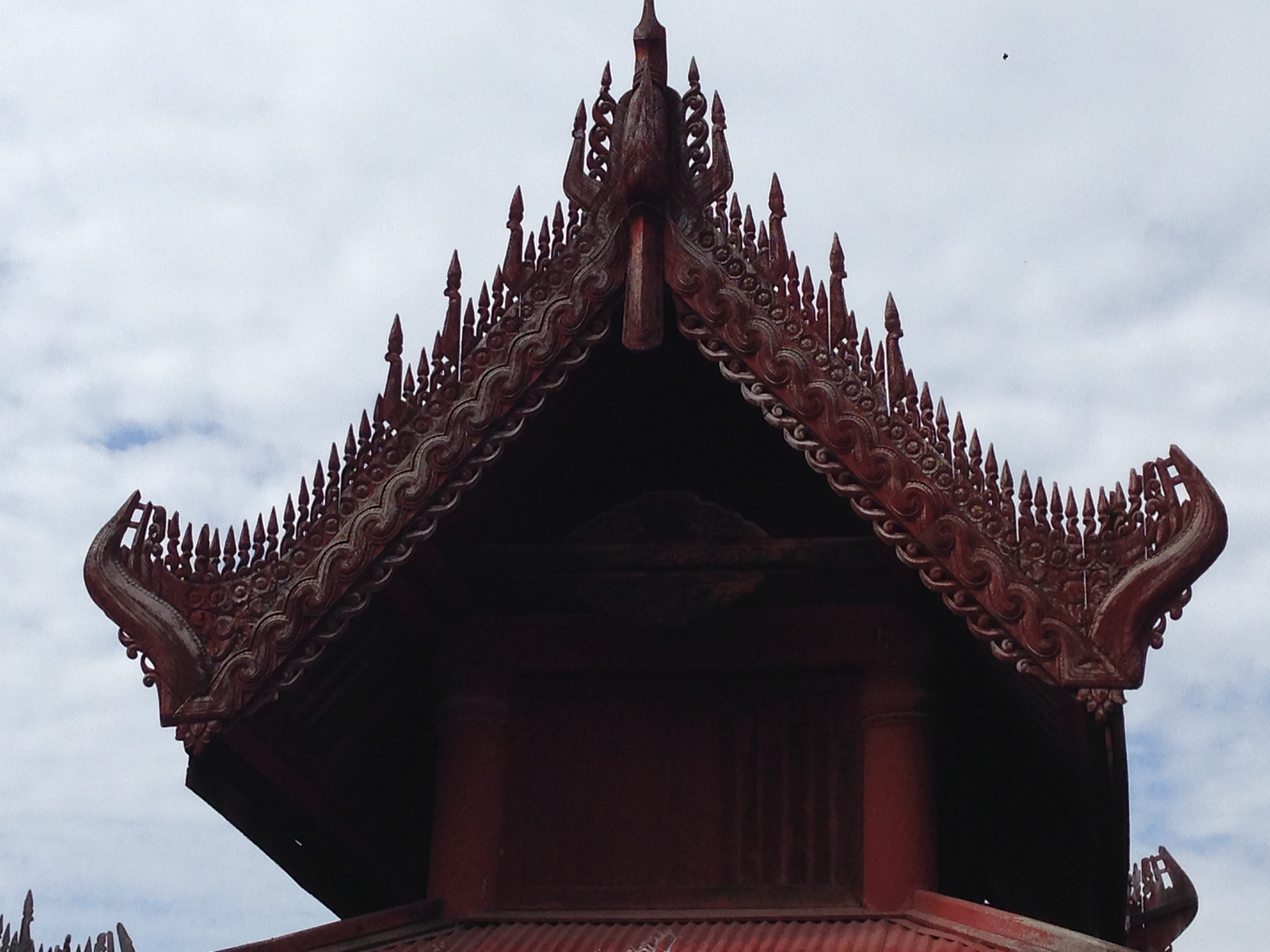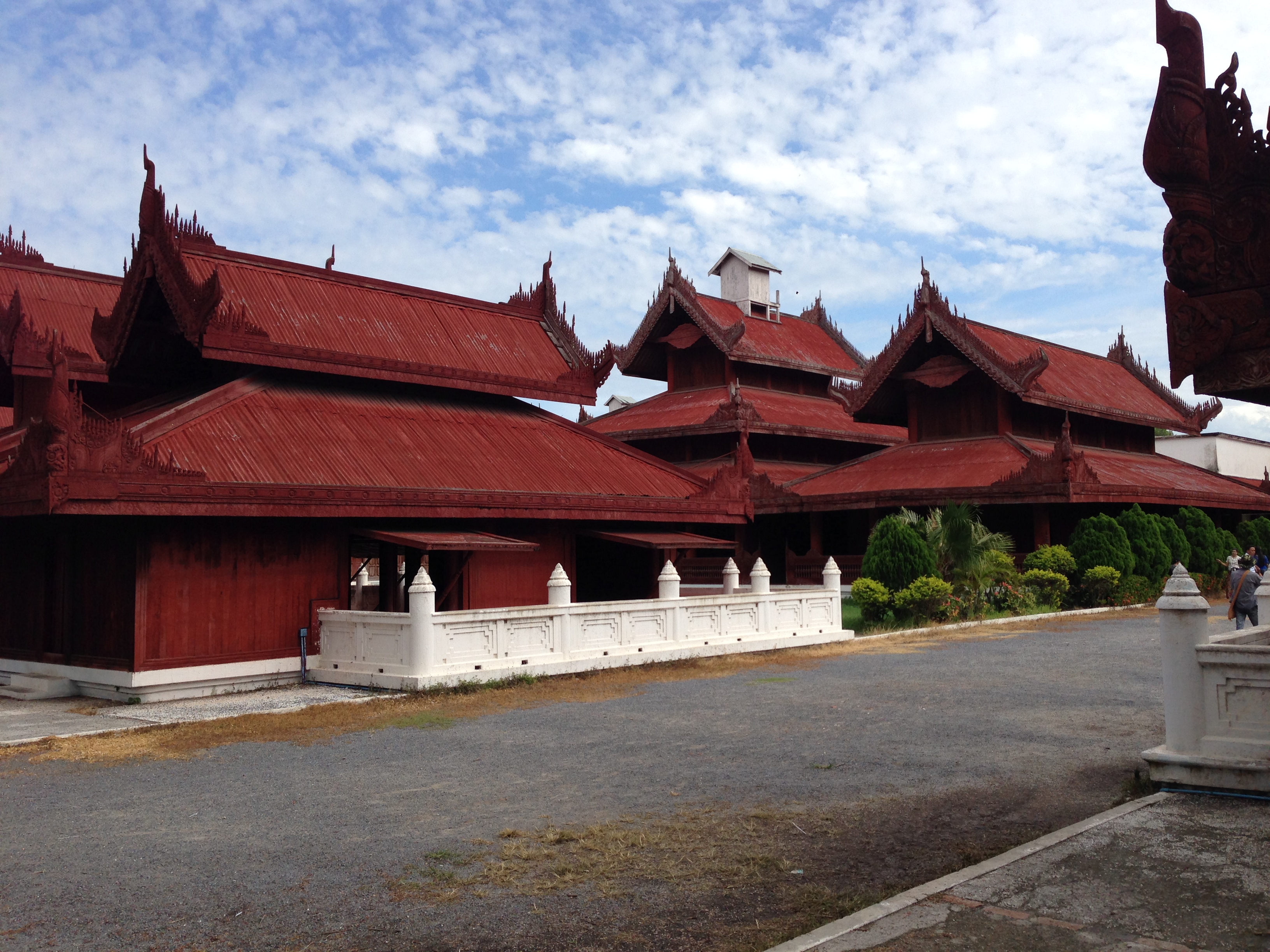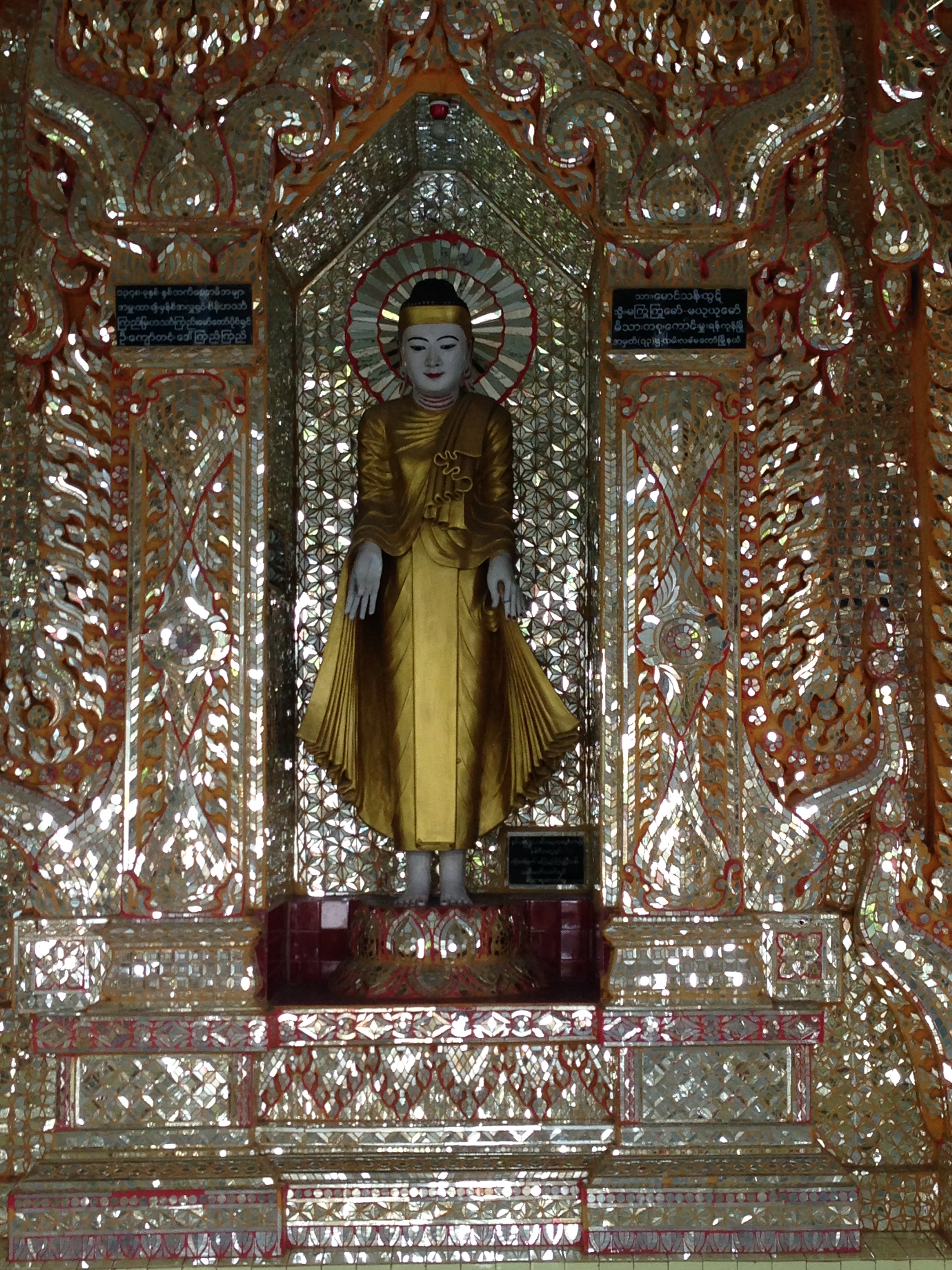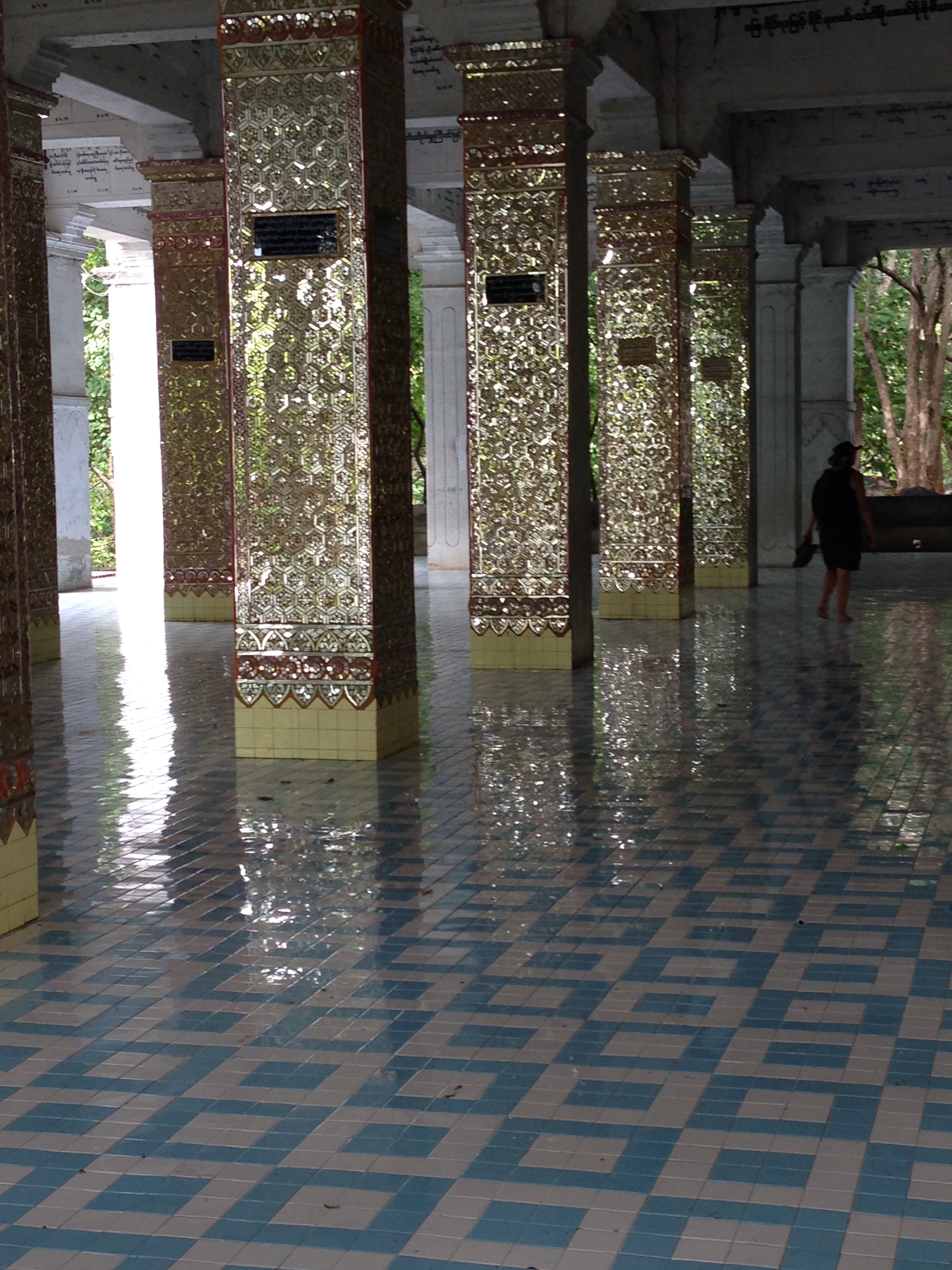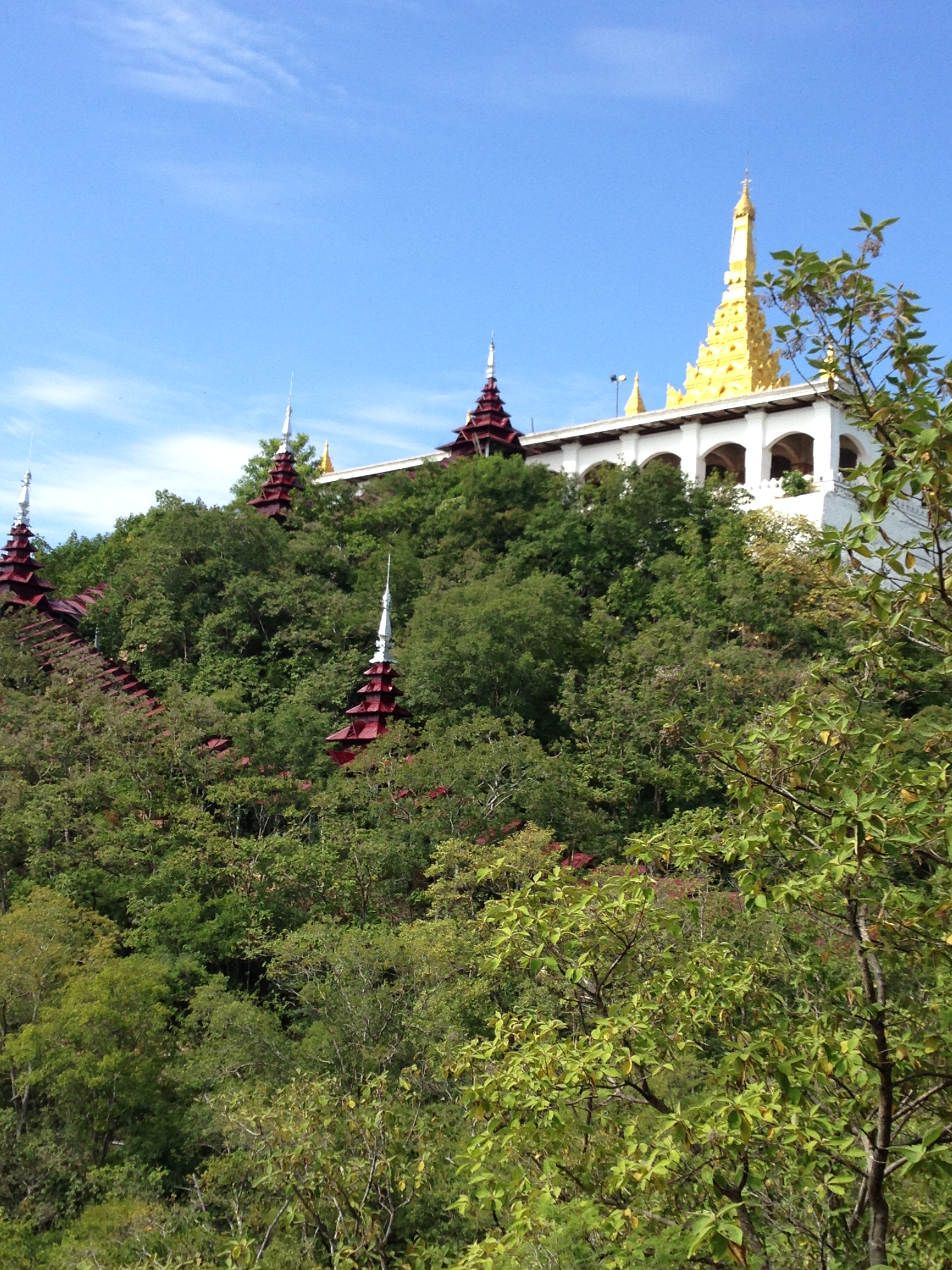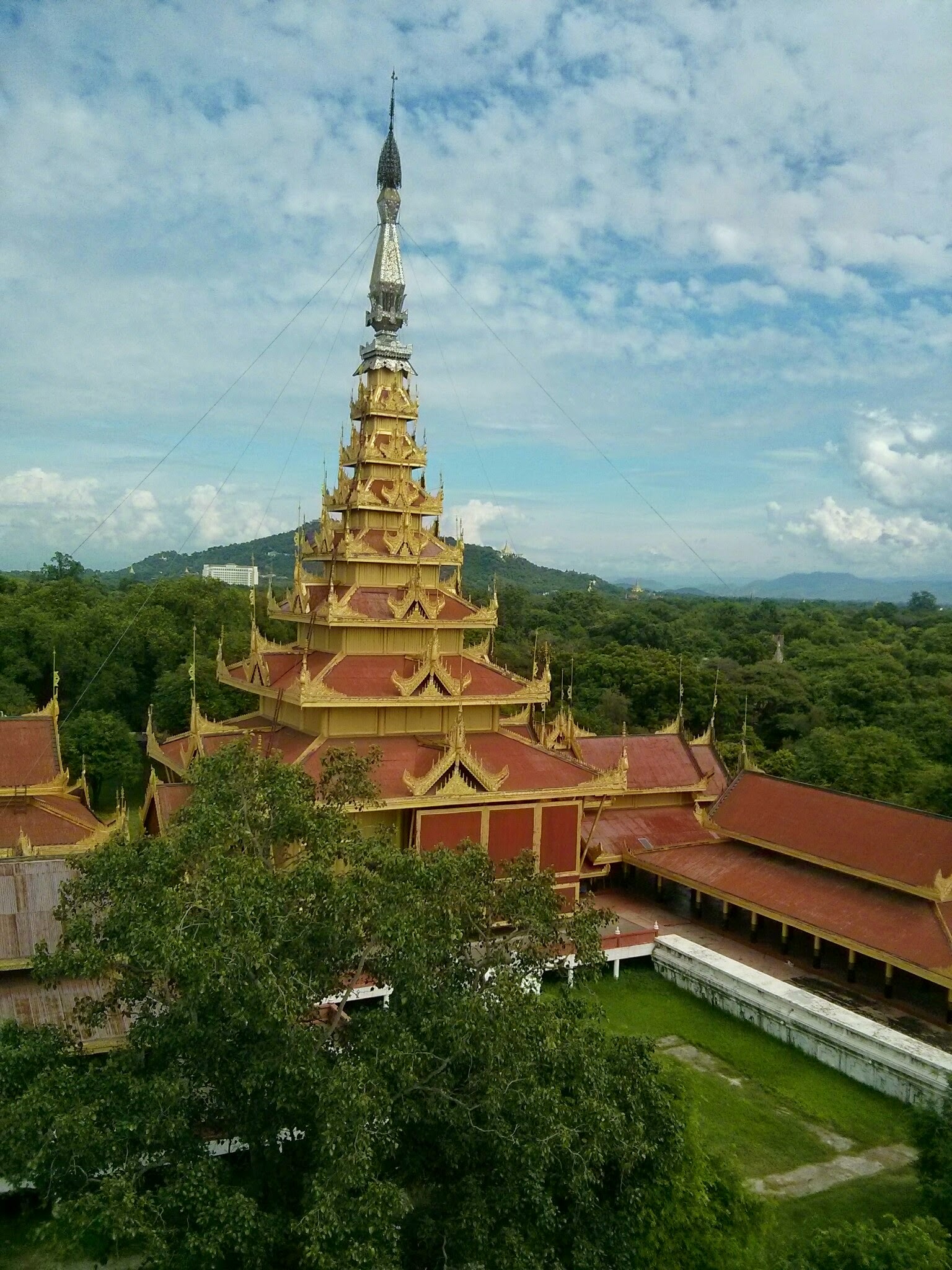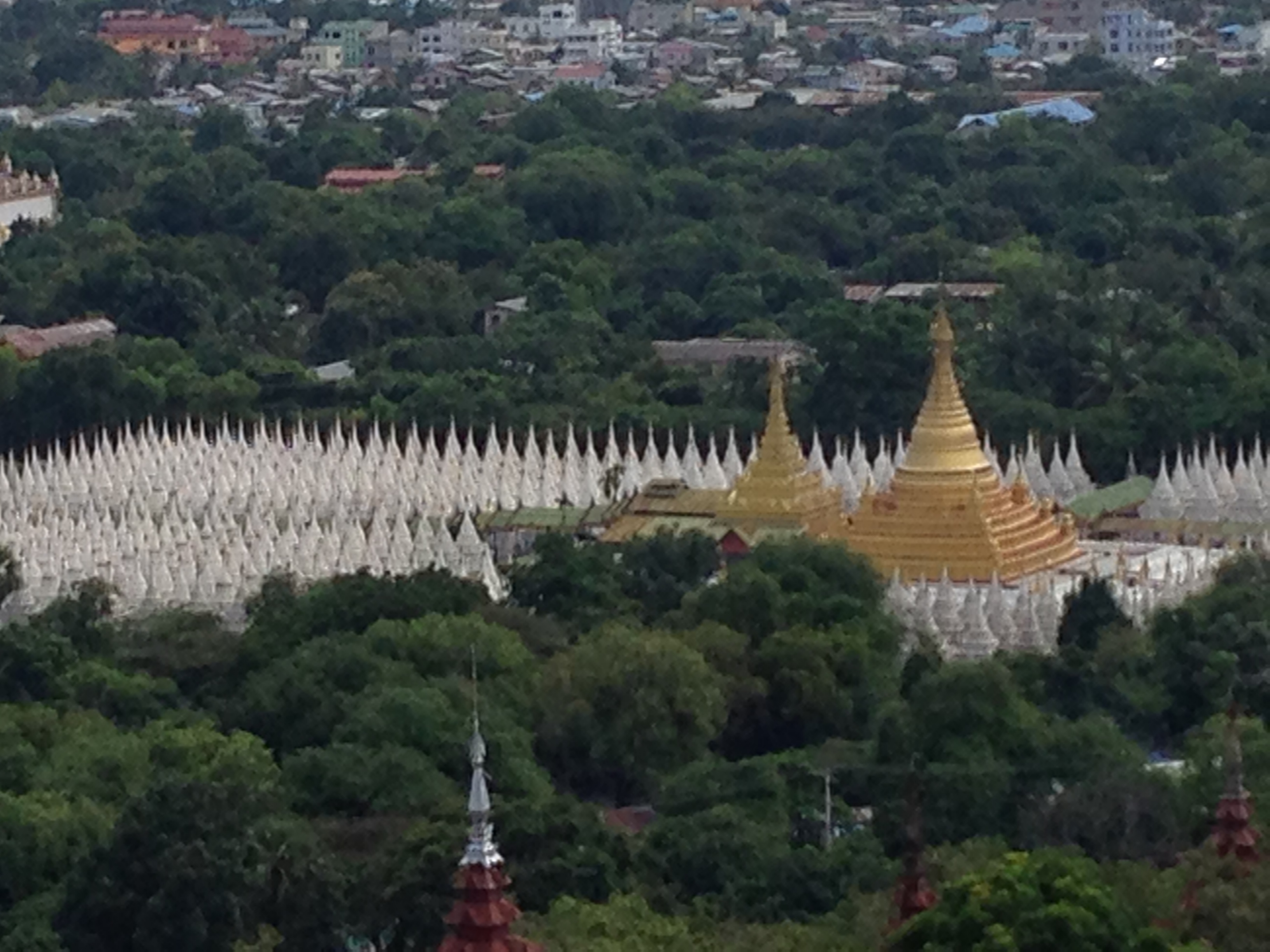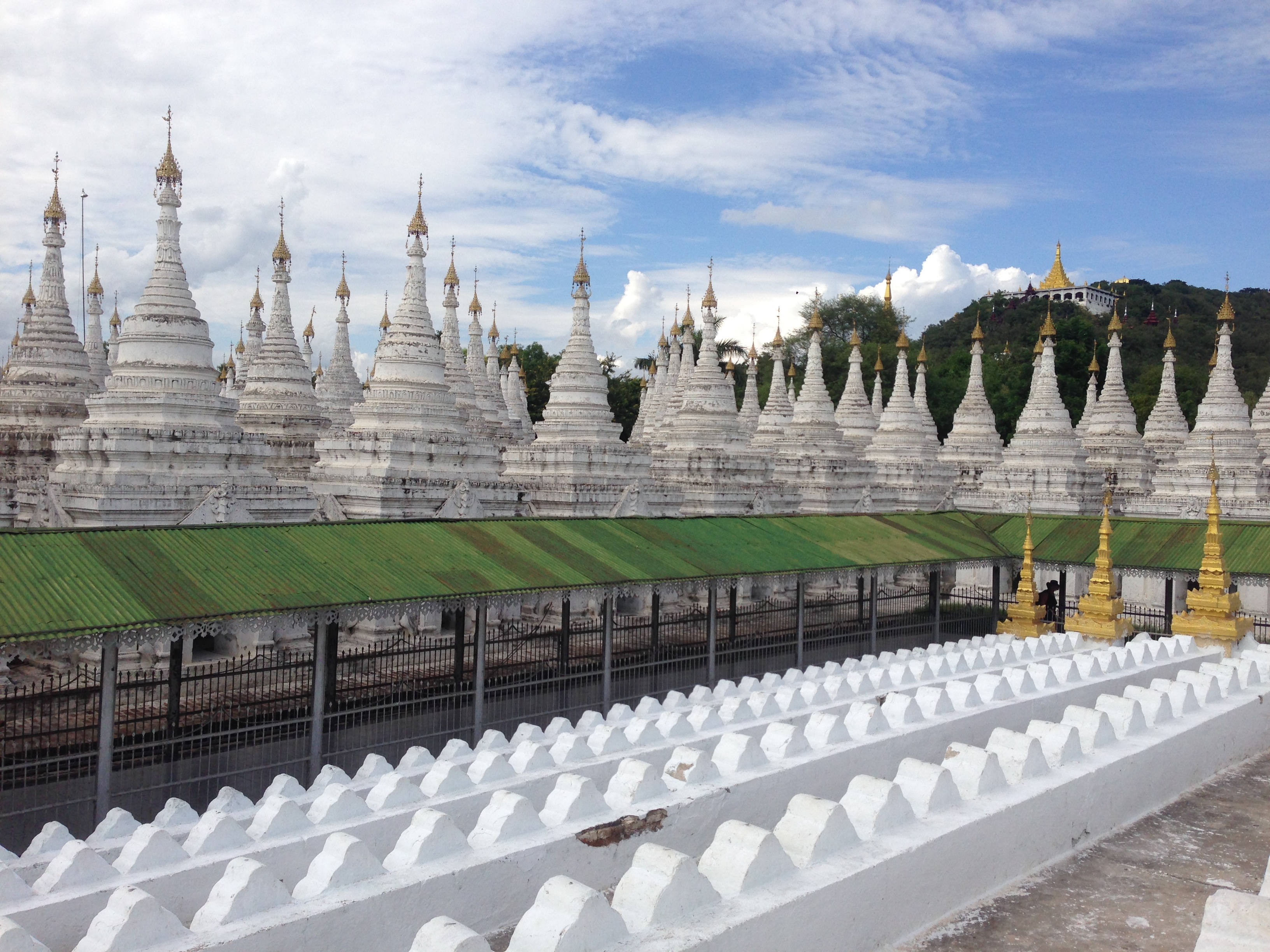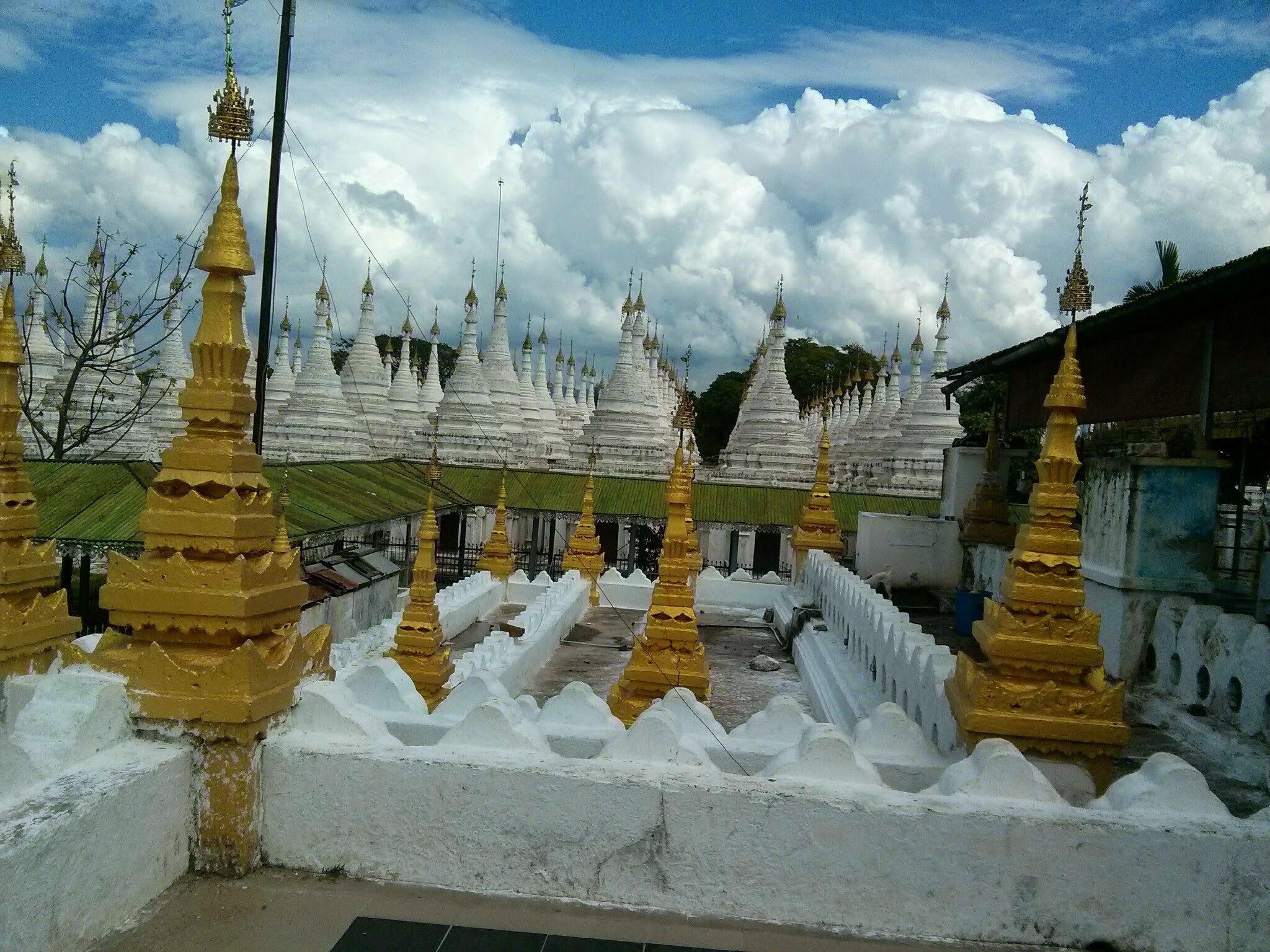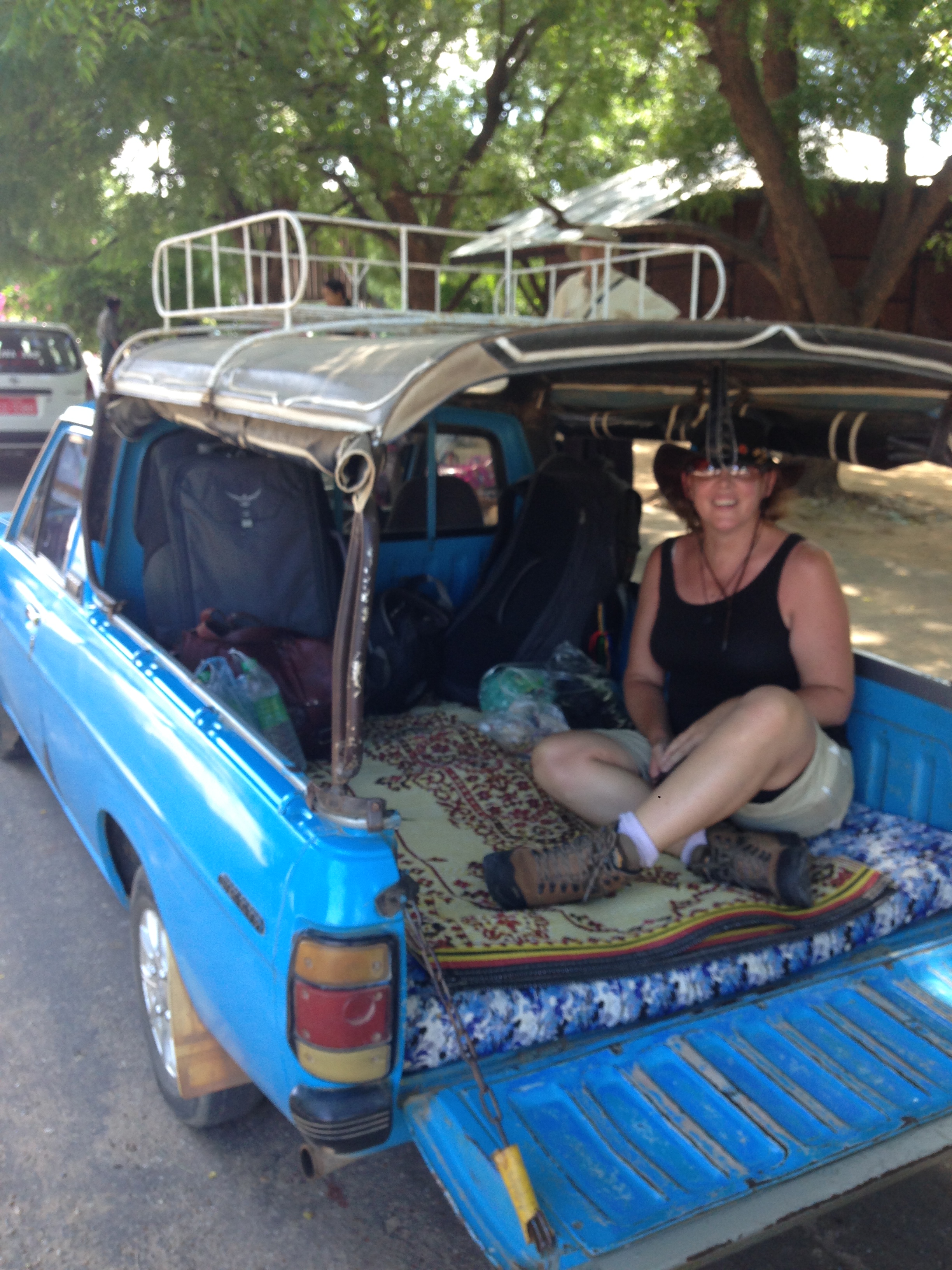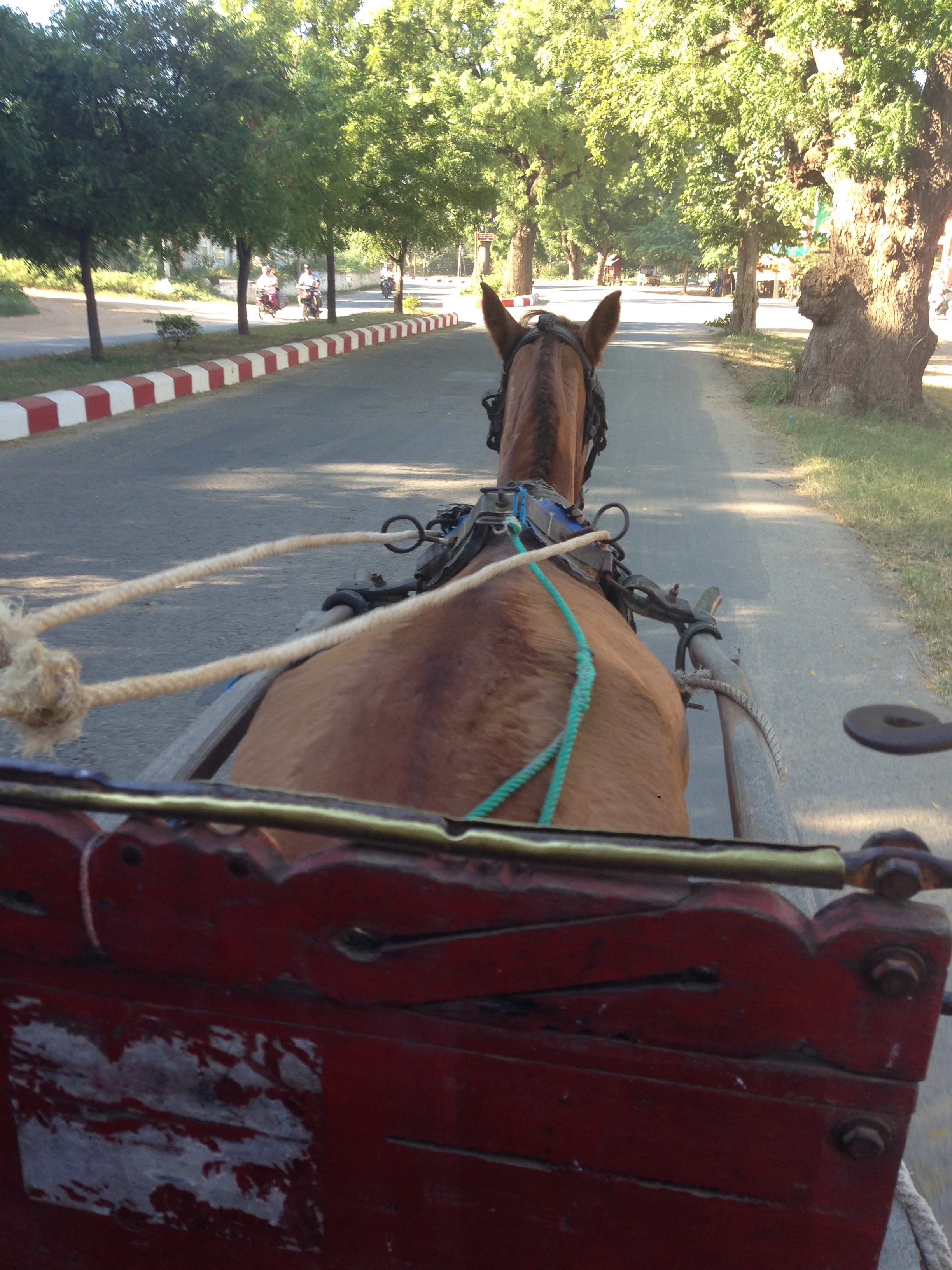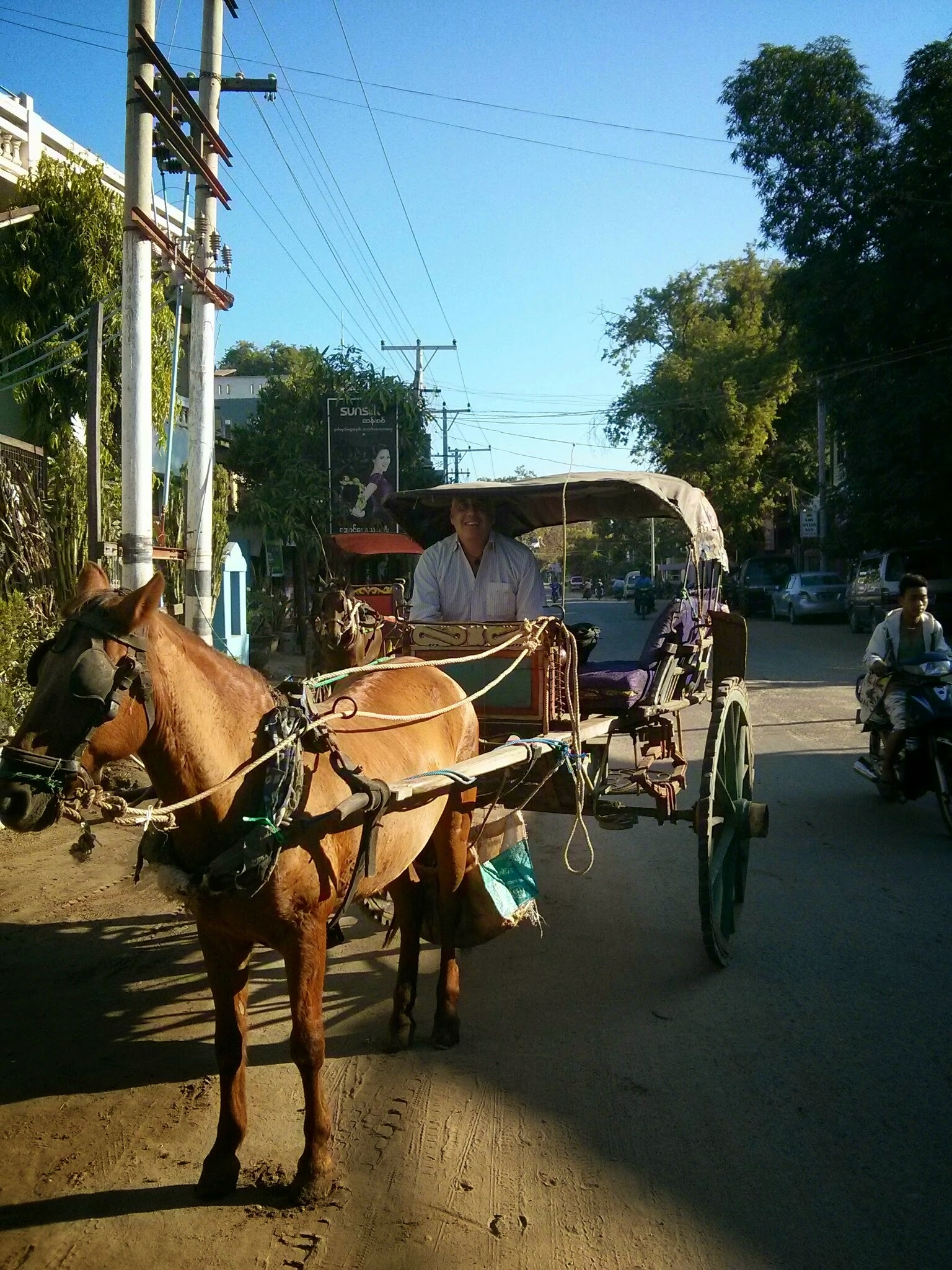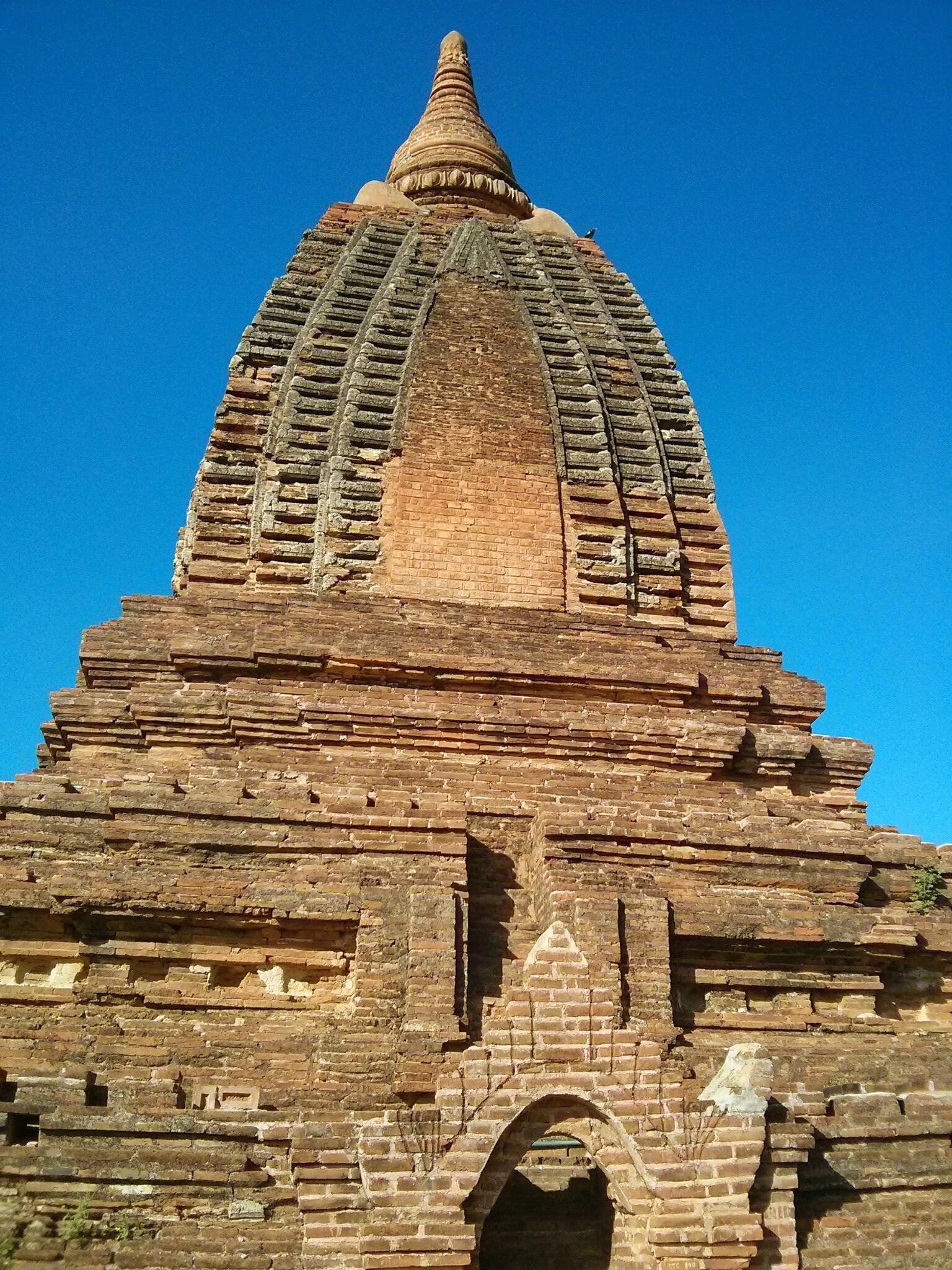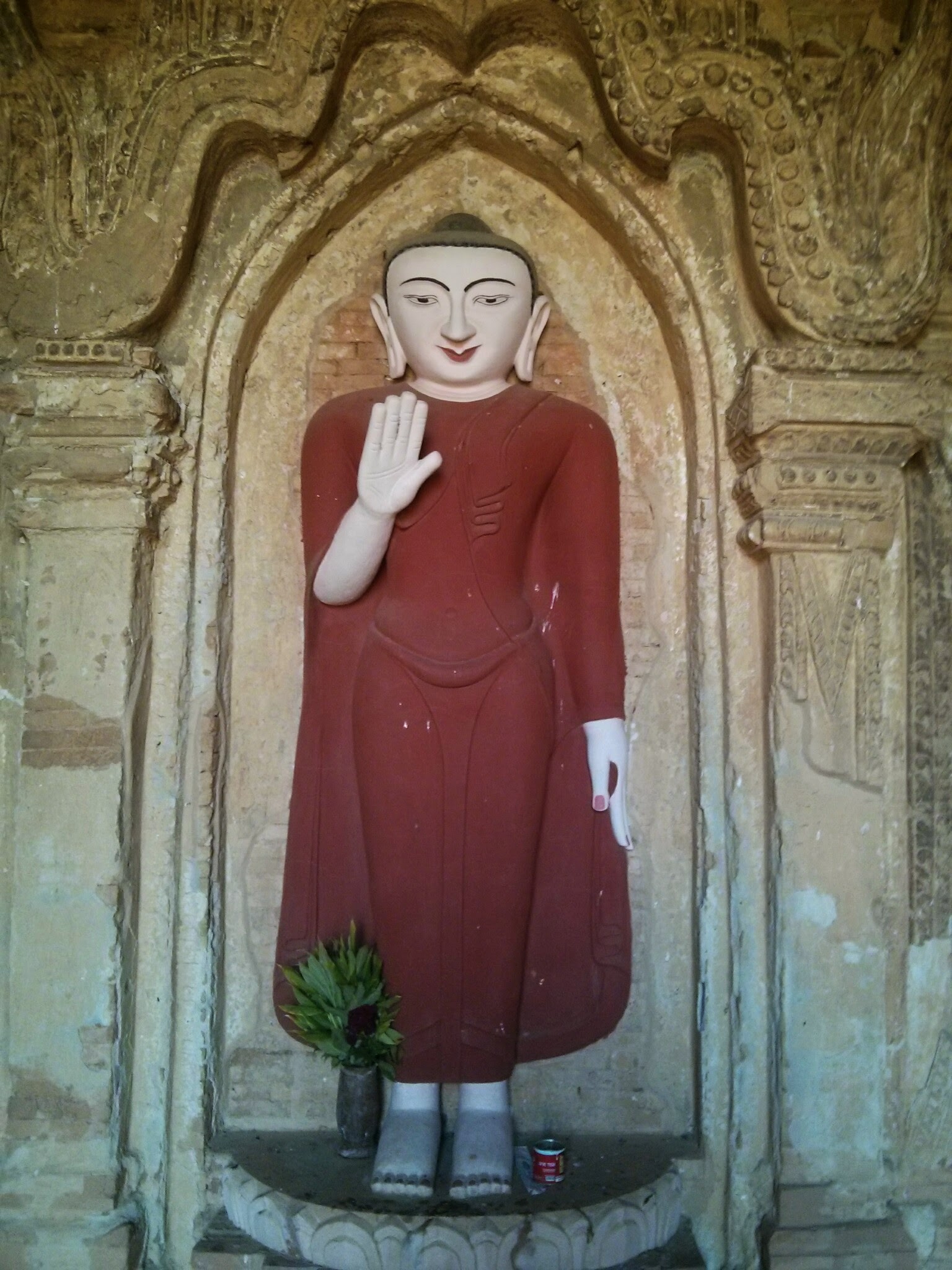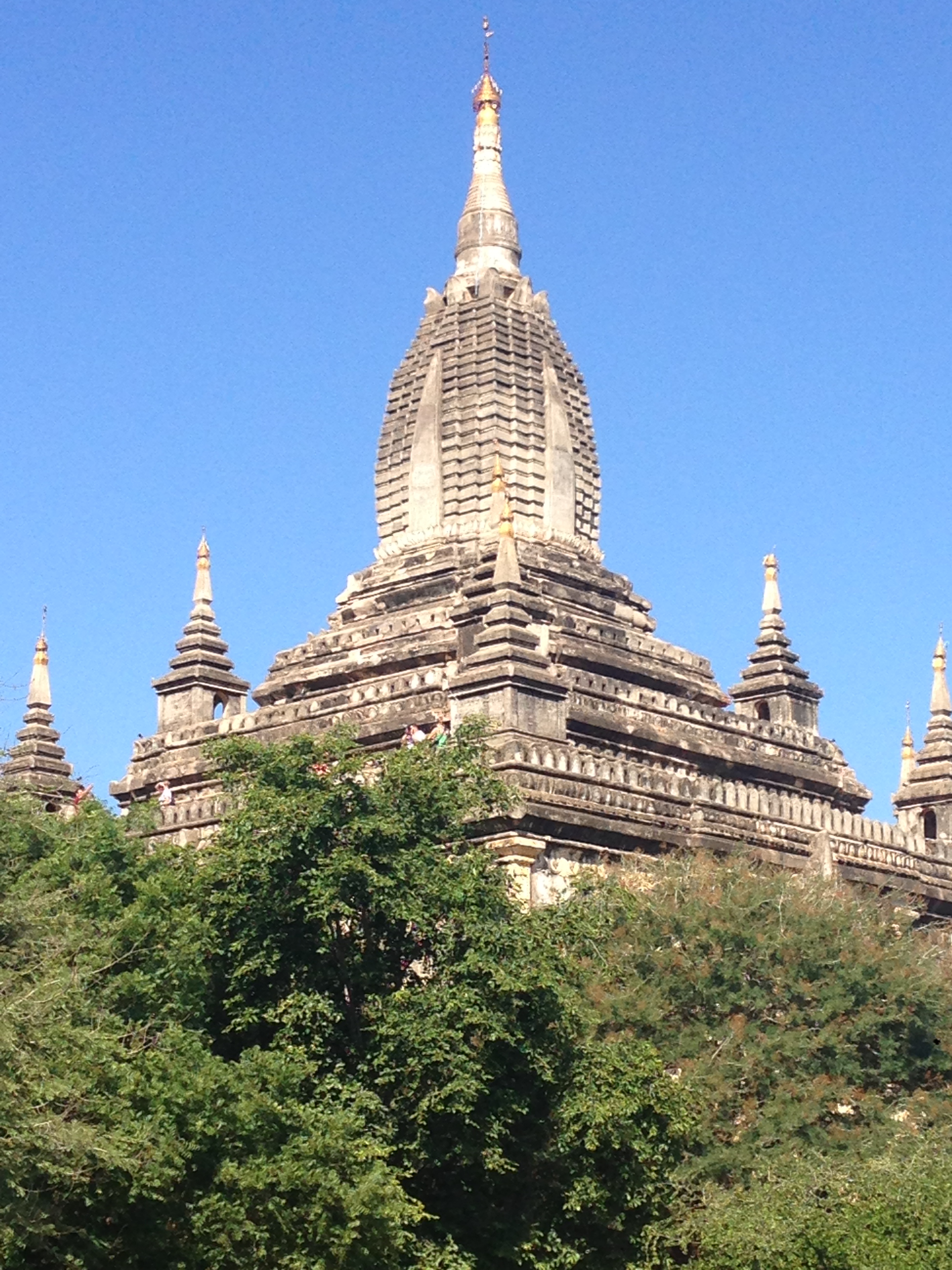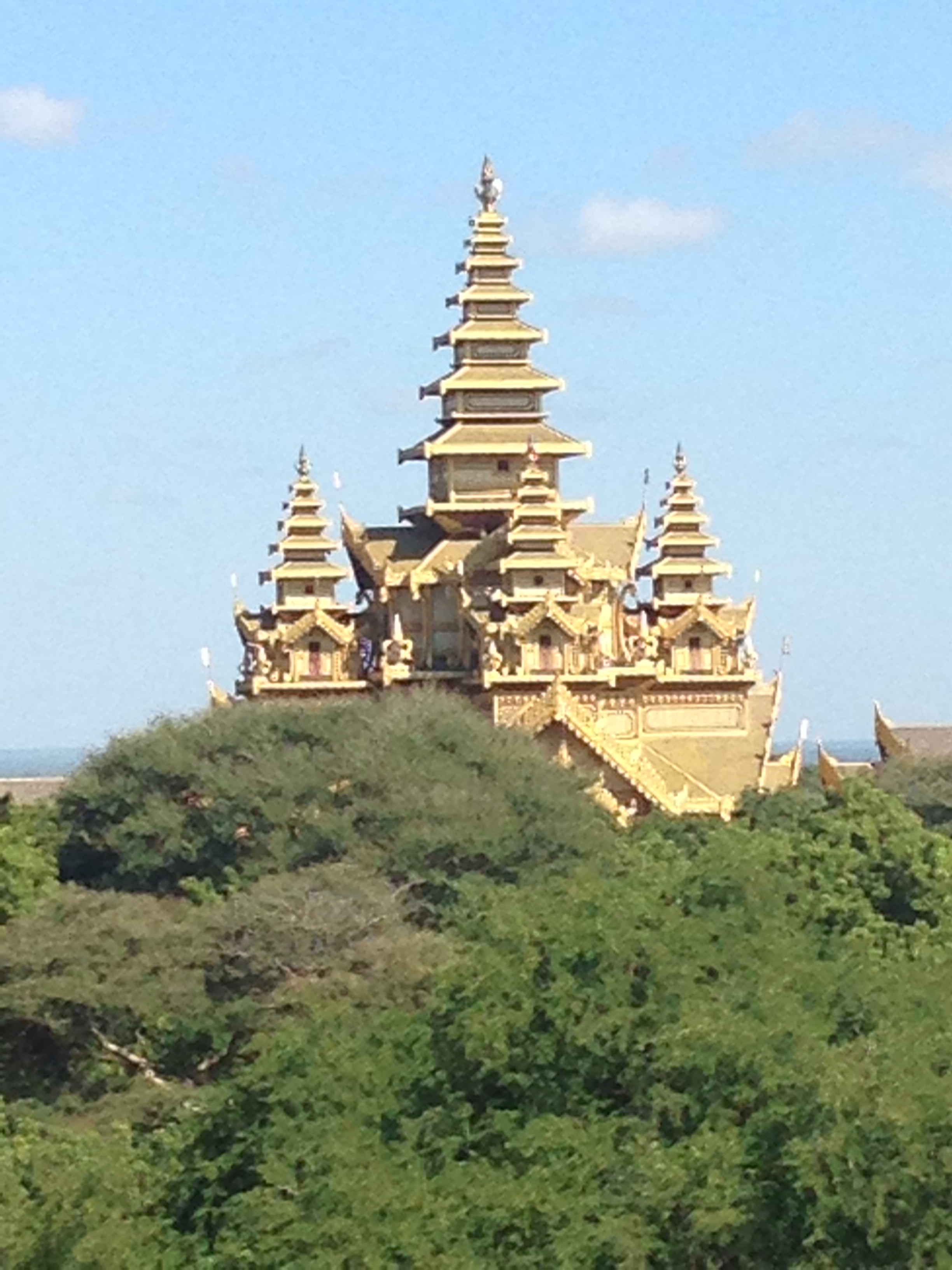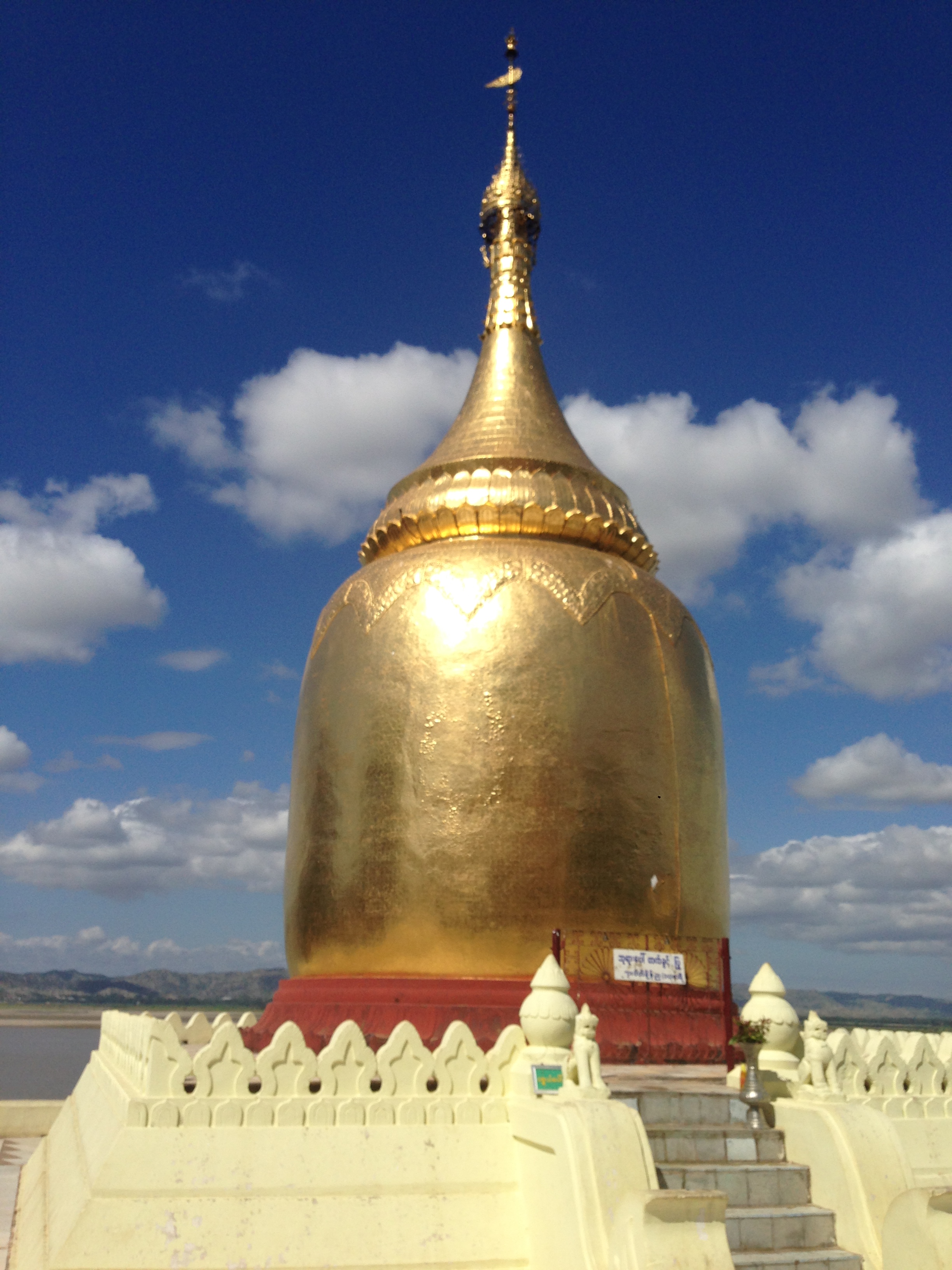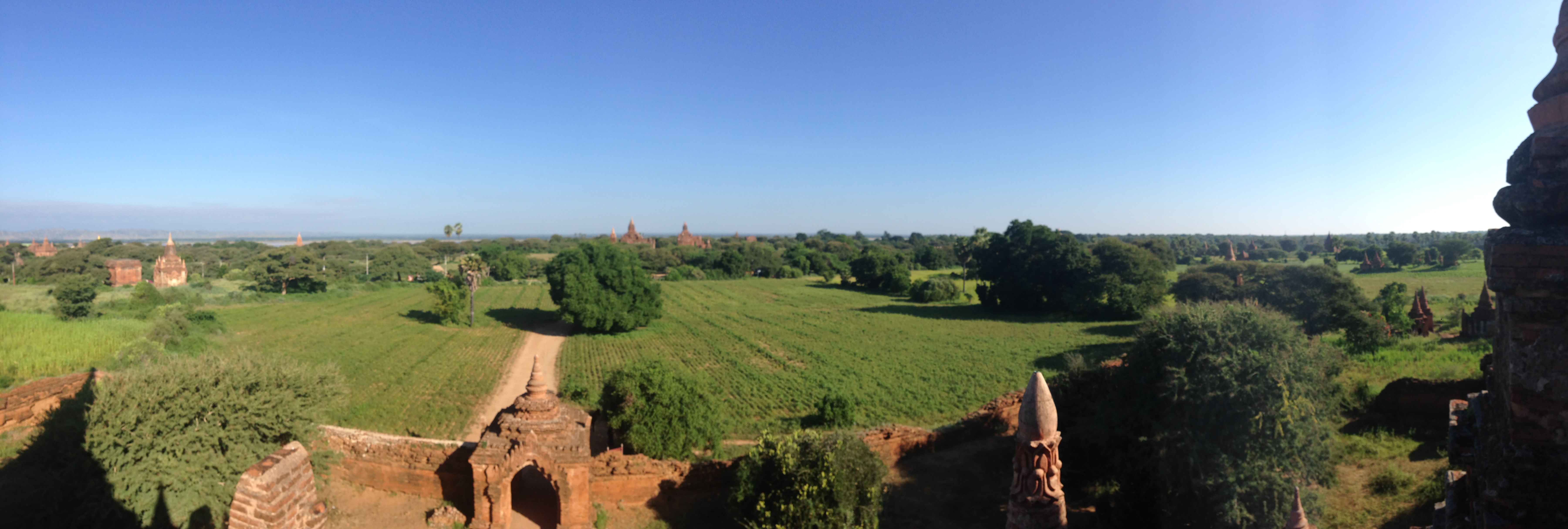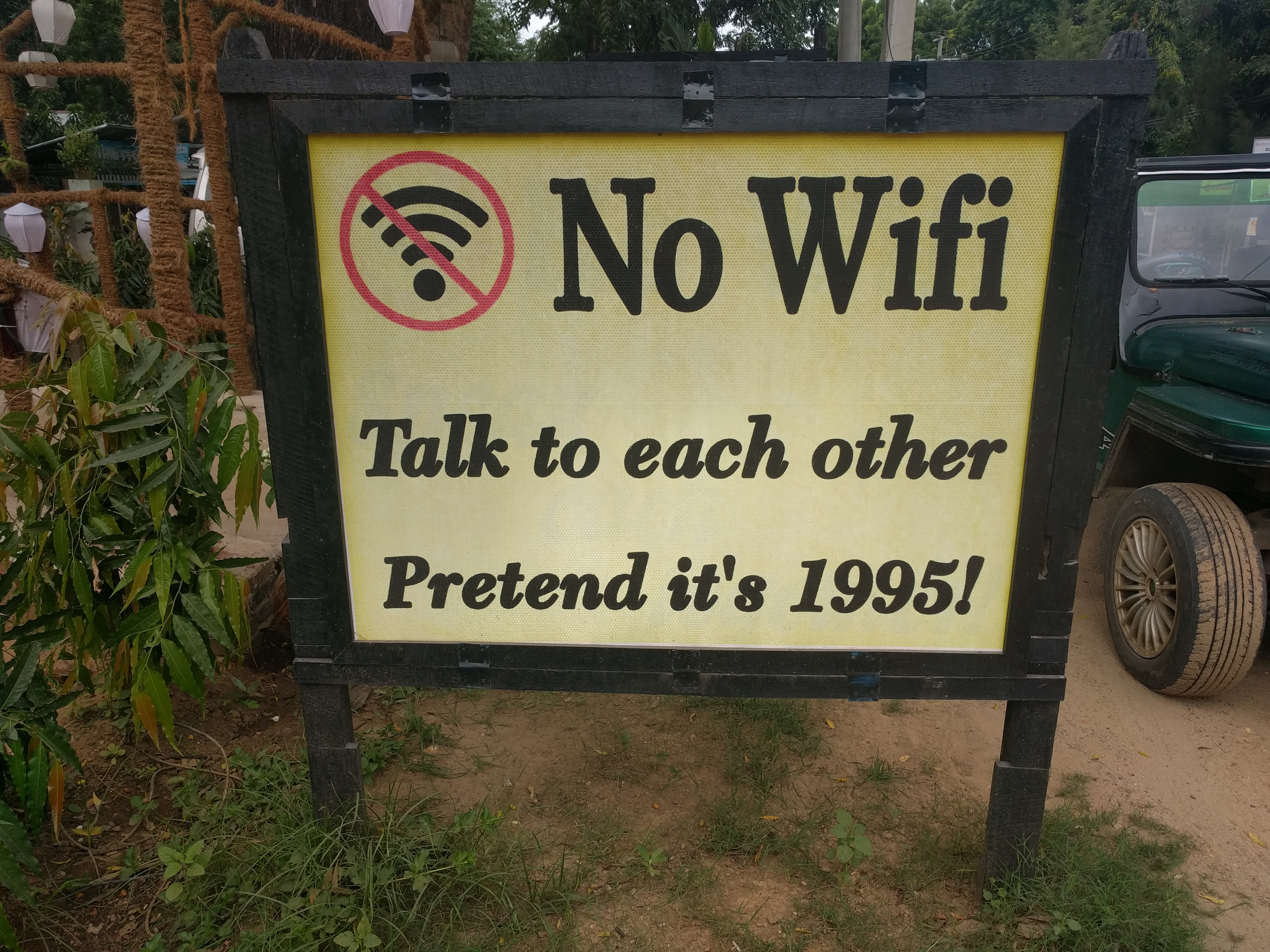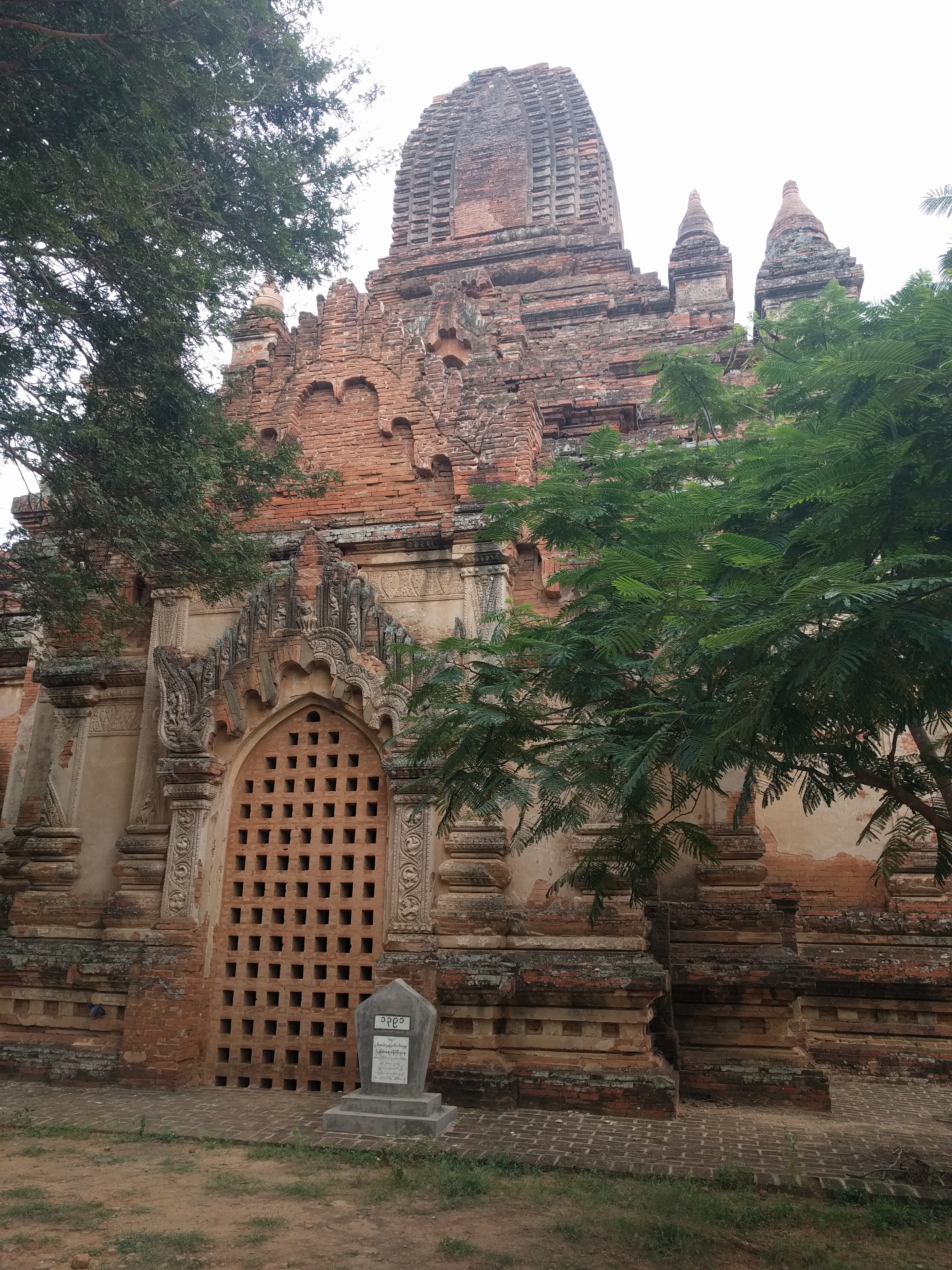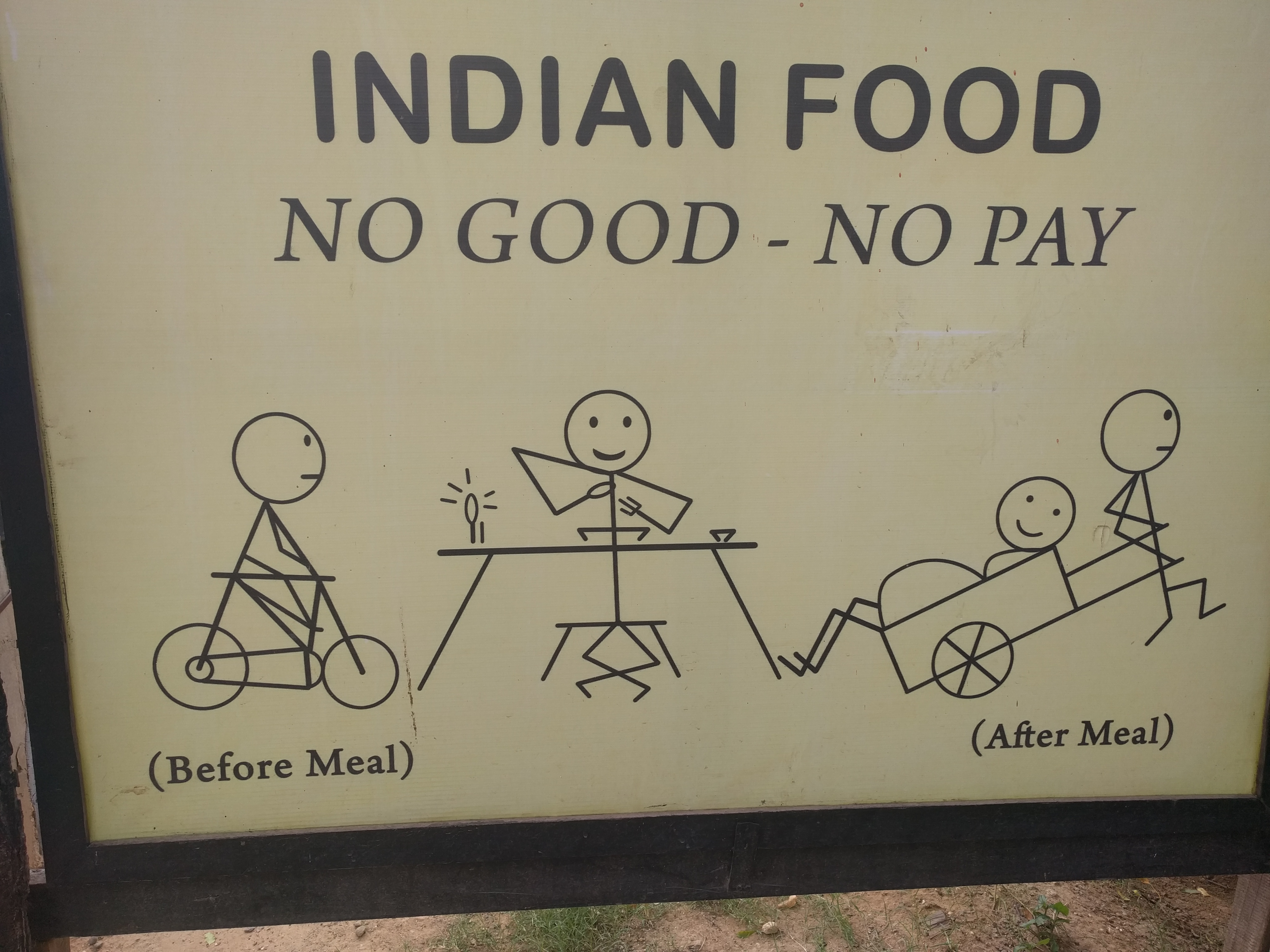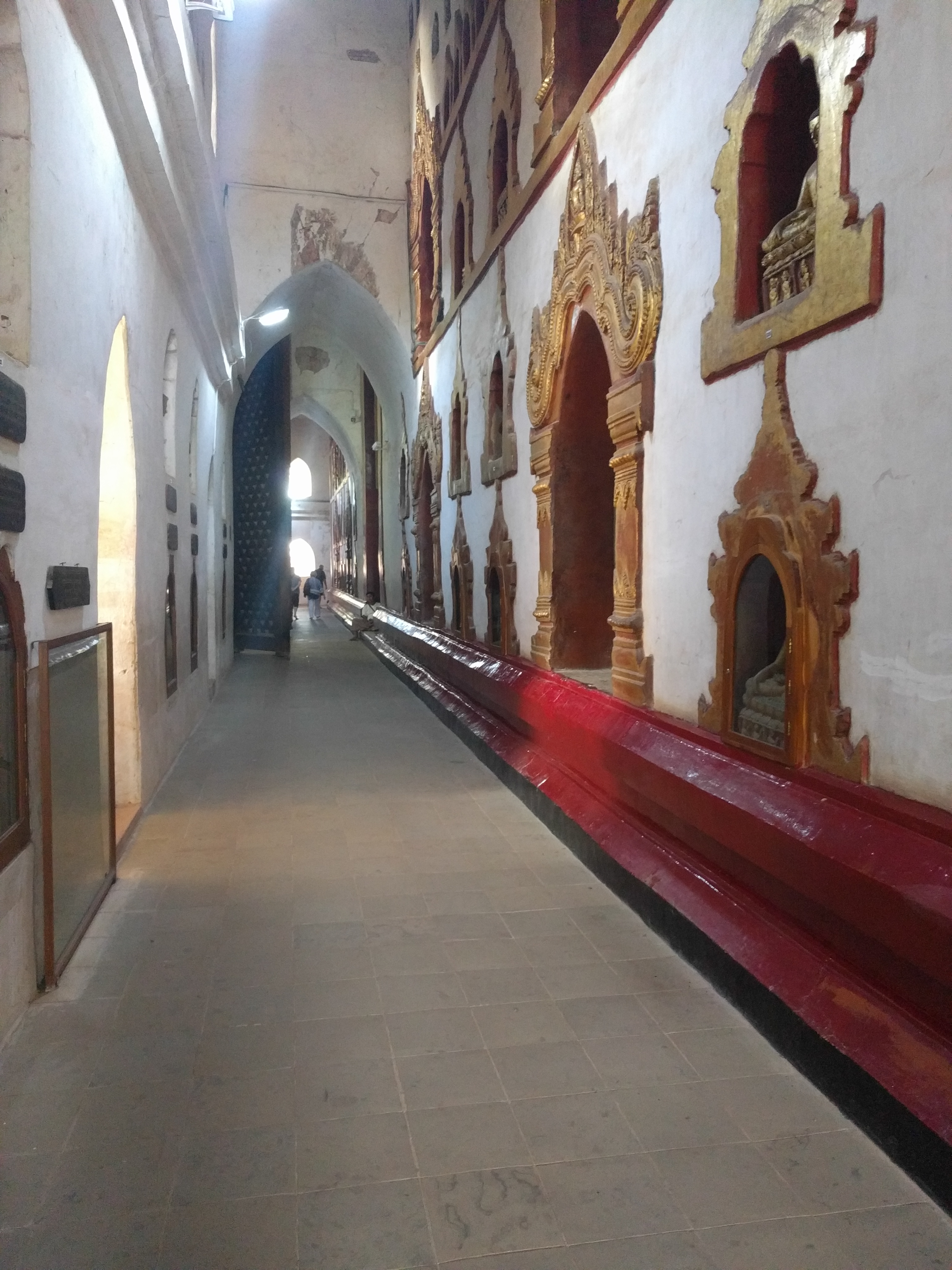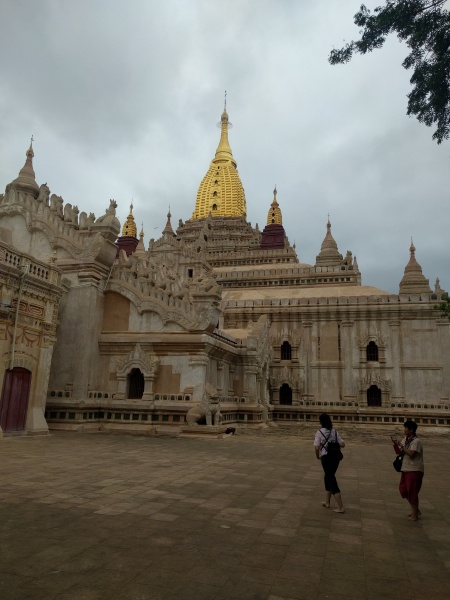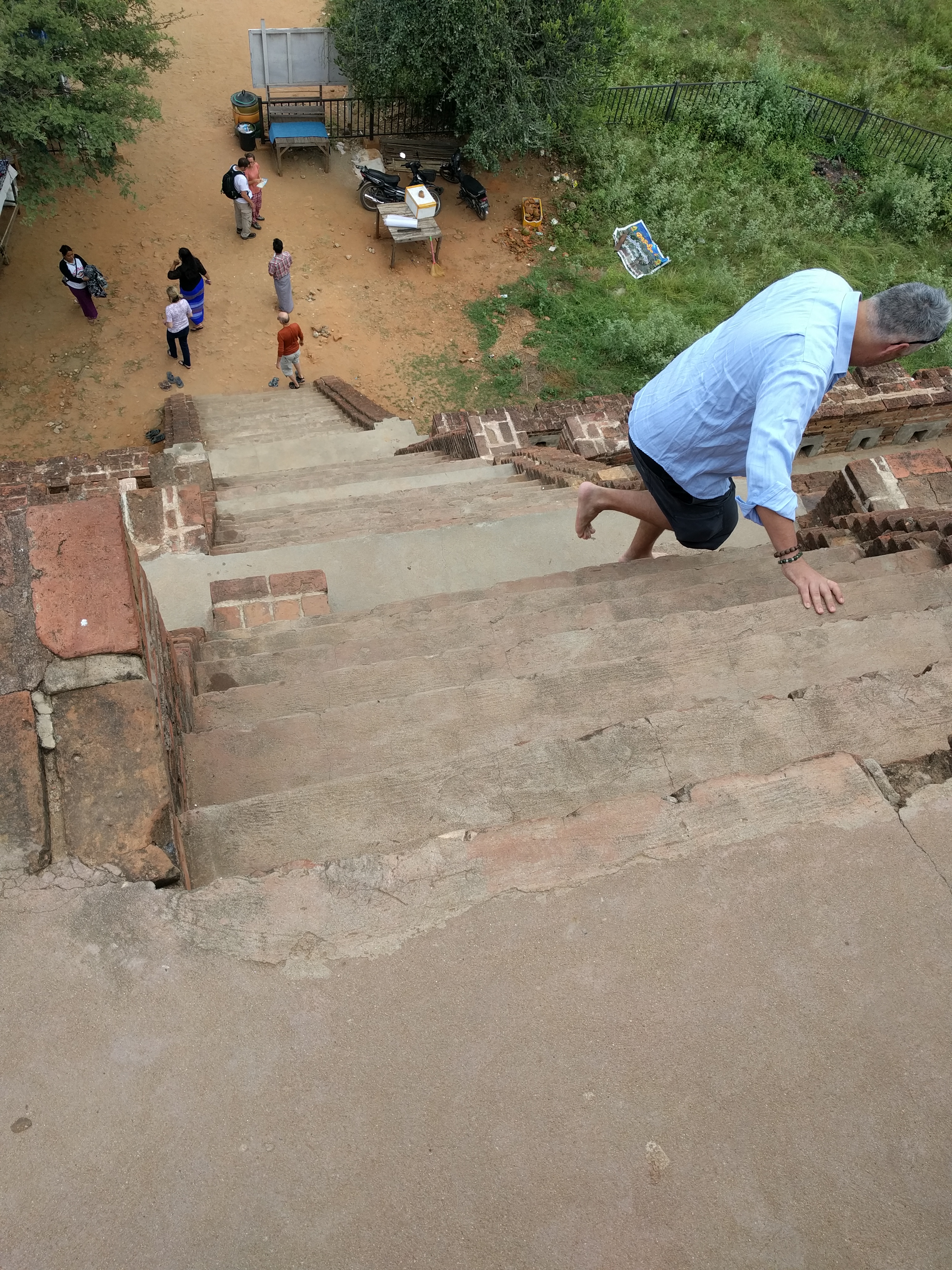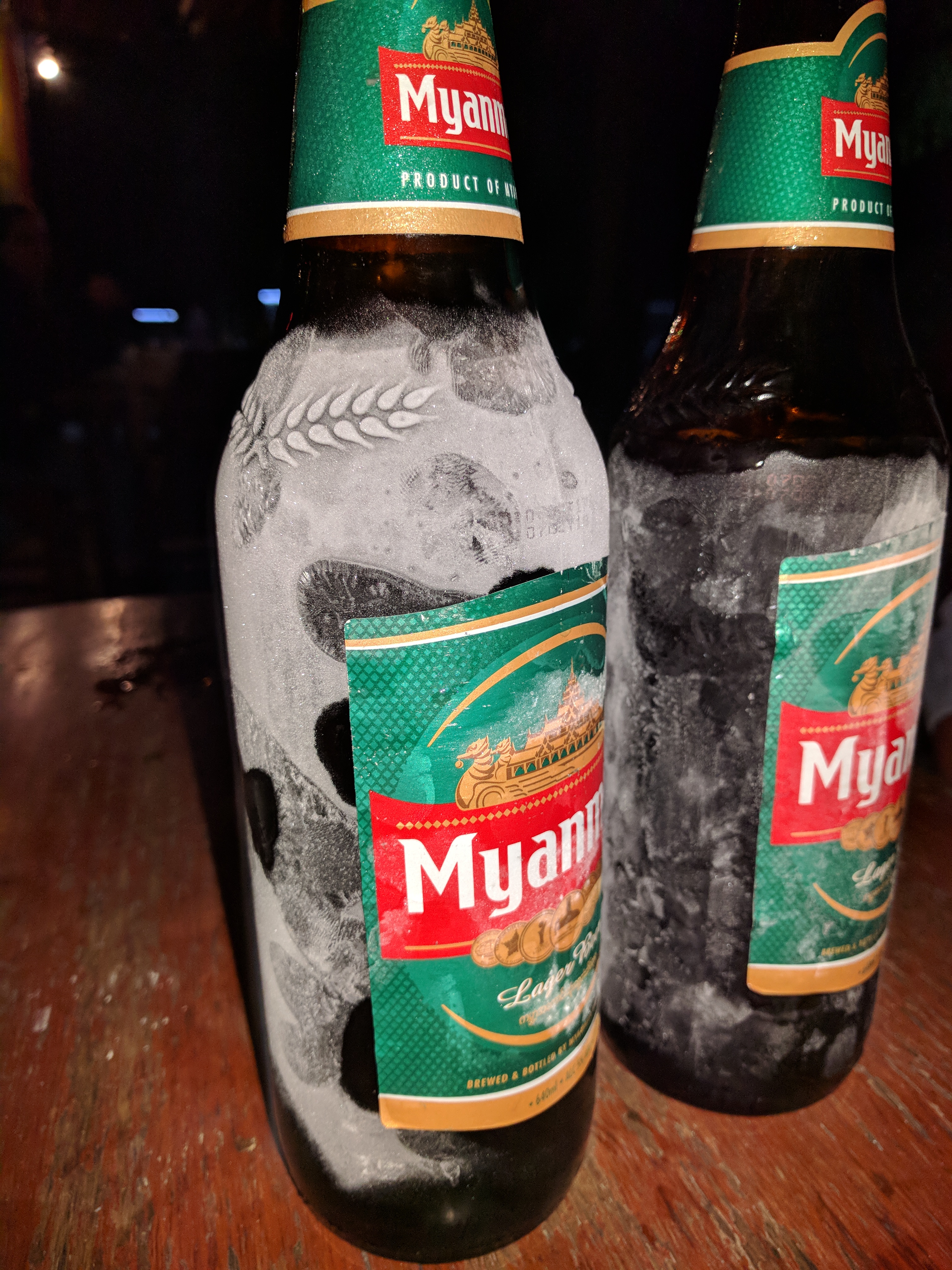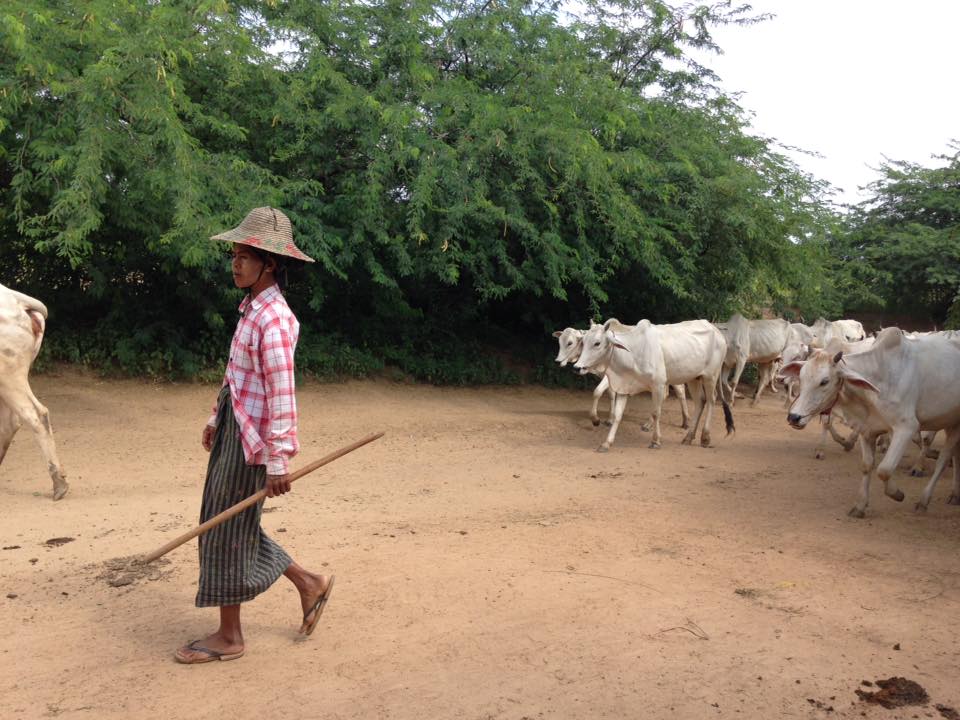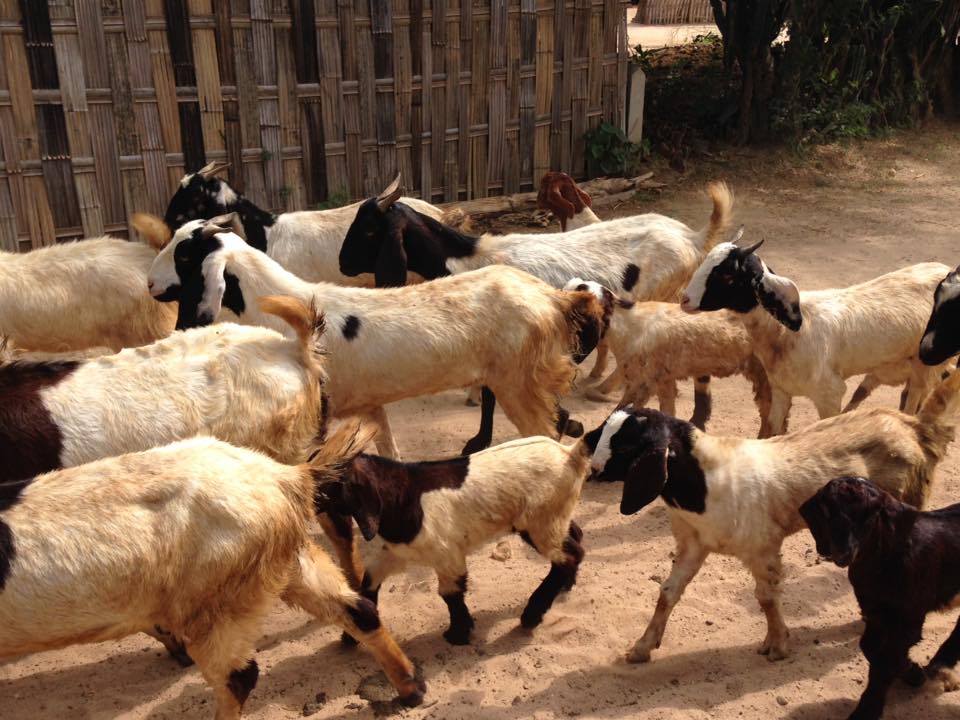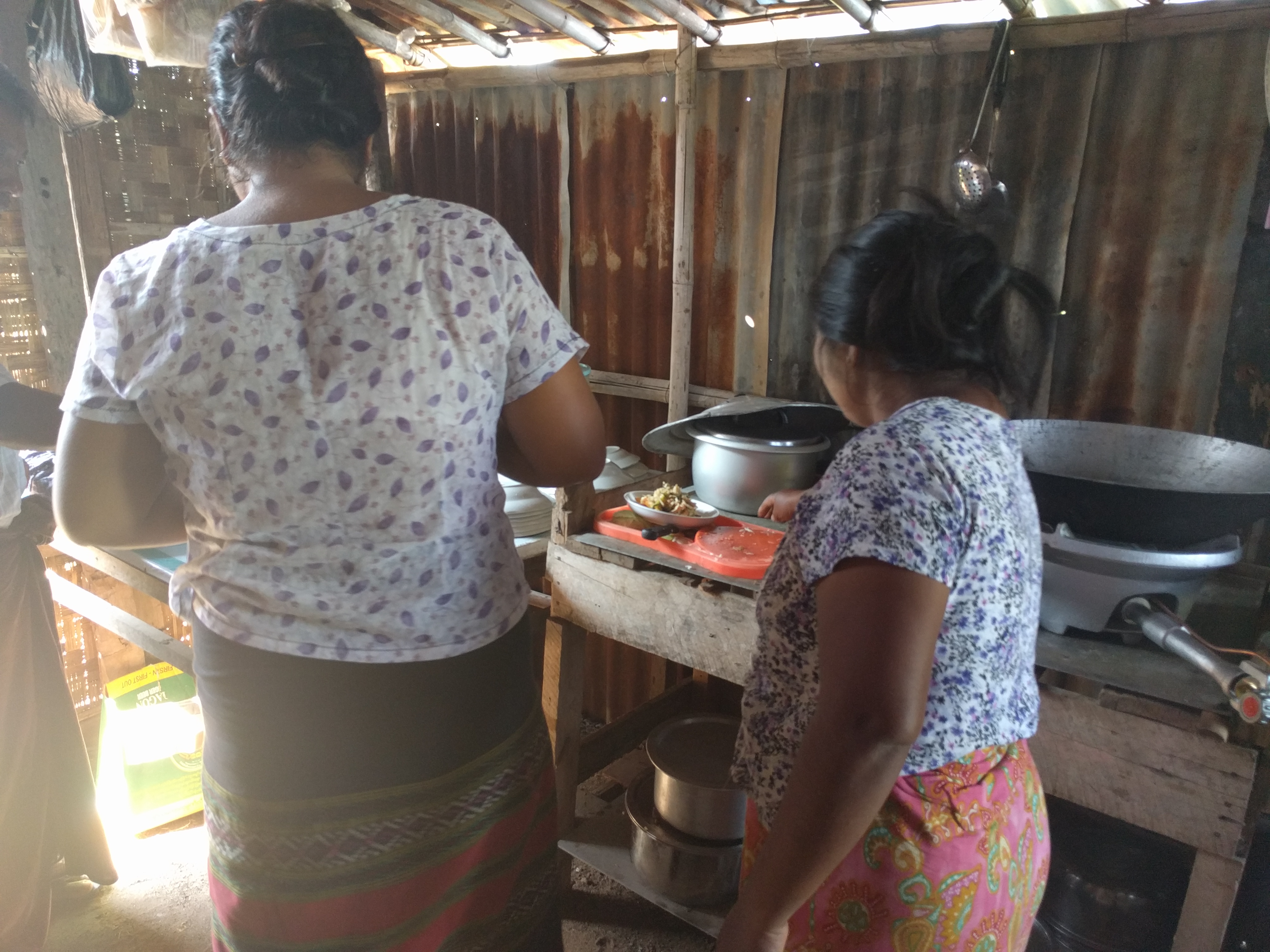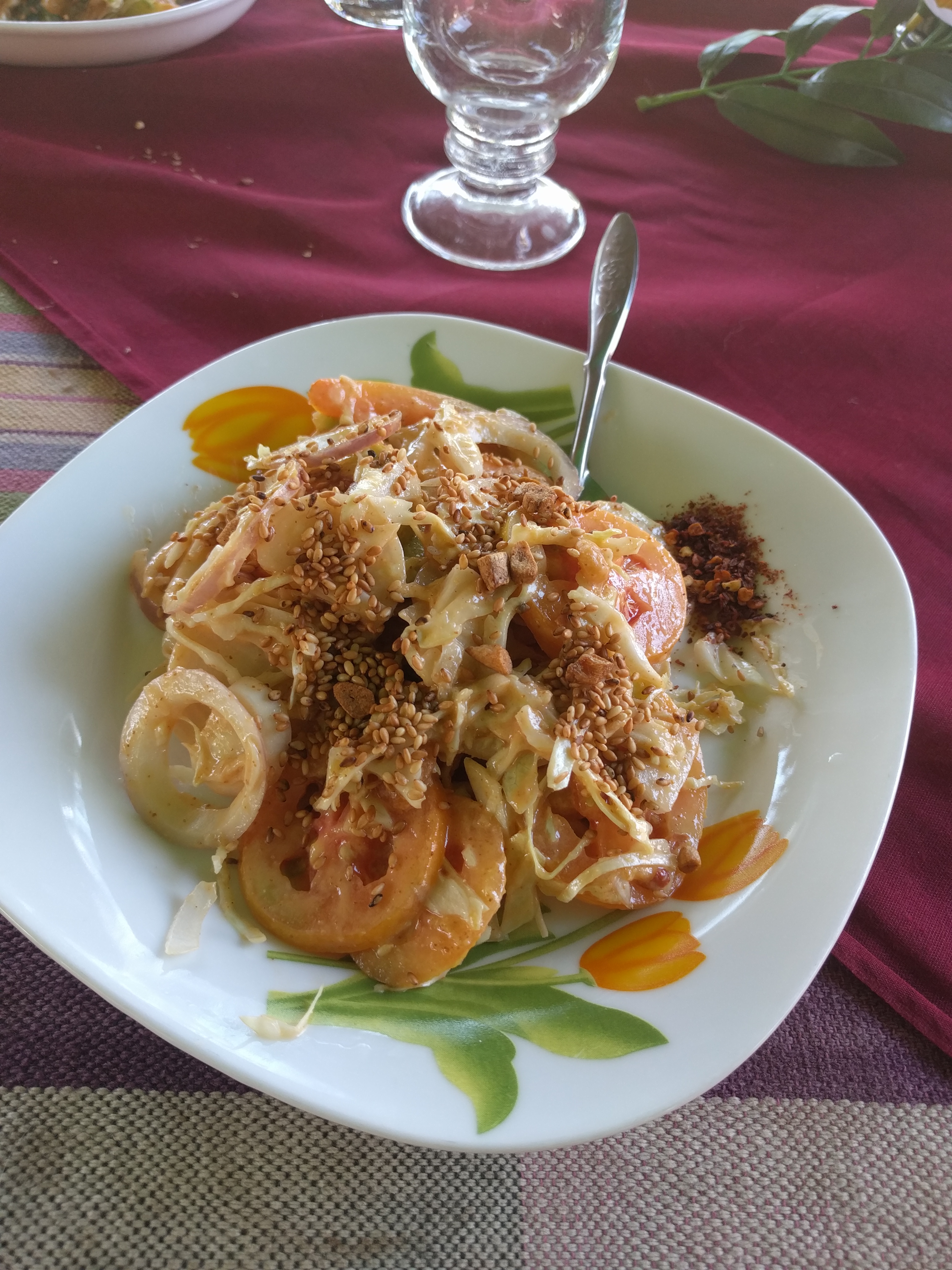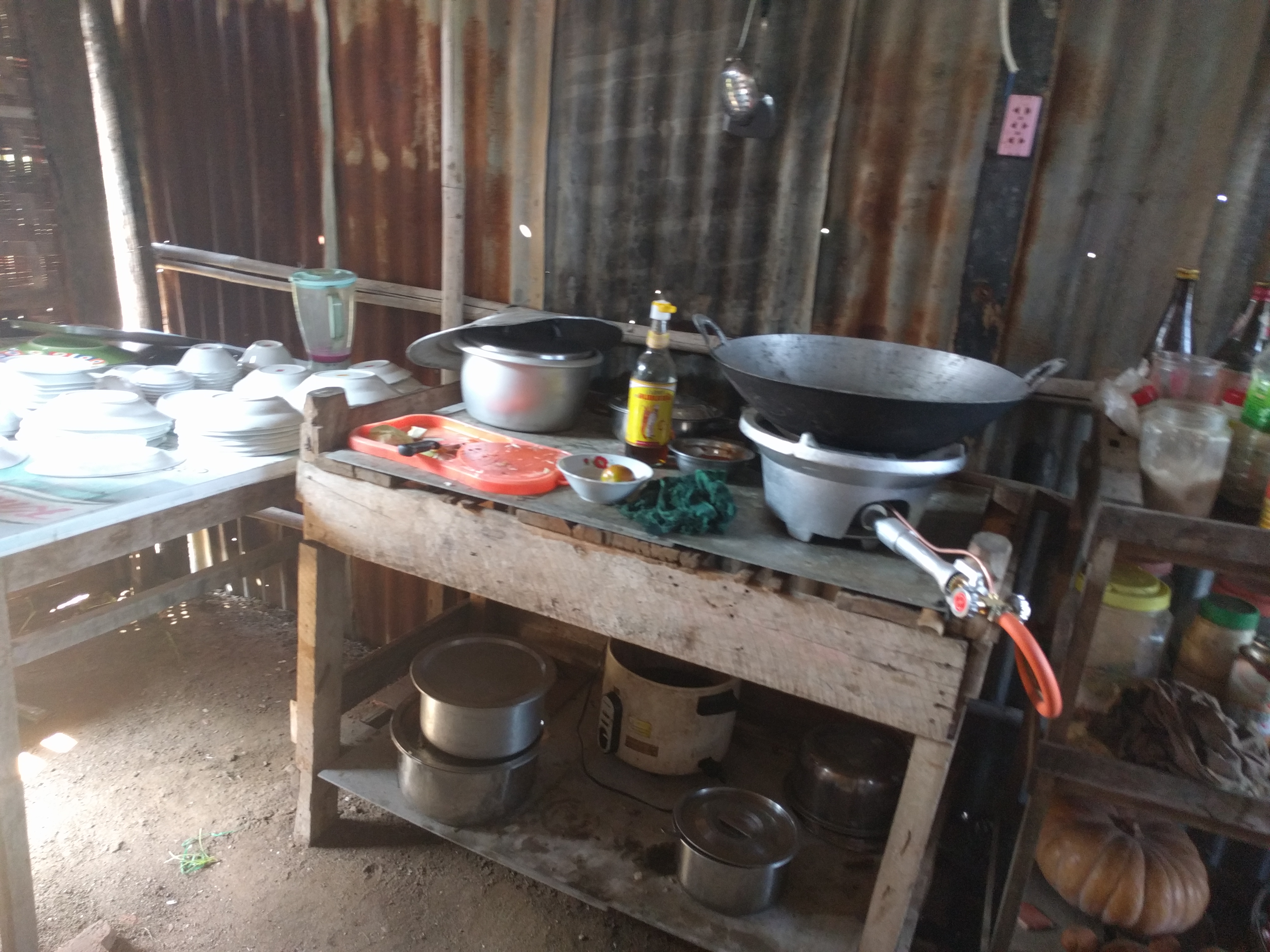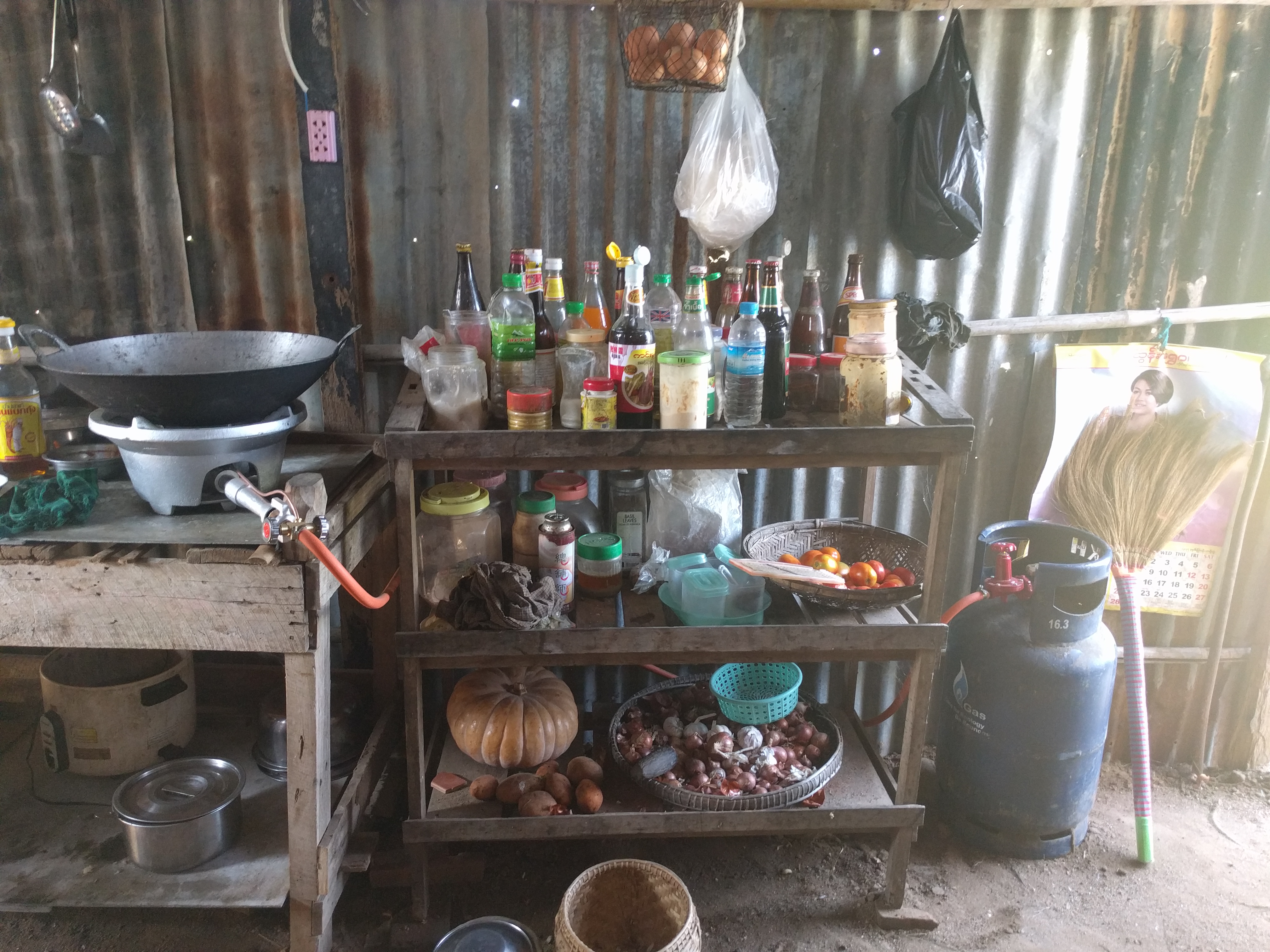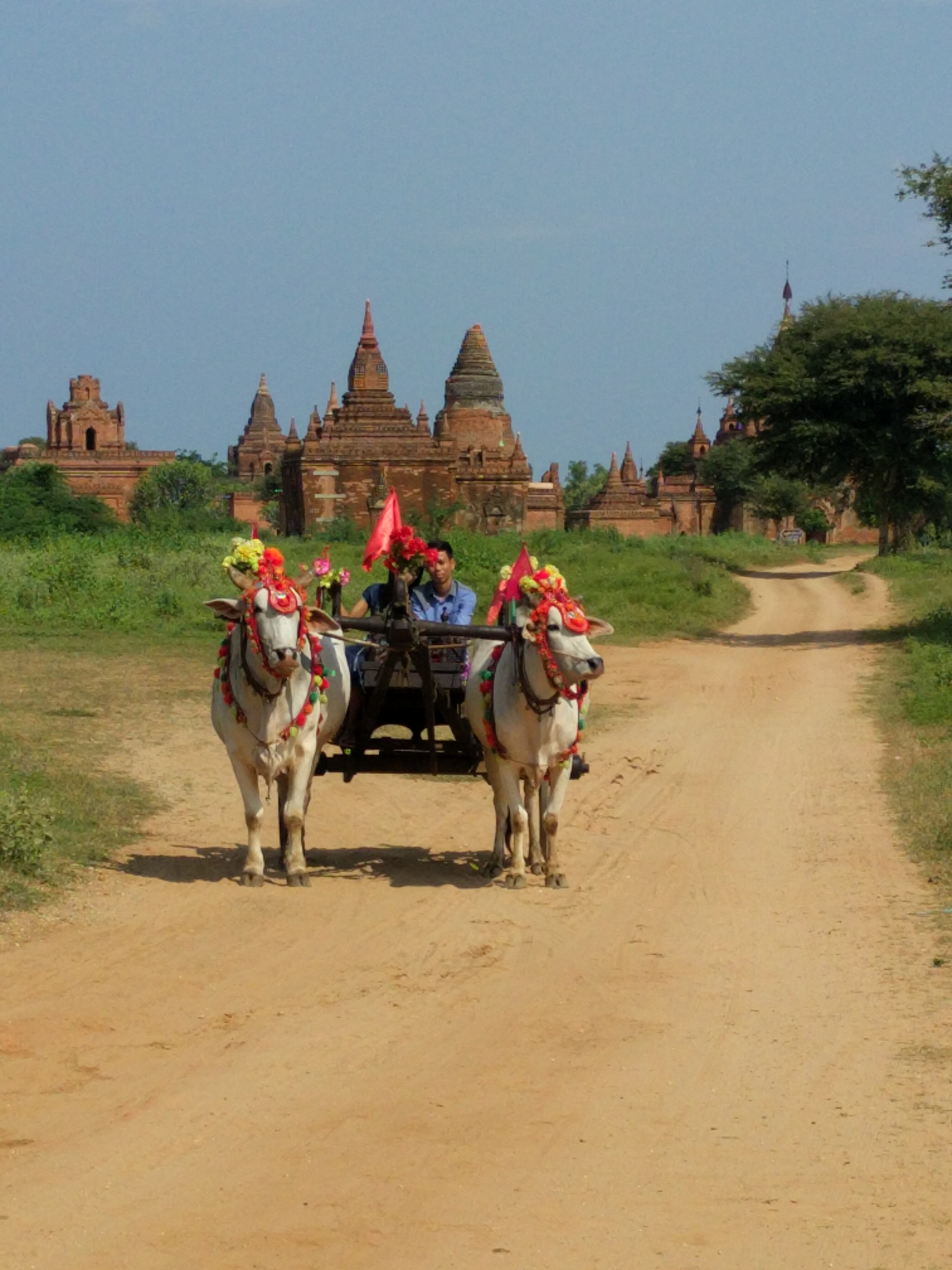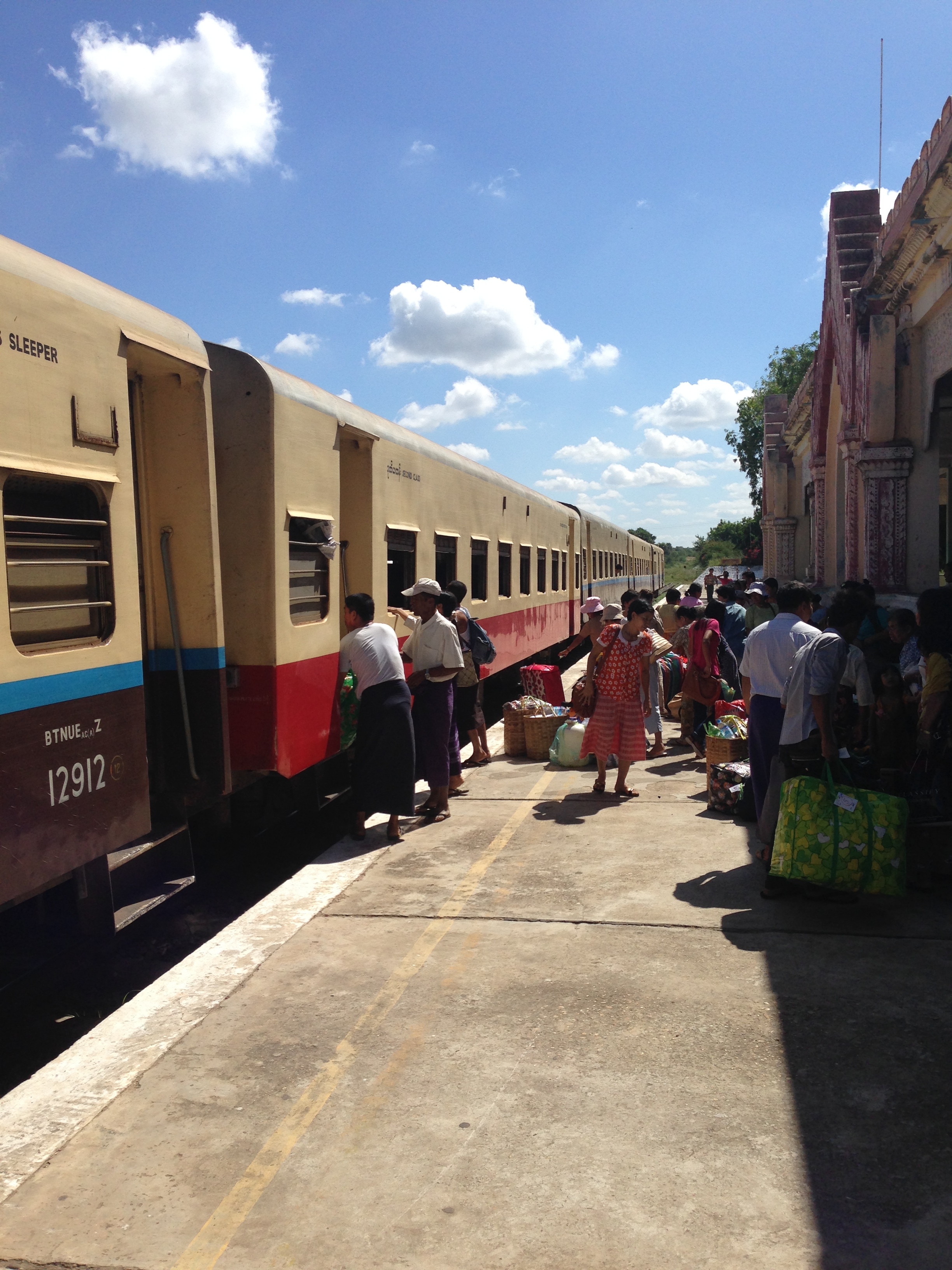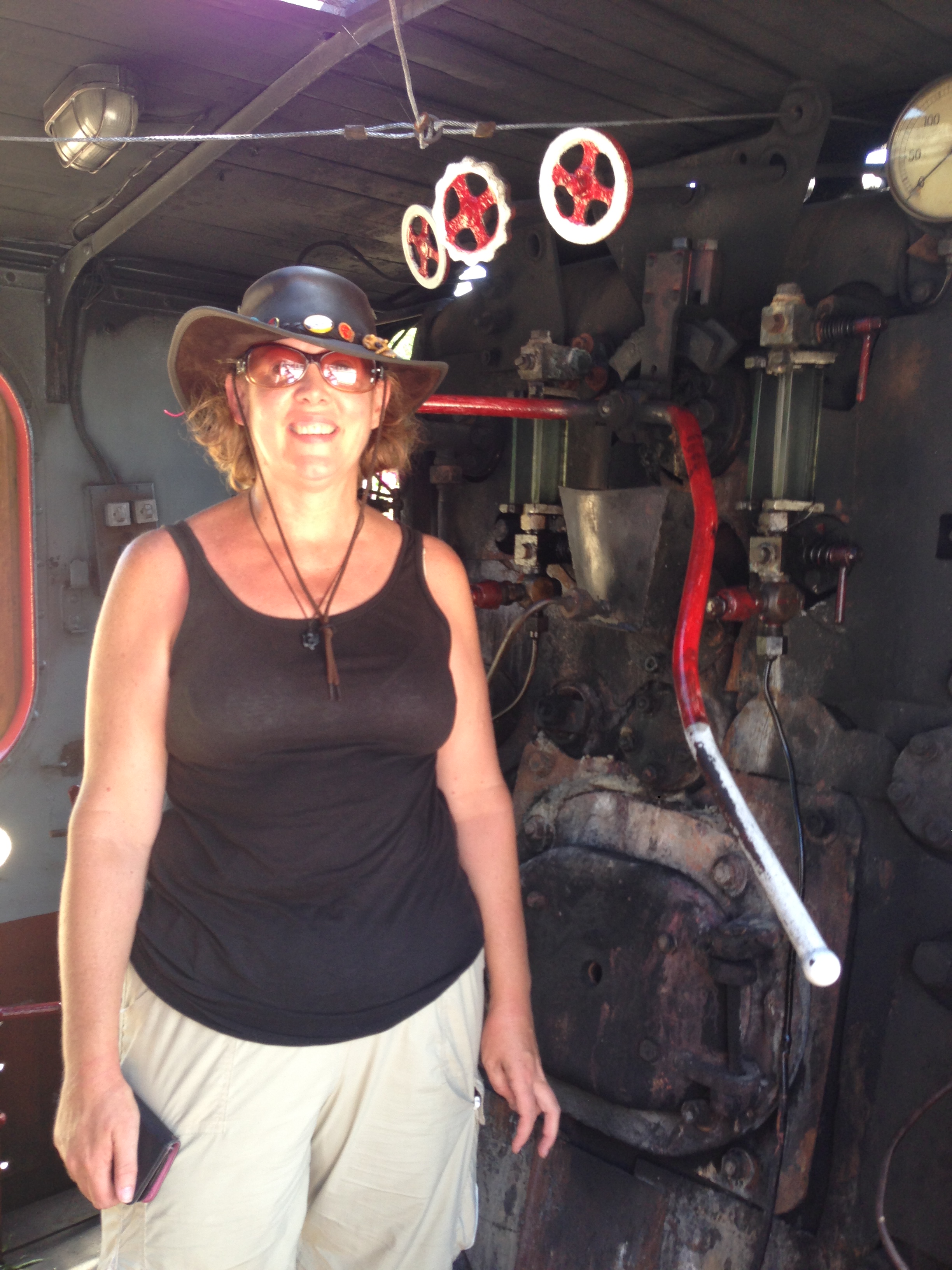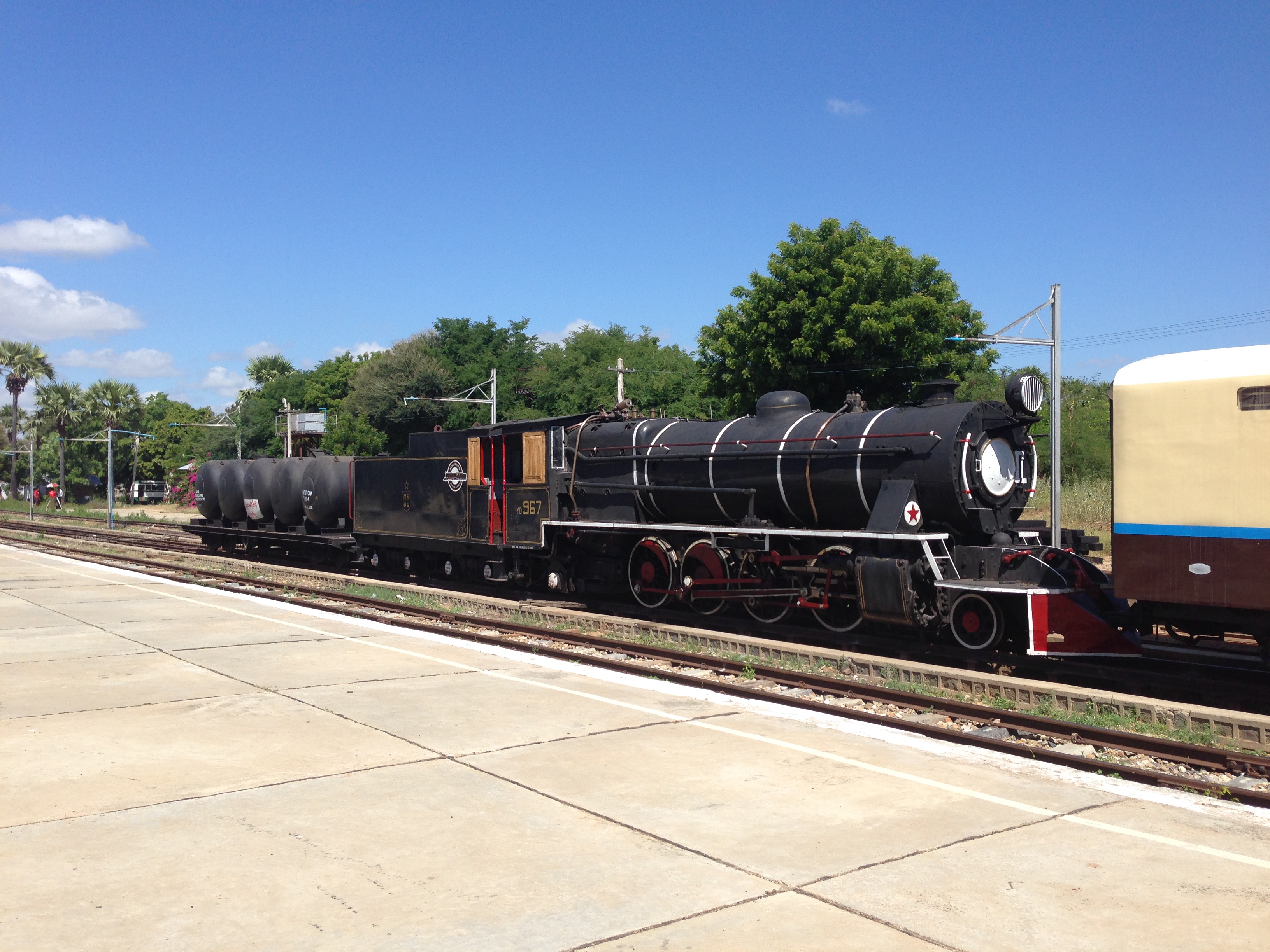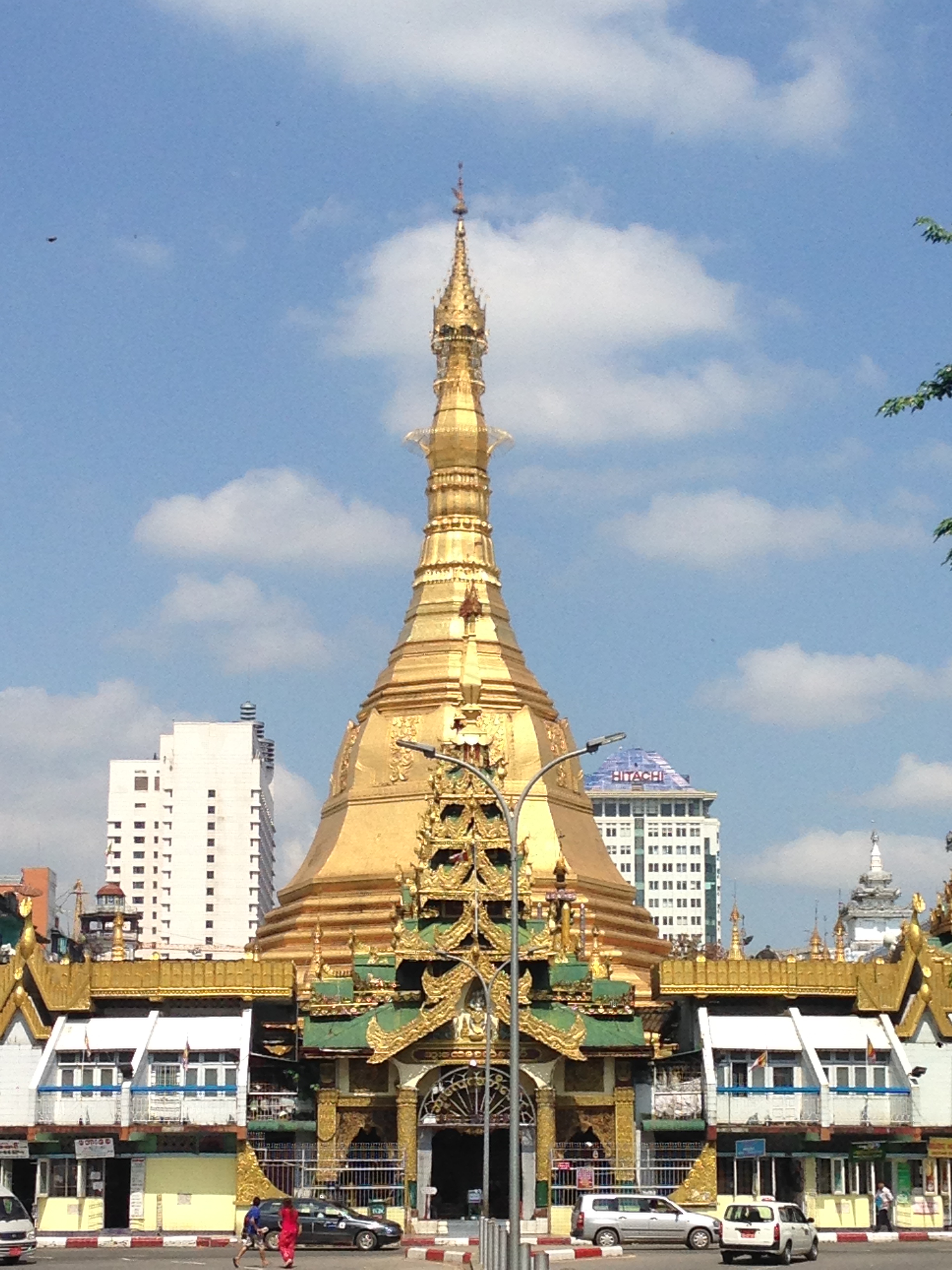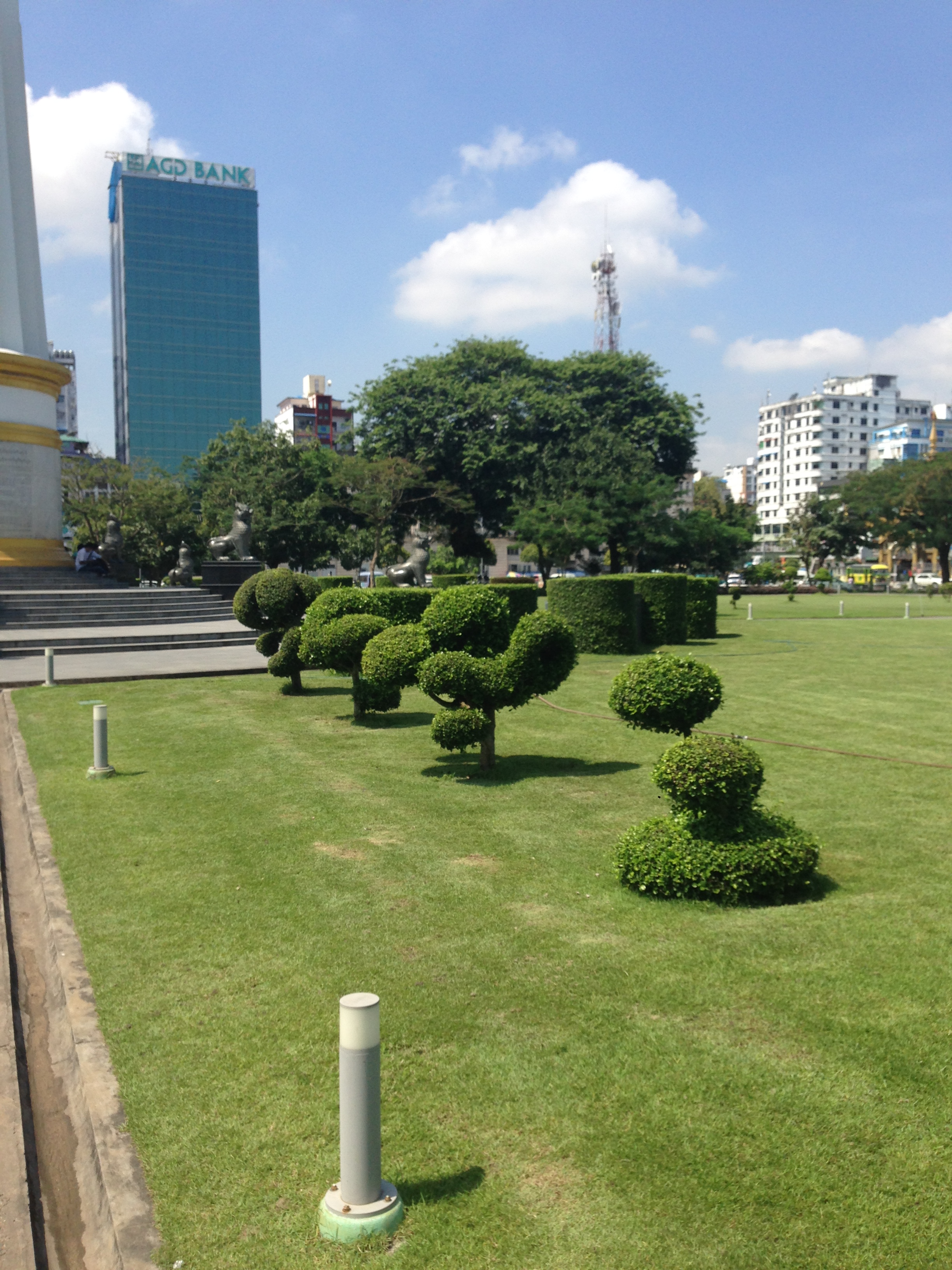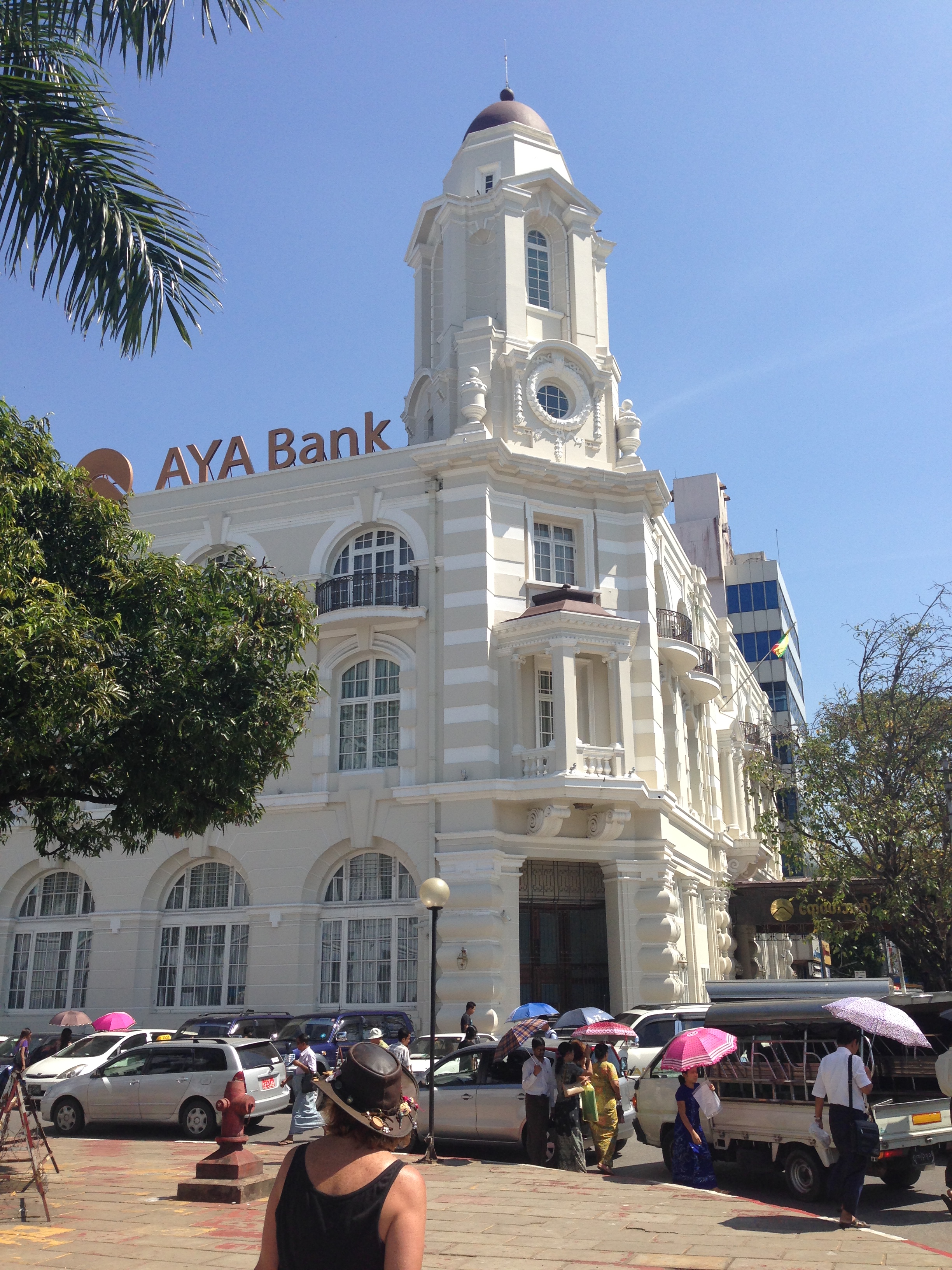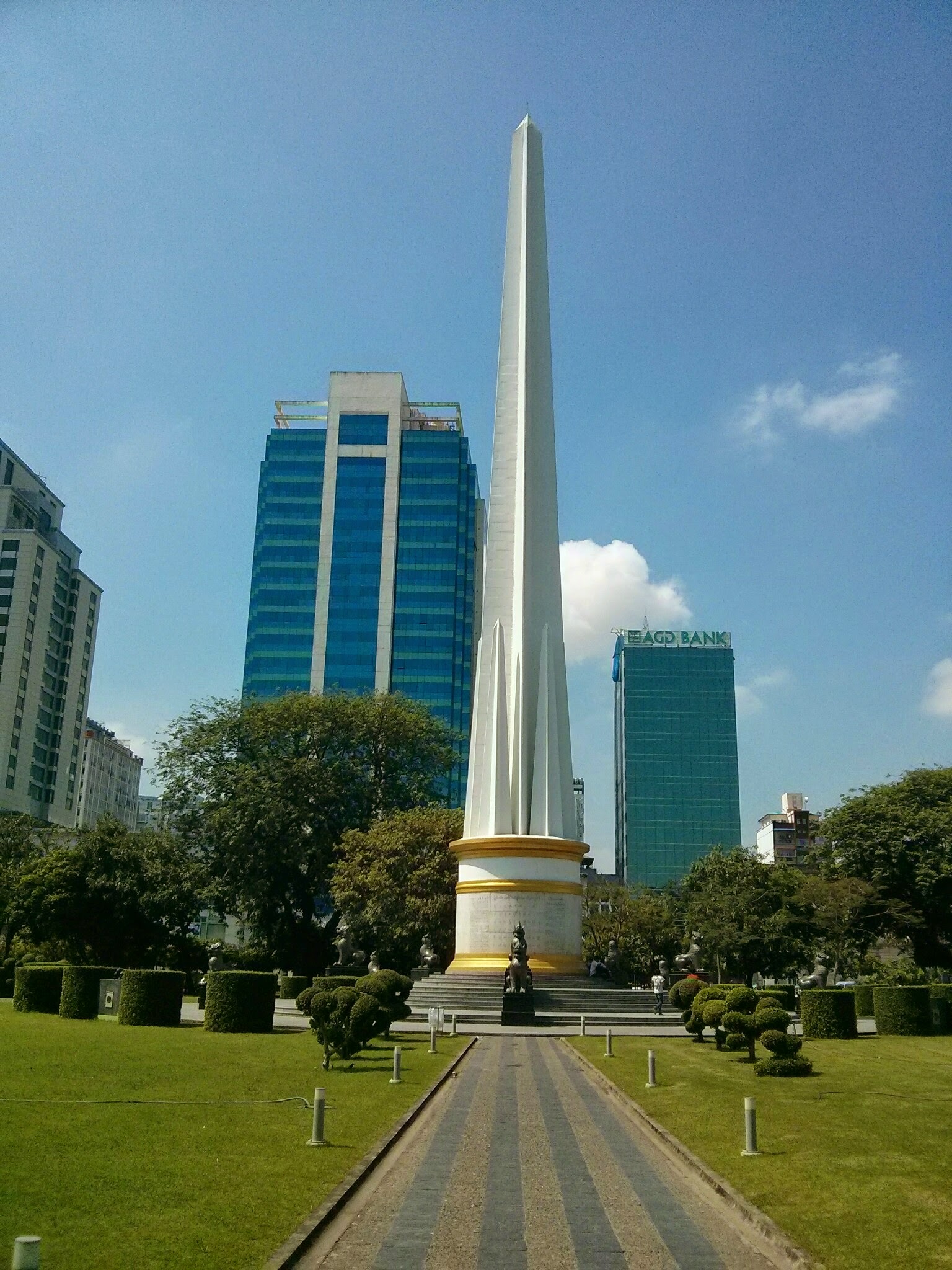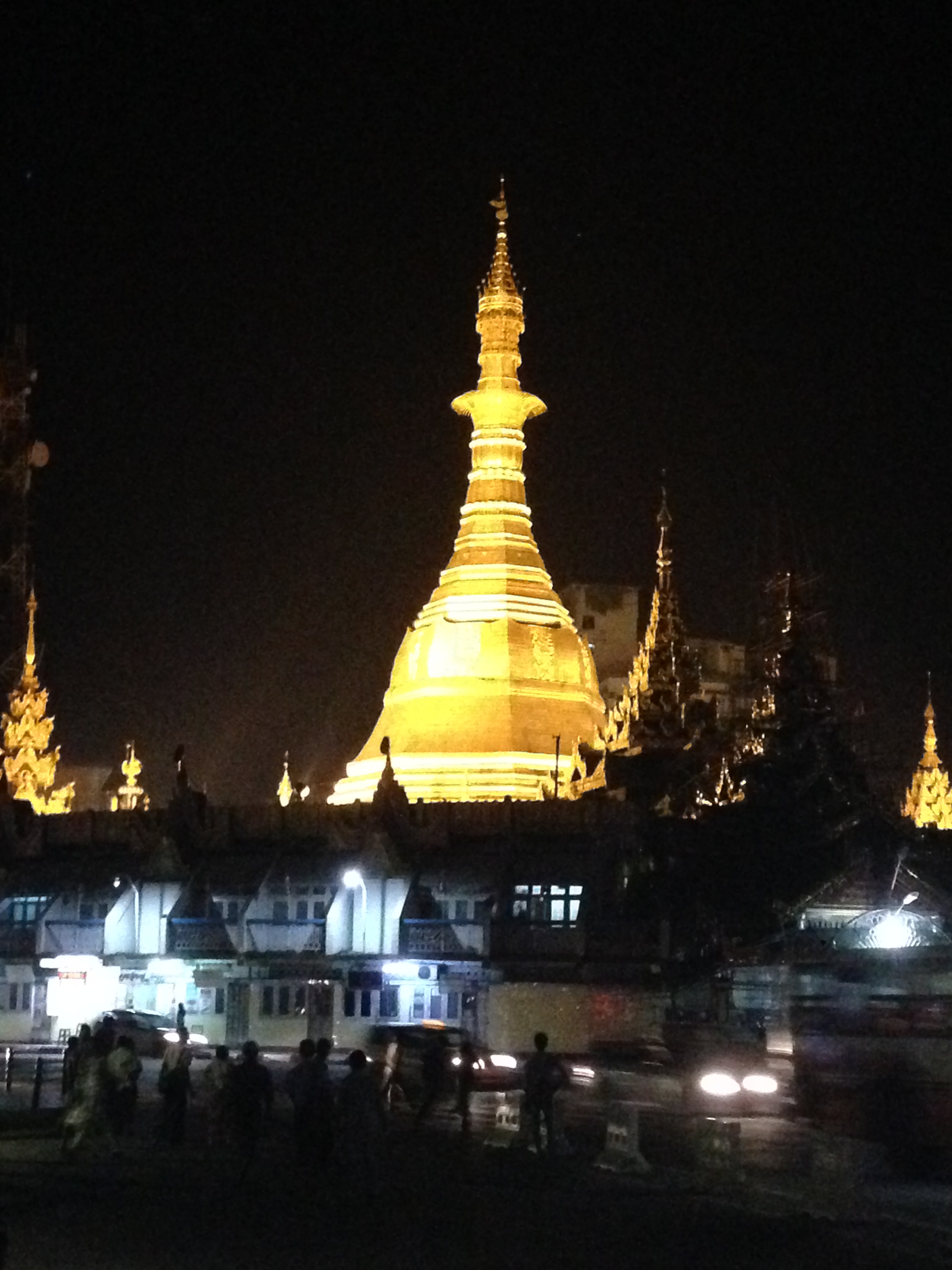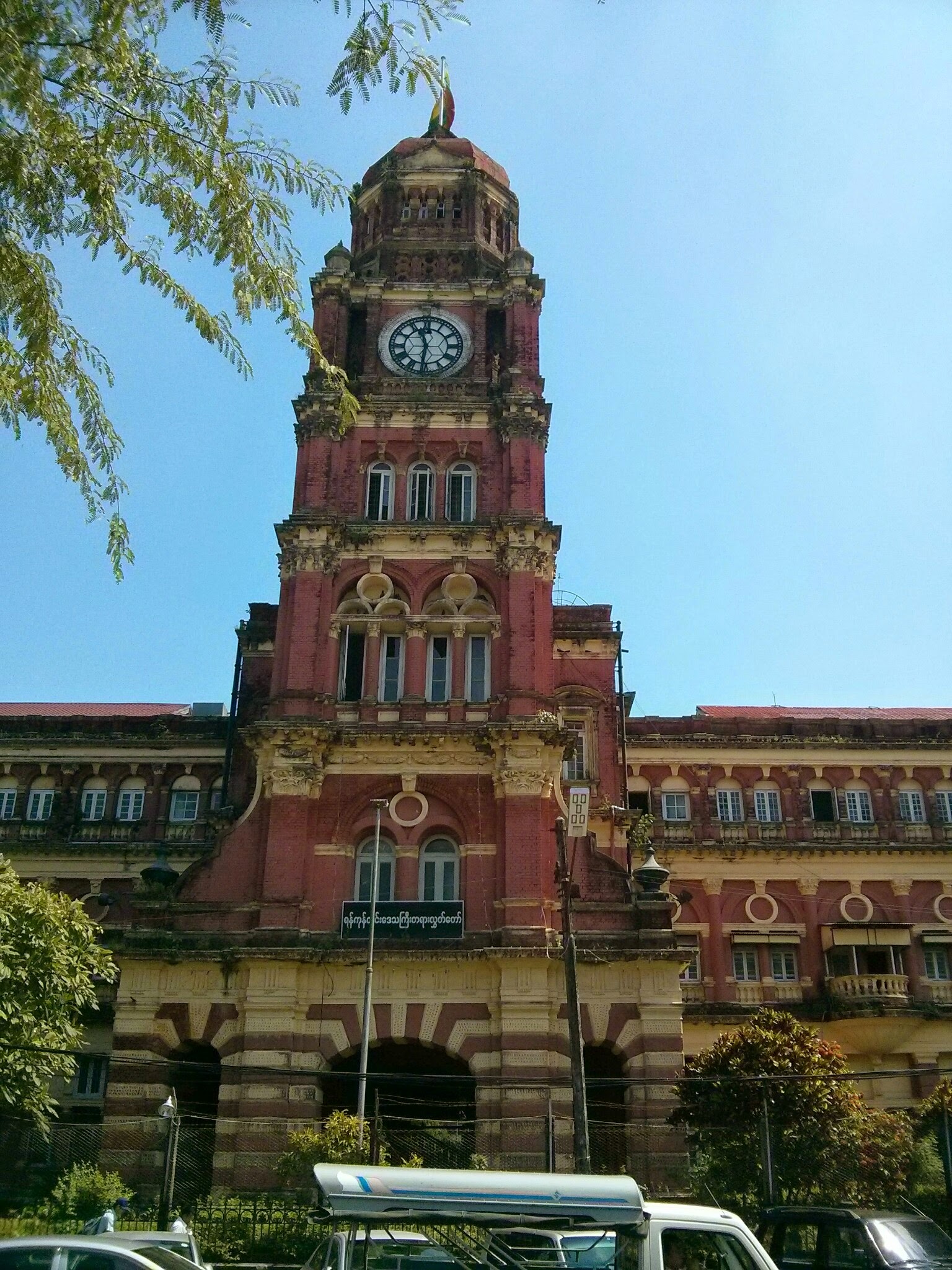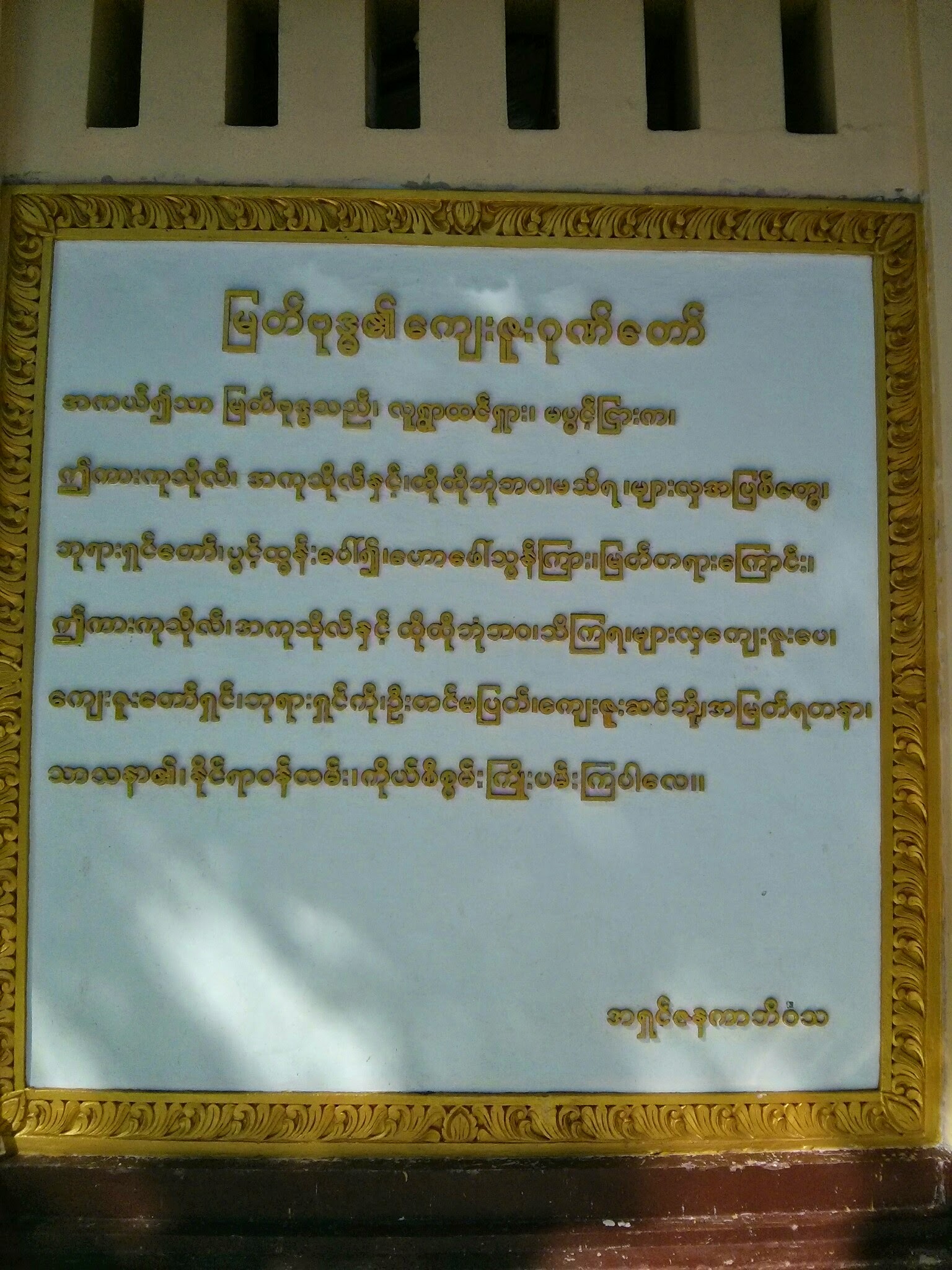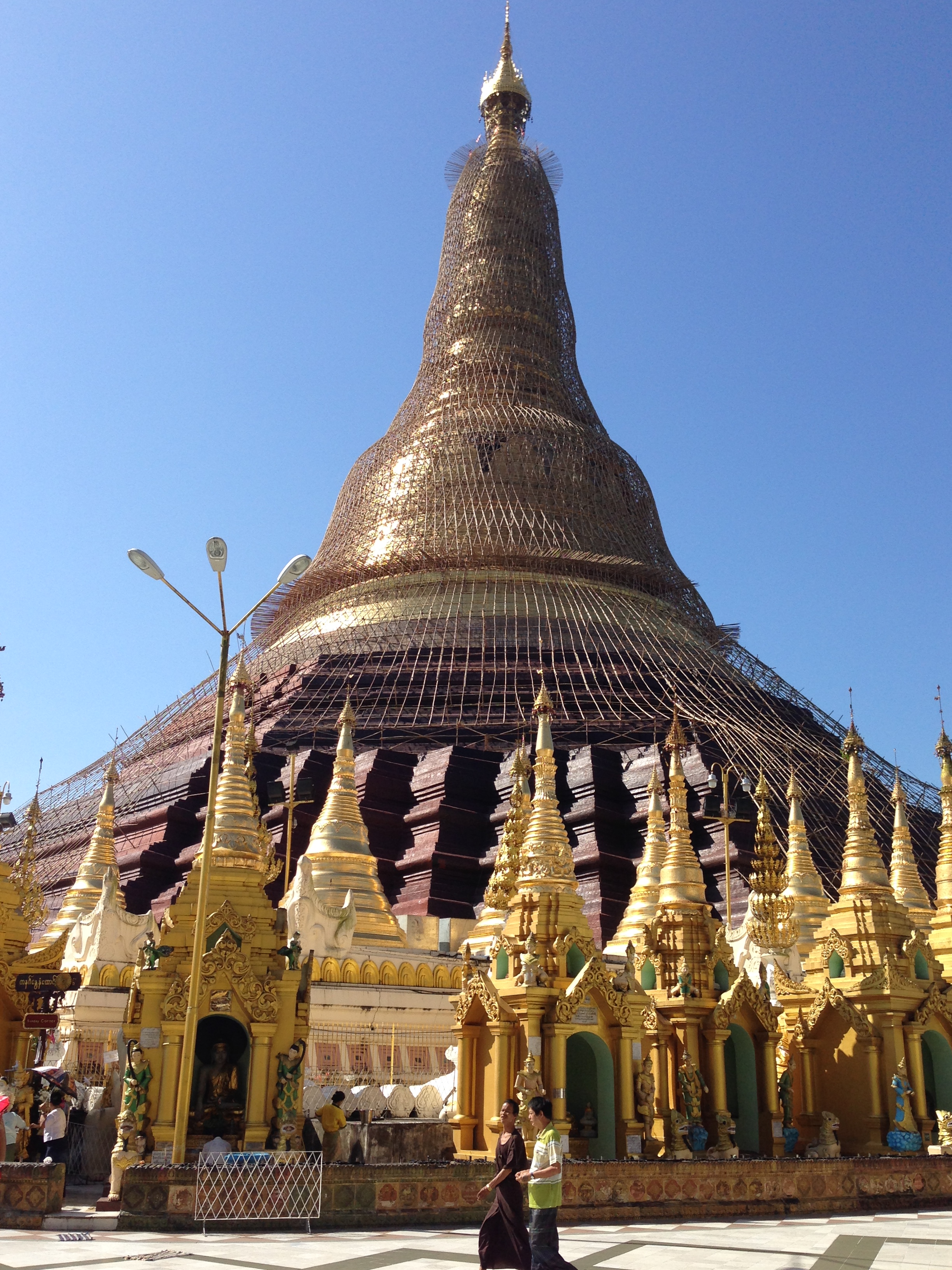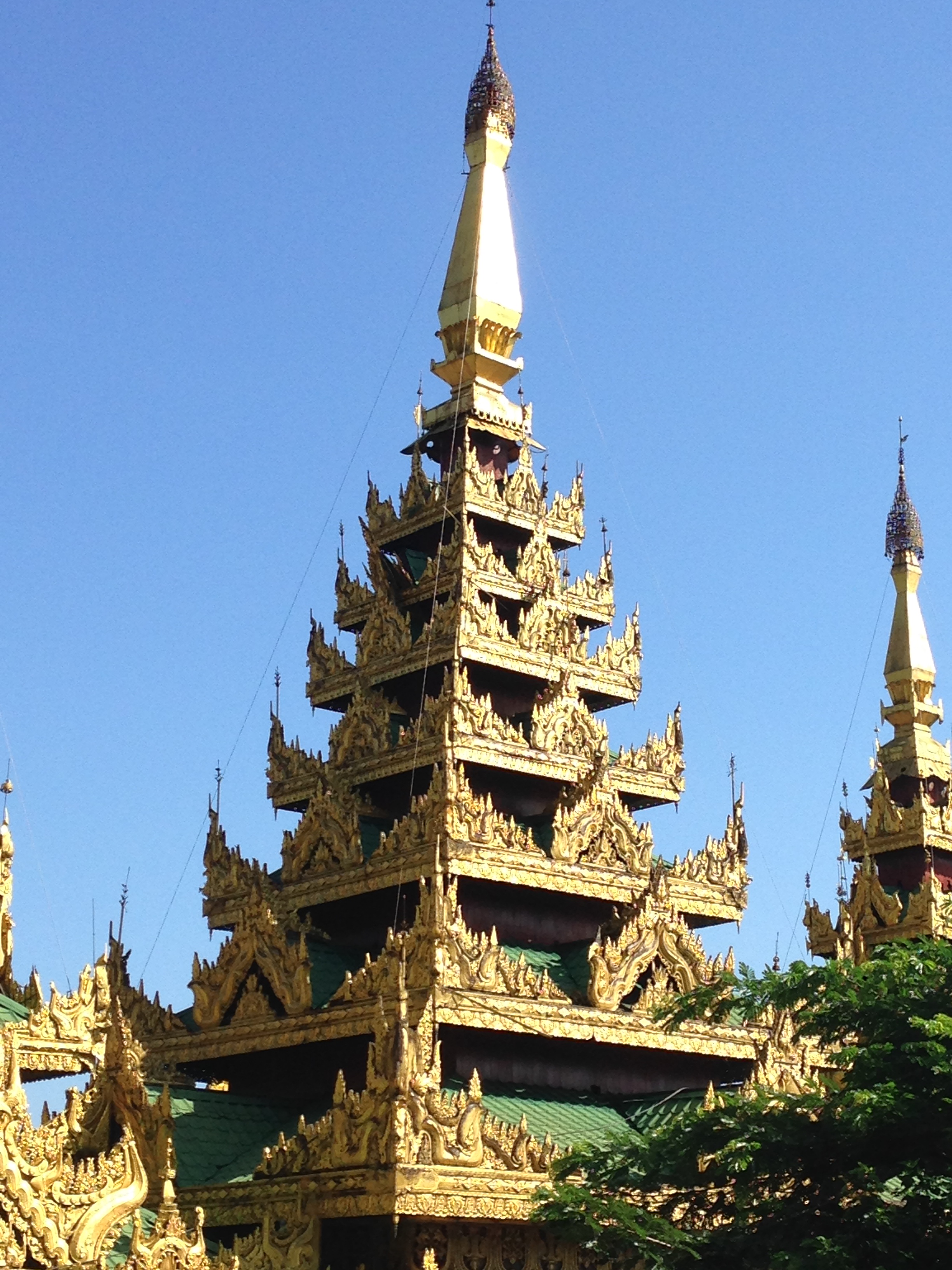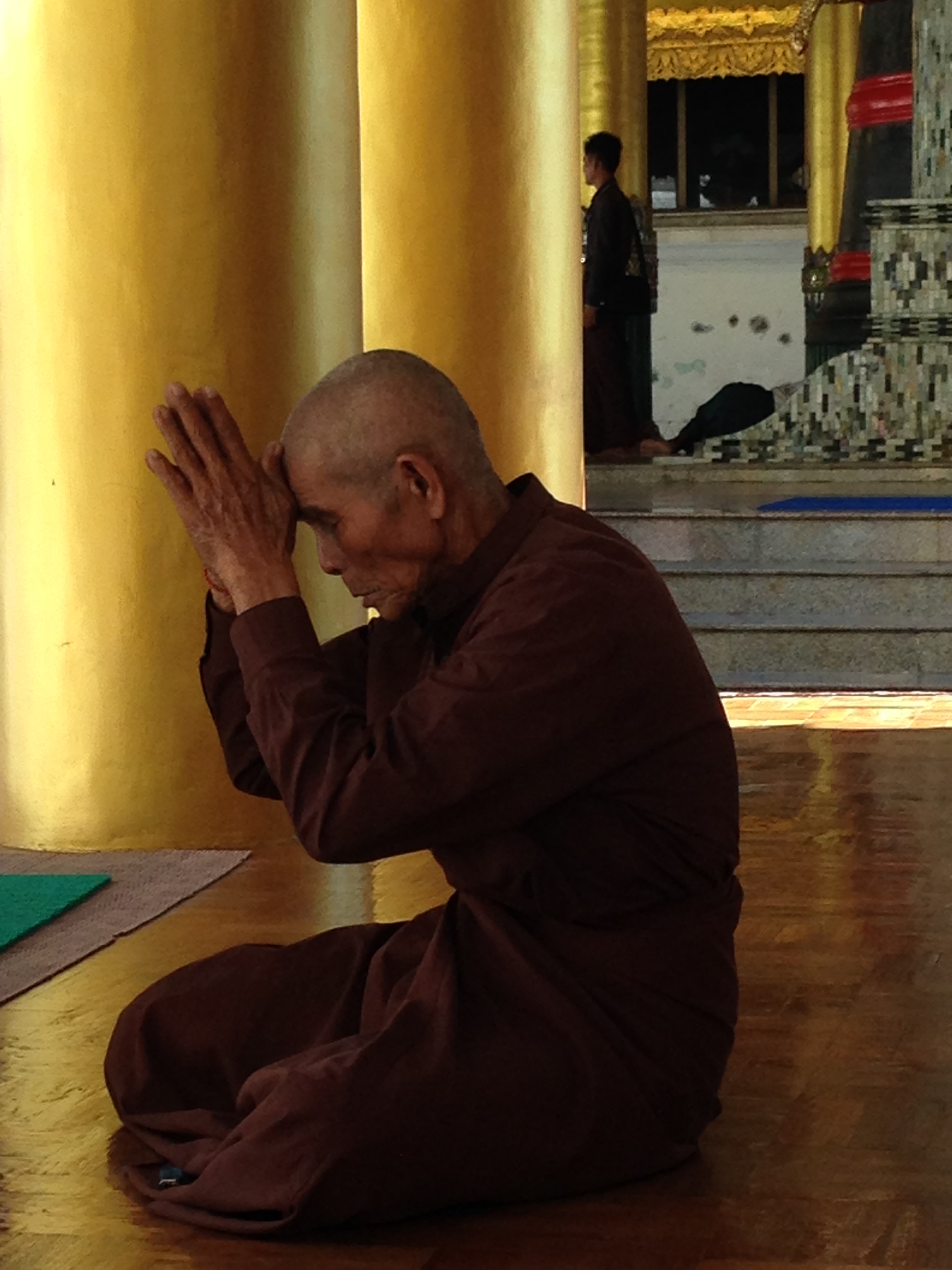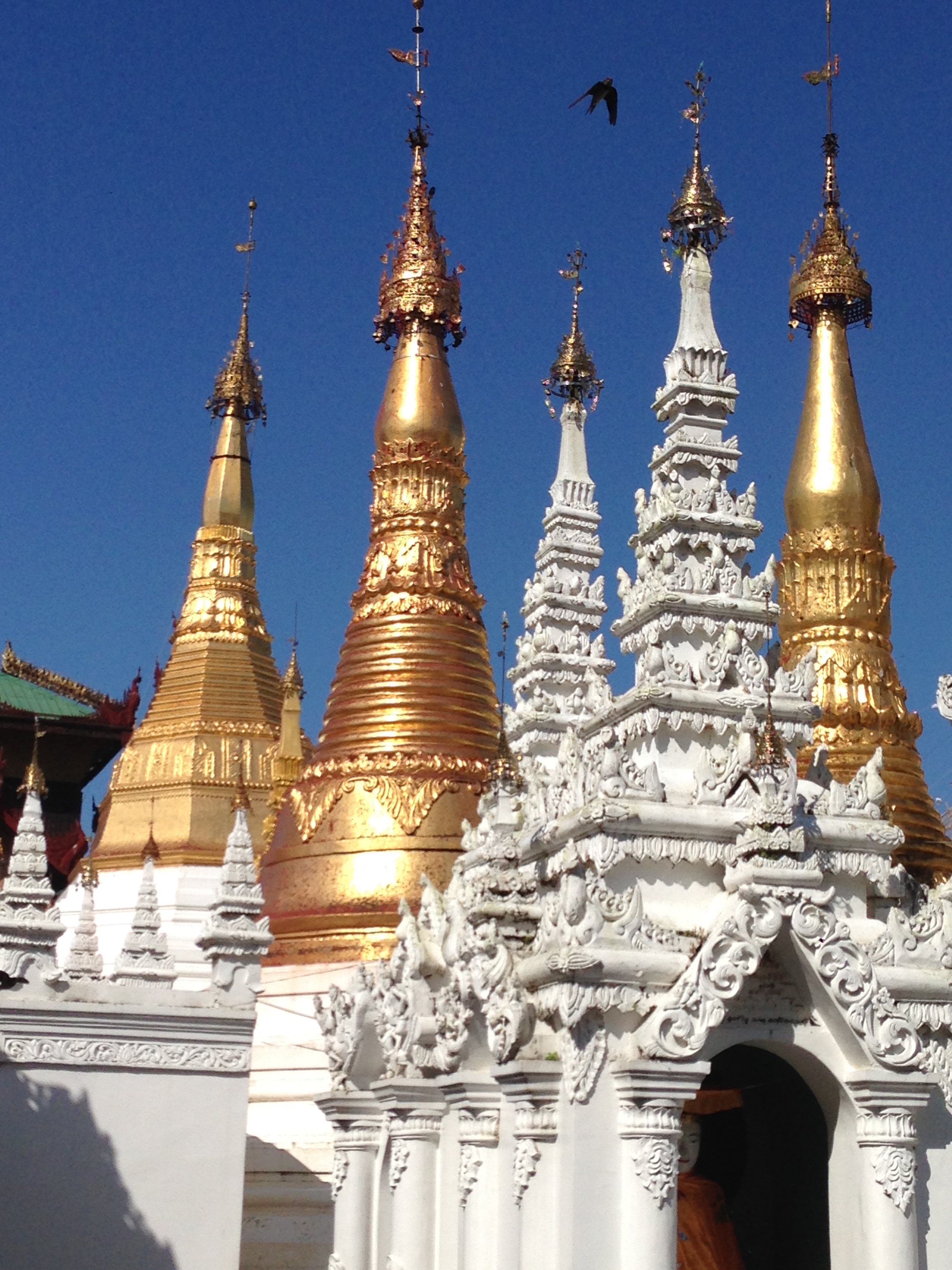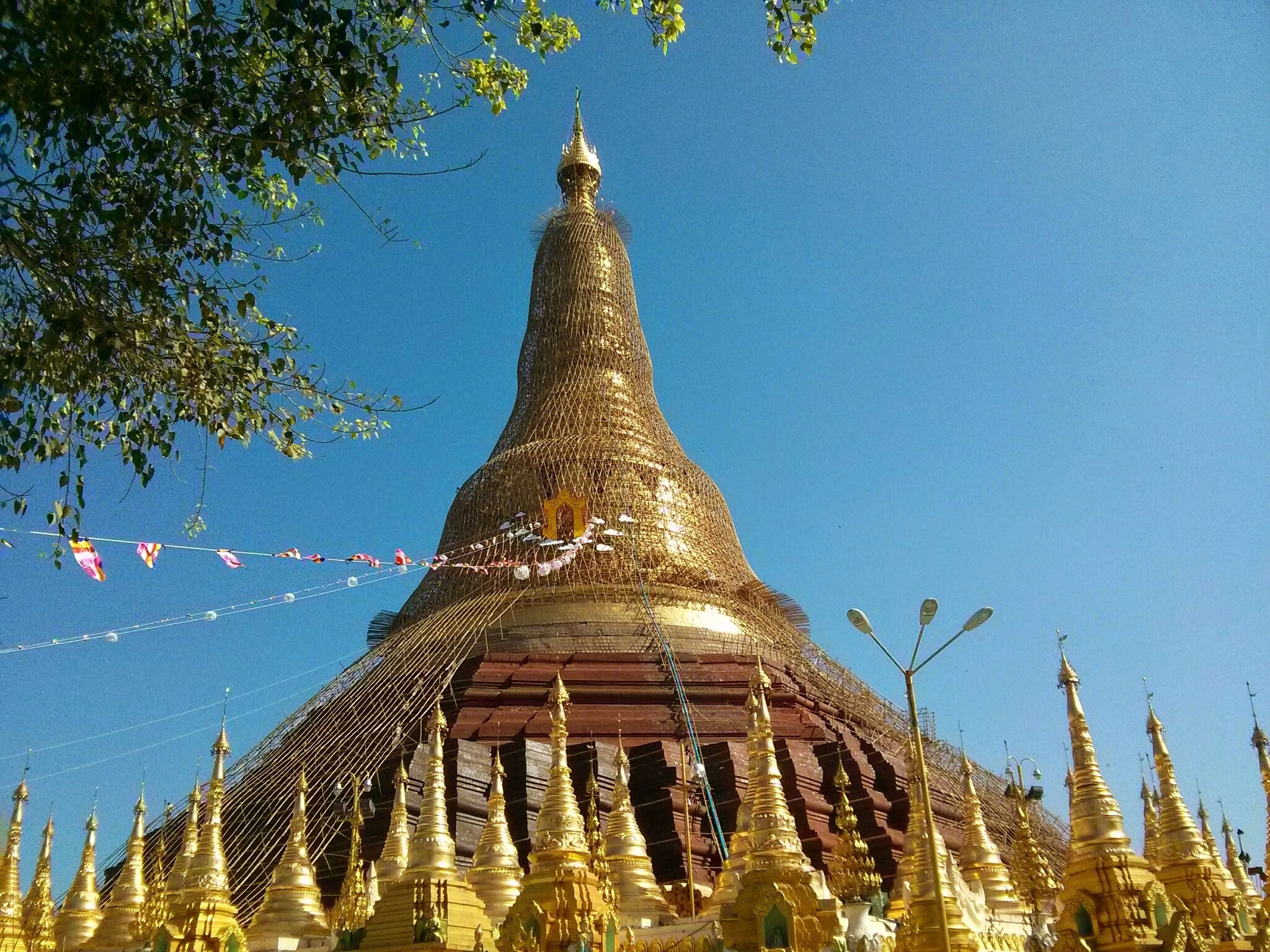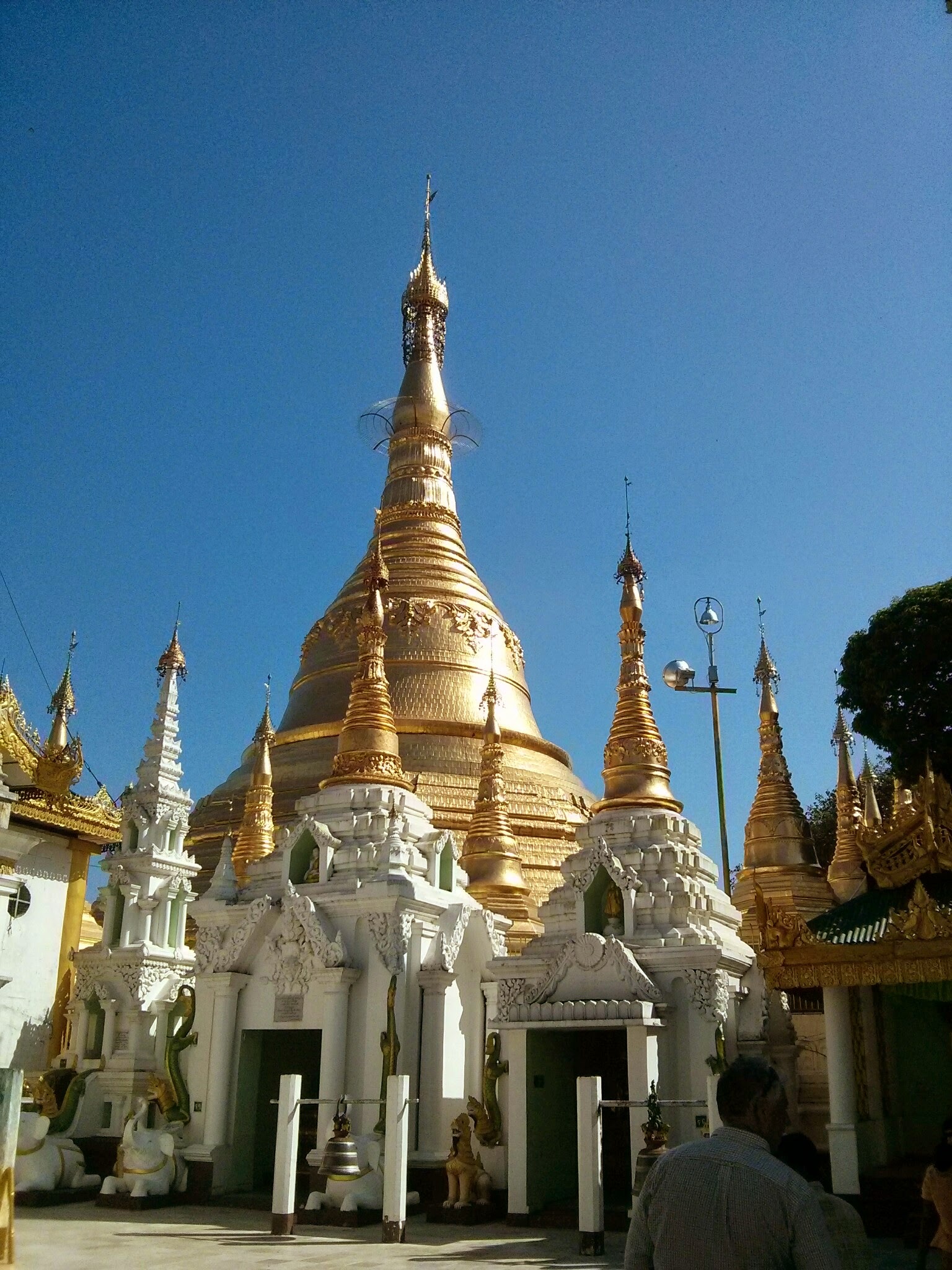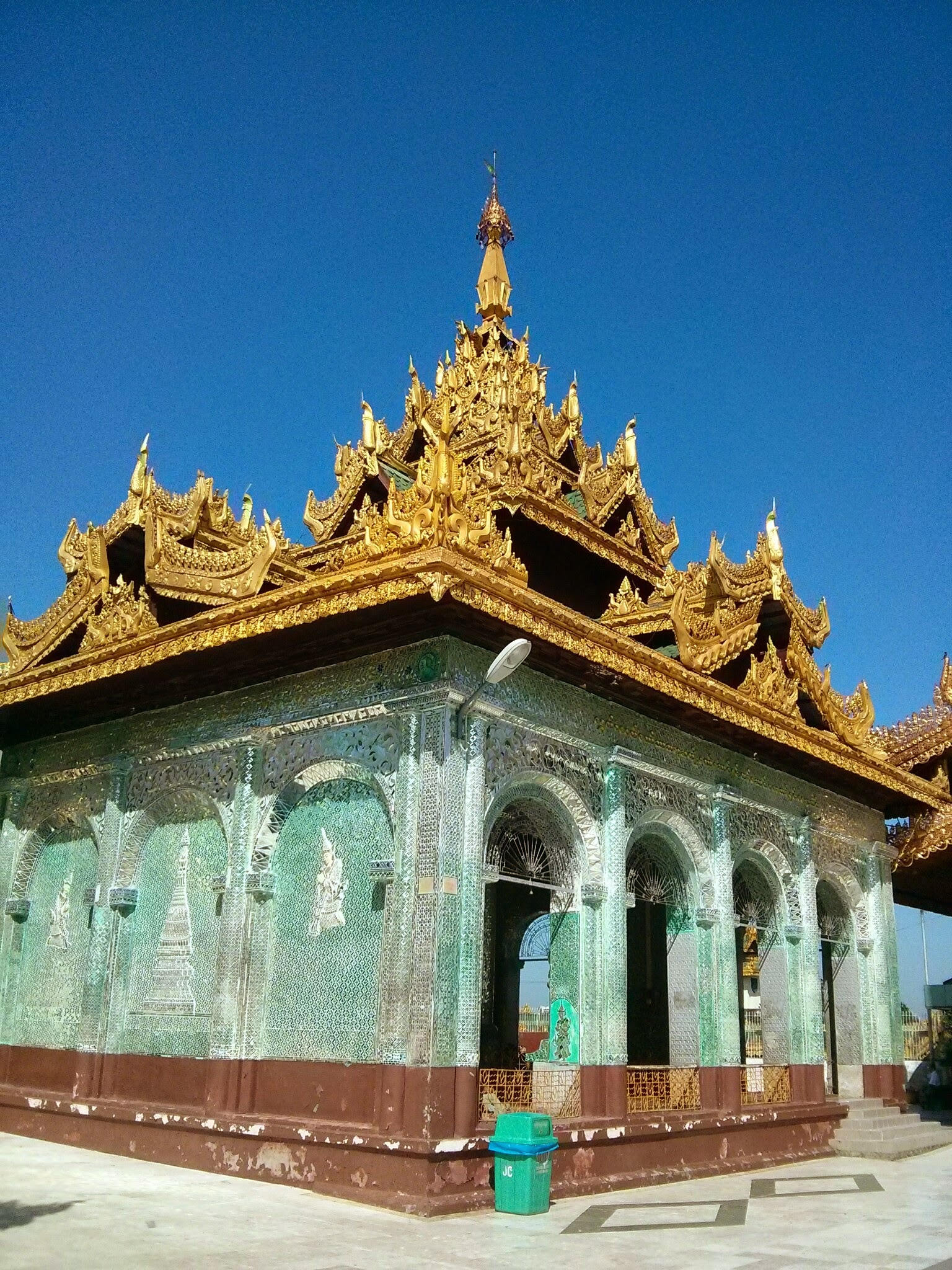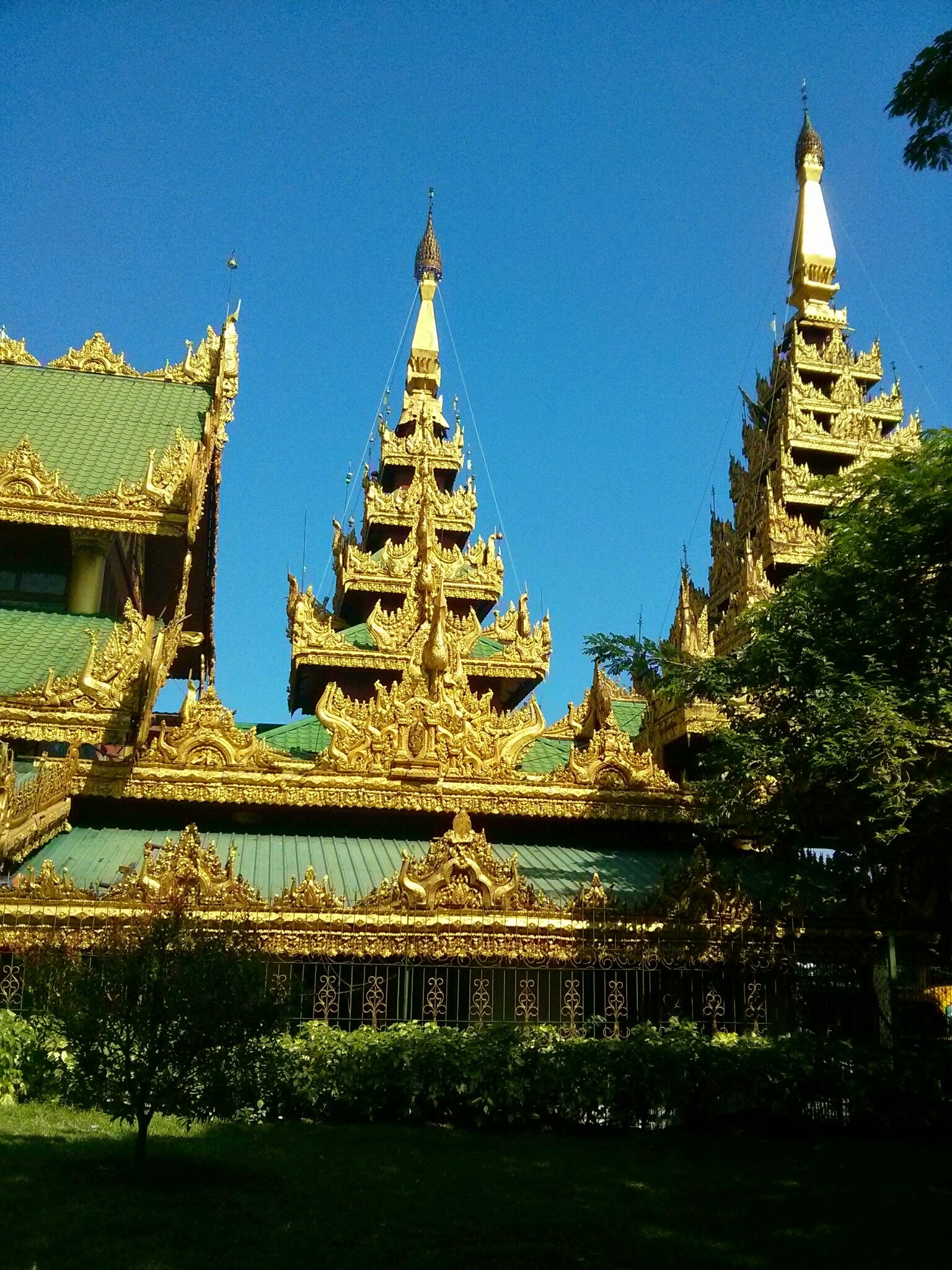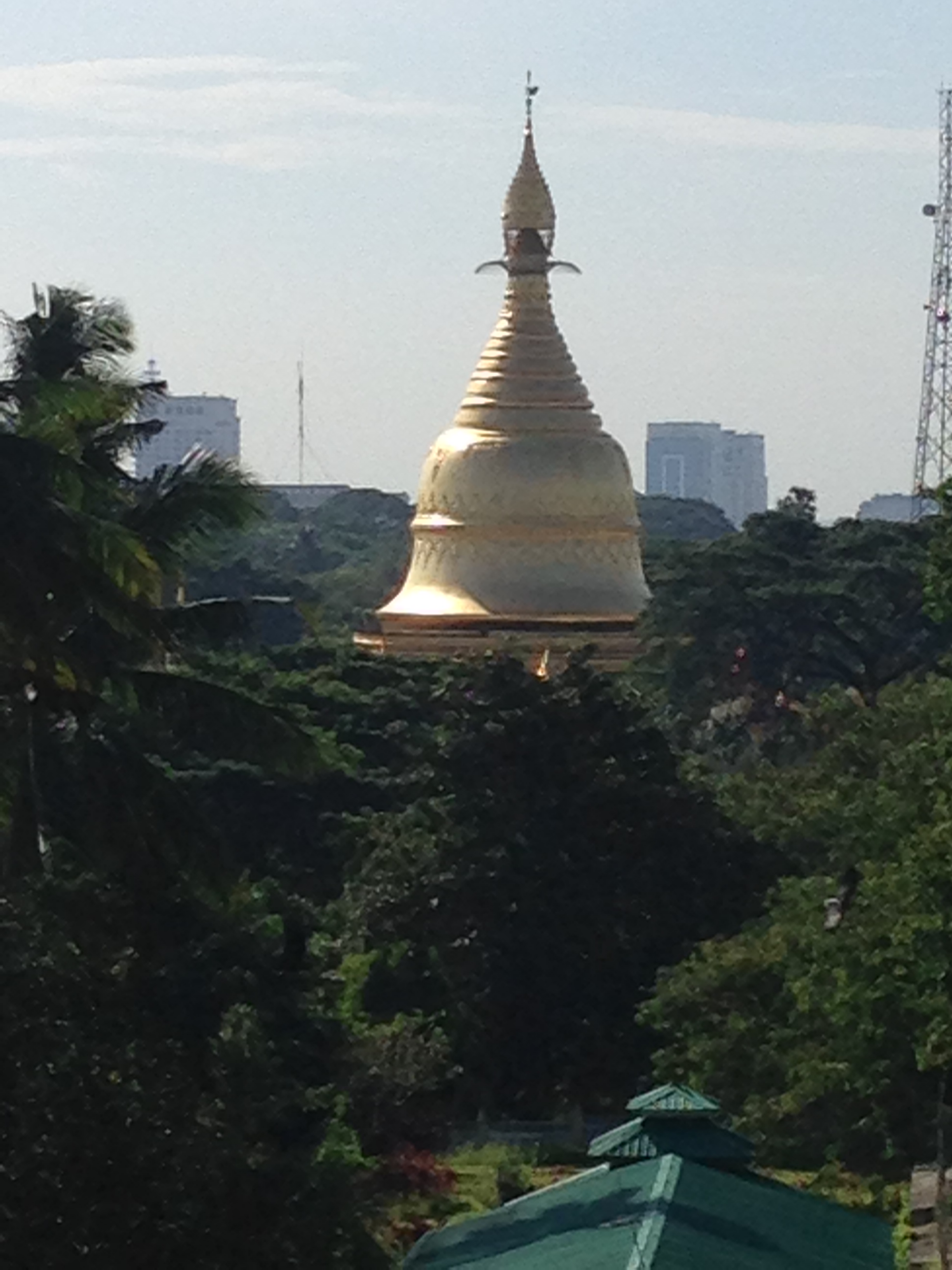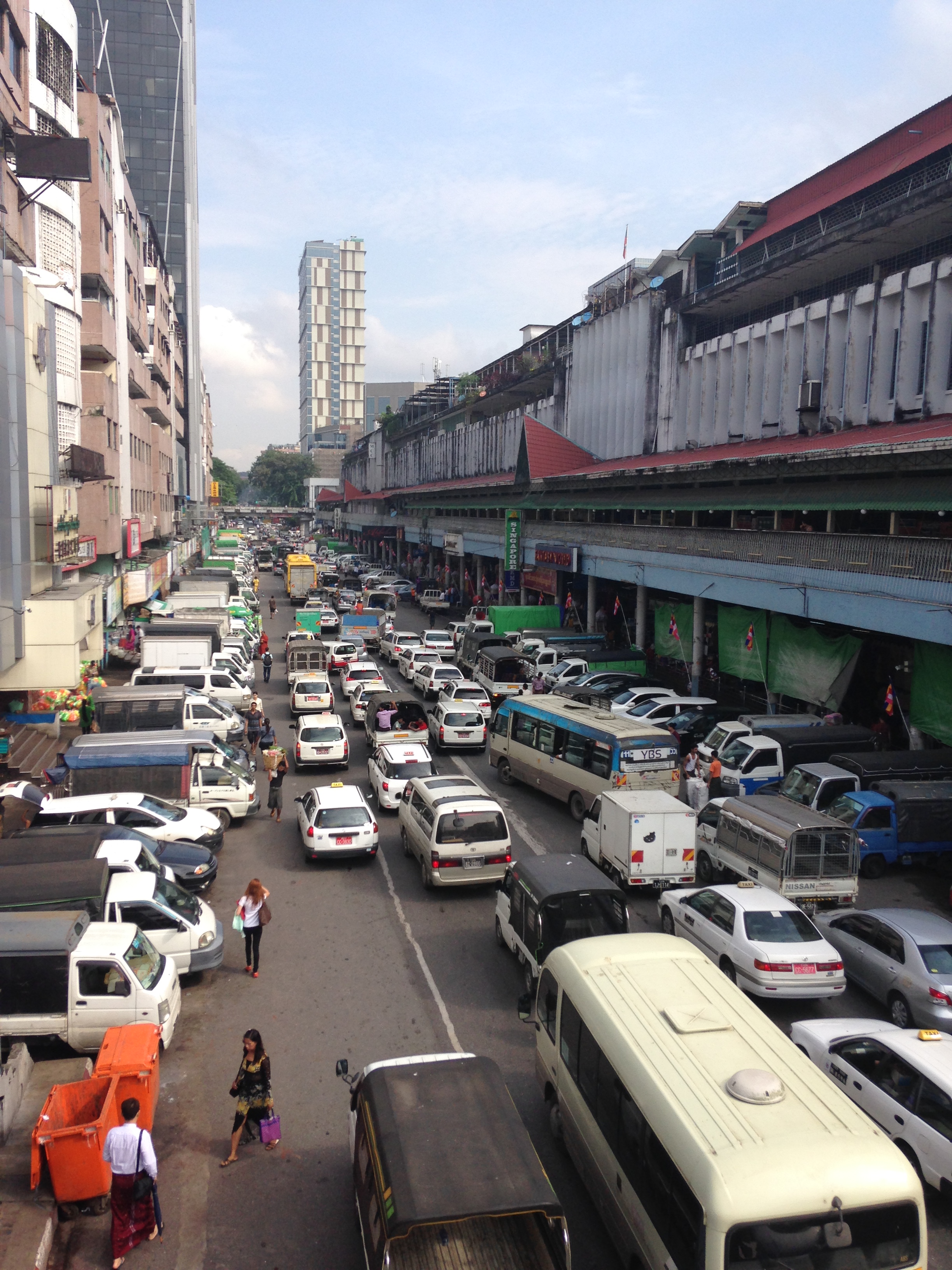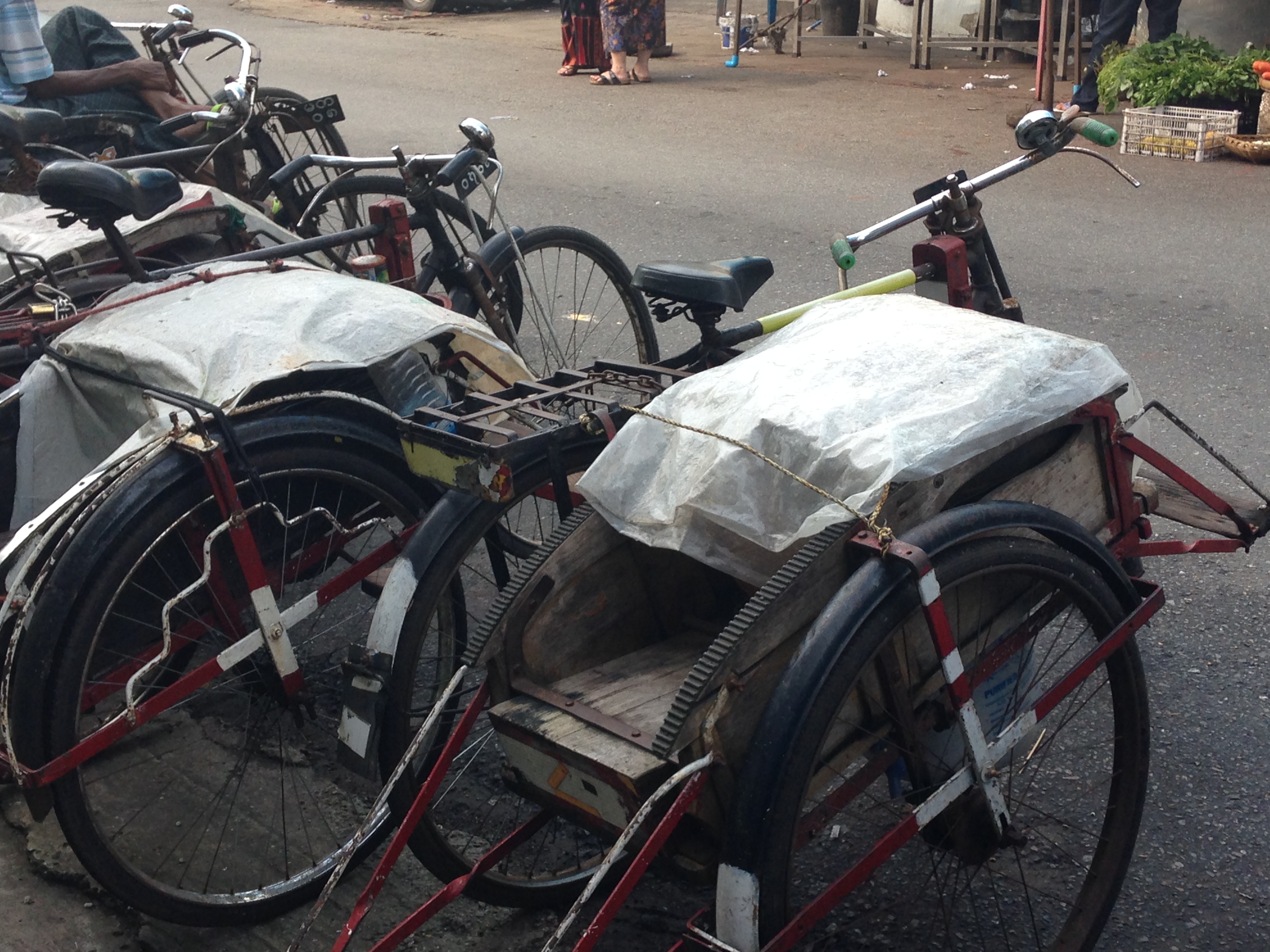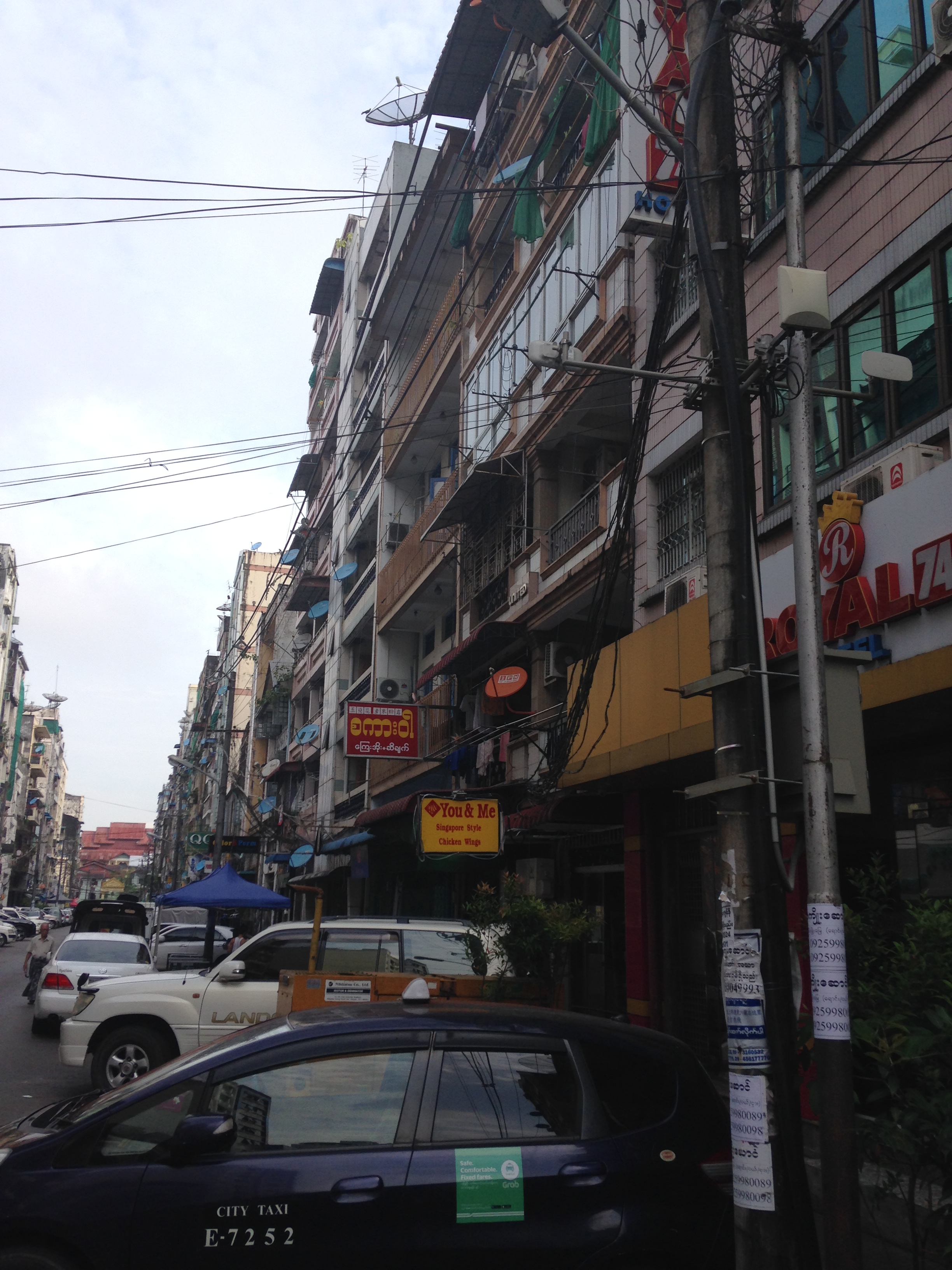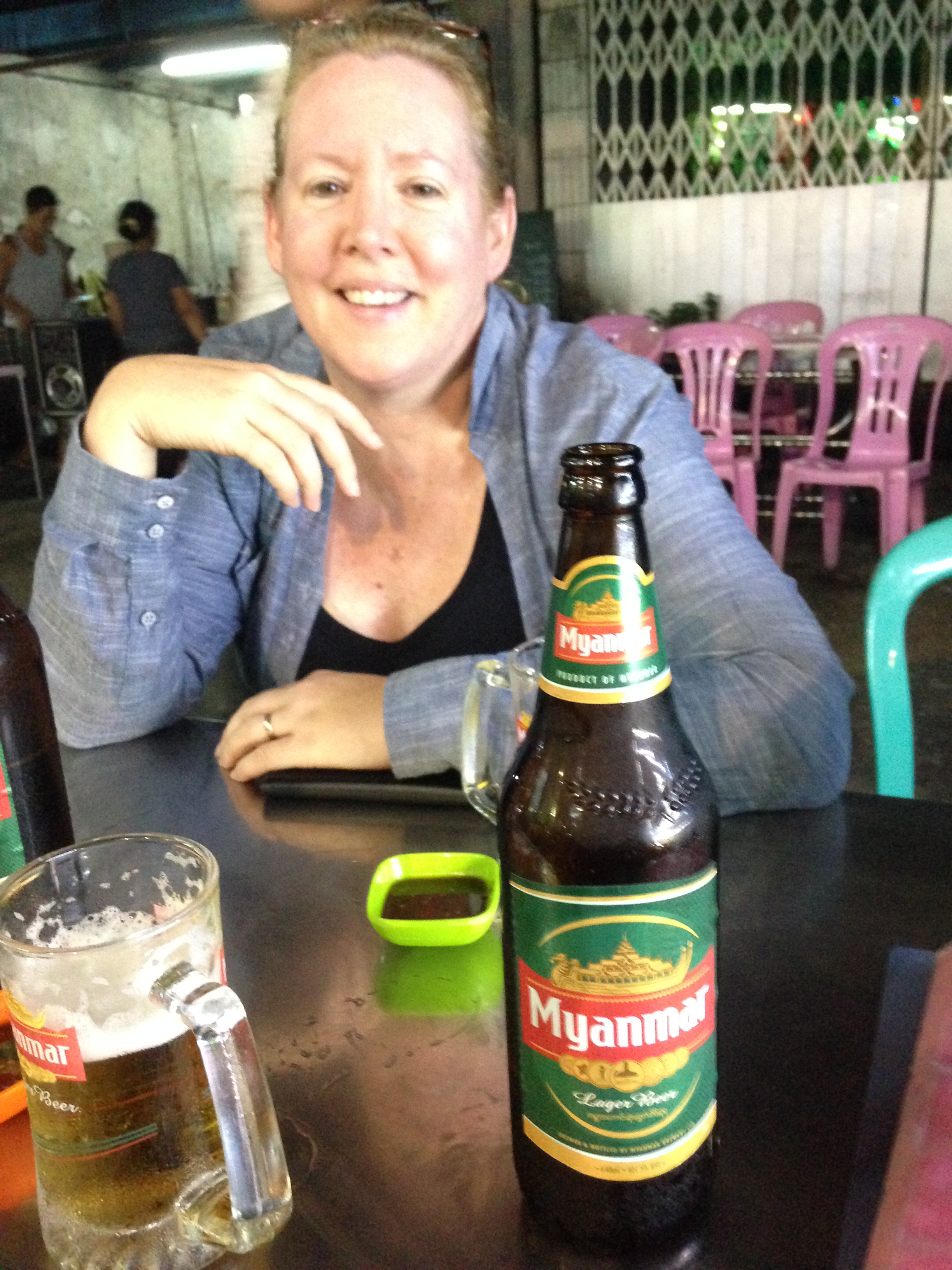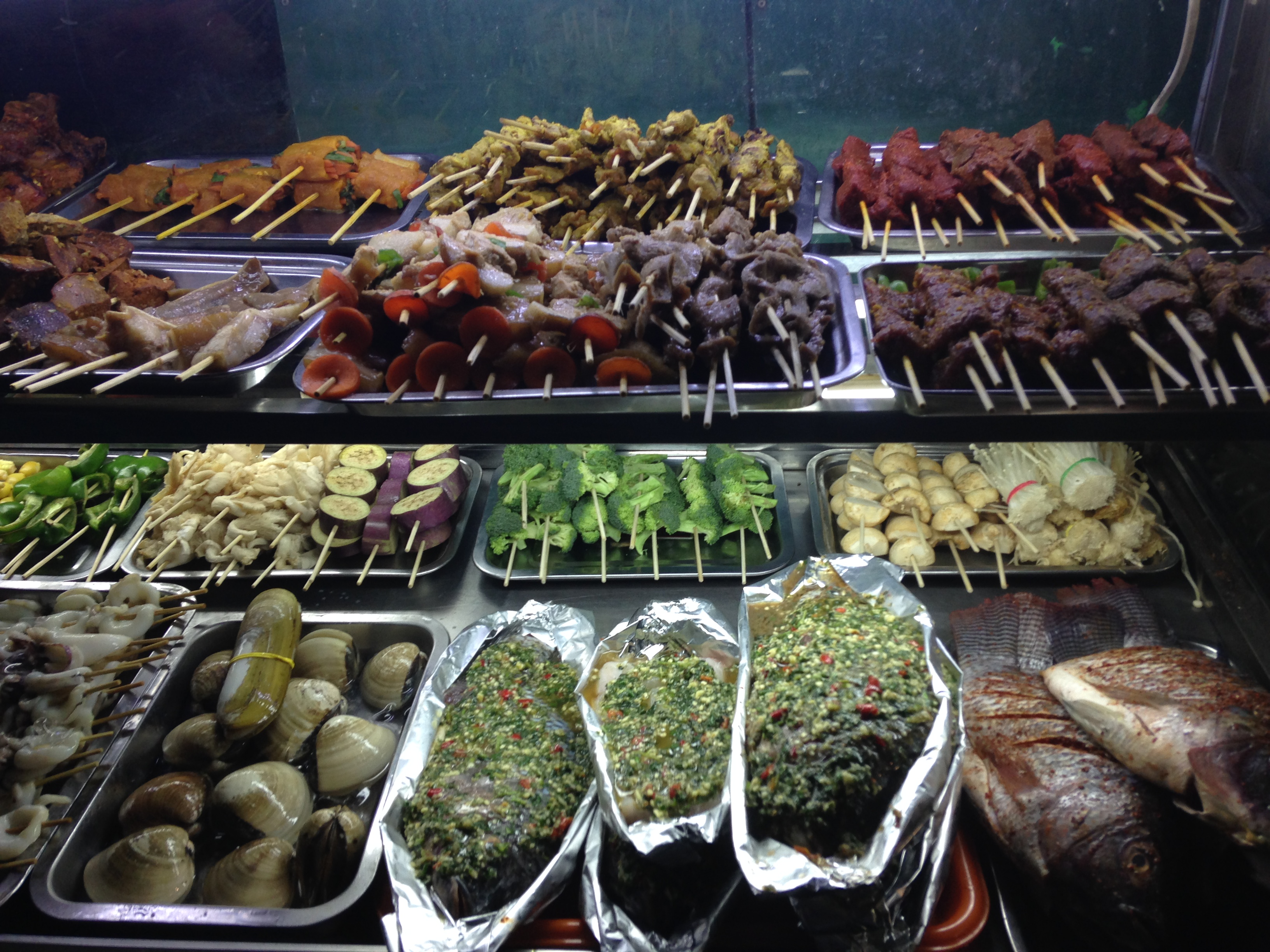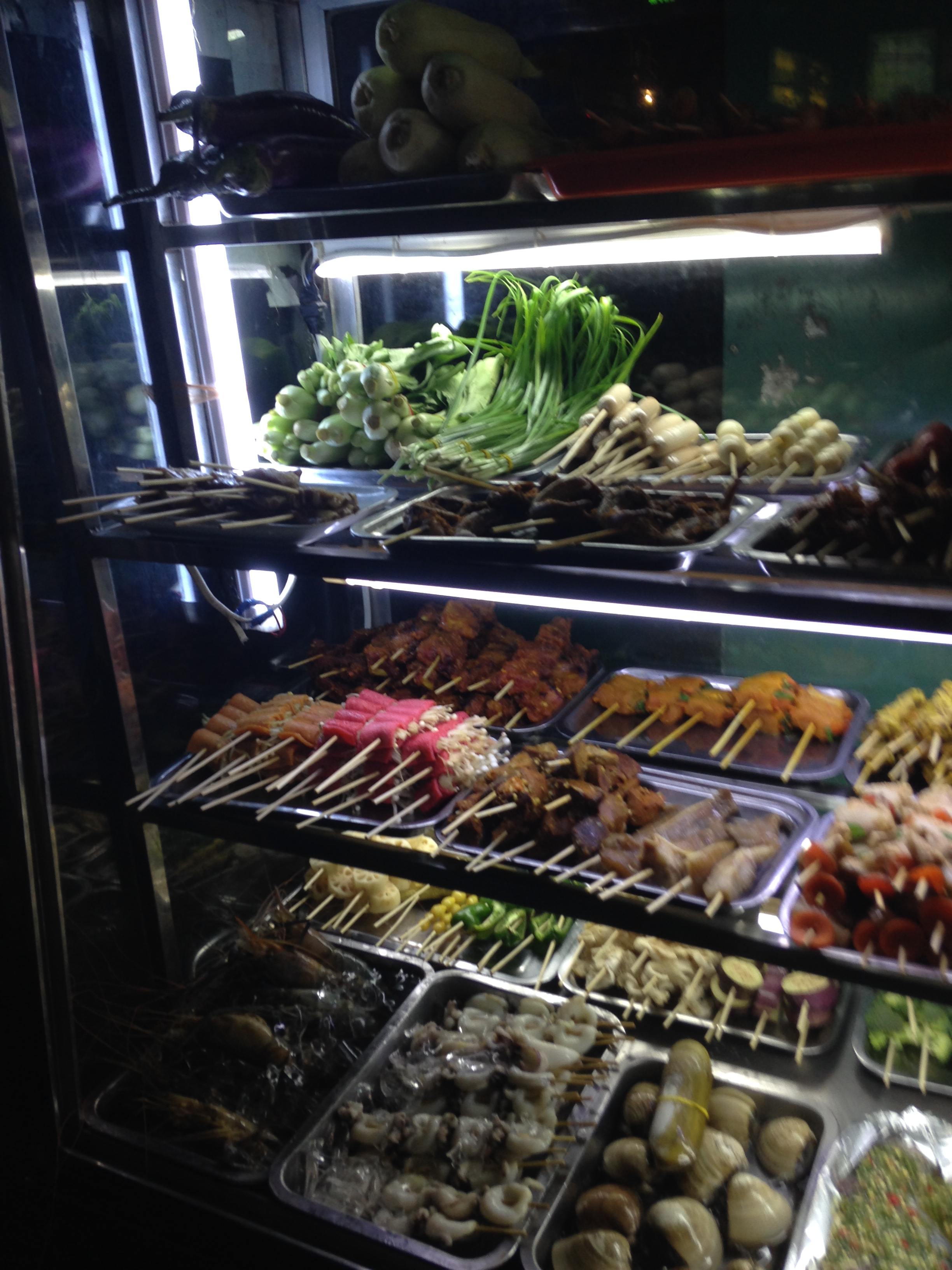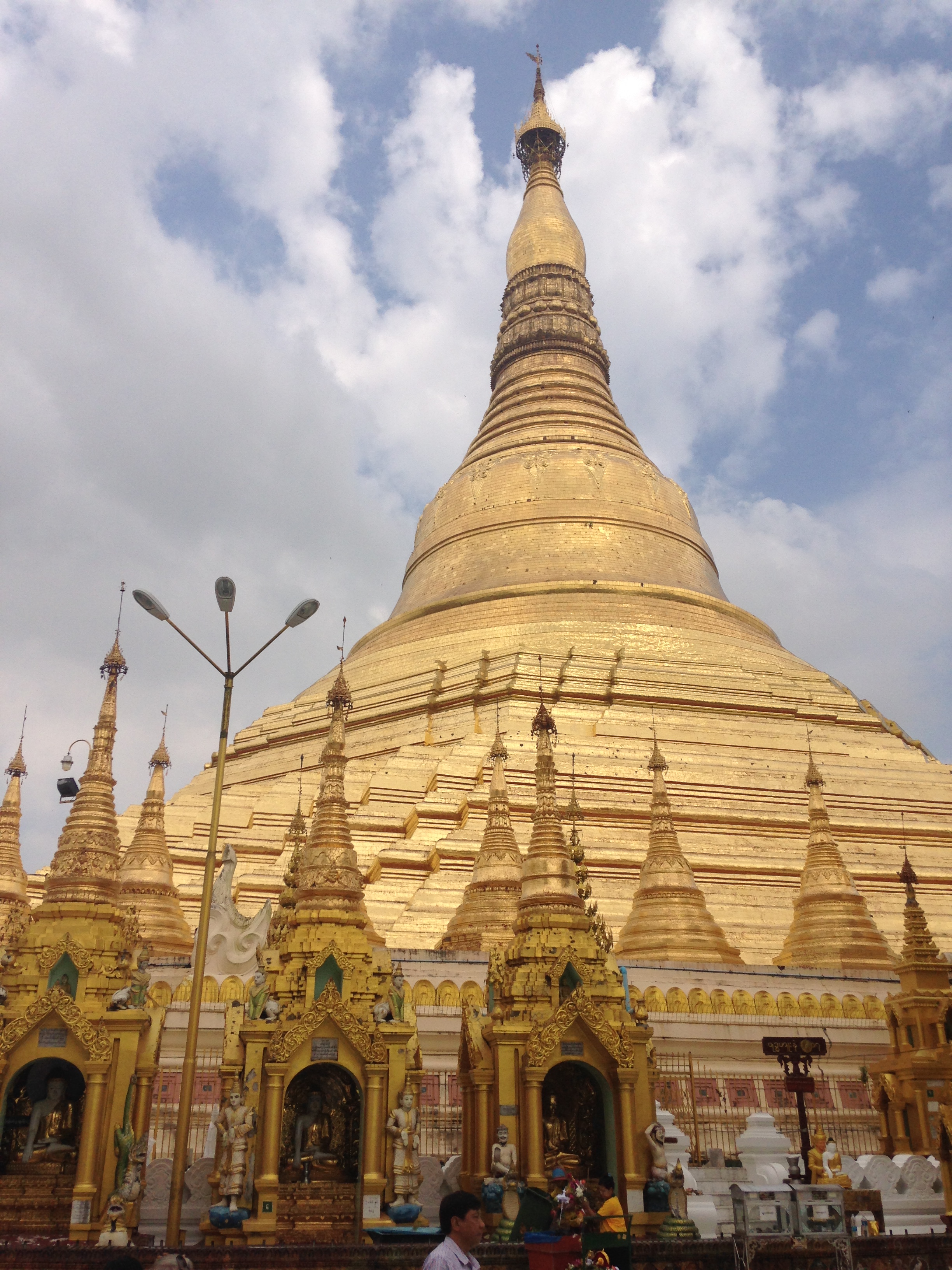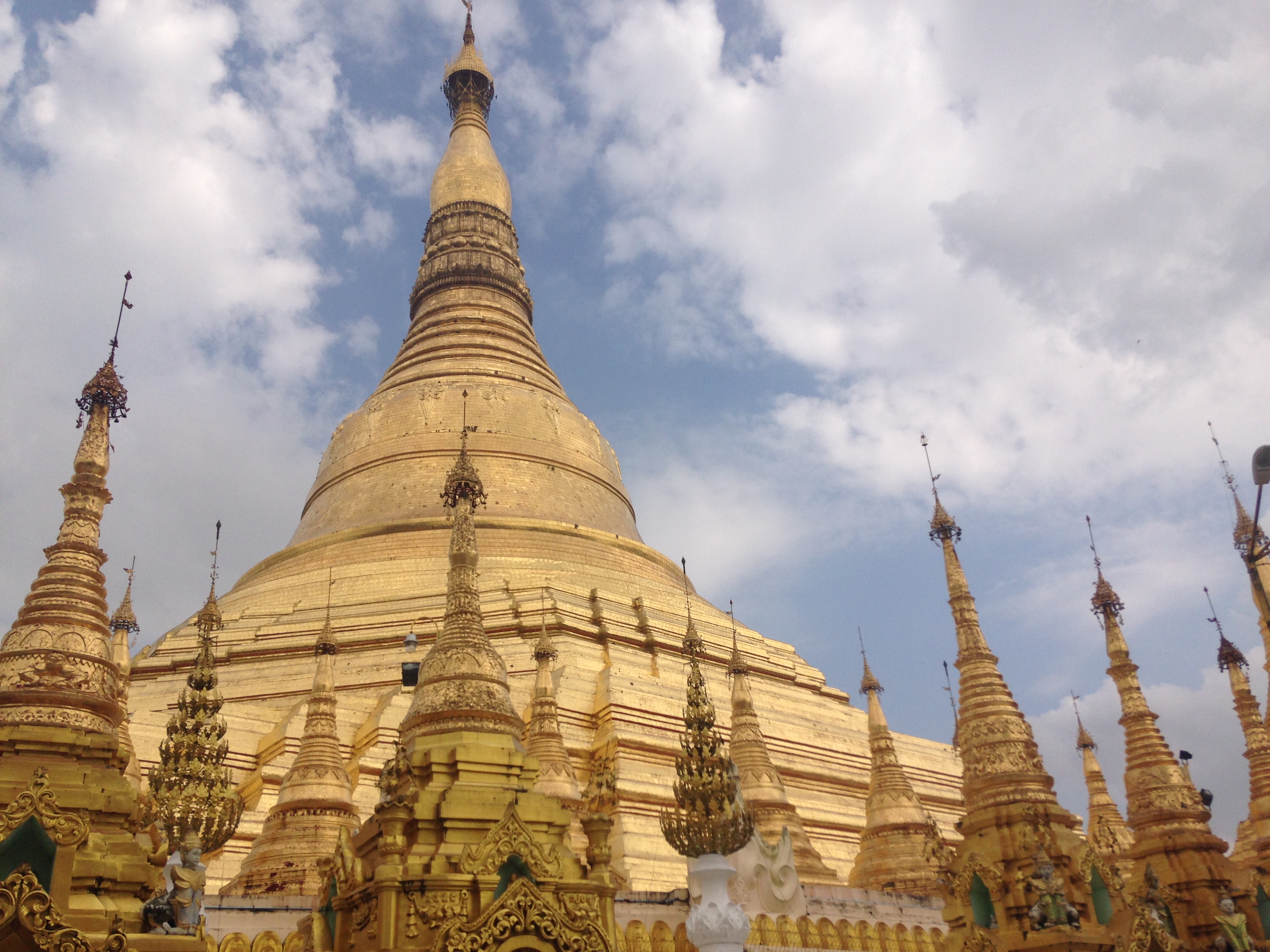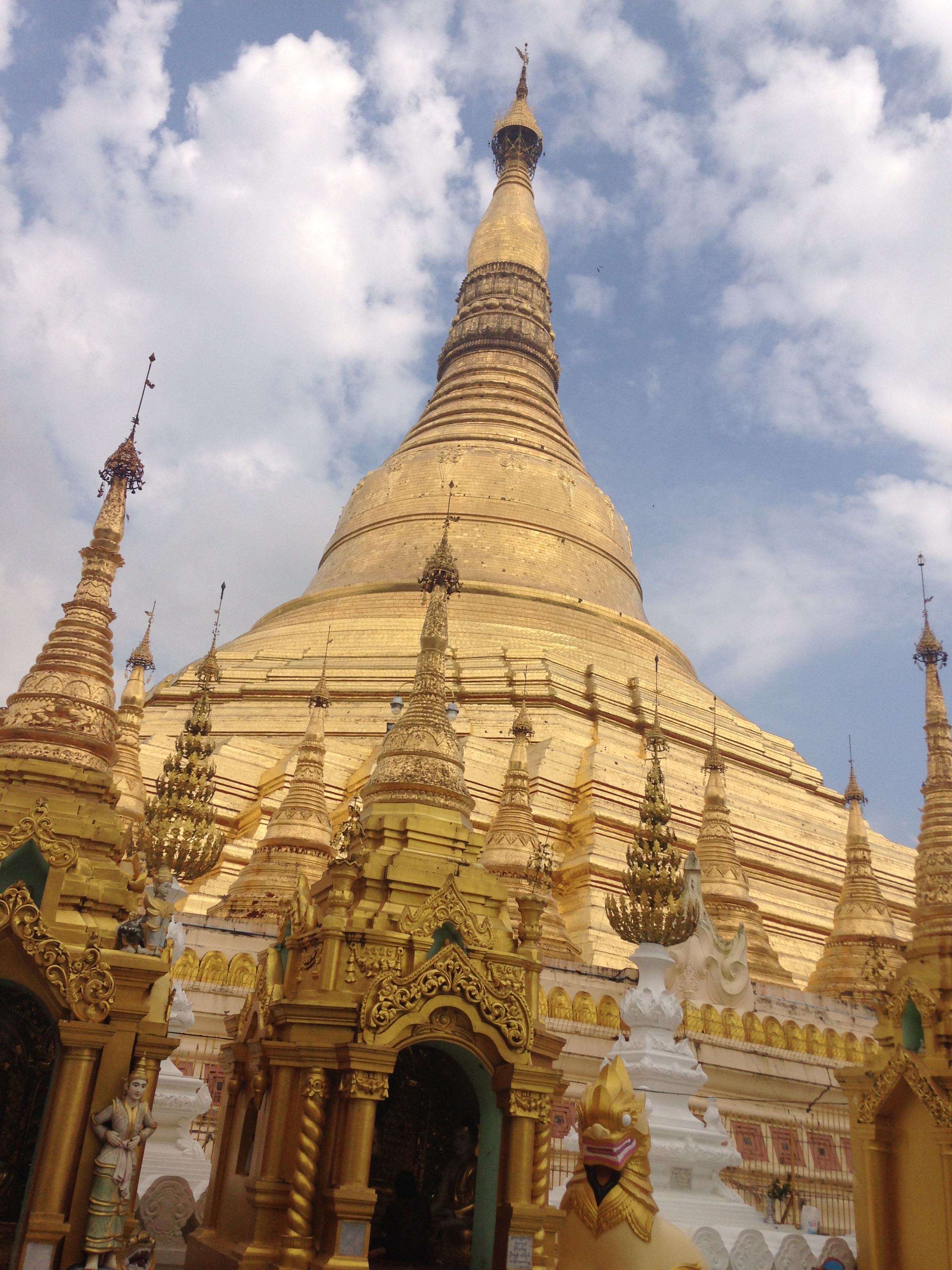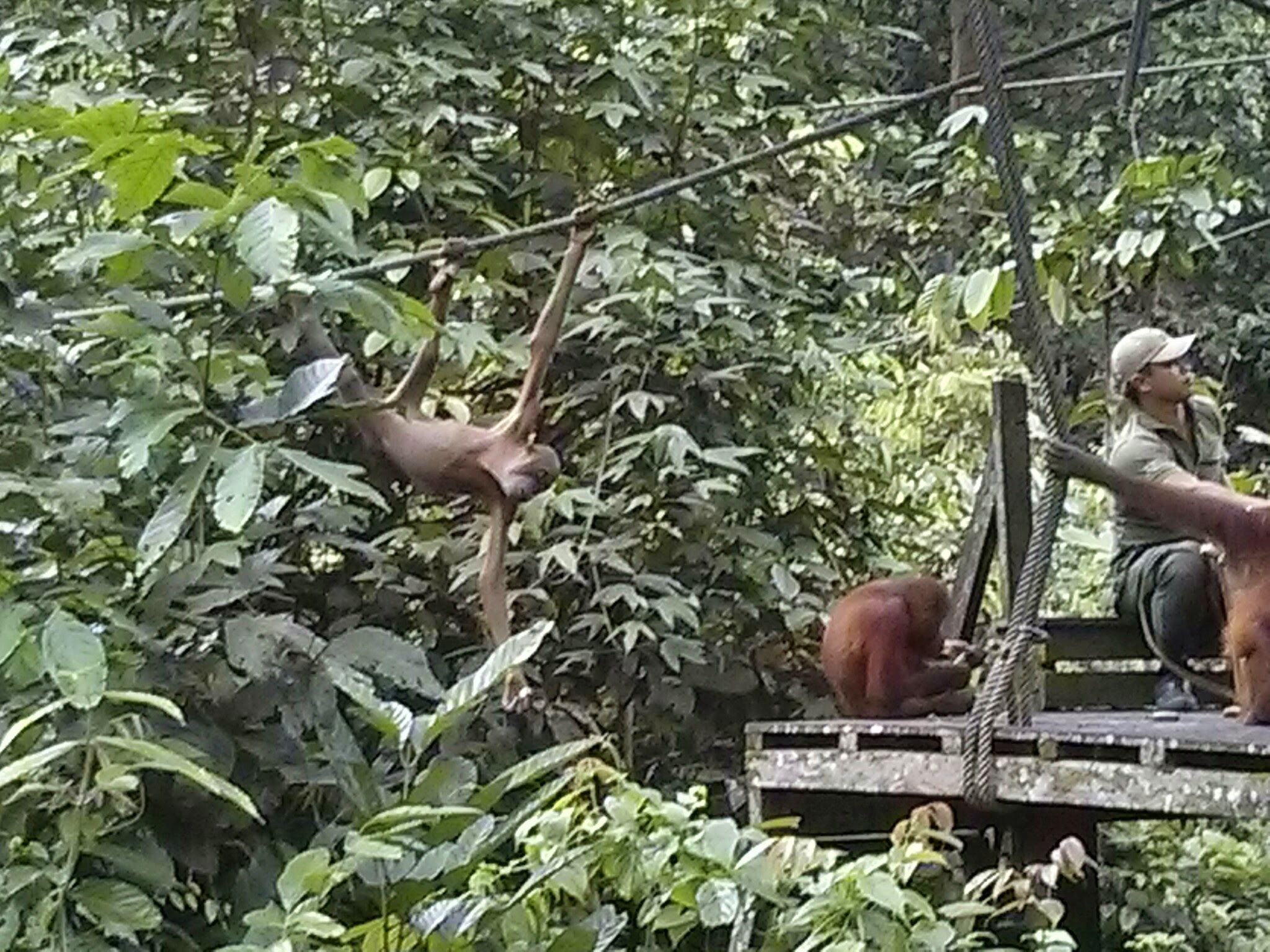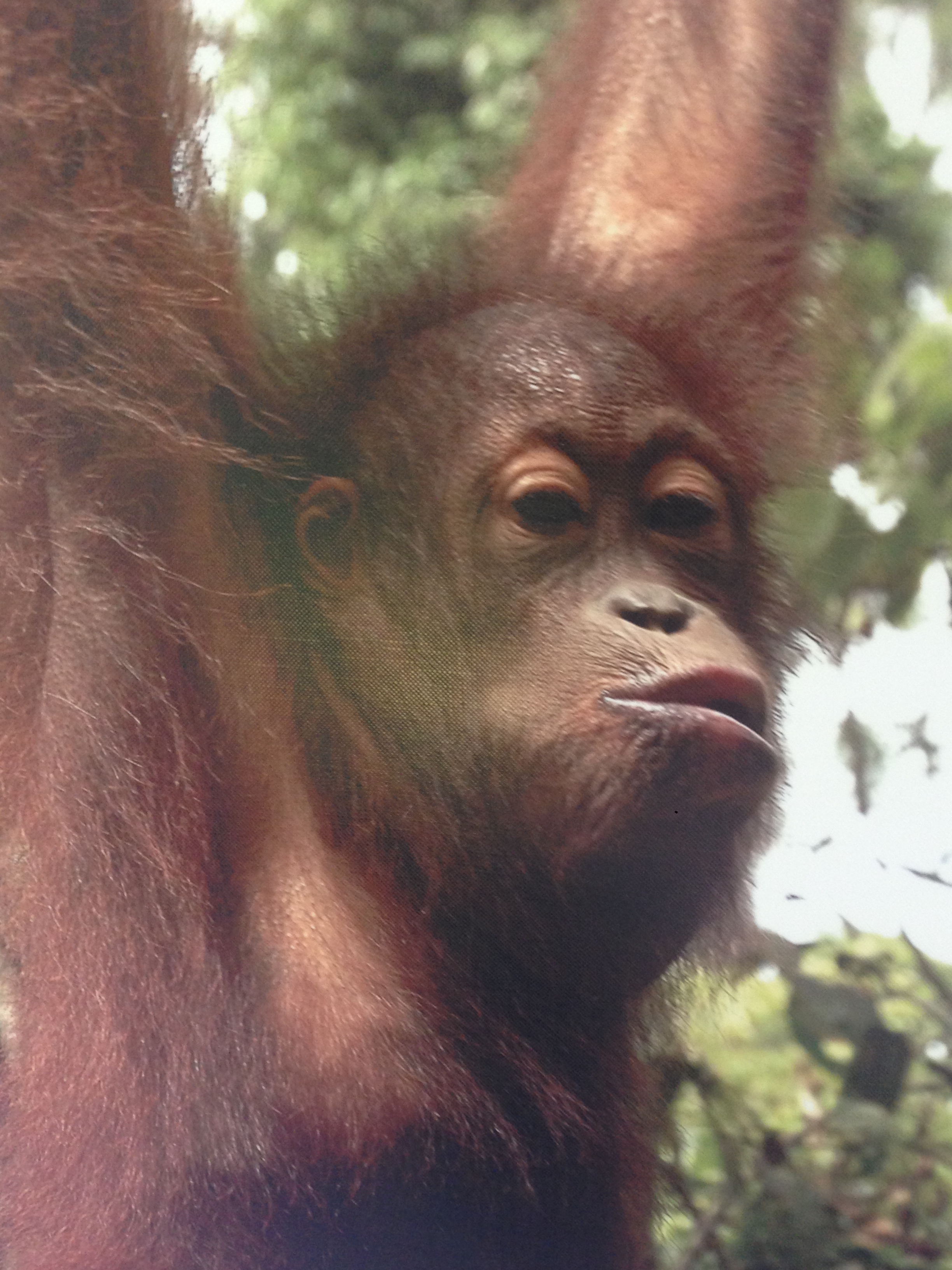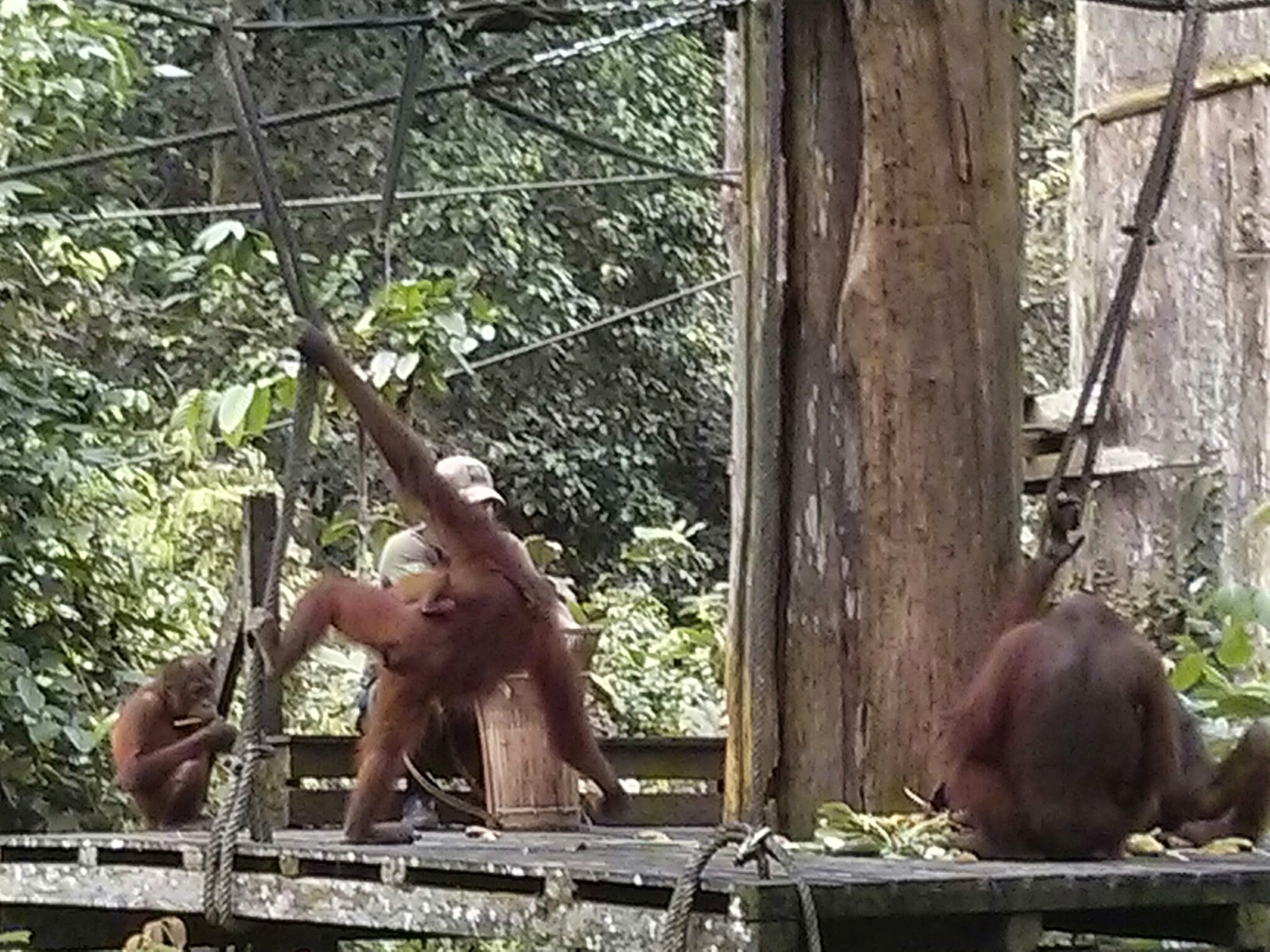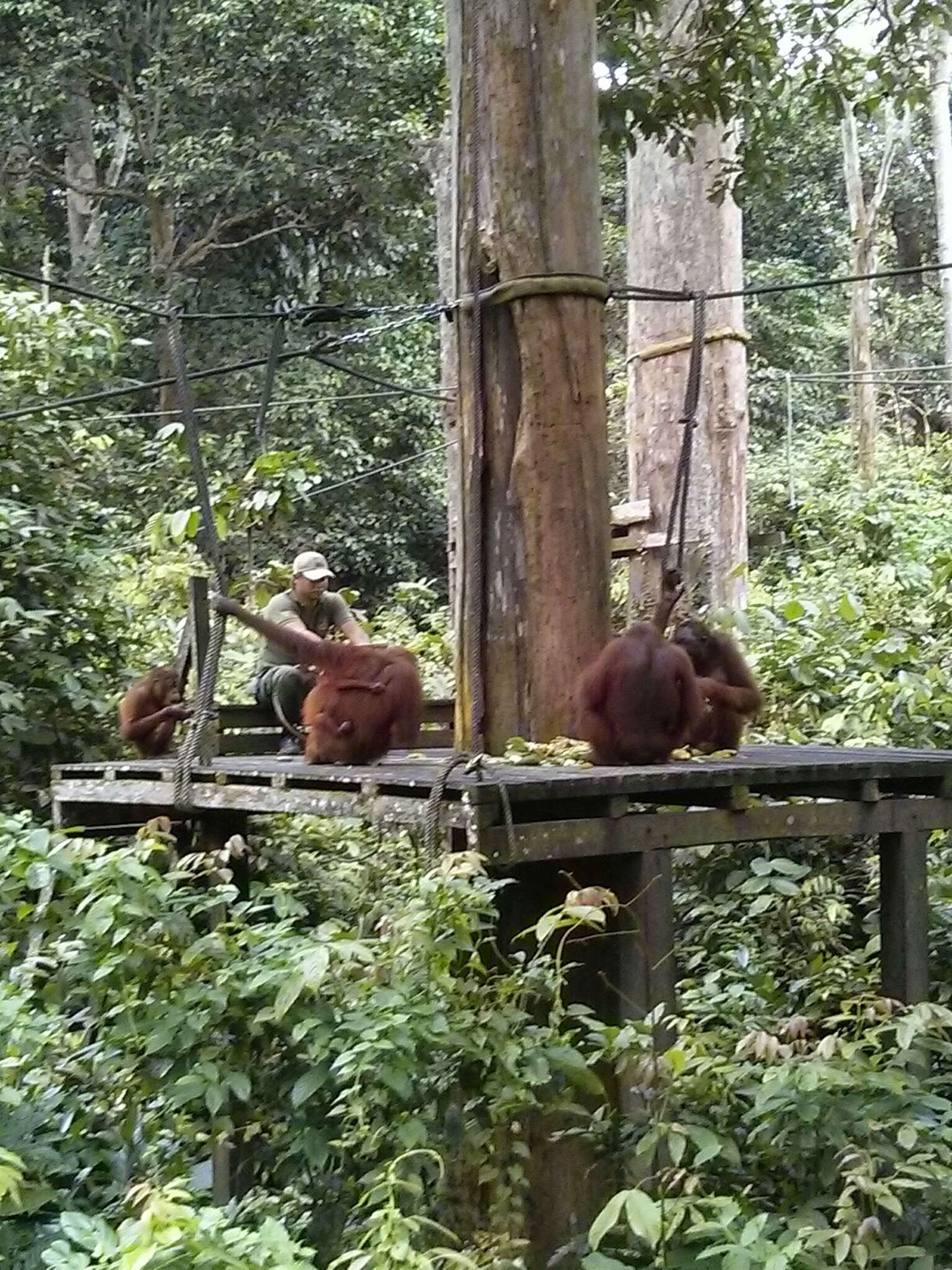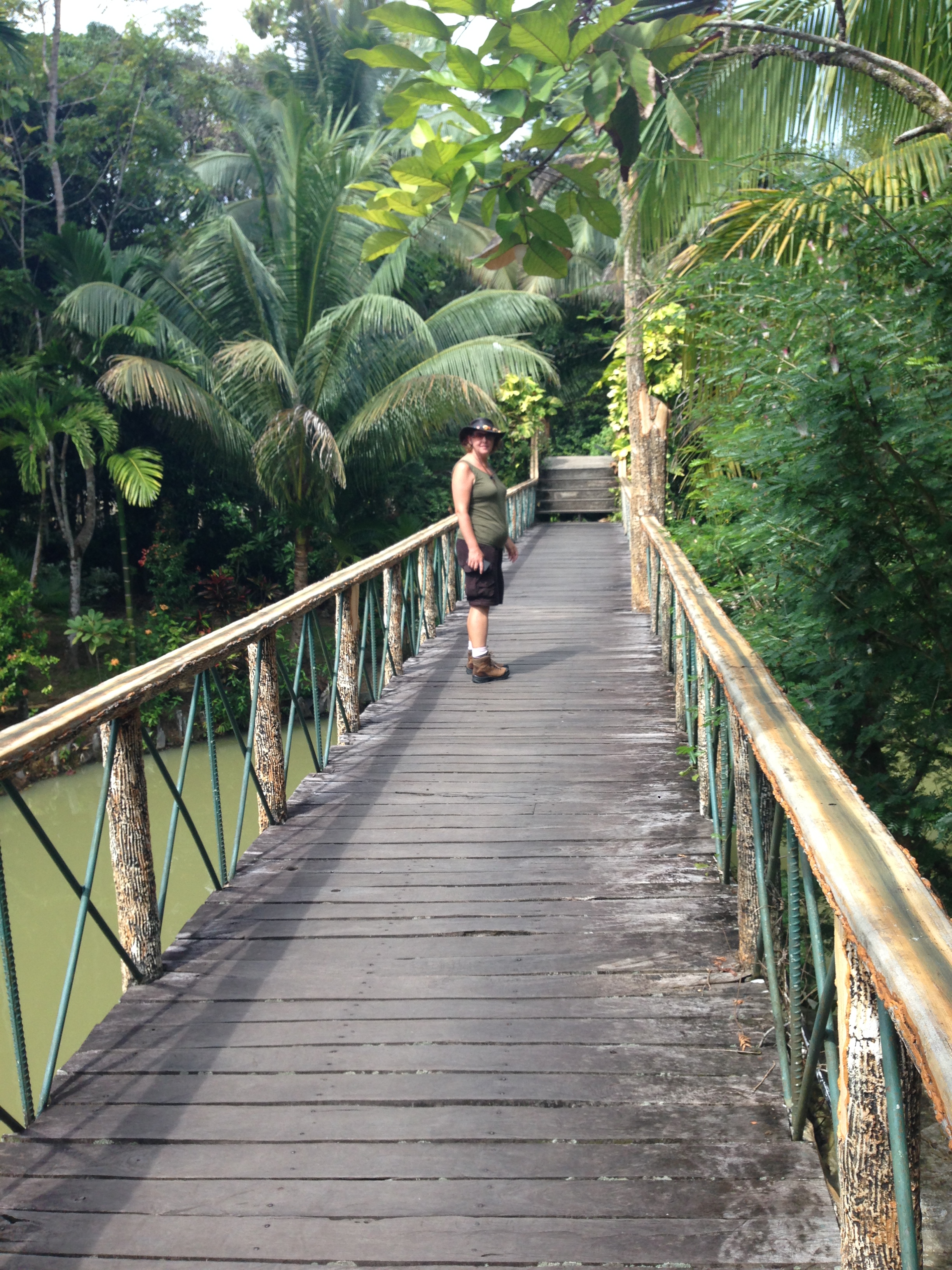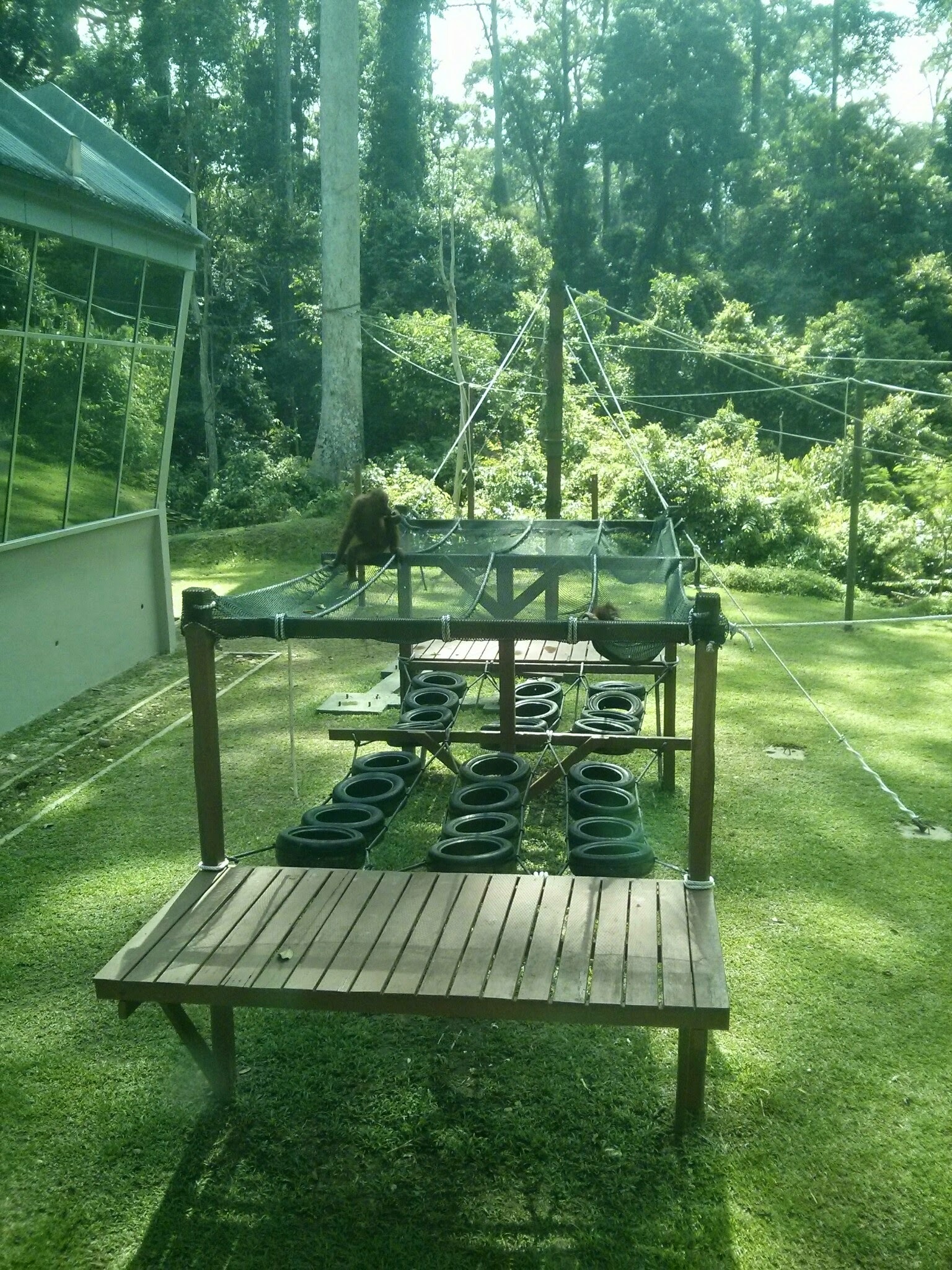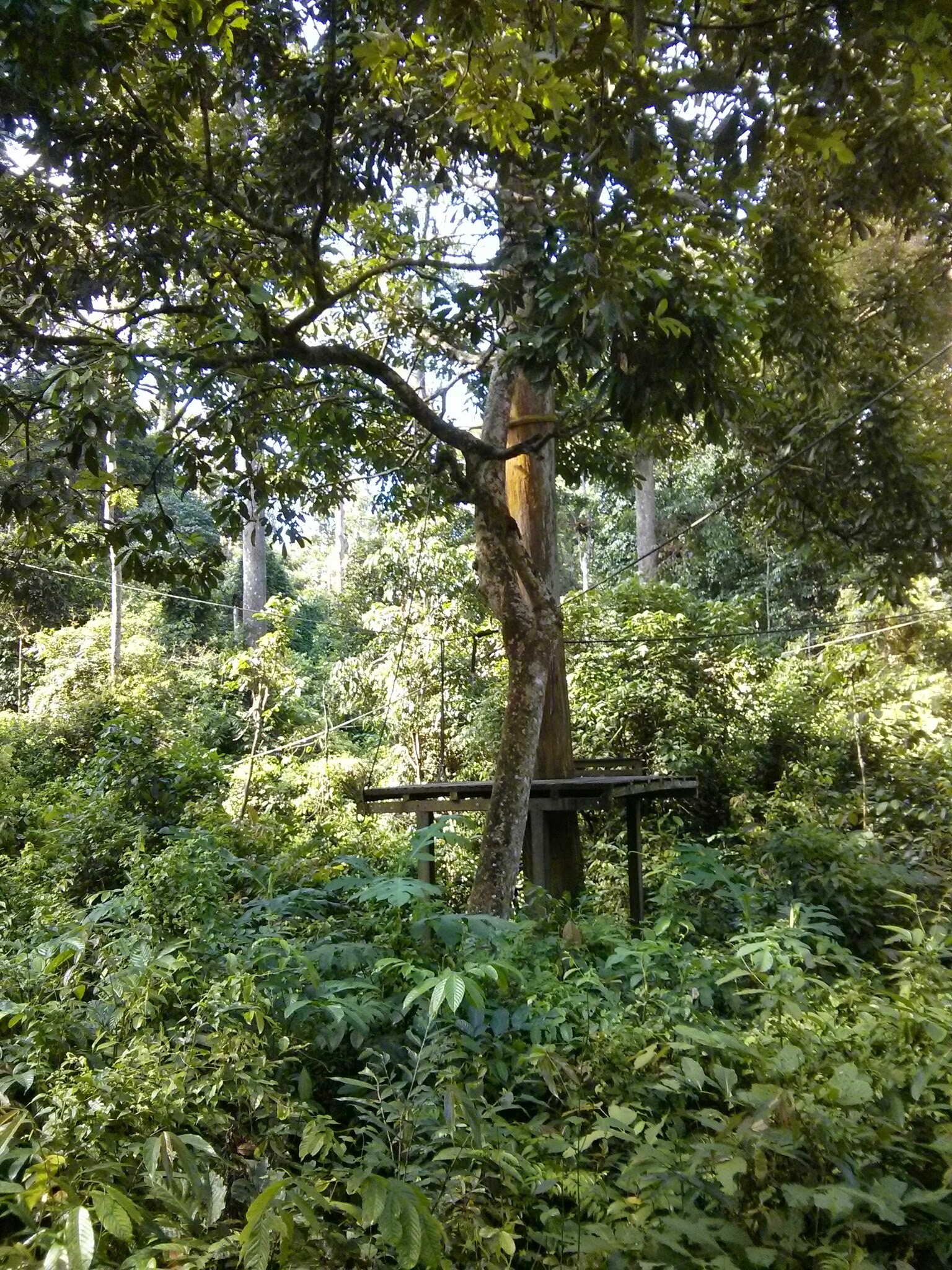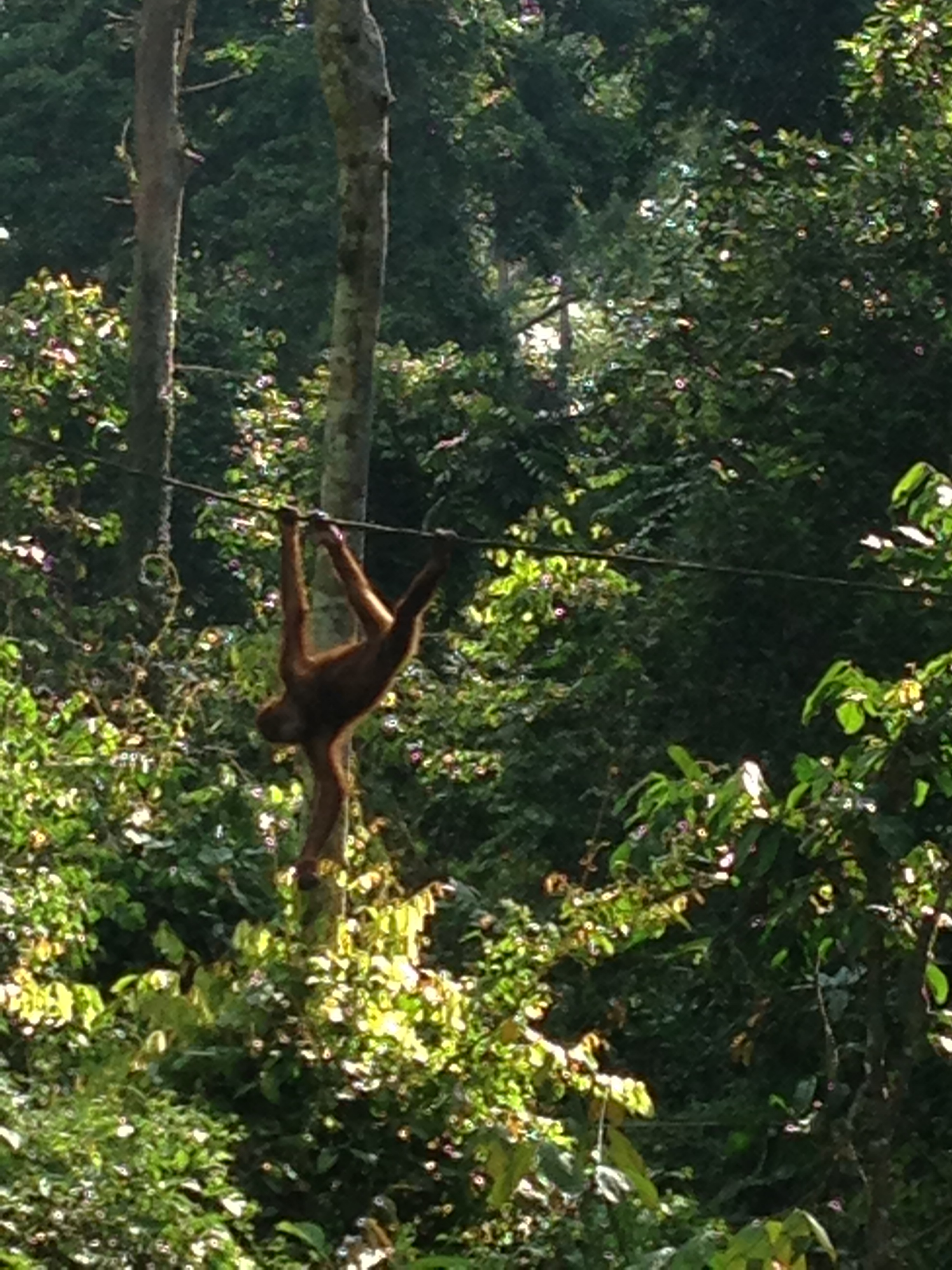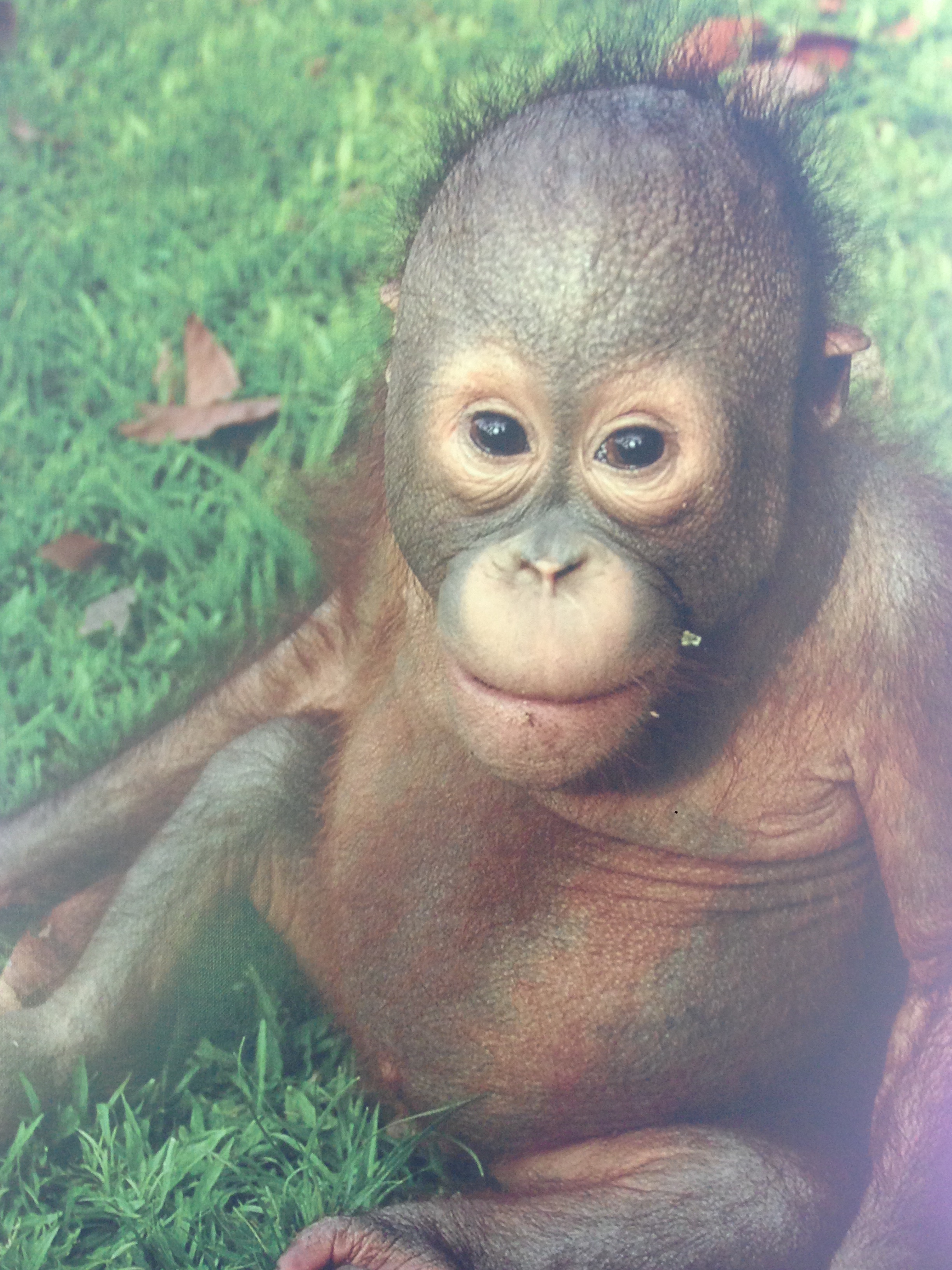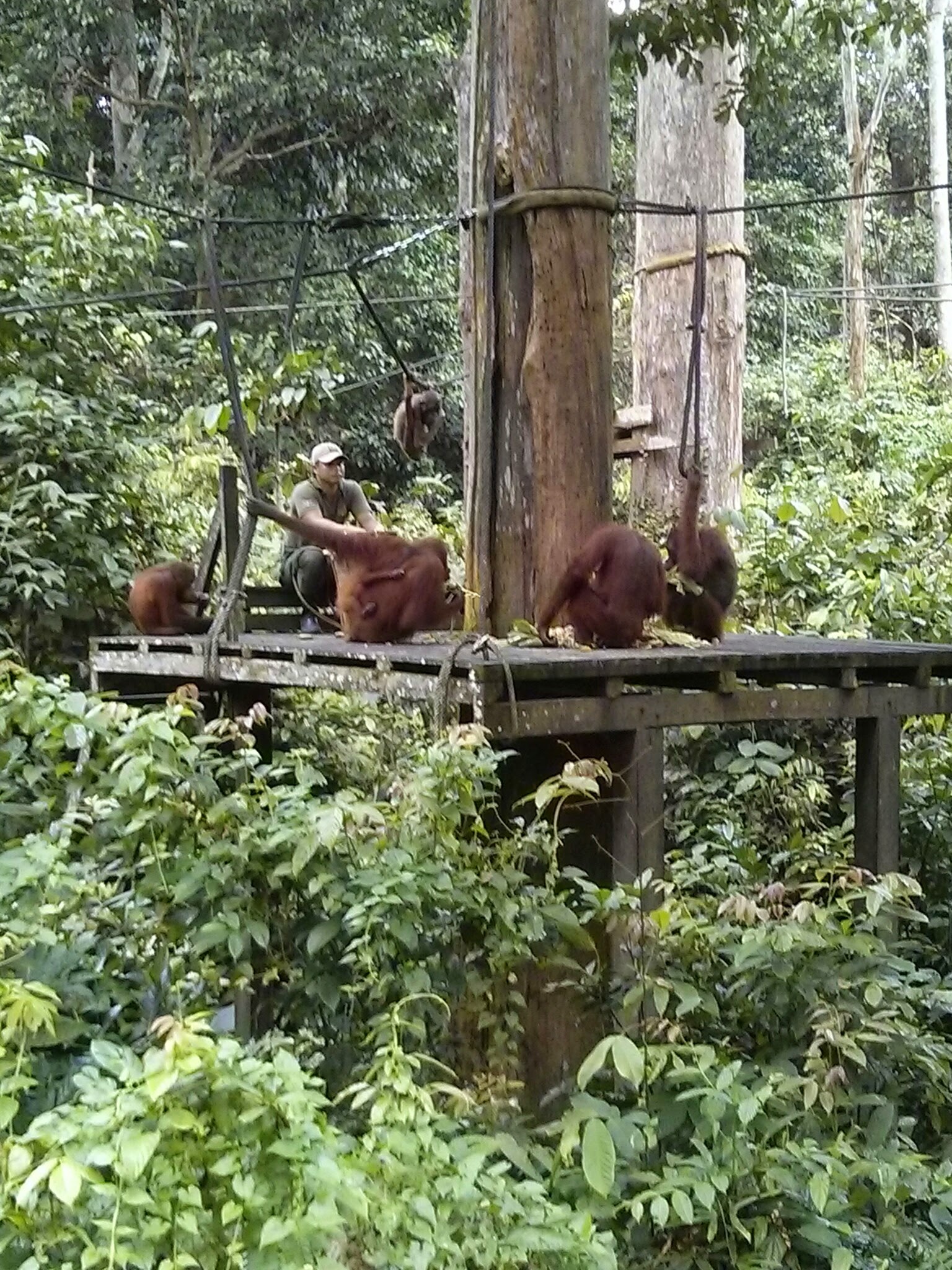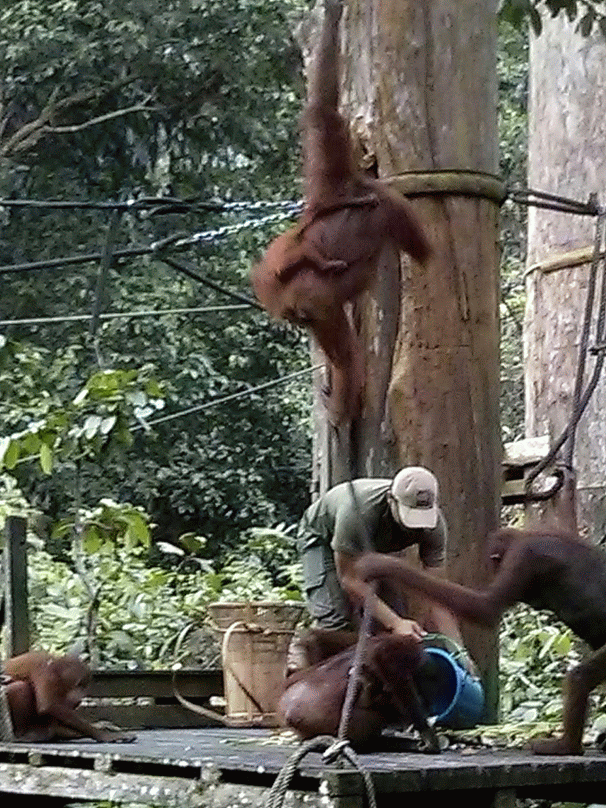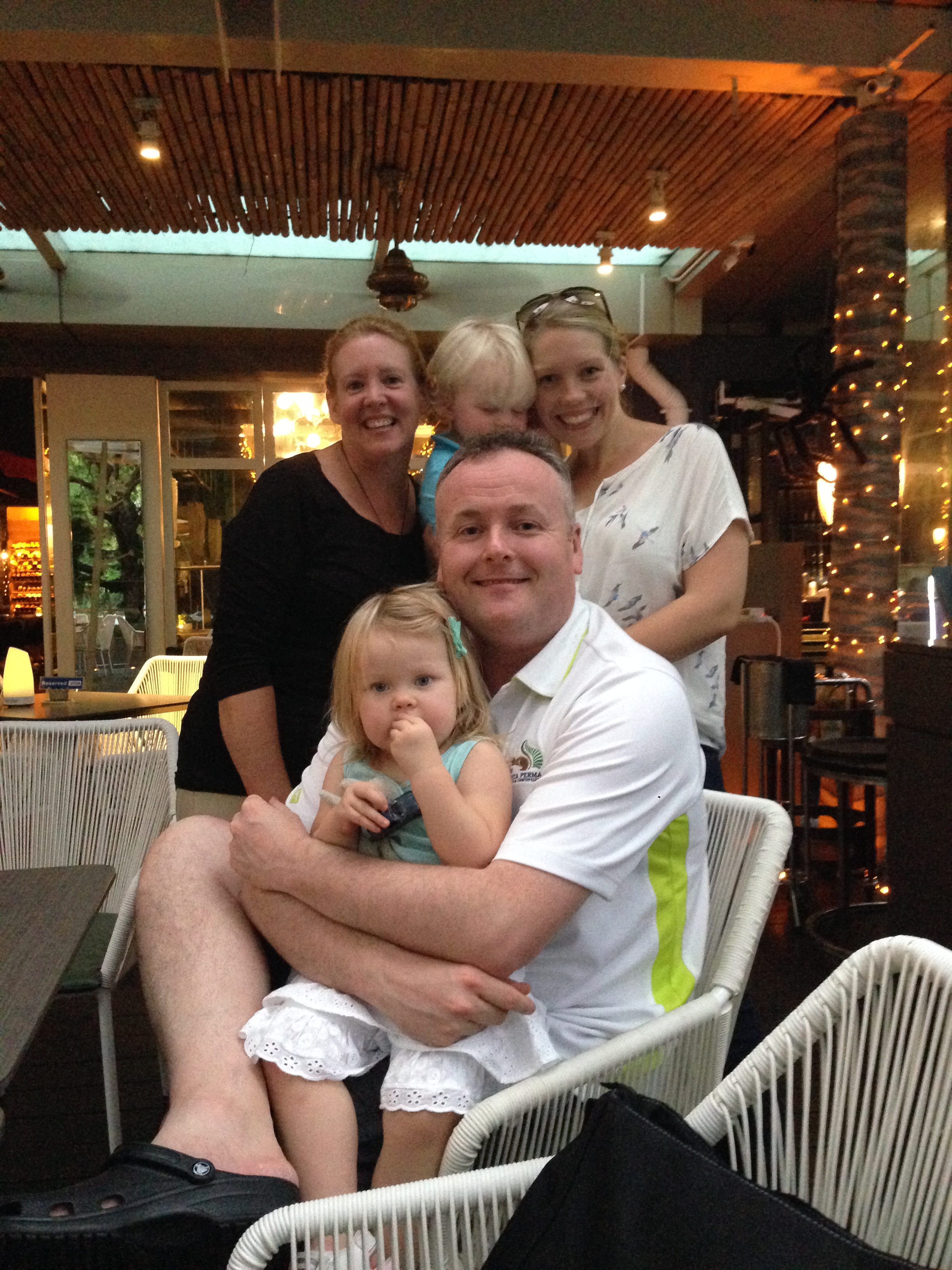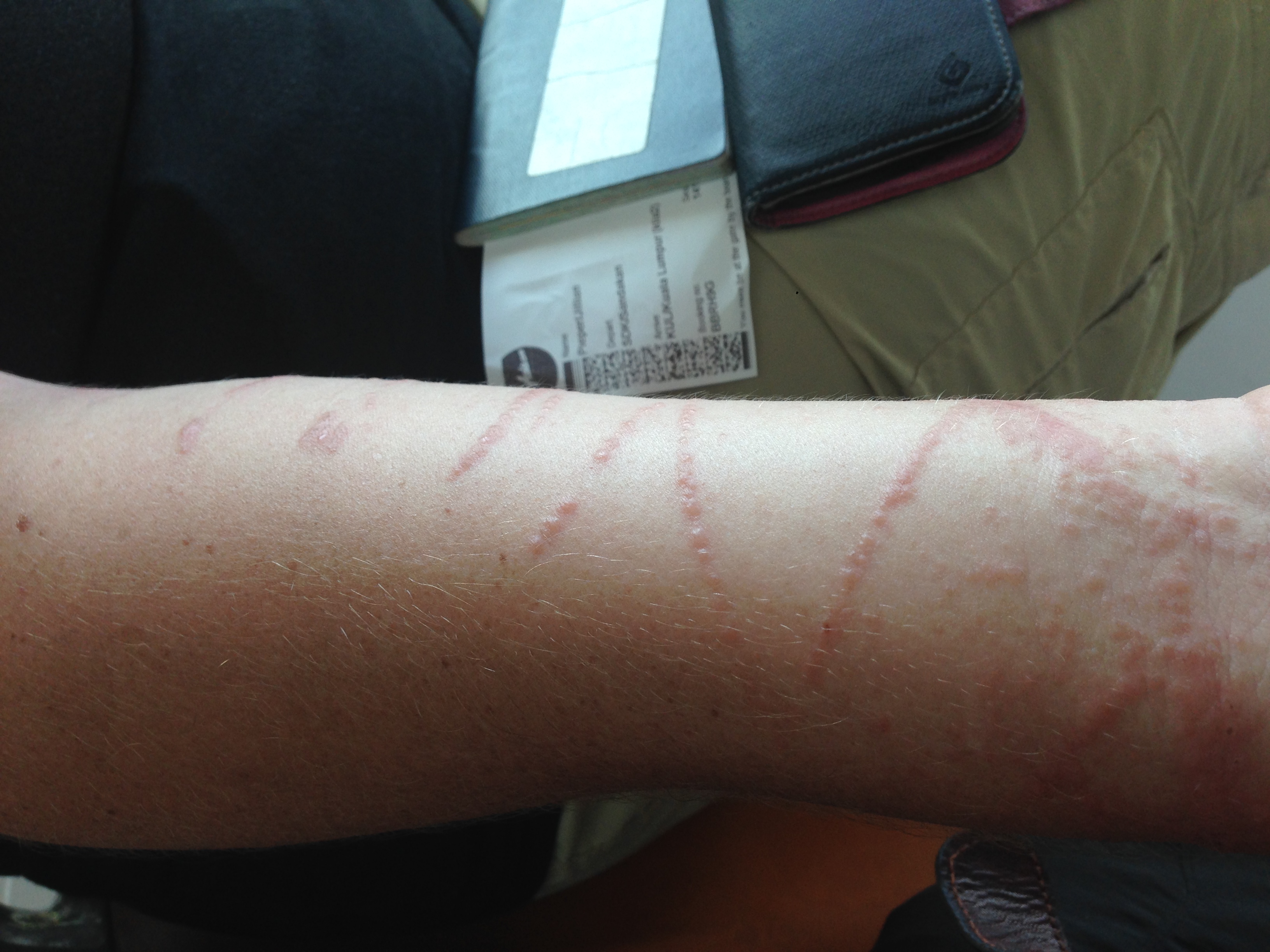We stopped here in Pursat cos we had a little time to kill before we were due to meet friends who were joining us in Siem Reap. So we popped into Pursat for a couple of days to get a sense of what Cambodia was like away from the tourist hordes. This place is off the tourist route, so much so that when Jill asked the hotel in Phnom Penh to get us a bus ticket to Pursat…they asked…really, are you sure. And again afterwards when heading to the Battambang hotel they kept asking if we were coming from Siem Reap or Phnom Penh…when Jill said Pursat they said “no really, are you coming from Siem Reap or Phnom Penh”.
So we hopped a bus and did the 200kms to Pursat, which was quite a calm and uneventful journey. We got delivered at a rest stop about 2km from town and started to walk to our hotel but the heat of the day, and a vacant tuk tuk got the better of us (mainly me) and I paid a buck to get driven to the hotel rather than lugging the backpacks in high heat and high humidity.
Jill had us booked into the flashiest joint in town…4 stars…had it actually been 4 stars. It was actually on a par with the 2 star place we stayed at in Phnom Penh. The main difference was that this place had a very nice swimming pool, a feature we used regularly over the 3 days. We went out on the first evening and poked around town (such as it is) and ended up eating at a little roadside joint. A nice meal and some Angkor beer for under $10 for both.
The next day we hit the tourist sites…20 minutes later we were finished. A temple, a market and a garden. We were back to the hotel for a swim and we found the only restaurant listed on trip advisor. It was a pizza joint of all things…and the pizza was good. Not Cambodian good…actually good. We have dipped our toes into the odd western dishes intermittently on this trip and have been disappointed every time…until now. This place served good pizza and the owner was lovely as she hung out chatting while we waited for our food. We found out she was a school teacher by morning and a restaurant owner in the afternoons and evenings. At the end of our meal she offered to give us rides back to our hotel on the back of her motorcycle…but we assured her we could make the 700m walk. In all honesty after a big feed the walk was welcomed.
Our hotel managed to get Jill into a rage as she sought two bus tickets to Battambang…4 requests and 2 days later still no tickets. She ranted, she raved, she swore, she asked for the manager (who had conveniently gone home)…and we walked down to town (5mins) and got the tickets ourselves…from a woman who spoke zero English…but could still provide better service than the hotel. The next day we took our $3 bus ride to Battambang.
We were picked up from a dirt patch opposite the servo (which passes as the bus stop) by Bodan (pronounced Bowrain) who was to be our personal guide and tuk tuk driver for the next few days. He dropped us at our 2 star joint which was immediately better than our 4 star one (but minus a pool). The owner was waiting to greet us and could not do enough to help. We locked in a 4pm trip to the Bamboo train and dinner afterwards.
The bamboo train is a series of small bamboo rafts, for want of a better term, that sit on two railway axles, powered by a law mower engine that run along the out of service railway tracks. Originally this was for transport and goods movement but is now almost entirely for the tourist. There is one track, so if a competing raft comes in the other direction one or other must cede the track. To do this, both drivers pick up the raft, dump it on the side of the tracks, move the wheels and after one has passed then ( hopefully) the other driver will help the raft that ceded back onto the tracks.
WARNING: Jill’s video may induce epilepsy
[wpvideo OIyD8Puo]
This was fun. Jill has developed a love for all things train and this was yet another experience for the train journal. As we left our hotel at 4pm this was designed to be a sunset trip with a 30 min tuk tuk ride followed by a 20 min bamboo train ride to a village manned solely by stores (grass huts more than stores) for tourists and a 20 minute bamboo train ride back (pausing for some sunset photos across the rice paddies). I repeat…this was fun.
The next day we locked in with Bodan for a day exploring the southern areas around Battambang. This included the odd temple, fishing village, bat caves, winery and Wat Banan a run down group of 5 temples atop a hill with about 500 stairs that needed climbing. The best bit was cruising around the real Cambodia in the back of a tuk tuk. The day saw us heading about 50k out of town so we passed actual villages and villagers going about their daily business (not the tourist version at the end of the bamboo train).
The highlight of the day (other than the general immersion in the local lifestyle) was the visit to Phnom Sampeu. This is a series of hilltop temples, a monastery and two Buddhist stupas. The other thing of note was that it was the location of three Khmer Rouge killing caves, which is exactly what you might imagine (especially after reading the Phnom Penh post). These were deep crevasses where people were forced to kneel at the top, were killed and were kicked into the crevass. The one I went into was one where over 10,000 bodies were found.
The next day Jill booked us into a local cooking class run by a young Cambodian guy, French trained, chef in his own business (Coconut) that was staffed by his family. A classically trained chef being aided/overseen by his mother (who at times takes the mortar and pestle off him) is funny to watch. He may have all the skills but mum still sometimes knows best. We made 3 different local dishes (spring rolls, Fish Amok and Beef Loklak) and a desert and they were all incredible.
From here Bodan picked us up and we went touring the north of the city to Wat Ek Phnom an 11th century temple that is hanging on by its fingernails. This place will be rubble before too long. On the way we stopped at some local village businesses like the rice paper factory (underneath somebody’s house) and the fish sauce and fish paste factory. It is said you should never let people see how laws or sausages are made…this goes triple for fish sauce and fish paste.
These items have distinctive smells…but at the factory (a shanty shed with no walls) watching the filthy conditions, the man kicking the fish into piles, the vats of compressed (by big rocks) salted fish, the 15-20kg catfish having their heads chopped off (to be sold to the crocodile farm down the road), the shrimp, the ass fish that were too small to be eaten. Some things you just never needed to know…this was one of them.
